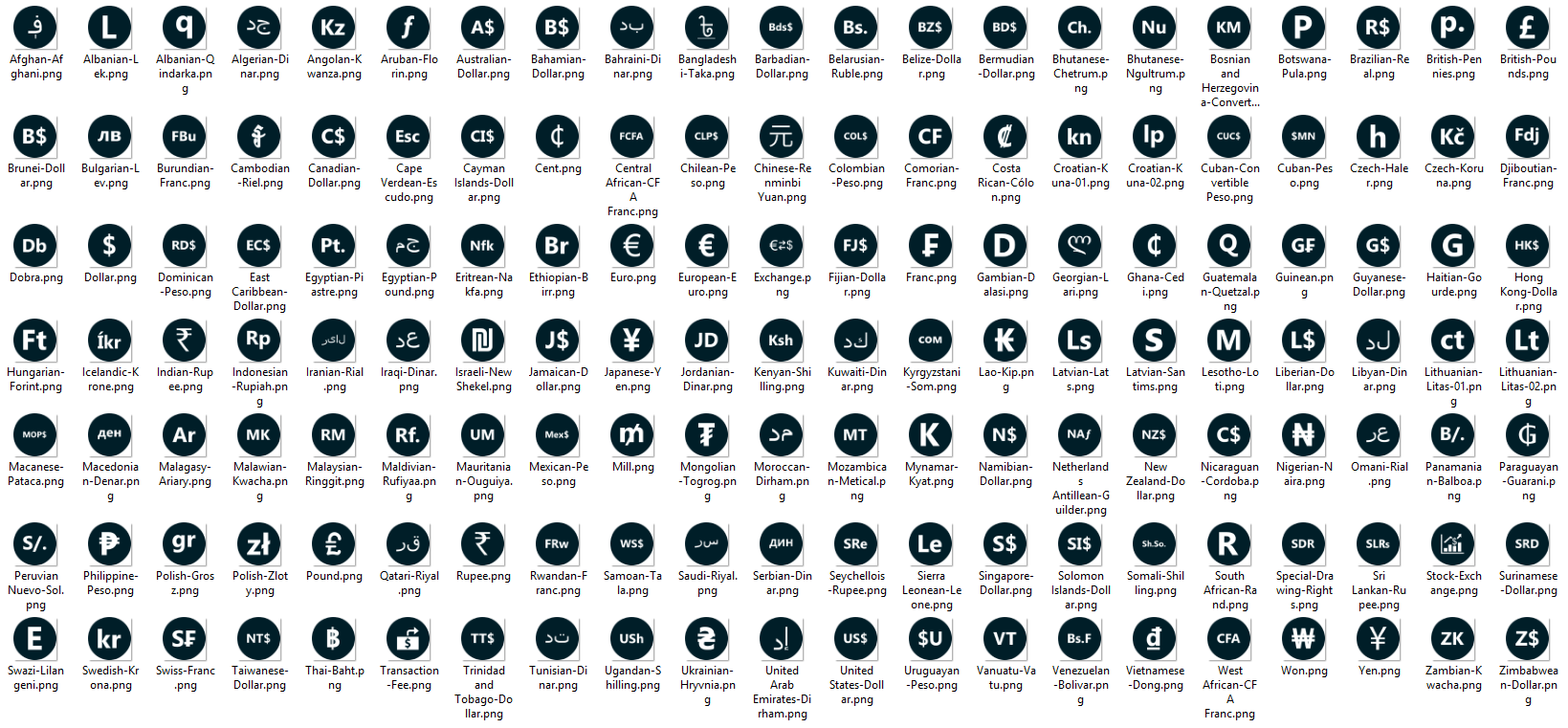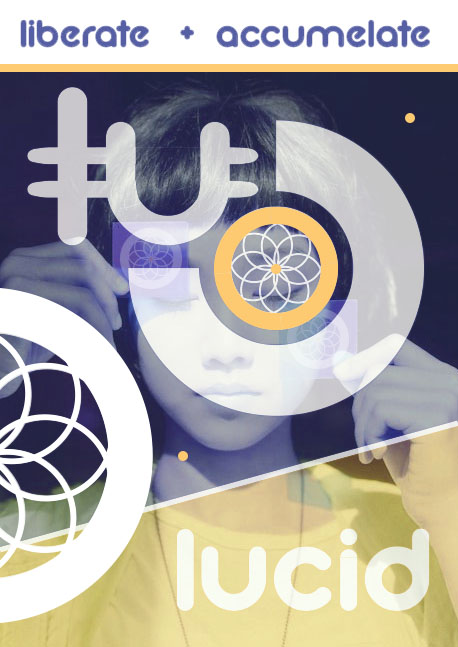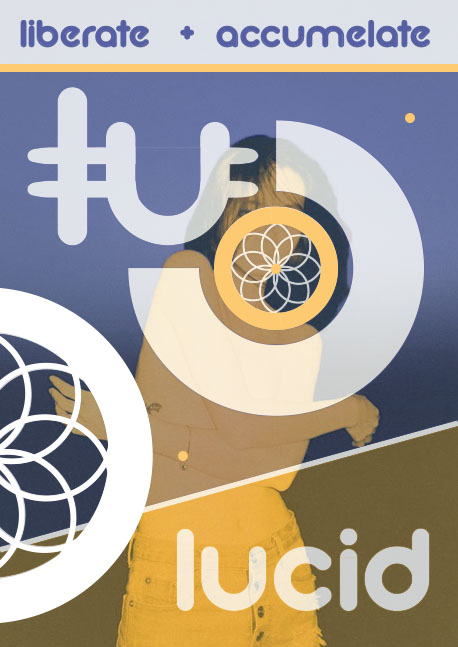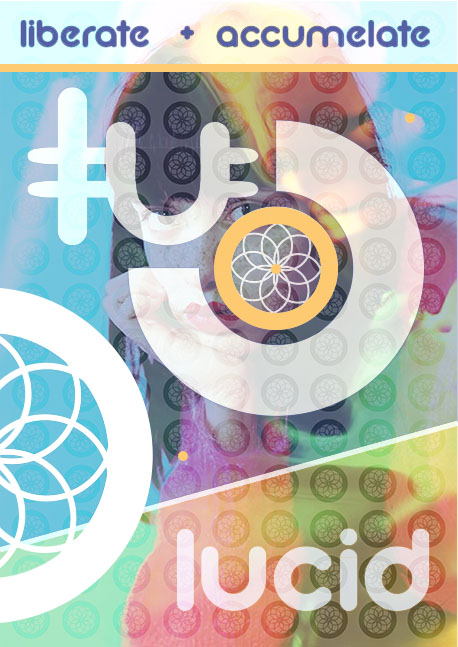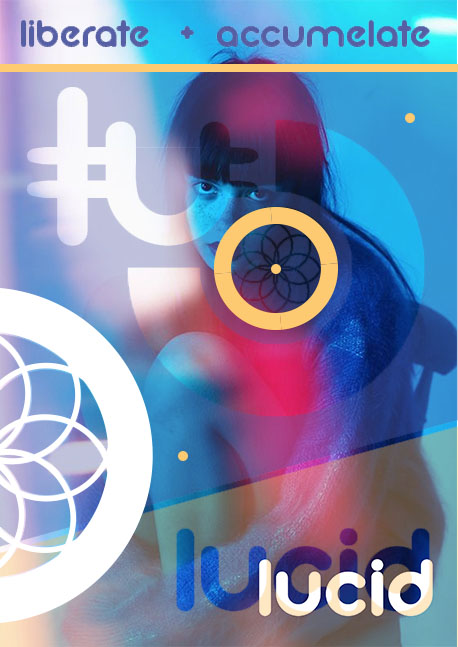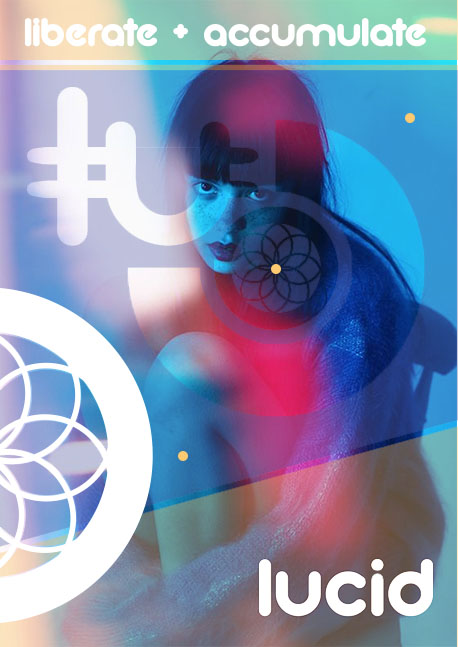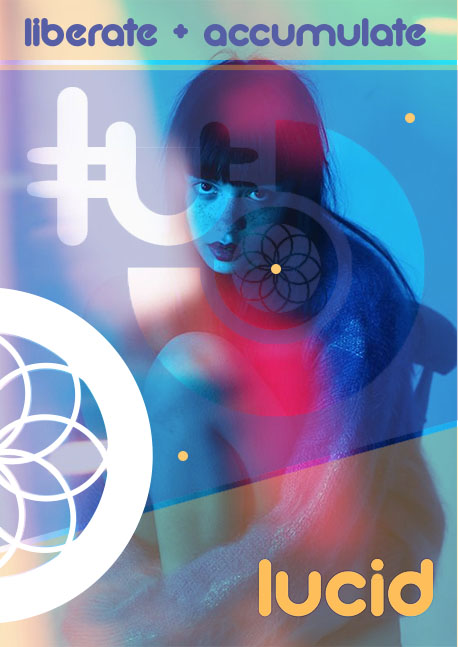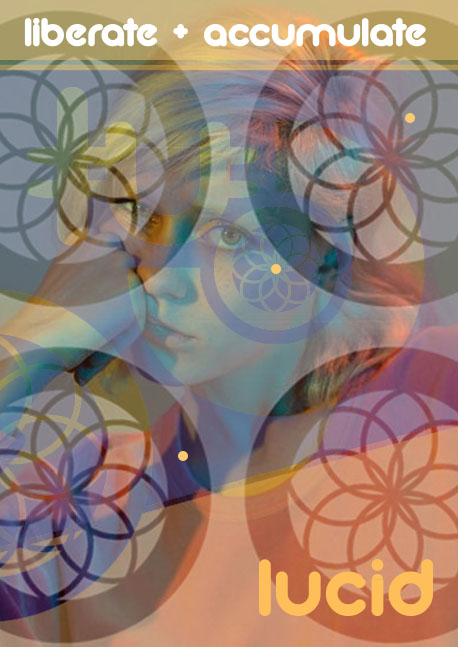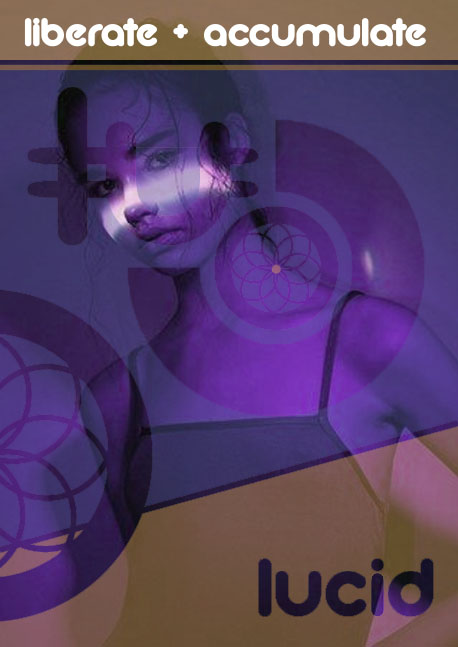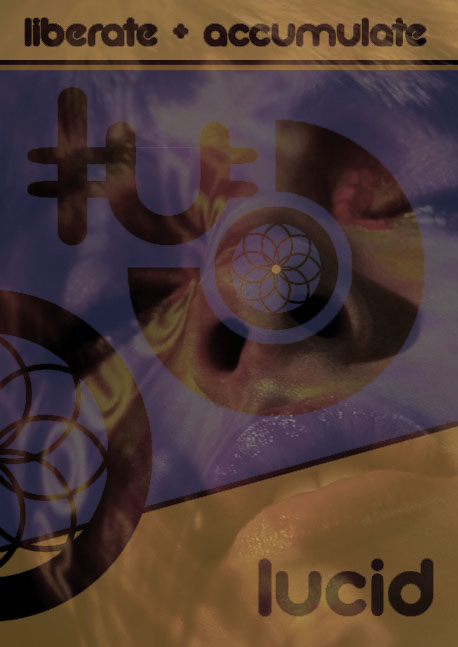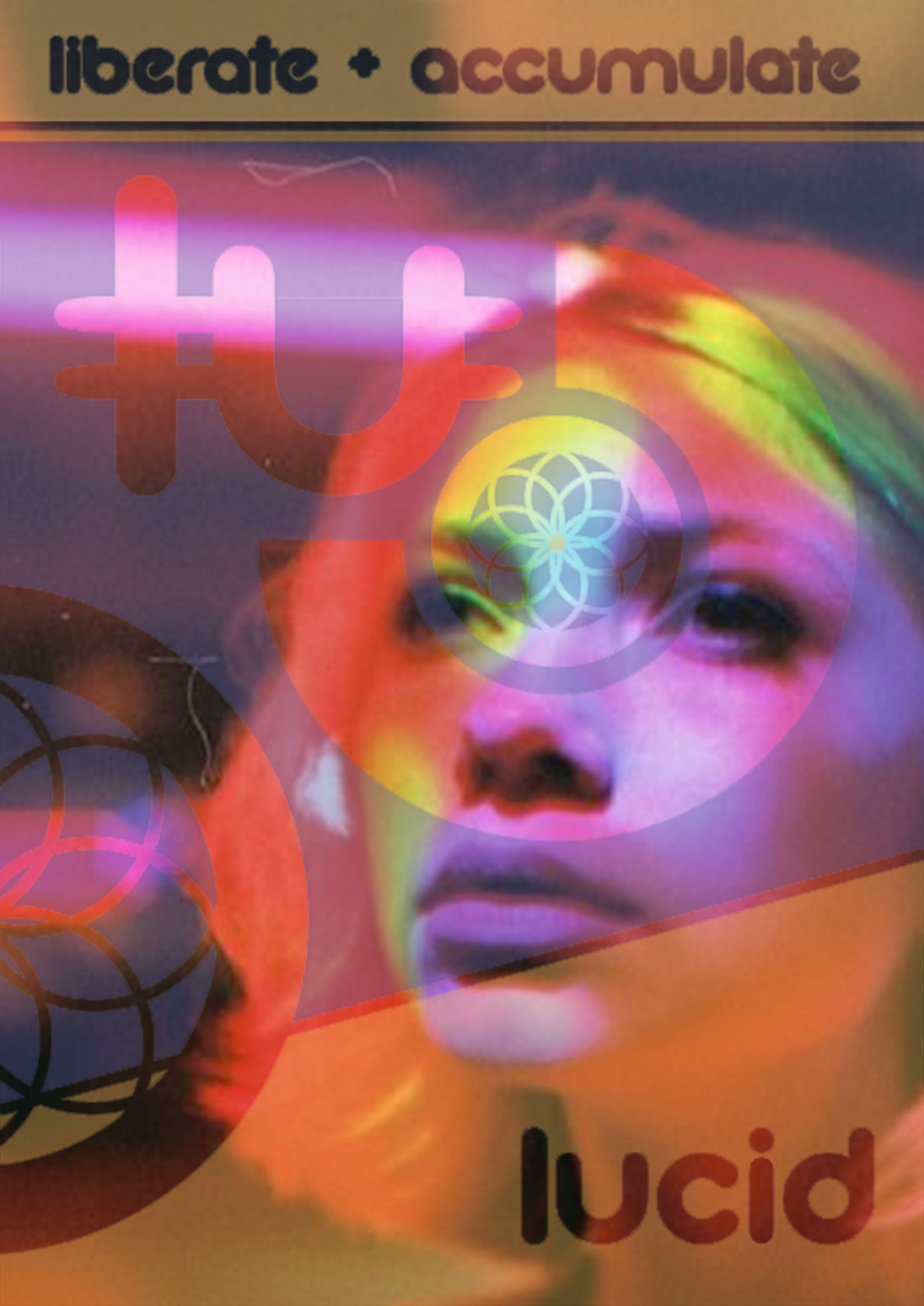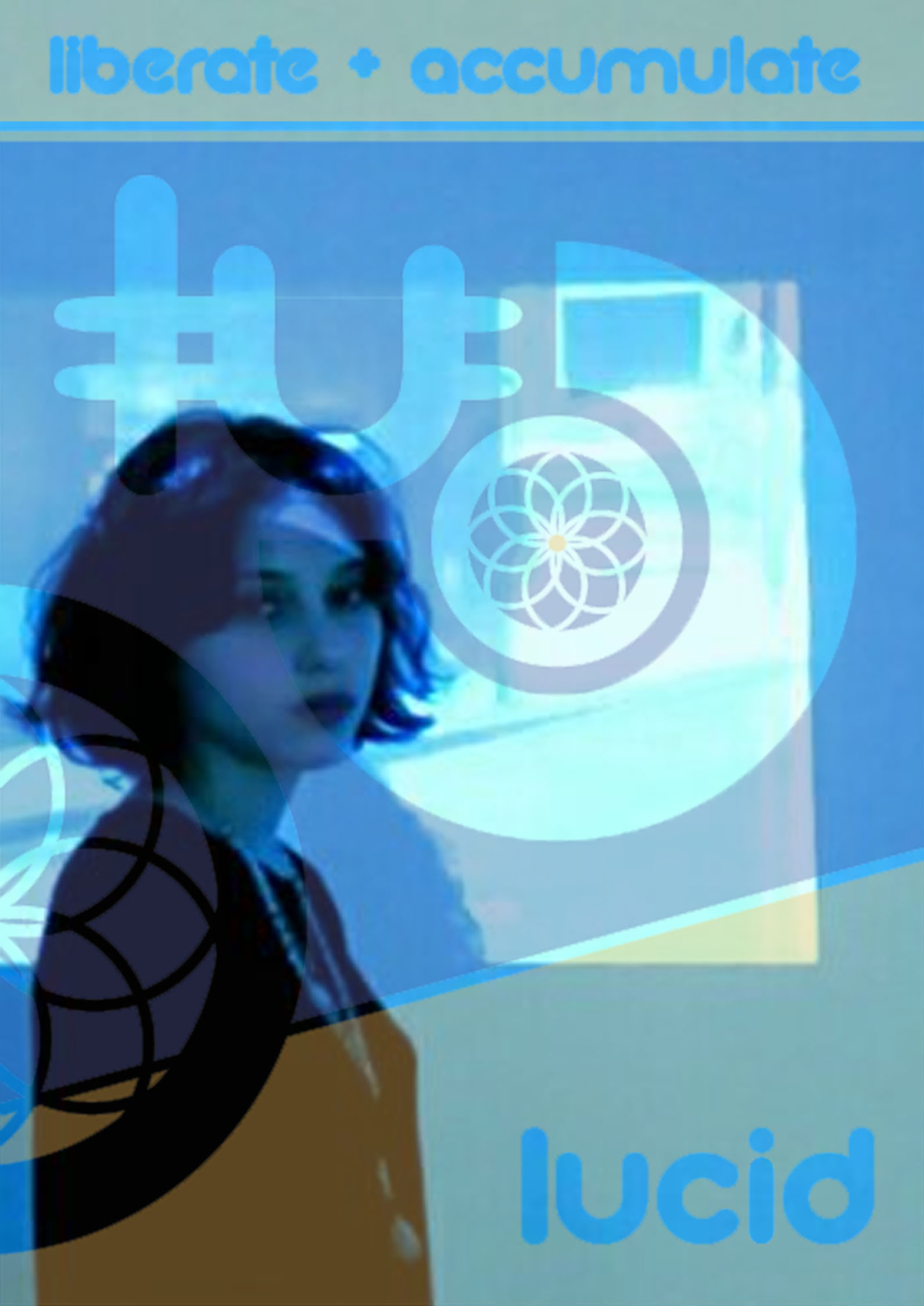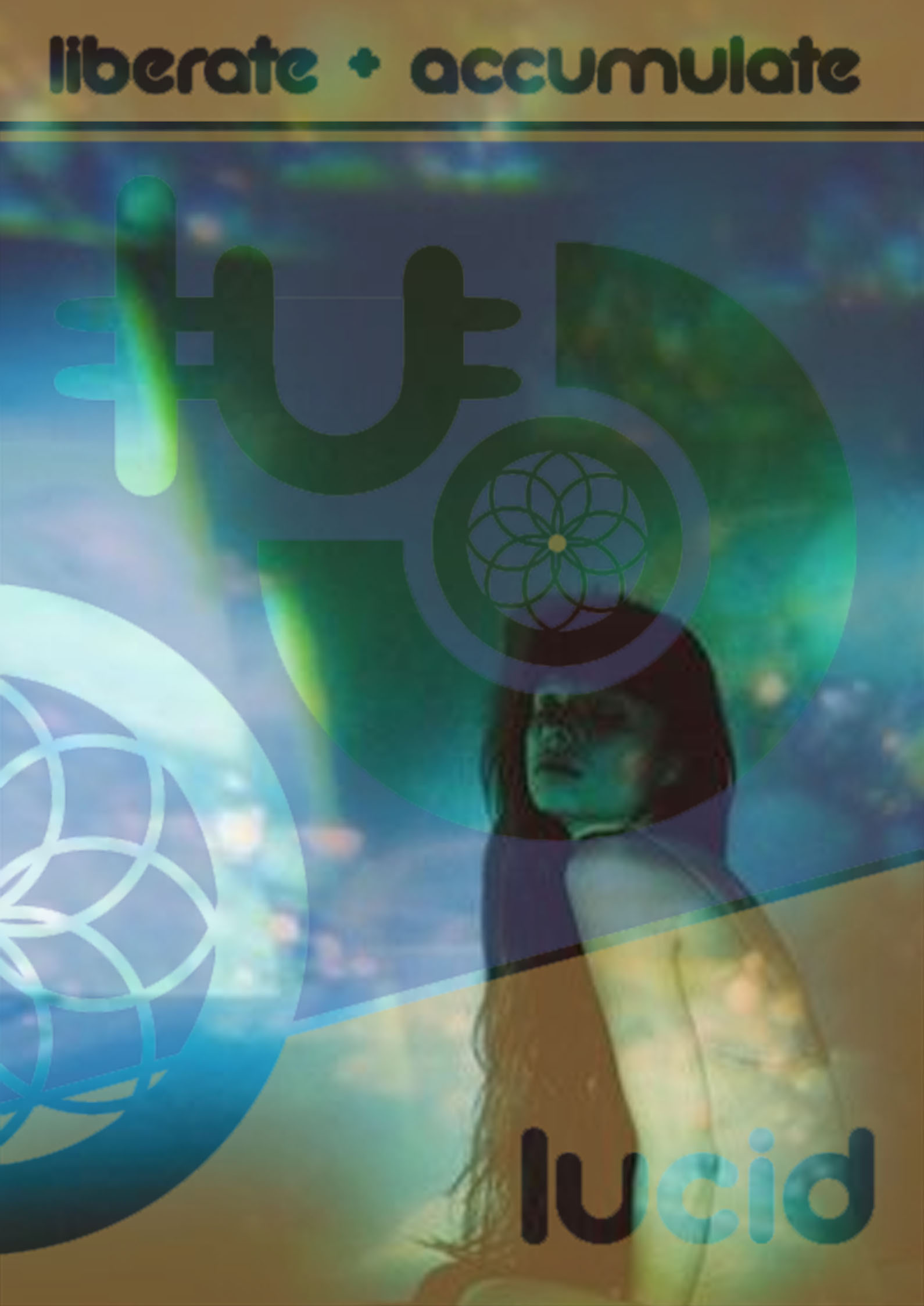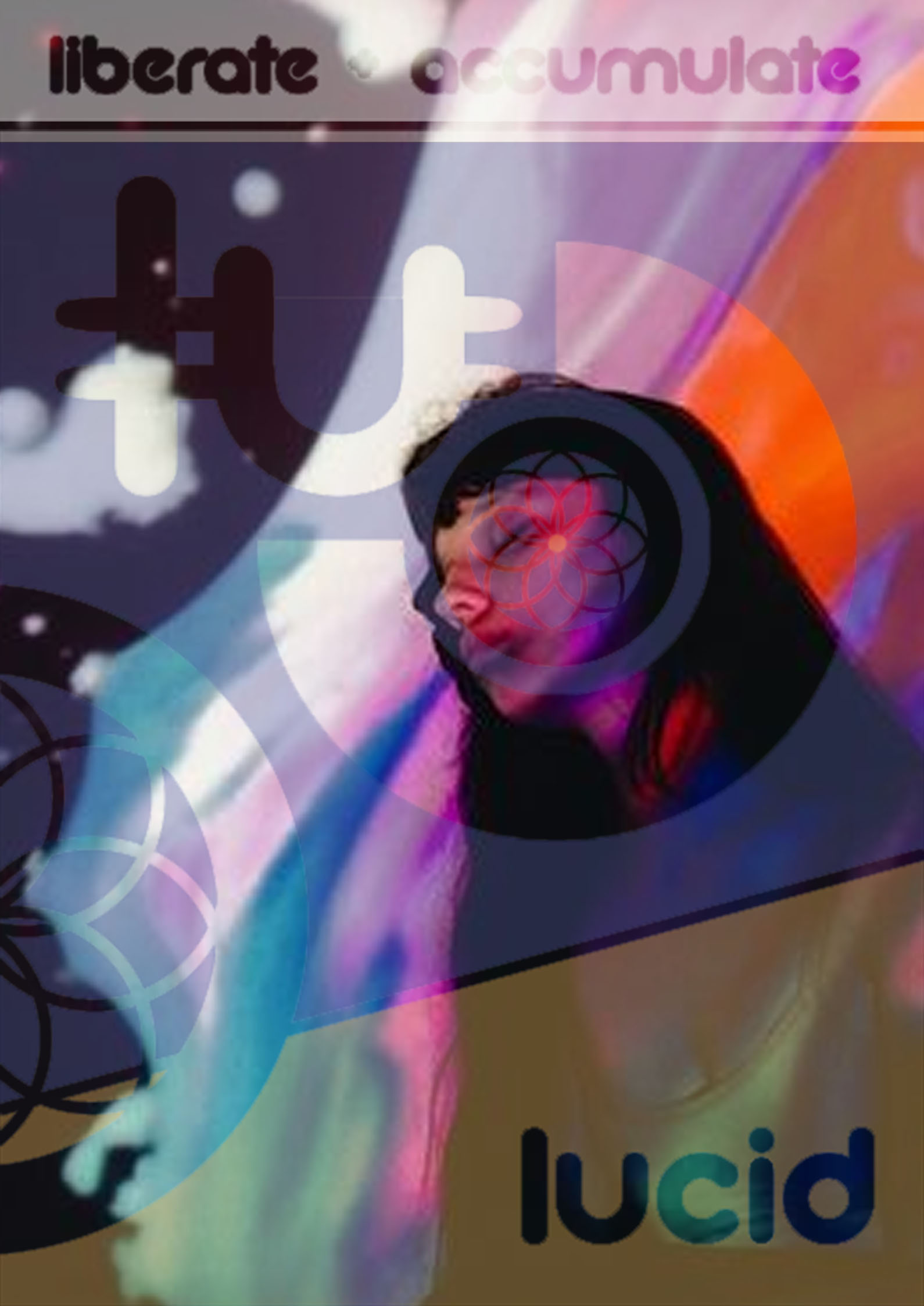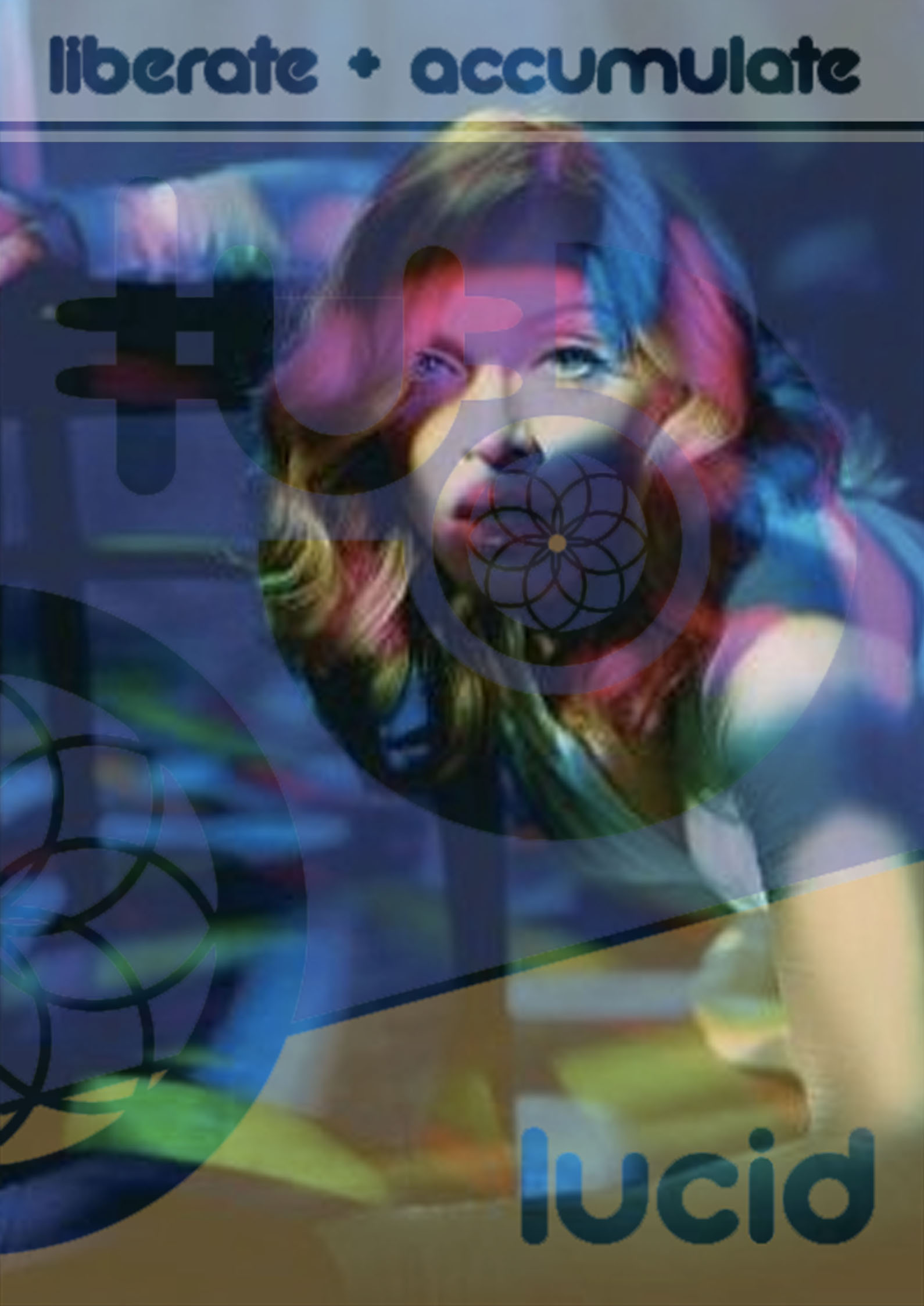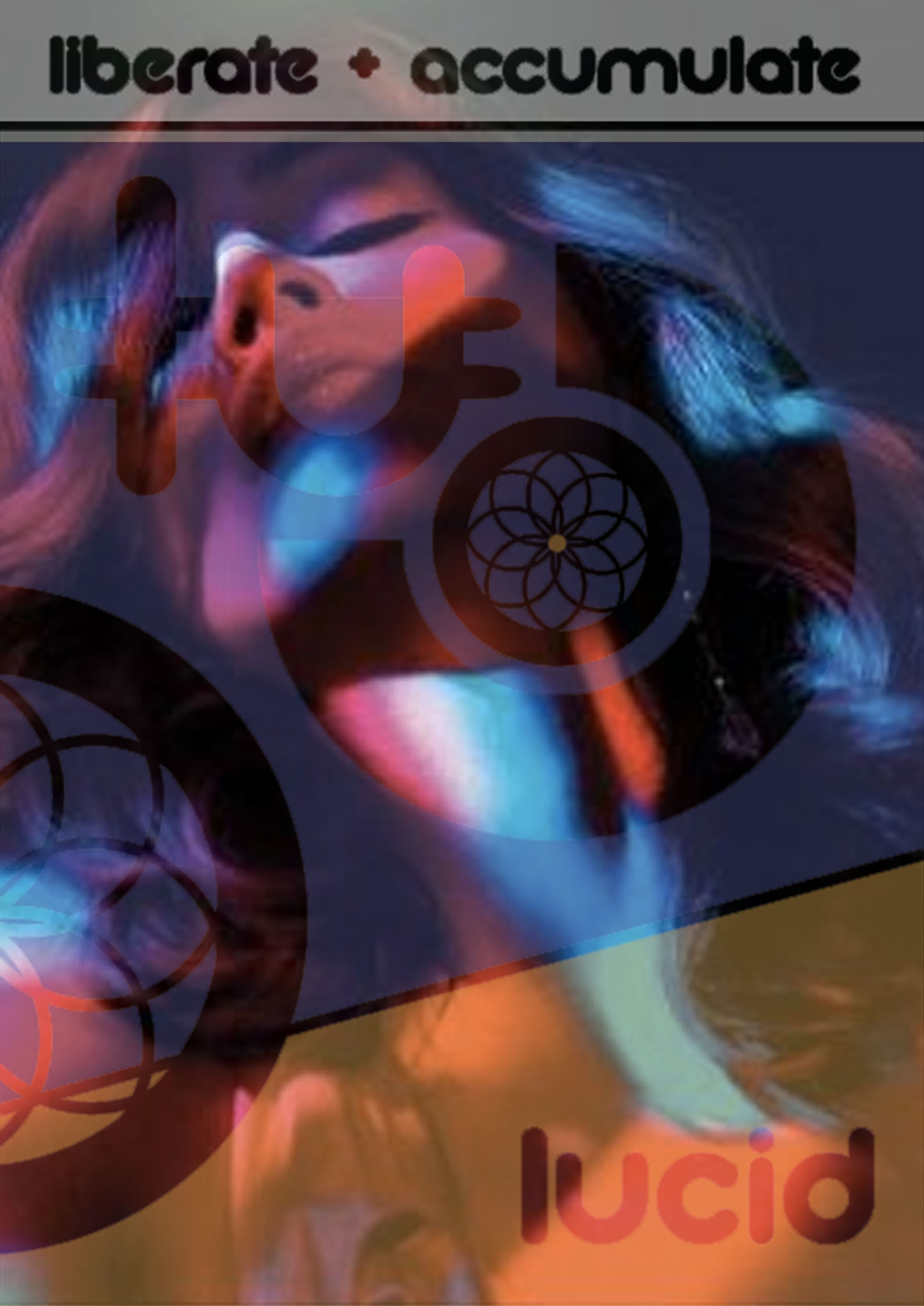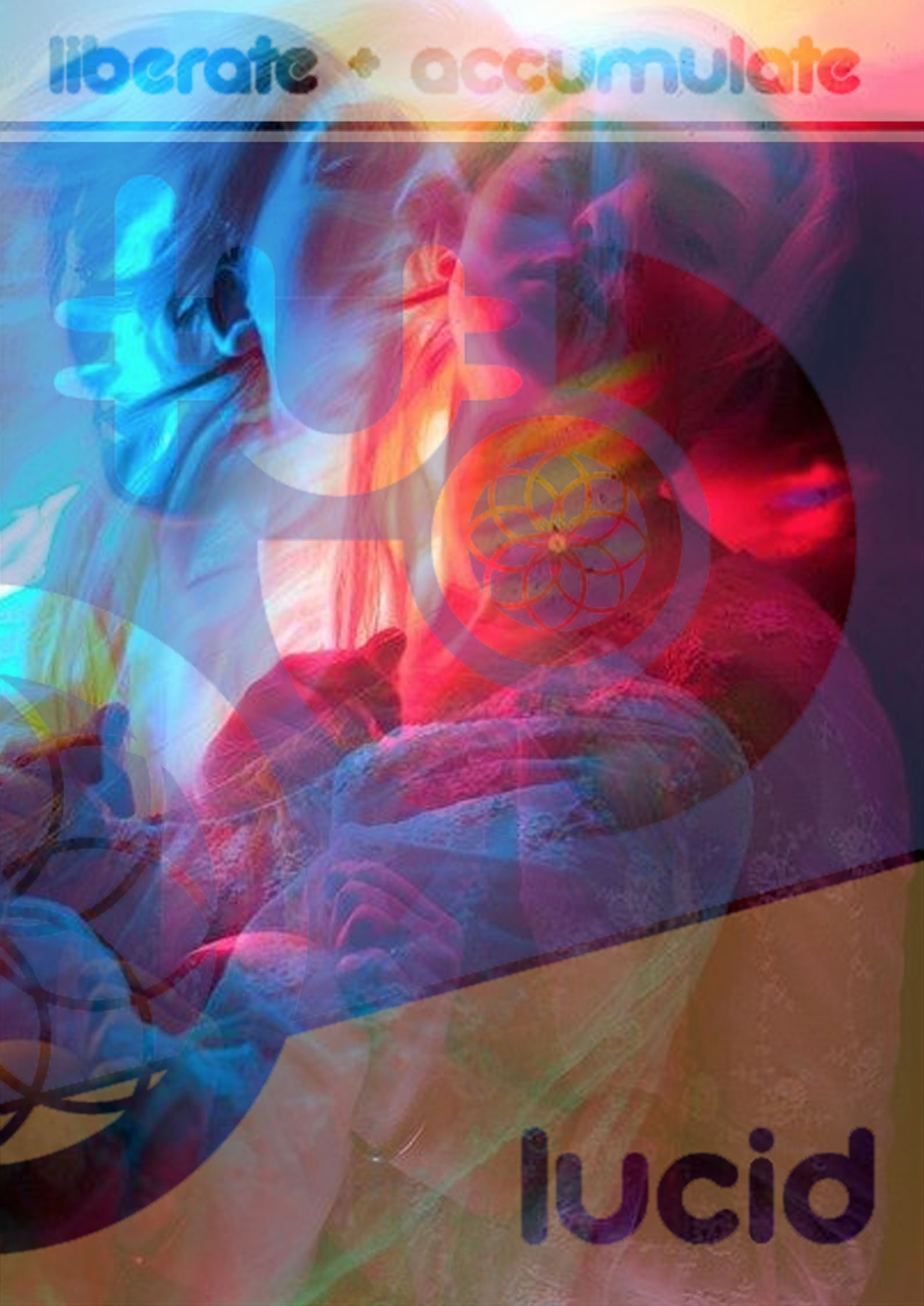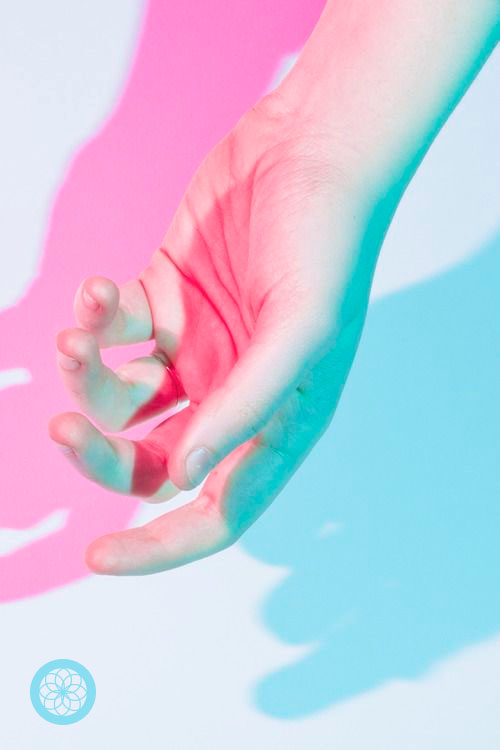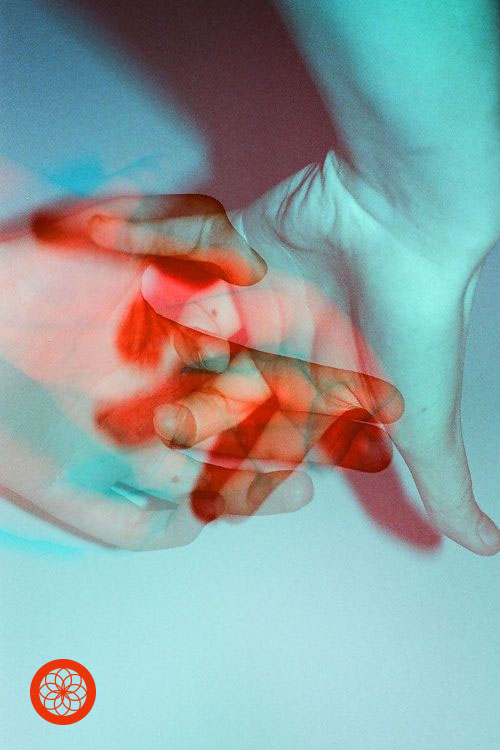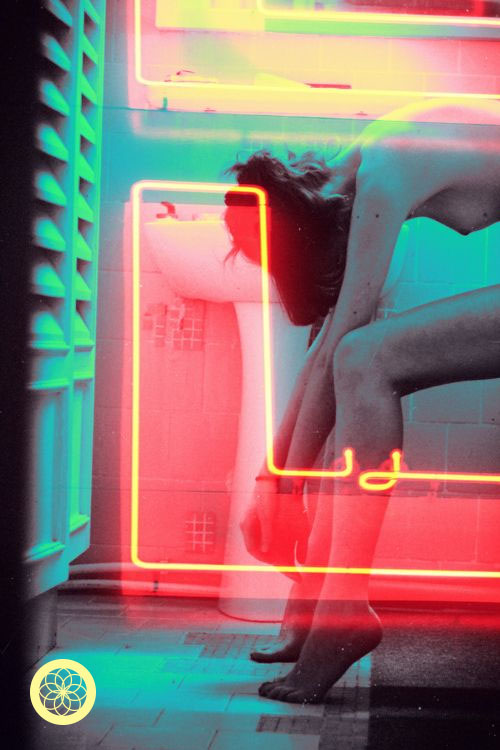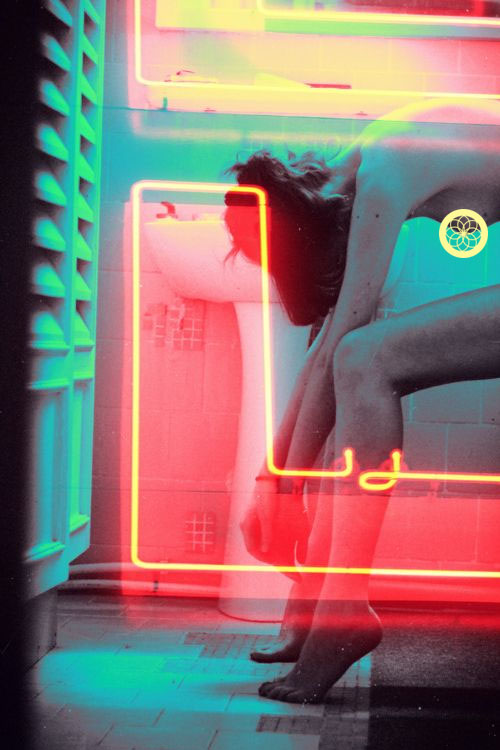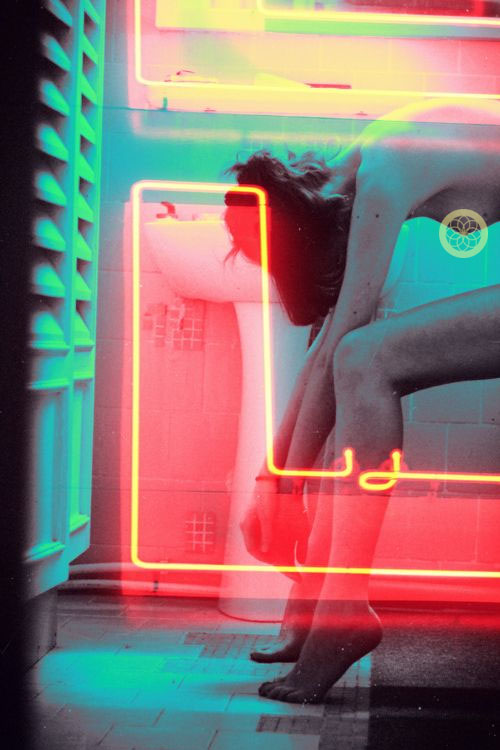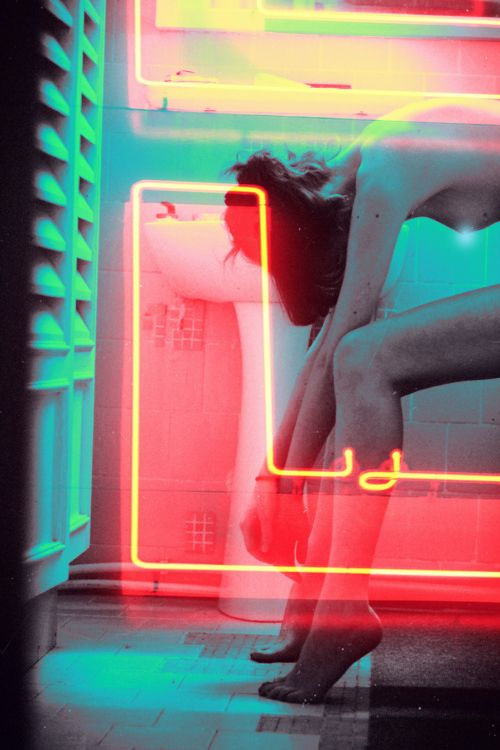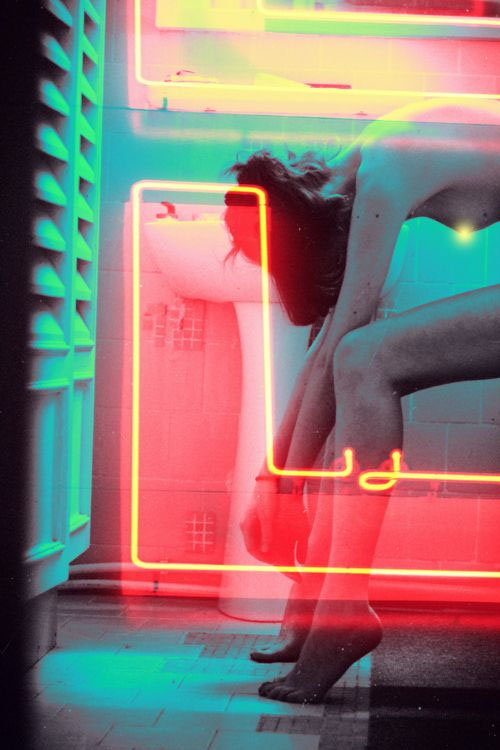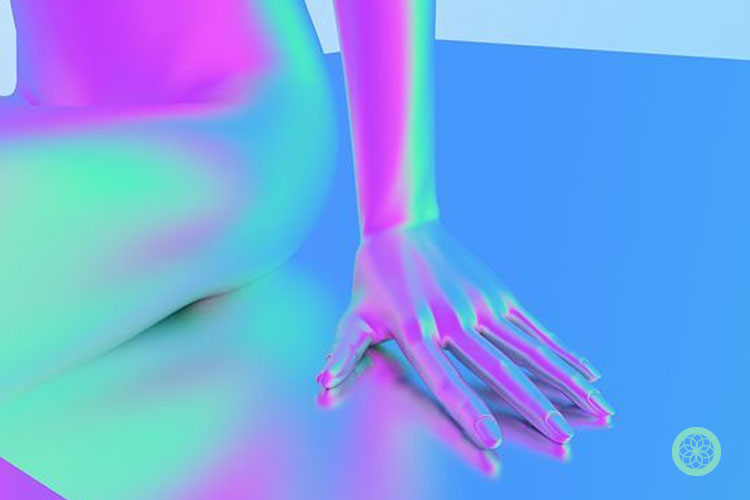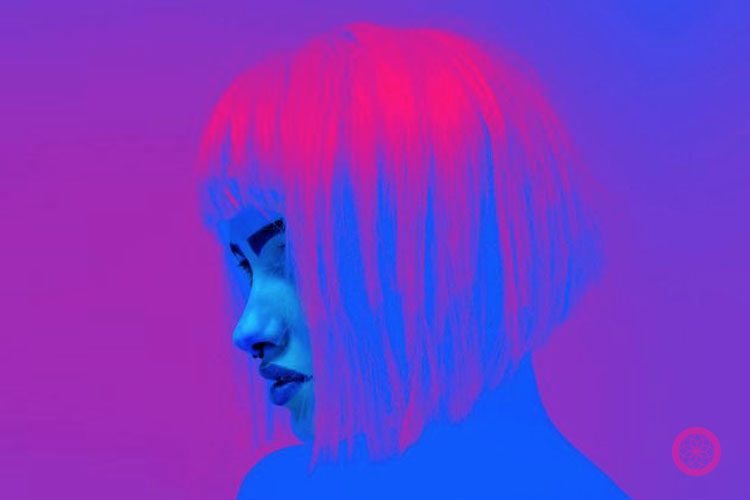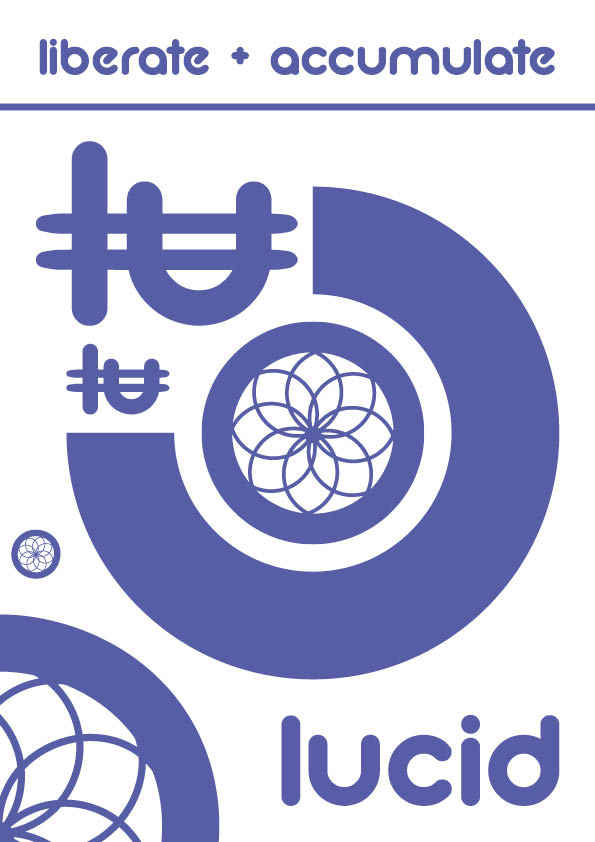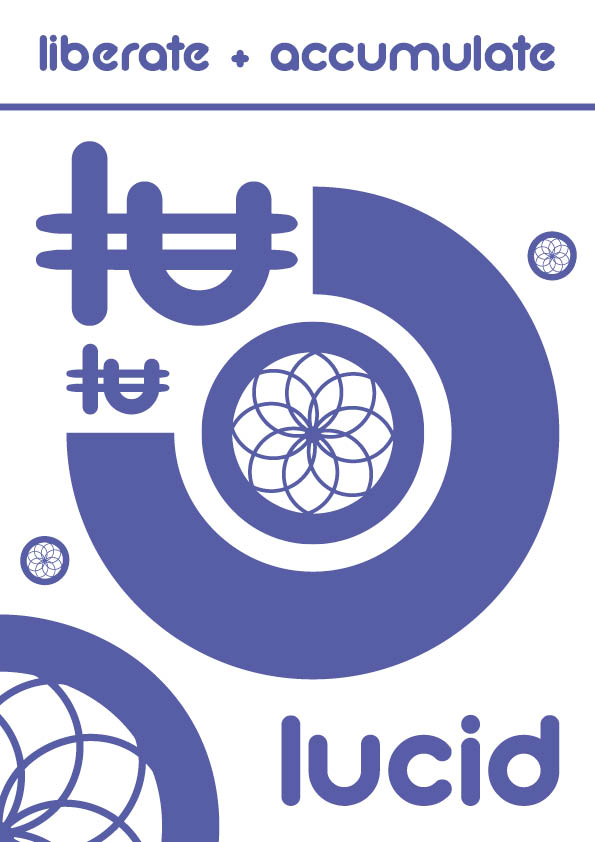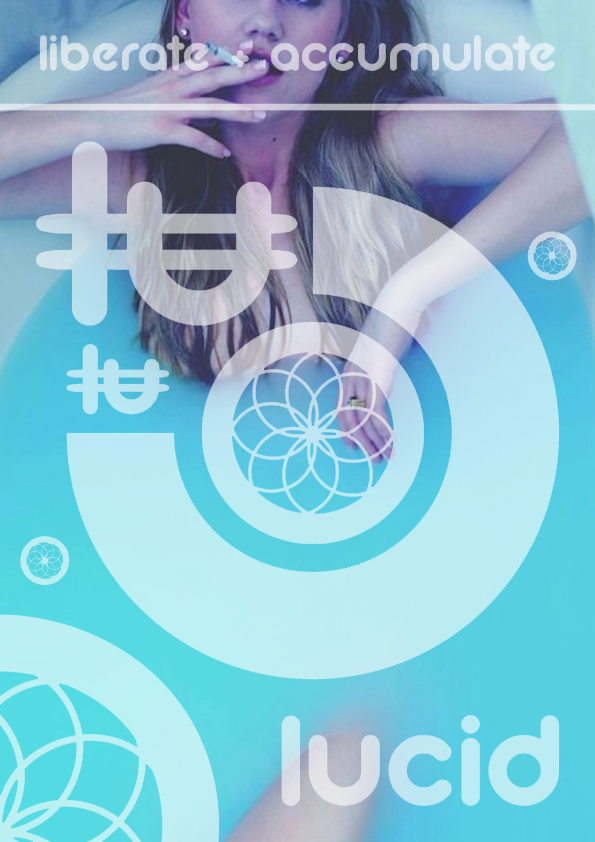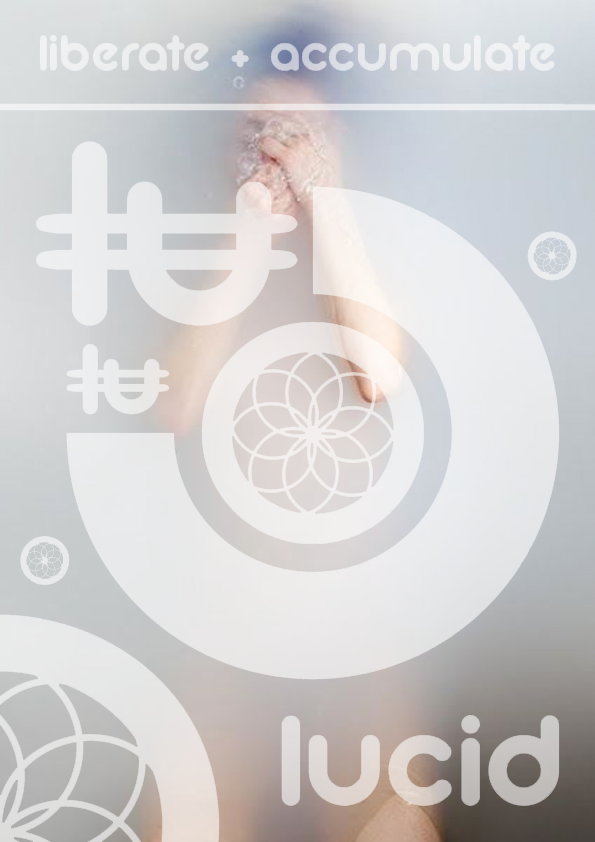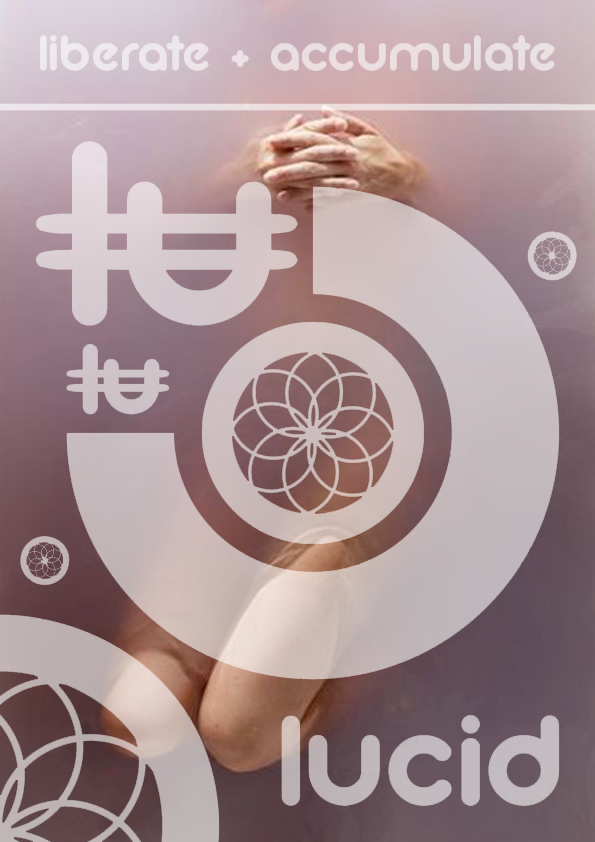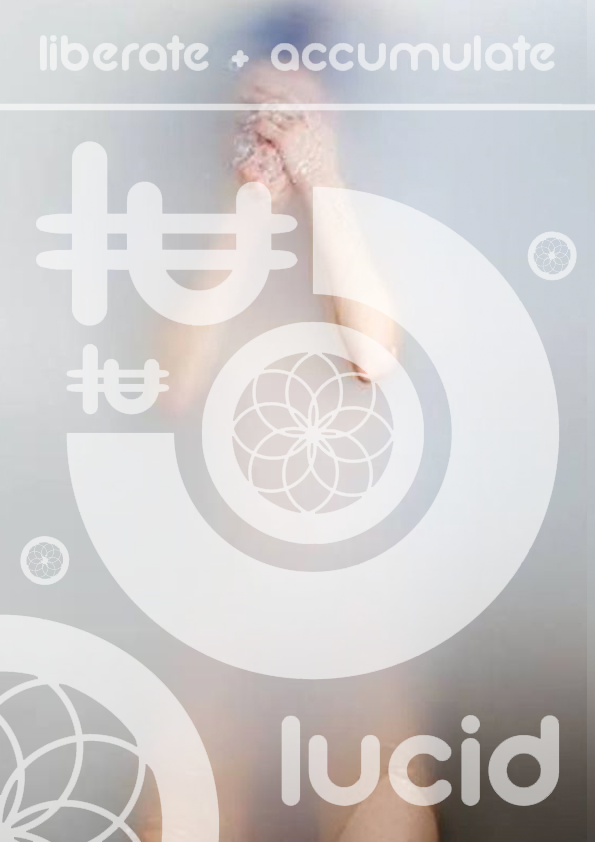
What Is A Cryptocurrency?
It is a technological advance so powerful that it transforms the very basic pillars of our society. A technology which fundamentally influences the way our economy, government systems and business's function.
It could change our conceptual understanding of trade ownership and trust. People often think of Cryptocurrencies as only virtual money or a transaction system. but if you look closer you will see the monetary aspect is just the tip of the iceberg. This is because it is a ground breaking Internet technology for which money is merely one of the possible applications.

A selection of some of the most popular Cryptocurrencies icons.
Money exists to facilitate trade, for centuries trade had became incredibly complex as everybody is trading with each other worldwide. Trade is kept in book keeping and is often hidden from the public. For this reason we use third parties and middle men we trust to facilitate and approve our transactions. Governments, banks, notorieties and paper money are all trusted third parties. Cryptocurrencies eliminate this middle man giving the power back to the people using a peer to peer banking system.
The Essence Of Cryptocurrency
It enables a network of computers to maintain a collective book keeping via the Internet. This book keeping is not closed or in control of one party. It is public and available in one digital ledger which is distributed across the network, known as a Blockchain. Think of it is as P2P (peer to peer) banking.
In the Blockchain all transactions are logged including information on the time, date, participants and amount of every transaction.
Each Node (user) in the network contains a copy of the Blockchain on the basis of complicated state of the art mathematical principles. The transactions are verified by the Minors (people generating data) who maintain the ledger. The mathematical principles assure that these Nodes automatically and continuously agree the current state of the ledger and every transaction in it.
If anyone attempts to corrupt a transaction the Nodes will not arrive at a consensus and will refuse to incorporate the transactions in the Blockchain. Every transaction is public and thousands of Nodes unanimously agree that a transaction has occurred on a specific date and time. It is almost like there is a notary present at every transaction.
This way everyone has access to a single shared source of the truth. This is why we can always trust the Blockchain. The ledger dose not care whether a coin represents a certain amount of Euros or Dollars or anything else of value. users decide for themselves what a unit coin represents.
The Future Of Money
1 coin is divisible by 100.000.000 units. Each unit is both individually identifiable and programmable. This means users can assign properties to each unit. Users can program a unit to represent a Euro cent, a share in a company, a killawatt of energy, a digital certificate of ownership.
Because of this crypto currencies are more then simply just money and payments. It can represent many kinds of property; a thousand barrels of oil, award credits or even a vote during an election.
Cryptocurrencies allow us to make our money smarter and to automise our cash and money flow. The programmable open character of this allows us to completely rebuild and innovate our financial sector and our administration processes making them more efficient and transparent aswell as significantly decreasing bureaucracy.
In an internet of things are economy will be dealing with machines which actively participate in the economic traffic. A vending machine or a drone delivering packages are unfamiliar with the concept of trust, but cryptocurrencies are familiar. Because of cryptocurrencies a drone could be 100% certain that it will deliver the package to the right recipient and know for sure that has been paid for. A vending machine can be programmed in such a way it will automatically keep track of its supplies, ordering new supplies from the supplier and pay for them automatically.
This is only the beginning Internet technology is disruptive and breaks the status quo, it opens markets and breaks the positions of the middle men all the time.
Cryptocurrencies have caused a parodime shift its time to explore this new technology constructively and critically and openly discuss potential applications. Bankers and governments fear this technology because it takes away their power and gives it to the people.
Bitcoin
Bitcoin is currently the "Transit Van" of cryptocurrencies in the sense that the name has became synonymous with the digital currency. It is the most used and best known out of the hundreds currently in existence. Invented by an unidentified programmer, or group of programmers, under the name of Satoshi Nakamoto. Bitcoin was introduced on 31 October 2008 to a cryptography mailing list, and released as open-source software in 2009. The earliest investors of Bitoin have multiplied their investments into thousands of percent.
Occupy Movement
The Occupy movement is an international socio-political movement against social inequality and lack of "real democracy" around the world, its primary goal being to advance social and economic justice and new forms of democracy. The movement has many different scopes; local groups often have different focuses, but among the movement's prime concerns are how large corporations control the world in a way that disproportionately benefits a minority, undermines democracy, and is unstable.
The first Occupy protest to receive widespread attention was Occupy Wall Street in New York City's Zuccotti Park, which began on 17 September 2011. By 9 October, Occupy protests had taken place or were ongoing in over 951 cities across 82 countries, and over 600 communities in the United States. Although most active in the United States, by October 2012 there had been Occupy protests and occupations in dozens of other countries across every continent except Antarctica. For its first month, overt police repression was minimal, but this began to change by 25 October 2011 when police first attempted to forcibly remove Occupy Oakland. By the end of 2011, authorities had cleared most of the major camps, with the last remaining high profile sites in Washington, D.C. and London evicted by February 2012.
The Occupy movement is partly inspired by the Arab Spring, 2009 Iranian Green Movement, and the Spanish Indignants movement in the Iberian Peninsula, the 2009 University of California occupations, as well as the overall global wave of anti-austerity protests. The movement commonly uses the slogan "We are the 99%", the #Occupy hashtag format, and organizes through websites such as Occupy Together. According to The Washington Post, the movement, which has been described as a "democratic awakening" by Cornel West, is difficult to distill to a few demands. On 12 October 2011, Los Angeles City Council became one of the first governmental bodies in the United States to adopt a resolution stating its informal support of the Occupy movement. In October 2012 the Executive Director of Financial Stability at the Bank of England stated the protesters were right to criticise and had persuaded bankers and politicians "to behave in a more moral way".
Anonymous
Anonymous is a loosely associated international network of activist and hacktivist entities. A website nominally associated with the group describes it as "an Internet gathering" with "a very loose and decentralized command structure that operates on ideas rather than directives". The group became known for a series of well-publicized publicity stunts and distributed denial-of-service attacks on government, religious, and corporate websites.
Anonymous originated in 2003 on the imageboard 4chan, representing the concept of many online and offline community users simultaneously existing as an anarchic, digitized global brain. Anonymous members (known as "Anons") can be distinguished in public by the wearing of Guy Fawkes masks in the style portrayed in the graphic novel and film V for Vendetta.

In its early form, the concept was adopted by a decentralized online community acting anonymously in a coordinated manner, usually toward a loosely self-agreed goal, and primarily focused on entertainment, or "lulz". Beginning with 2008's Project Chanology—a series of protests, pranks, and hacks targeting the Church of Scientology—the Anonymous collective became increasingly associated with collaborative hacktivism on a number of issues internationally. Individuals claiming to align themselves with Anonymous undertook protests and other actions (including direct action) in retaliation against copyright-focused campaigns by motion picture and recording industry trade associations. Later targets of Anonymous hacktivism included government agencies of the U.S., Israel, Tunisia, Uganda, and others; the Islamic State of Iraq and the Levant; child pornography sites; copyright protection agencies; the Westboro Baptist Church; and corporations such as PayPal, MasterCard, Visa, and Sony. Anons have publicly supported WikiLeaks and the Occupy movement. Related groups LulzSec and Operation AntiSec carried out cyberattacks on U.S. government agencies, media, video game companies, military contractors, military personnel, and police officers, resulting in the attention of law enforcement to the groups' activities. Some actions by members of the group have been described as being anti-Zionist. It has threatened to cyber-attack Israel and engaged in the "#OpIsrael" cyber-attacks of Israeli websites on Yom HaShoah (Holocaust Remembrance Day) in 2013.
Dozens of people have been arrested for involvement in Anonymous cyberattacks, in countries including the U.S., UK, Australia, the Netherlands, Spain, India and Turkey. Evaluations of the group's actions and effectiveness vary widely. Supporters have called the group "freedom fighters" and digital Robin Hoods while critics have described them as "a cyber lynch-mob" or "cyber terrorists". In 2012, Time called Anonymous one of the "100 most influential people" in the world.
Peer 2 Peer
Peer-to-peer (P2P) computing or networking is a distributed application architecture that partitions tasks or workloads between peers. Peers are equally privileged, equipotent participants in the application. They are said to form a peer-to-peer network of nodes.
Peers make a portion of their resources, such as processing power, disk storage or network bandwidth, directly available to other network participants, without the need for central coordination by servers or stable hosts. Peers are both suppliers and consumers of resources, in contrast to the traditional client-server model in which the consumption and supply of resources is divided. Emerging collaborative P2P systems are going beyond the era of peers doing similar things while sharing resources, and are looking for diverse peers that can bring in unique resources and capabilities to a virtual community thereby empowering it to engage in greater tasks beyond those that can be accomplished by individual peers, yet that are beneficial to all the peers.
While P2P systems had previously been used in many application domains, the architecture was popularized by the file sharing system Napster, originally released in 1999. The concept has inspired new structures and philosophies in many areas of human interaction. In such social contexts, peer-to-peer as a meme refers to the egalitarian social networking that has emerged throughout society, enabled by Internet technologies in general.
Current Banking System
A bank can generate revenue in a variety of different ways including interest, transaction fees and financial advice. Traditionally, the most significant method is via charging interest on the capital it lends out to customers. The bank profits from the difference between the level of interest it pays for deposits and other sources of funds, and the level of interest it charges in its lending activities.

This difference is referred to as the spread between highly the cost of funds and the loan interest rate. Historically, profitability from lending activities has been cyclical and dependent on the needs and strengths of loan customers and the stage of the economic cycle. Fees and financial advice constitute a more stable revenue stream and banks have therefore placed more emphasis on these revenue lines to smooth their financial performance.
In the past 20 years American banks have taken many measures to ensure that they remain profitable while responding to increasingly changing market conditions.
Must Watch!
This video explains debt, and how the banks control debt and devalue money for short term profits. This also shows how a public system is the solution.
Adam Curtis Hypernormalisation
The normal world; we go to work in the city, all around us are enourmous knew buildings. They look alike but we will never be able to afford to live in them. Because they are not homes, they are blocks of money. Bought by global investors whos money has nowhere to go.
Brexit and Trump both happened, it showed that all the people who are supposed to tell you about the world, the journalists, politicians and think tank experts. They know nothing it shows that us and them live in a dream world detached from reality.
We spend our time on social media. The original vision for social media was that it was going to open up a new paradise where information was shared freely.
Now the algorithms are so strong and know so much about us they only give us what they know we like.
You have become trapped in an echo chamber, where all you see and hear is you. You go into an office sit at a desk, but maybe it is a fake job, your real job is shopping. The true factories of our time are the shopping malls. That is where the real hard work is done.
You are managed with performance targets and measured outcomes but as you sit in the glass walled offices you know the targets are manipulated and fake. Your managers know that you know. But you all sit there and pretend it is all objective and rational.
You are cool and you know what is cool. What it meant in the 1960’s is that you would pull back and see what the world really was. The violence and brutal power hidden under the surface, a detached gaze free from political manipulation. Then Politicians today have no idea what is happening. They pretend to be in control but they are helpless in the face of the refugee crisis.
They do nothing to stop the corruption, the growing inequality, the emptying of the cities by the waves of money. Maybe they are not Politicians anymore, maybe their real job is to make us angry. When we are angry we click more. Clicks feed the ever-growing power and wealth of the corporations that run social media.
We think we are expressing ourselves, really we are just components in their system. At the moment that system absorbs all opposition which is why nothing ever changes.
40 Years ago there was another all encompassing system, it was in the Soviet Union. By the 70’s the system was beginning to crack. Russia had became a society where everyone knew what their leaders said was not real.
Because they could see with their own eyes that the economy was falling apart. But everyone had to play along and pretend that it was real, because no one could imagine any alternative.
One soviet writer called it; Hypernomalisation, you were so much part of the system that it was impossible to see beyond it. The fakeness was hyper normal.
We too are trapped in a system.
We cannot see beyond it.
But there is more out there.
Adam Curtis The Trap
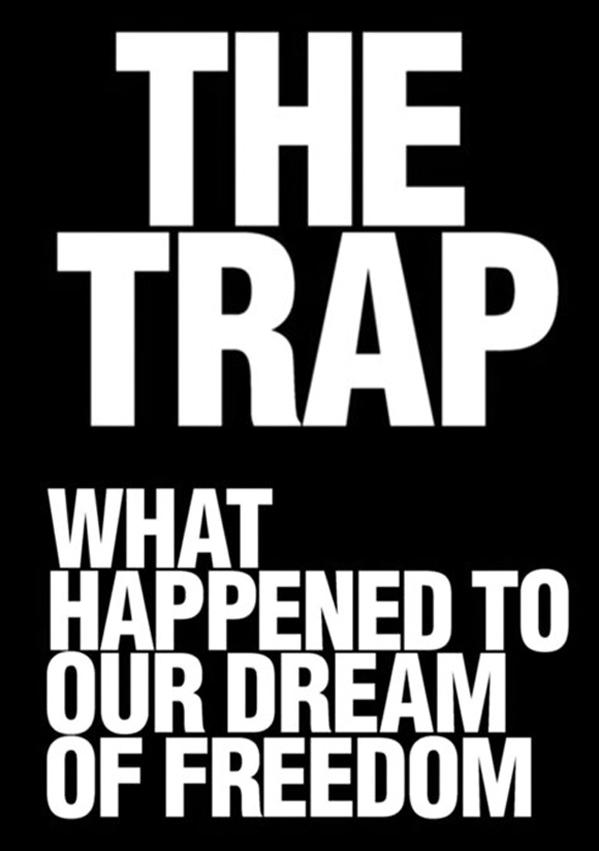
The ultimate political goal at the hear of our age is the idea of individual freedom. In Britain our government has set out to create a revolution that will free individuals from control of the elites and bureaucracy's. A new world where we can chose our lives and not to be trapped by class or income into a presidenced role. The first step in our global revolution for democracy.
If one steps back and looks at what has resulted, it is a very strange kind of freedom.
The attempt to liberate people from the dead hands of bureaucracy has lead to the rise of a new and increasingly controlling system of management, driven by targets and numbers.
While governments committed to creating freedom of choice in all areas have actually presided over a rise of inequalities and dramatic collapse in social mobility. The consequence has been a return of the power of class and privilege.
Abroad the attempt to create democracy has lead not just to bloody mayhem but a rejection of the Americas lead campaign to bring freedom. It has summoned a anti democratic authoritarian Islamism. This in turn has helped inspire terrorist attacks in Britain itself.
In response the government has dismantled long standing laws designed to protect our freedom.
In the 90's politicians from right and the left tried to extend an idea of freedom molded on the freedom of the market to all other areas of society. This was something that previously no one thought possible or appropriate but now has been seen as inevitable.
Because underlying it was a scientific model of ourselves, as simplified robots, rational calculations human beings, who's behavior and even feelings could be analysed and managed by numbers. What resulted was the very opposite of freedom.
The numbers took on a power of their own which began to create new forms of control greater inequalities and a return of a rigged class structure based on the power of money.
US & THEM
There is no them, there is only us. Banks want us to keep borrowing and spending. Fictitious irrational system. Banks and governments lie to us that they are for the people, however they are self seeking individuals who's needs could be best met through the market place. Not politics if unregulated the markets would benefit everyone. In the face of this simple irresistible argument politicians have given away much of their power. But has actually happened is the return of inequalities and social injustices which have been around for 100's of years.
We have allowed the elite to take over politics and inherently our money, driving self satisfaction and disregard of for-filling the publics needs. The governments and banks perceived us as computer like machines who's instincts had largely been coded within us millions of years before.
We live in a bourgeois society, this is the way we can over throw and take the power back to the people.
Since the end of the Cold War Liberal Democracy and Capitalism has spread across the planet. We need freedom without elites and tyrants. Like how the Oligarchs in Russia faced Economic Genocide. We need to create a Free-market Utopian.
Our government realizes on a simplistic economic model of human beings that allows inequality to grow and offers nothing possative in the face of the reactionary forces. They have helped to wake around the world.
If we ever want to escape from this limited world view we will have to rediscover the progressive positive ideas of freedom.
Paper Currency Design
Currency is one of those ever-present objects in our lives, something that passes through our hands every day. So mundane that we don’t really notice what it looks like each time we see it.
But the design of our bills is ever-shifting, continuously updated for contemporary aesthetics. And when those changes happen, that’s when we take notice. A great example is last year, when Norway called for proposals to redesign their banknotes. They ended up with an abstracted coastal view of the country designed by Snøhetta Design, which has been touted by various design media as one of, if not the, best design circulating right now:

Currency design has also come up lately in popular culture as an issue in the U.S., with more and more people looking to see a woman or a person of color replacing the bills dominated by white men, mostly former presidents. The common suggestion is to replace Andrew Jackson on the $20, particularly considering the centennial of the women’s suffrage movement coming up in a few years.
All of this chatter drove us to look through some of the best designed currencies floating around — both those still in print, and those who have vanished into antiquity, and the hands of private collectors. Each country manages to find a way to imbue their currency with a sense of culture and history, each in their own fascinating way:

Aruban artist Evelino Fingal created this colorful line of banknotes in 1990, combining the country’s unique natural flora with the patterns of pre-Columbian pottery.

Australia was the first country to utilize a plastic polymer note, beginning in 1988 marking the country’s 200th anniversary. The designs featured famous cultural figures of the country, including Aboriginal writer David Unaipon as pictured above.

Bermuda redesigned their currency to debut in 2009, as a celebration of their 400th anniversary — the first redesign since the launch of their dollar. The International Banknote Society awarded The Bermuda Monetary Authority for their work, specifically on the $2 note.

2006 is the latest in Bhutan’s series of notes, a bit younger currency than many others around today having started circulation in 1974. The image on the front of this bill is the government’s crest surrounded by dragons — a whimsically swirled aesthetic against the sharp lines of the background patterning.

The first Comorian Paper money was printed in 1920, an emergency issue of Madagascar’s postage stamps fixed to a card that allowed them to be used as currency. The designs you still see today originated in the 1970s, with periodic tweaks to the design to add additional security measures.
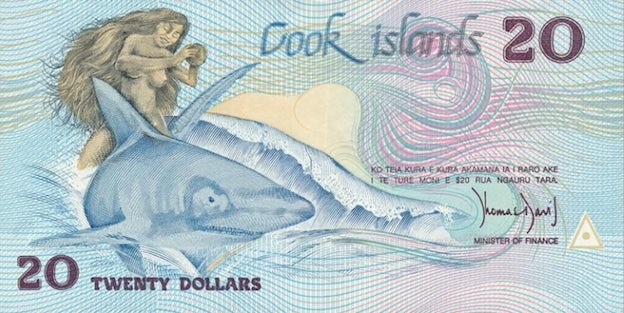
The Cook Islands pretty much dominate when it comes to natural imagery. How can you lose with a mermaid riding on top of a shark? This particular image comes from the 1987 banknote, the first series introduced and replaced shortly in 1992.

While almost every note we see depicts the image of a country’s leader, historical figure, or a cultural or geographic signifier, it’s the differentiation in geometry, pattern, and color that really attracts our attention. That’s how it is with the Dutch Guilder, which on the reverse depicts this classic imagery, but on the obverse depicts a wonderfully symbolic abstraction of geometric shapes.

Couldn’t resist putting a denomination featuring a huge insect in our collection! The currently circulating set were designed in a series over a span of years, featuring all sorts of endemic flora and fauna. But our favorite is the Beli (Lever’s Goby), the winged flier decorating the $100 bill released in 2007.

Hong Kong Dollars are some of the most colorfully fun to get your hands on (fuchsia + cerulean? Yes please.) They do feature cultural and historical references, but in a layout geometrical and abstract enough to differentiate them from many other contemporary currencies.

It’s hard to escape good design in Scandinavia, even on currency. In the traditional style, historical figures are featured and against the backdrop of folk patterns. But the whole image still manages to be laid out and colored in a way to feel like a very contemporary note.

The current designs issued by the National Bank of Kazakhstan came around in 2006, with one side displaying vertically and the other horizontally as well as having text in both Kazakh and Russian. The obverse of each note depicts the same collection of cultural images in different colors, while the reverses focus on different sets of architecture and geography.

Currently on it’s sixth series debuting in 2014, the Kuwaiti Dinar feature collages of historical and contemporary cultural references, quite often including the traditional dhow boat.

The illustration for The Maldive’s currency were designed by Maizan Hassan Manik and Abbas. Paired with a palm tree, the boat is a Mas Odi, an old-style fishing vessel.

Mongolia’s design borrowed much of their color scheme and overall design from the Soviet Ruble during the days of the People’s Republic. The famed Ghengis Khan now stands on the high-denomination notes, including the 20,000 pictured above.

In 2007 (and in a revised version in 2012), Nepal began to issue currency in which the traditional leader’s portrait was replaced by Mount Everest. This is a mirror of the political change from Kingdom to Republic, which happened in 2008.

1992 was the year that New Zealand’s latest design was rolled out, each depicting a famous New Zealander — with perhaps the most famous of all, Sir Edmund Hillary of Mt. Everest fame, on the $5 depicted above.

As a centerpiece to the intricate design of native fauna and geometric patterns, the notes depict Rei Amador — King Amador: a historical leader said to have led a famous slave revolt on the islands in the 1500 and a symbol of freedom for the country.

This last edition of Suriname’s Gulden were created in 2000 to reflect native flowers and birds. Despite the beauty of these notes, they were short-lived. The Surinamese Dollar replaced the Gulden in 2004.

Switzerland is currently on their ninth series of banknotes, released in 2005. The designer, Manuela Pfrunder, was actually the second-prize winner of the competition held to design this newest round. Her design was selected, then largely modified for the final note, when the initial winner’s designs met with too much public resistance.
Black Panther Party
The Black Panther Party was a revolutionary black nationalist and socialist organization active in the United States from 1966 until 1982, with international chapters operating in the United Kingdom in the early 1970s, and in Algeria from 1969 until 1972.
At its inception on October 15, 1966, the Black Panther Party's core practice was its armed citizens' patrols to monitor the behavior of officers of the Oakland Police Department and challenge police brutality in Oakland, California. In 1969, community social programs became a core activity of party members. The Black Panther Party instituted a variety of community social programs, most extensively the Free Breakfast for Children Programs, and community health clinics. The party enrolled the largest number of members and made the greatest impact in the Oakland-San Francisco Bay Area, New York, Chicago, Los Angeles, Seattle, and Philadelphia.
Federal Bureau of Investigation Director J. Edgar Hoover called the party "the greatest threat to the internal security of the country", and he supervised an extensive program of surveillance, infiltration, perjury, police harassment, and many other tactics designed to undermine Panther leadership, incriminate party members, discredit and criminalize the Party, and drain the organization of resources and manpower. The program was also accused of assassinating Black Panther members.
Government oppression initially contributed to the party's growth, as killings and arrests of Panthers increased its support among African Americans and on the broad political left, both of whom valued the Panthers as a powerful force opposed to de facto segregation and the military draft. Black Panther Party membership reached a peak in 1970, with offices in 68 cities and thousands of members, then suffered a series of contractions. After being vilified by the mainstream press, public support for the party waned, and the group became more isolated. In-fighting among Party leadership, caused largely by the FBI's operation, led to expulsions and defections that decimated the membership. Popular support for the Party declined further after reports appeared detailing the group's involvement in illegal activities such as drug dealing and extortion schemes directed against Oakland merchants. By 1972 most Panther activity centered on the national headquarters and a school in Oakland, where the party continued to influence local politics. Though under constant police surveillance, the Chicago chapter remained active and maintained their community programs until 1974. The Seattle chapter lasted longer than most, with a breakfast program and medical clinics that continued even after the chapter disbanded in 1977. Party contractions continued throughout the 1970s, and by 1980 the Black Panther Party had just 27 members.
The history of the Black Panther Party is controversial. Scholars have characterized the Black Panther Party as the most influential black movement organization of the late 1960s, and "the strongest link between the domestic Black Liberation Struggle and global opponents of American imperialism". Other commentators have described the Party as more criminal than political, characterized by "defiant posturing over substance".
Black Panther Publications



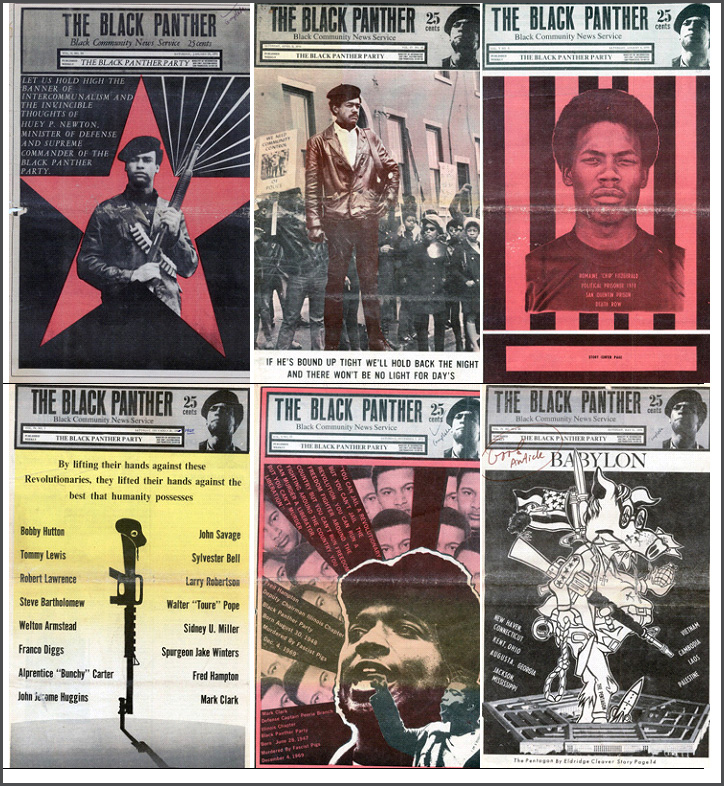



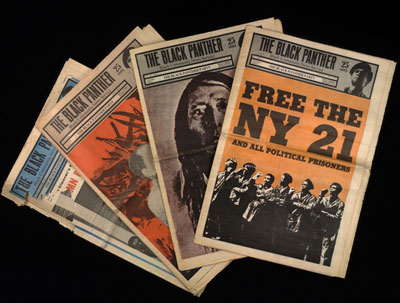

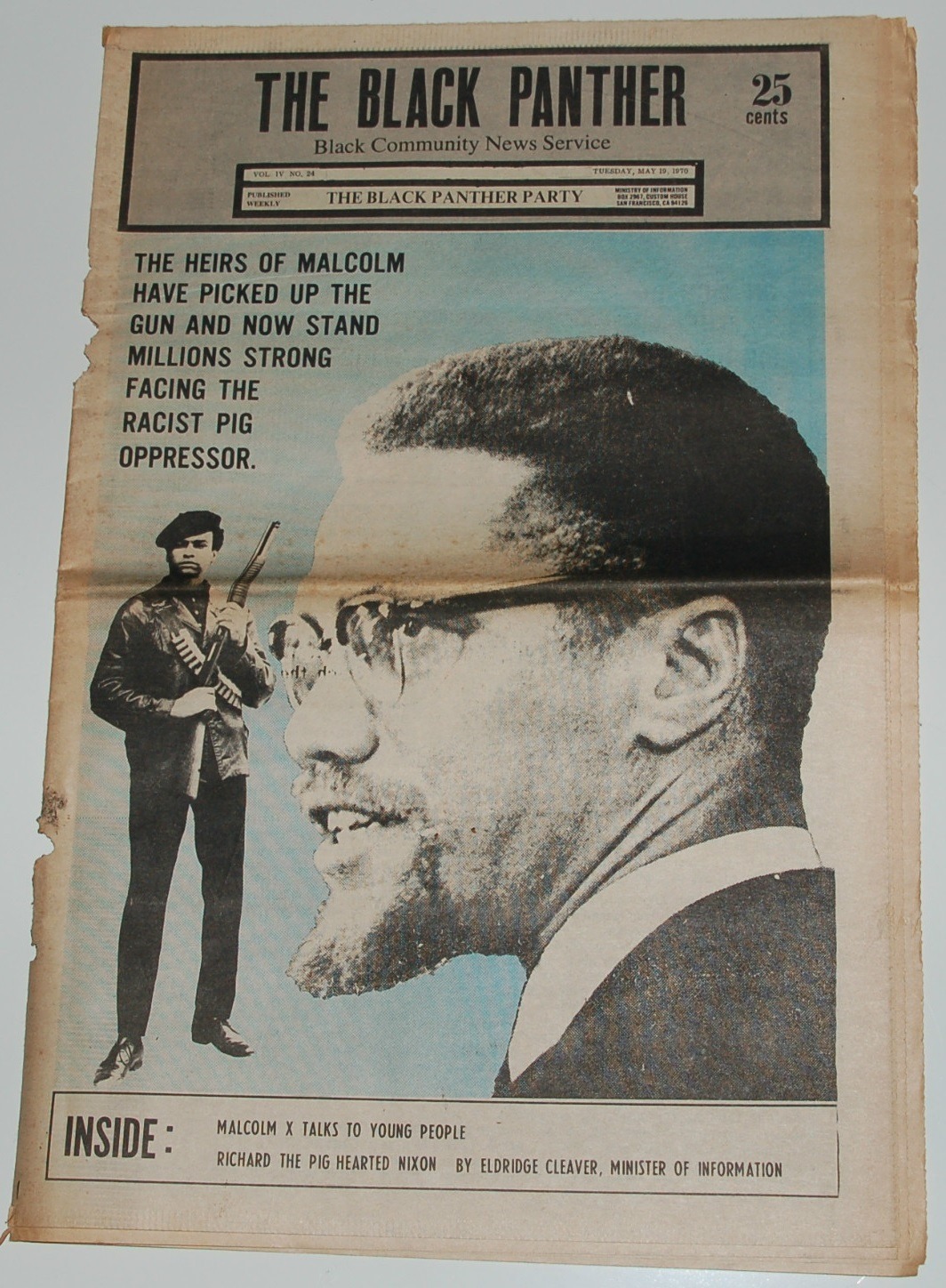
Political Art


































Contemporary Anti-Capitalist Art
1. Narrative Conceptualism: The first concern should be the re-introduction of the proletarian subject. This does not mean an abstracted idea of the proletarian subject inherited from the past (although that need not be ignored) but the actuality of the present proletarian subject: the laborer, the teacher, the bus driver, the fast food worker, the barista, the nurse, the college drop-out, etc. Here we are discussing the individual members of the “army of labor,” the downwardly mobile petit-bourgeois (soon to be proletarians) and the “reserve army of labor.” Taking a cue from underground Moscow conceptualism and strands of post-Soviet Block Eastern European art (as well as elements of so-called “outsider” art in the U.S.) we can resituate the working-class subject within art; not to present merely a victim but to present that subject’s agency and subjectivity.
2. The Constraint of the Proletarian Subject: The contemporary proletarian subject makes history, to borrow from Marx, but not in conditions of their choosing. They are constrained (like the characters of a Brecht play) by material circumstances and the ideologies of the moment. They dream and aspire but are trapped (by wages, gender, disease, failure, heartbreak, war, etc.). The proletarian subject is in a constant state of negotiation and rebellion with that constraint. In this way the subject mirrors the condition of most contemporary artists (trapped by the art market, their days jobs, the demands of the academic avant-garde, art fairs, kitsch, popular culture, their own interactions with class, race, gender, etc.)
3. The Need to Interrupt Disbelief: When Brecht aimed to interrupt the belief of the theatrical audience with distancing techniques he exposed false consciousness: the social construction of the theater and the construction of ruling ideologies. But Brecht’s most important works existed in tandem with corporatist and fascist ruling-classes as well as mass socialist and communist parties. Breaking with ruling ideas often meant embracing oppositional ones. The collapse of “really existing socialism” (such as it was) along with the triumph of neoliberalism produced a cultural ideology of disbelieving all meta-narratives: post-modernism. Brecht used distance to create disbelief. We must use it to interrupt disbelief: To connect the proletarian subject to the auric quality (see Benjamin) of studio art. This seems counter-intuitive to cruder Marxists (including the post-modern “Marxists” of the old October). It is not enough to expose false consciousness. The possibility of revolutionary consciousness, that modernist “utopia,” must be asserted within our work.
4. The Return of the Crowd: The collective working-class, the majority of the population defined in terms of a relationship to economic production, is the key to the transformation of society. But the working-class is not homogenous. It is defined by its thousands of differences: race, gender, sexuality, nationality, psychologies, cultures, biographies, etc. It cannot come together by subsuming those differences. It can only come together in a collective expression of those differences. Neoliberal culture (once called post-modernism) depends on the isolation and separation of all these elements. A left-wing cultural opposition unites these in a differentiated totality. It comes together towards its common interests without sacrificing the subjectivities of its constituent parts. It avoids vulgar Marxism as well as the fatalism of post-modernism and middle-class strands of anarchism. It echoes Mikhail Bakhtin’s ideas of the carnivalesque but it is fused with the avenging crowds of the Zola novel. Differentiated totality is the enemy of both rhizome and (class) hierarchy. The crowd has returned but not yet cohered: in Spain, in Greece, in Occupy, in Ferguson. In order to avoid the fate of the Egyptian heroes it must learn to express a new totality.

5. Total Installation and the Cave: To create space for believing the “fictions” of emancipation, the proletarian subject and differentiated totality. The total installation of Ilya Kabakov (theorized by Boris Groys) is useful here. We have been told that metanarratives are inherently oppressive; that dreams of collective emancipation failed; that history and ideology ended (more or less). By creating a fictive environment, a conceptual metanarrative, both inside and beyond the “white cube,” we can allow the art audience to suspend disbelief. We can construct a world in which “dreams can take revenge” (to paraphrase a Greek activist following the election victory of SYRIZA). We can reconstruct the “primal” origins of art and simultaneously attack “Platonic” neoliberal disbelief. We can evoke the dreams of a human gesamtkunstwerk to counter the digital “total installation” of contemporary capitalism.
6. Gothic Naturalism, Magic Realism and Surrealism: This evocation, however, must be tied to the actual concerns of the majority of the human race. This does not mean appealing to the “lowest common denominator” (see differentiated totality). It means relating to the actual tragedies and comedies of “real life” beyond the rarefied art world. Think of Zola, the war etchings of Goya, EC Comics, George Romero. This should be coupled with magic realist and surrealist anti-capitalist literary traditions. Our work must connect to the way in which the proletarian subject dreams personal liberation and individual revenge: How the individual subconscious intersects with the collective subconscious (see Breton and Benjamin).
7. The Return of History: Its return was not marked by a new October (yet) but by new slaughter and immiseration. The contemporary anti-capitalist studio artist stands in the tradition of the revolutionary history painters. It cannot, obviously, mimic their work. We speak the “post-modern” visual and cultural language inherited from modernism. Moreover, our relationship to history is complicated by the gothic quality of capitalist culture. As I have written elsewhere:
The material convulsions of capital constantly create new spaces (and the promise of new spaces) for semi-autonomous social and cultural relations — only to tear them asunder. Each of these is a trauma to the social unconscious… The initial impetus for the Gothic in art and literature stemmed from the marginalization of medieval forms by bourgeois relations and industrialization. The Gothic castle and the abbey stood in ruins, projecting both a nostalgia and fear of the past — things that were lost but also alien and threatening to modern life. The dynamics of capital continually recreate this process in contemporary culture, on various scales and in various geographies. This dynamic is the cultural echo of combined and uneven development.
We therefore experience temporal displacement when confronted with cultural artifacts—both within the “art world” and the broader culture. It is a displacement intimately connected with the subconscious and conscious histories of art, of social struggle and (so far largely) failed emancipations and emancipatory dreams.
8. Material Poetics: Art is marked the 20th century and the language articulated by Duchamp, and developed by Beuys: the language of material poetics and the actuality of the materials that comprise the artwork. What are the (immense and varied) material poetics of the (immense and varied) proletarian subject?
9. The Weak Avant-Garde: The heroic avant-garde is dead. It played its role in the creation of contemporary culture—not unlike a deflected permanent cultural revolution (see Tony Cliff). Against most ruling-classes avant-garde artists (often allied with anti-capitalist politics) created the visual and cultural language of full-blown capitalism. The inheritors of the avant-garde model—the academic wing of the “art world”—are likewise marginalized from the bulk of the population. Unlike the modern avant-garde we have no historic mission. This is not to argue that the weak avant-garde produces nothing of value (see Boris Groys). It suffers, however, from relative isolation and the “lack” of an historic mission.
10. The Problem of Audiences: The contemporary anti-capitalist studio artist faces a crisis of audience. We can find a “weak” home in the academic avant-garde. Here we find intellectual validity and vitality but we are separated from the social forces that can realize actual change. The established art market, dominated at the top by so-called “cultural entrepreneurs,” is obviously problematic. Social practice art appears to offer a dynamic working-class audience, but the need for financial backing and the potential for messianic relations “problematizes” social-practice art. Finally, the small size of the left makes it hard for it to sustain “serious” art production. The anti-capitalist artist, therefore, must relate to multiple audiences: the academic avant-garde, the art market, the working-class and the left. This means accepting the commodity status of studio art within capitalism. Academic and non-profit art is also commodified (through financial underwriting, tenure, etc.) In making this “concession” to actual conditions we free ourselves to reach working-class and left art audiences by selling our work at reasonable (but compensatory) rates to working-class patrons. We do this while simultaneously engaged in the ideological struggles of the “art world.”
11. Modularity and Muralism: Our work is therefore modular, able to combine into one thing in the academic space, another for the established art market, another to be sold (in its parts) to working-class, anarchist and socialist patrons. Together it is a “mural.” Separate it is “easel painting.”
12. Anthropomorphic: Finally, in this way our work reflects the proletarian condition within itself. Collectively it asserts something beyond its commodity status: the crowd. Separately it is bought and sold, piecemeal, until the day it dies: the atomized individual.
Shepherd Fairy
Frank Shepard Fairey (born February 15, 1970) is an American contemporary street artist, graphic designer, activist, illustrator and founder of OBEY Clothing who emerged from the skateboarding scene. He first became known for his "Andre the Giant Has a Posse" (…OBEY…) sticker campaign while attending the Rhode Island School of Design (RISD), which appropriated images from the comedic supermarket tabloid Weekly World News.
He became widely known during the 2008 U.S. presidential election for his Barack Obama "Hope" poster. The Institute of Contemporary Art, Boston has described one the best known and most influential street artists. His work is included in the collections at The Smithsonian, the Los Angeles County Museum of Art, the Museum of Modern Art in New York City, the Museum of Contemporary Art San Diego, the National Portrait Gallery in Washington, D.C., the Virginia Museum of Fine Arts in Richmond, and the Victoria and Albert Museum in London.

Shepard Fairey has always been open about controversial social and political topics and often donates and creates artwork in order to promote awareness of these social issues and contributes directly to these causes.
The Obey Awareness Program, operated by Obey Clothing, was founded in 2007 as an extension of Fairey’s humanitarian efforts. This program allows Fairey to support causes he believes in by selling specially designed merchandise and donating 100% of the profits raised to handpicked organizations and their causes. Past non-profit organizations benefiting from this program include Hope for Darfur, 11th Hour Action, Feed America, earthquake relief in Haiti, Dark Wave / Rising Sun for Japan relief, and Adopt-a-Pet.com. Environmentally related non-profit organizations such as the Surfrider Foundation, Urban Roots, the Alaskan Wildlife Refuge and more also received donations. The latest Obey Awareness T-shirts benefitted the Go Campaign, an organization that improves the lives of orphans and vulnerable children around the world by partnering with local heroes to deliver local solutions.

In 2009, Fairey teamed up with artist and activist Ernesto Yerena, activist Marco Amador and musician Zack de la Rocha of Rage Against the Machine, to create, distribute, and sell posters countering dehumanizing and anti-immigrant rhetoric for the We Are Human Campaign. A majority of the proceeds went to the National Day Labor Organizing Network (NDLON) and Puente, a grassroots community group that fights for human dignity.
In December 2011, Fairey contributed to the Robert Rauschenberg Foundation’s inaugural "Artist as Activist" print project to benefit the Coalition for the Homeless. Fairey created an original print called "The Future is Unwritten" to commemorate Rauschenburg’s dedication to important social issues and the mission of the Coalition for the Homeless. The print was sold on Artnet to raise over $150,000 to support the Coalition’s life-saving programs.
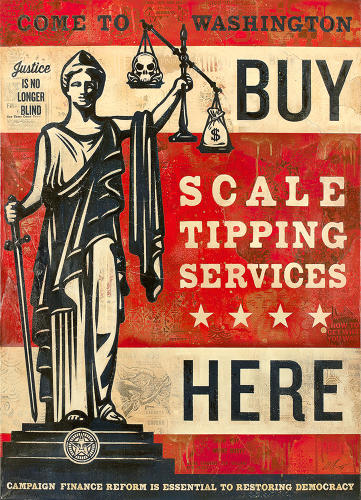
In July 2013, Fairey did a public arts project for the nonprofit L.A. Fund for Education. Fairey's design titled "Create Your Future" was one of three installments in the #ArtsMatter campaign, which was a collaborative effort with P.S. ARTS and featured the art displayed on billboards and buses across the city of Los Angeles to send the message that arts matter in schools. Again in 2015, Fairey contributed to P.S. Arts, and collaborated with Marc Phillips Decorative Rugs to create a one-of-kind rug for a benefit auction for P.S. Arts.
They Live
They Live is a 1988 American satirical science fiction horror film written and directed by John Carpenter. The film stars Roddy Piper, Keith David, and Meg Foster. It follows an unnamed drifter (referred to as "John Nada" in the film's credits) who discovers the ruling class are in fact aliens concealing their appearance and manipulating people to spend money, breed, and accept the status quo with subliminal messages in mass media. They Live is based on the 1963 short story, "Eight O'Clock in the Morning" by Ray Nelson.

At release it was number one in the box office, but sales soon suffered, though the film was nominated for two Saturn Awards. They Live has since become a cult film. The film has had a lasting impact on street art, particularly that of Shepard Fairey; its quotations have entered the popular culture, and it makes appearances on all-time lists for best fight scenes.
Banksy
Banksy is an anonymous England-based graffiti artist, political activist and film director of unverified identity. Their satirical street art and subversive epigrams combine dark humour with graffiti executed in a distinctive stenciling technique. Banksy's works of political and social commentary have been featured on streets, walls, and bridges of cities throughout the world. Banksy's work grew out of the Bristol underground scene, which involved collaborations between artists and musicians. Banksy says that they were inspired by 3D, a graffiti artist who later became a founding member of the English musical group Massive Attack.

Banksy once characterised graffiti as a form of underclass "revenge", or guerilla warfare that allows an individual to snatch away power, territory and glory from a bigger and better equipped enemy. Banksy sees a social class component to this struggle, remarking "If you don't own a train company then you go and paint on one instead." Banksy's work has also shown a desire to mock centralised power, hoping that his work will show the public that although power does exist and works against you, that power is not terribly efficient and it can and should be deceived.

Banksy's works have dealt with various political and social themes, including anti-war, anti-consumerism, anti-fascism, anti-imperialism, anti-authoritarianism, anarchism, nihilism, and existentialism. Additionally, the components of the human condition that the works commonly critique are greed, poverty, hypocrisy, boredom, despair, absurdity, and alienation. Although Banksy's works usually rely on visual imagery and iconography to put forth his message, Bansky has made several politically related comments in his various books. In summarising their list of "people who should be shot", they listed "Fascist thugs, religious fundamentalists, (and) people who write lists telling you who should be shot." While facetiously describing their political nature, Banksy declared that "Sometimes I feel so sick at the state of the world, I can't even finish my second apple pie."[159]

Several artworks by Banksy were vandalised, painted over or destroyed.
In 2008, in Melbourne, paint was poured over a stencil of an old-fashioned diver wearing a trench coat. In April 2010, the Melbourne City Council reported that they had inadvertently ordered private contractors to paint over a rat descending in a parachute adorning the wall of an old council building behind the Forum Theatre.
Many works that make up the Better Out Than In series in New York City have been defaced, some just hours after the piece was unveiled. At least one defacement was identified as done by a competing artist, OMAR NYC, who spray-painted over Banksy's red mylar balloon piece in Red Hook. OMAR NYC also defaced some of Banksy's work in May 2010.
Banksy is Back With “The Walled Off Hotel” in Bethlehem
Banksy is back with a brand new project on the streets of Bethlehem in Palestine. The mysterious artist has just opened a nine room hotel called “The Walled Off Hotel” located in an area very close to the controversial West Bank barrier which has been heavily decorated by artists.
“The Walled Off Hotel” exhibits Banksy’s typically politically charged and tongue in cheek aesthetic. Rooms include the “Presidential Suite” and “Room With A View”, while installations include “Out of Service” and “The worst view in the world”.
On a budget? Then this hotel is just for you… bunk beds are also available for just £30 a night.
























Jean-Michel Basquiat
Jean-Michel Basquiat was an American artist. Born in Brooklyn to a Haitian father and Puerto Rican mother, Basquiat first achieved notoriety as part of SAMO©, an informal graffiti duo who wrote enigmatic epigrams in the cultural hotbed of the Lower East Side of Manhattan during the late 1970s where the hip hop, post-punk, and street art movements had coalesced. By the 1980s, he was exhibiting his neo-expressionist paintings in galleries and museums internationally. The Whitney Museum of American Art held a retrospective of his art in 1992.
Basquiat's art focused on "suggestive dichotomies", such as wealth versus poverty, integration versus segregation, and inner versus outer experience. He appropriated poetry, drawing, and painting, and married text and image, abstraction, figuration, and historical information mixed with contemporary critique.
Basquiat used social commentary in his paintings as a "springboard to deeper truths about the individual",[2] as well as attacks on power structures and systems of racism, while his poetics were acutely political and direct in their criticism of colonialism and support for class struggle. He died of a heroin overdose at his art studio at age 27.
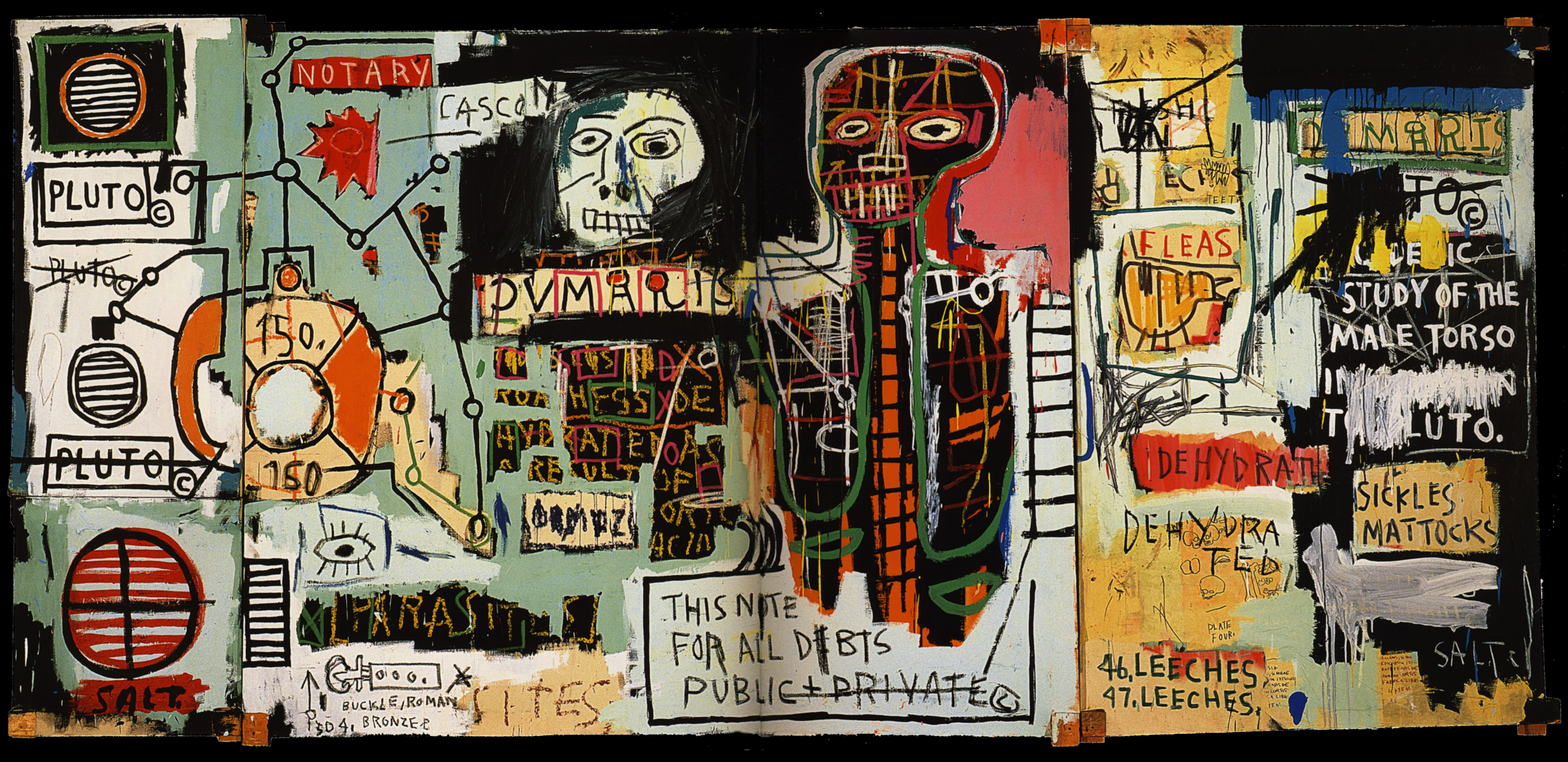
Fred Hoffman hypothesizes that underlying Basquiat's sense of himself as an artist was his "innate capacity to function as something like an oracle, distilling his perceptions of the outside world down to their essence and, in turn, projecting them outward through his creative acts."[2] Additionally, continuing his activities as a graffiti artist, Basquiat often incorporated words into his paintings. Before his career as a painter began, he produced punk-inspired postcards for sale on the street, and became known for the political–poetical graffiti under the name of SAMO. On one occasion Basquiat painted his girlfriend's dress with the words "Little Shit Brown". He would often draw on random objects and surfaces, including other people's property. The conjunction of various media is an integral element of Basquiat's art. His paintings are typically covered with text and codes of all kinds: words, letters, numerals, pictograms, logos, map symbols, diagrams and more.[31]
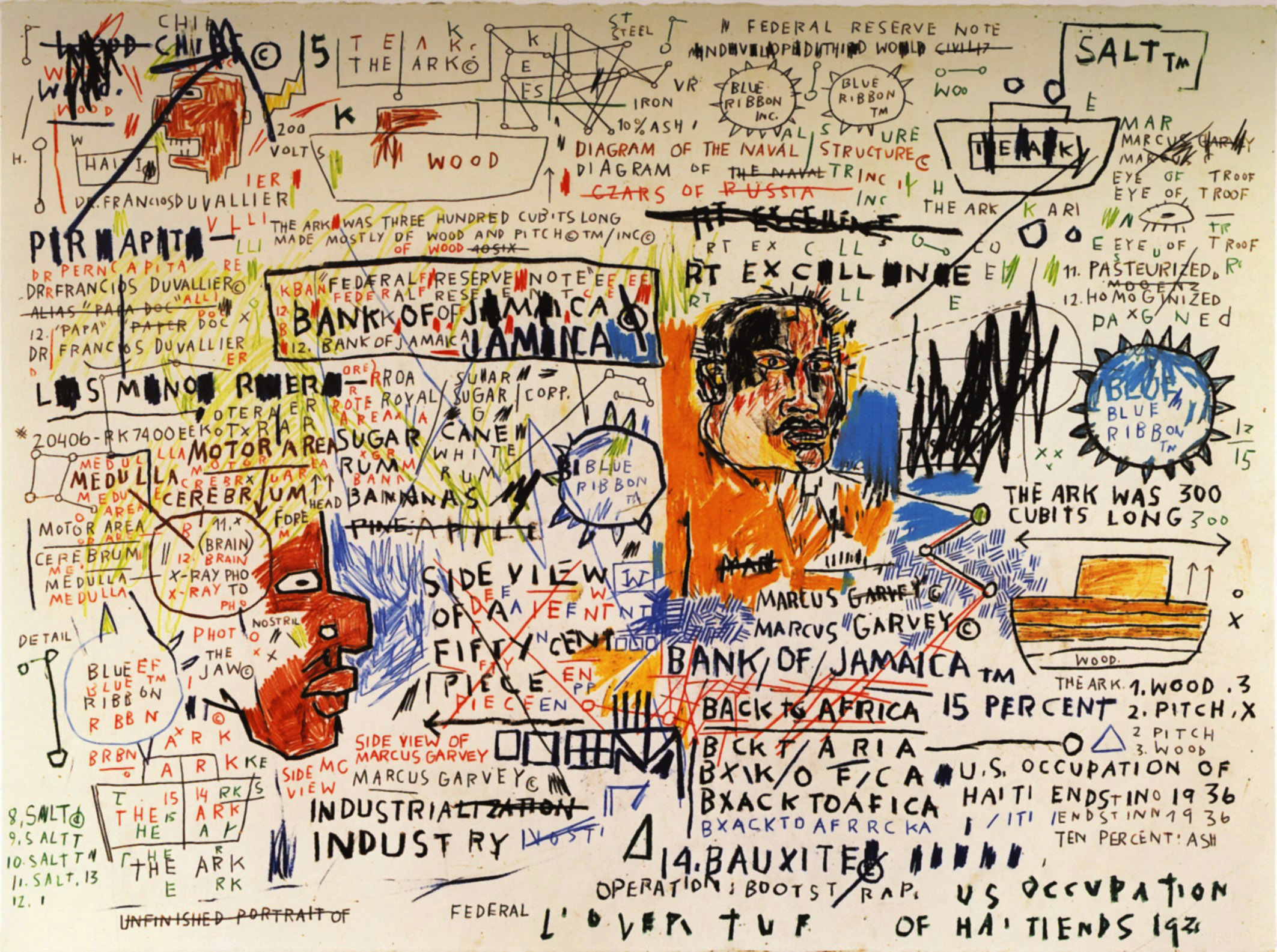
A middle period from late 1982 to 1985 featured multi-panel paintings and individual canvases with exposed stretcher bars, the surface dense with writing, collage and imagery. The years 1984–85 were also the main period of the Basquiat–Warhol collaborations, even if, in general, they were not very well received by the critics.
A major reference source used by Basquiat throughout his career was the book Gray's Anatomy, which his mother had given him while he was in the hospital at age seven. It remained influential in his depictions of internal human anatomy, and in its mixture of image and text. Other major sources were Henry Dreyfuss' Symbol Sourcebook, Leonardo da Vinci's notebooks, and Brentjes' African Rock Art.
Basquiat doodled often and some of his later pieces exhibited this; they were often colored pencil on paper with a loose, spontaneous, and dirty style much like his paintings. His work across all mediums displays a childlike fascination with the process of creating.
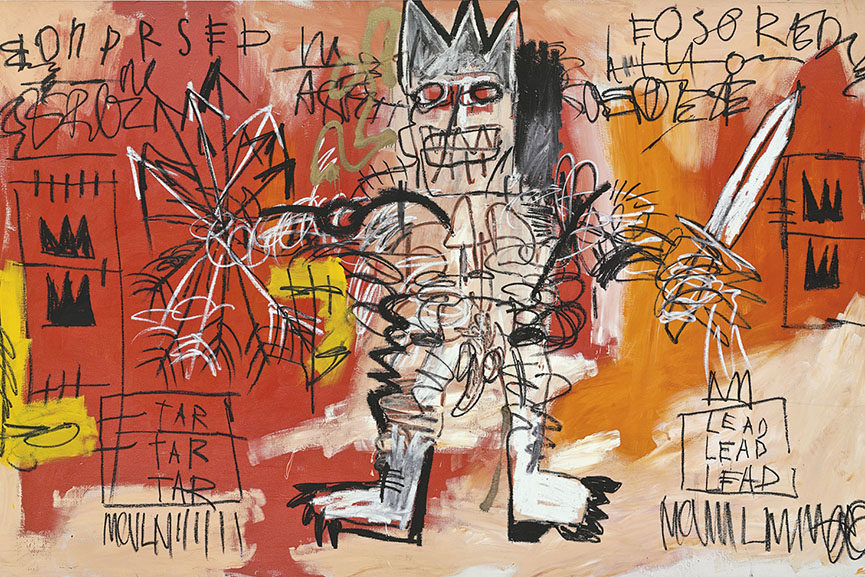
In March 1982 he worked in Modena, Italy, and from November, Basquiat worked from the ground-floor display and studio space Larry Gagosian had built below his Venice, California, home and commenced a series of paintings for a 1983 show, his second at Gagosian Gallery, then in West Hollywood.[23] He brought along his girlfriend, then unknown aspiring singer Madonna.[24] During this time he took considerable interest in the work that Robert Rauschenberg was producing at Gemini G.E.L. in West Hollywood, visiting him on several occasions and finding inspiration in the accomplishments of the painter.[23] In 1982, Basquiat worked briefly with musician and artist David Bowie.
Keith Haring
Keith Allen Haring (May 4, 1958 – February 16, 1990) was an American artist and social activist whose work responded to the New York City street culture of the 1980s by expressing concepts of birth, death, sexuality, and war.
Haring's work was often heavily political[3] and his imagery has become a widely recognized visual language of the 20th century.
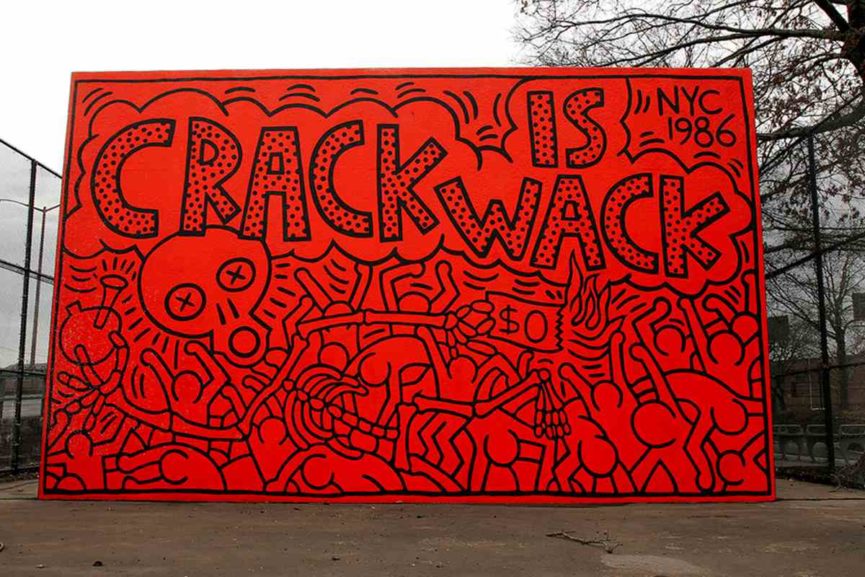
Haring is the subject of a composition, Haring at the Exhibition, written and performed by Italian composer Lorenzo Ferrero in collaboration with DJ Nicola Guiducci. The work combines excerpts from popular chart music of the 1980s with samples of classical music compositions by Lorenzo Ferrero and synthesized sounds. It was featured at "The Keith Haring Show",[34] an exhibition which took place in 2005 at the Triennale di Milano.
In 2006, Keith Haring was named by Equality Forum as one of their 31 Icons of the LGBT History Month.
In 2008, filmmaker Christina Clausen released the documentary The Universe of Keith Haring. In the film, the legacy of Haring is resurrected through colorful archival footage and remembered by friends and admirers such as artists Kenny Scharf and Yoko Ono, gallery owners Jeffrey Deitch and Tony Shafrazi, and the choreographer Bill T. Jones.
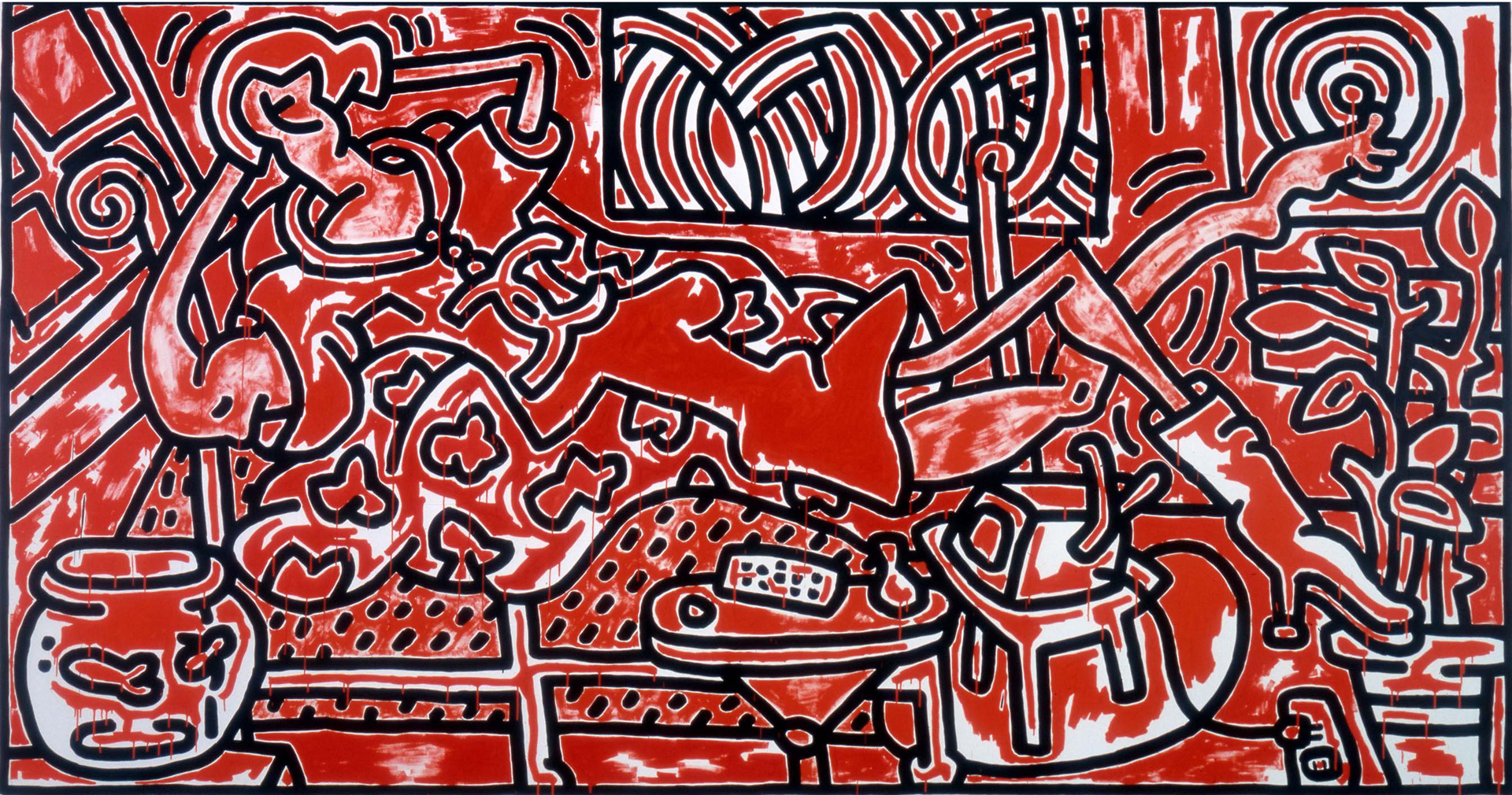
Madonna, who was friends with Haring during the 1980s, used his art as animated backdrops for her 2008/2009 Sticky and Sweet Tour. The animation is standard Haring featuring his trademark blocky figures dancing in beat to an updated remix of "Into the Groove".
Keith Haring: Double Retrospect is a monster sized jigsaw puzzle by Ravensburger measuring in at 17' x 6' with 32,256 pieces, breaking Guinness Book of World Records for the largest puzzle ever made. The puzzle uses 32 pieces of work from Haring and weighs 42 pounds.
On May 4, 2012, on what would have been Haring's 54th birthday, Google honored him in a Google Doodle.
Haring designed the album cover for the A Very Special Christmas music compilation album which consists of a typical Haring figure holding a baby. Its "Jesus iconography " is considered unusual in modern rock holiday albums.
Haring had a balloon in tribute to him at the Macy's Thanksgiving Day Parade. The balloon slammed into the NBC broadcast booth during the 2008 parade, and the program went off the air for a moment.
A. R. Penck
Ralf Winkler, alias A.R. Penck (born 5 October 1939) is a German painter, printmaker, sculptor, and jazz drummer.
He was born in Dresden, Germany, and studied together with a group of other neo-expressionist painters in Dresden. He became one of the foremost exponents of the new figuration alongside Jörg Immendorff, Georg Baselitz and Markus Lüpertz. Under the East German communist regime, they were watched by the secret police and were considered dissidents. In the late 1970s they were included in shows in West Berlin and were seen as exponents of free speech in the East. Their work was shown by major museums and galleries in the West throughout the 1980s. They were included in a number of important shows including the famous Zeitgeist exhibition in the well-known Martin Gropius Bau museum and the important New Art show at the Tate in 1983.
In the 1980s he became known worldwide for paintings with pictographic, neo-primitivist imagery of human figures and other totemic forms. He was included in many important shows both in London and New York City.

Penck's sculptures, though less familiar, evoke the same primitive themes as his paintings and drawings. They use common everyday materials such as wood, bottles, cardboard boxes, tin cans, masking tape, tinfoil, and wire, and are crudely painted and assembled. Despite their anti-art aesthetic and the rough-and-ready quality of their construction, they have the same symbolic, archetypal anthropomorphic forms as his flat symbolic paintings. The paintings are influenced by Paul Klee's work and mix the flatness of Egyptian or Mayan writing with the crudity of the late black paintings by Jackson Pollock. The sculptures are often reminiscent of the stone heads of Easter Island and other Oceanic art.
A keen drummer, he was a member and with Frank Wollny co-founder of the free jazz group Triple Trip Touch (aka T.T.T. or TTT) and took every opportunity to play with some of the best Jazz musicians of the late 1980s including Butch Morris, Frank Wright, Billy Bang, Louis Moholo and Frank Lowe, organising events at his country mansion in Heimbach in 1990 involving installations by Lennie Lee, performances by Anna Homler and paintings by Christine Kuhn.
A.R. Penck lives and works in Berlin, Düsseldorf, Dublin and New York City.
David Walker
David Walker is an English street artist and clothing designer.[1] Over the course of a few years he has developed a signature style using multi-layering, photo-realism, scrawled lines and many different colors of spray paint.[2] His art often incorporates images of women. Walker has painted buildings in many locations, such as New York City, Hong Kong, Bali, Lisbon, and Berlin. His first major solo show was “Brides on Fire” which was presented at the Rook and Raven Gallery in January 2012. His work has become highly collectible.[2]
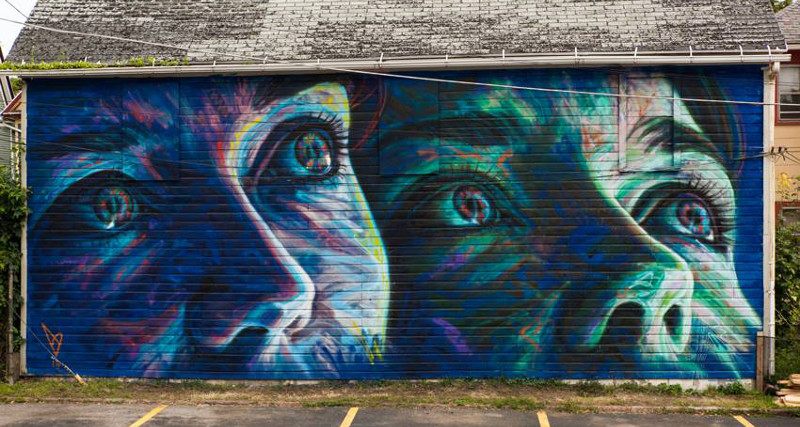
Walker's first job was creating T-shirt designs for The Prodigy, an English electronic dance music group, which eventually led him to create his own streetwear label "Subsurface".
Element Skateboards
Element Skateboards is an American skateboard company, founded in 1992 by Johnny Schillereff, that manufactures skateboard decks, apparel, and footwear. In 2014 Element created and moved to The Branch, a creative space in Costa Mesa, California, United States.














.jpg)



Crytocurrency Branding Design
A selection of branding and logos by some of the best known crytocurrencies on the market today:


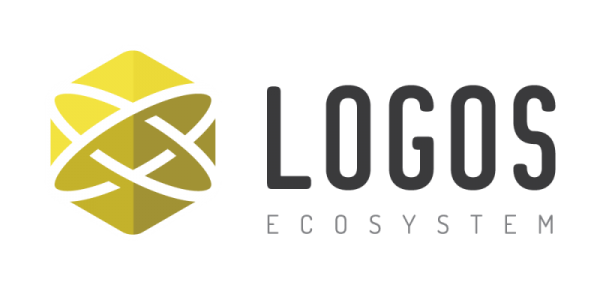




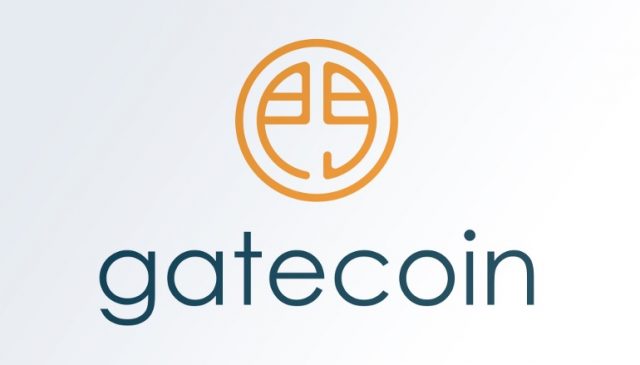

Feng Shui Prosperity / Wealth / Money
If you want to significantly increase your wealth and if you think that Feng Shui might provide the answer, then you need to read this entire article.
I am a 3rd generation Feng Shui expert and my advice has helped thousands of people improve their wealth through Feng Shui.
Prosperity Corner Overview
Based upon the principles of Feng Shui, when improvements are made to the Prosperity corner of your surroundings in combination with improvements made to complementing areas, you can start to see real results to your wealth and income.
I’m not talking about the kind of money to put food on the table or to keep you from going underwater with your mortgage. I’m talking about the type of wealth that you can retire with.
Best Colors: Purple, Green, Gold, & Red
Here are some of the best money items you can place in your Wealth / Prosperity / Money corner to stimulate positive Feng Shui.
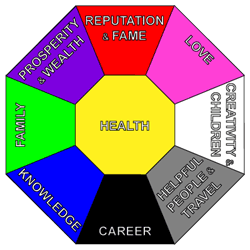
The Color Purple In Feng Shui, purple is the best color to stimulate and increase your abundance. Historically-speaking, purple was the hardest color to make, so only royalty wore purple to show that they were wealthy. Hang purple curtains on your windows or have a purple throw blanket on furniture that you may have in this corner. Alternatively, you can use a purple vase that can work as your Prosperity Vase, where you can put money in everyday as you are imagining this money growing like magic beans into a huge money tree that will take you to that giant in the sky.

The Midas Touch Gold is another wealth color in Feng Shui. Do I really need to explain why? In your Prosperity corner you could have gold coins, gold jewelry, or gold frames with photos of people or family members whose wisdom and financial success you admire. If you admire a wealthy figure, such as Bill Gates or Warren Buffet, you could place a picture of such a person in the corner of your home or office. Alternatively, you could have figurines of golden-laced guardian angels or saints.

Name Ideas
Shock Coin
Cash Cow
Golden Nuggets
Nuggets
Nug
Gold
AU
Gould
Gold Dinar (Gaddafi's Currency)
Gaddafi
Kadafi
Anti Trump Coin
Anarchy Coin
Wonga
Palladium Coin
Plutonium Coin
Tritium Coin
Anti Matter (Most valuable substance in existence worth $6.25 Trillion per gram)
Coinage
Age Coin
Echo Coin
Tornado Coin
Paradox Coin
AltCoin
FlipCoin
Tsunami Coin
HurricanCoin
Crown Coin
List Of Ancient Currencies
Ancient Lydia,
Stater (electrum and silver),
Trite (coin) (electrum third of a stater),
Hekte (electrum sixth of a stater),
Lydian coin,
Ancient Persia,
Daric (gold),
Sigloi (silver),
Aeginian stater (silver),
Corinthian stater (silver),
Athenian drachma (silver),
Stater (silver),
Tetradrachm (silver),
Drachma (silver),
Ancient Rome,
Antoninianus,
Argenteus (silver),
Aureus (gold),
Denarius (silver),
Dupondius (bronze),
Follis,
Sestertius (bronze),
Solidus (gold),
Talent (silver, gold),
Tremissis (gold),
Qiran - Iran,
Ruble - Tajikistan,
Rupee,
Javan rupee,
Ryō - Japan,
Tibetan skar,
Tibetan srang,
Tibetan tangka,
Akçe,
Daler,
Rigsdaler - Denmark and Norway,
Rijksdaalder - Netherlands,
Riksdaler - Sweden,
Speciedaler - Norway,
Dinar,
Lira,
Livre,
Karbovanets - Ukraine,
Marka - Poland,
Ruble - former Soviet Union,
Lucid Coin Final Decision
Lucid means; clear and easy to understand (In the marketing this is what I hope to achieve)
A Lucid Dream - Is a dream during which the dreamer is aware of dreaming, consequently the dreamer may be able to exert some degree of control over the dreams characteristics. (We are making the public aware of the dream the banks and the governments have forced them to believe, in doing so we give them back the control)
Potential Coin Icon - Dreamcatcher.
Tagline Ideas
Crystal Clear Currency
Revolutionizing Money
The Future Of Money Is Clear
Giving The Power Back To You
Apprehensible Crypto Currency
Straight Forward Money
The Imminent Investment
Clear Cut Investment
Waking Up From The Dream
Cryptocurrency Clarity
Wake Up To The Future
Freedom In Currency
The Revolution Of Money Made Clear
The Clarity Of The Future
Its Time To Wake Up
Take Control Of Your Money
Change To Freedom
Change Money
Change Currency
The Change Of The Future
Change To The Future
Progress Is Impossible Without Change
Change Your Thoughts, Change The World
Change Your Currency
Change For Change
Freedom Is Free
Inevitable Change
Change Is Constant
Who Needs Money, When You Have Change
Change The World
Exchange For Change
Its Time To Change
It Takes Change To Make Change
Migrate to Accumulate
Change State To Accumulate
Eradicate The Middle Man, To Accumulate & Generate
Liberate & Accumulate
Don't Underestimate What You Can Accumulate
Speculate To Accumulate
Wake Up & Smell The Coffee
Nothing Changes If Nothing Changes
Liberate & Accumulate
Branding
Bellow i am experimenting with different type faces:

Connecting to the meaning of Lucid Dreams, I felt dream catchers could be good inspiration for design:


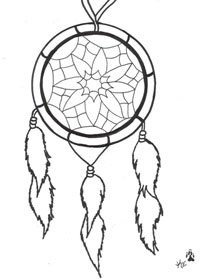























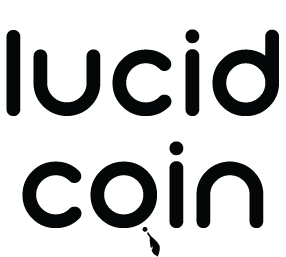
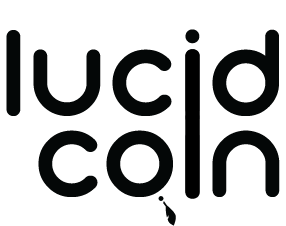
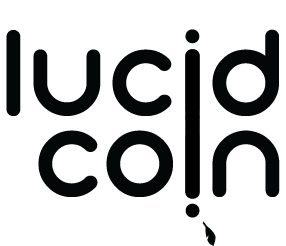
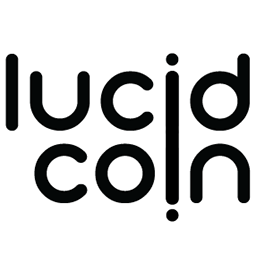
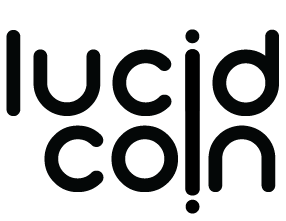

















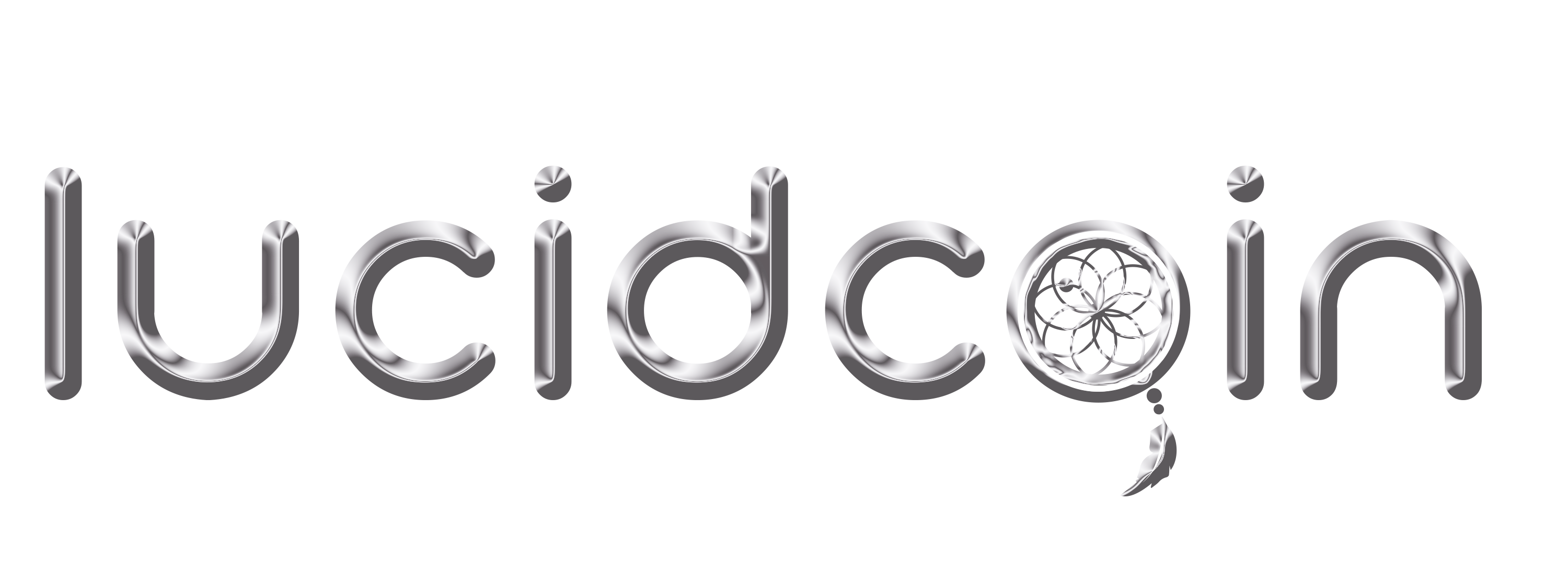
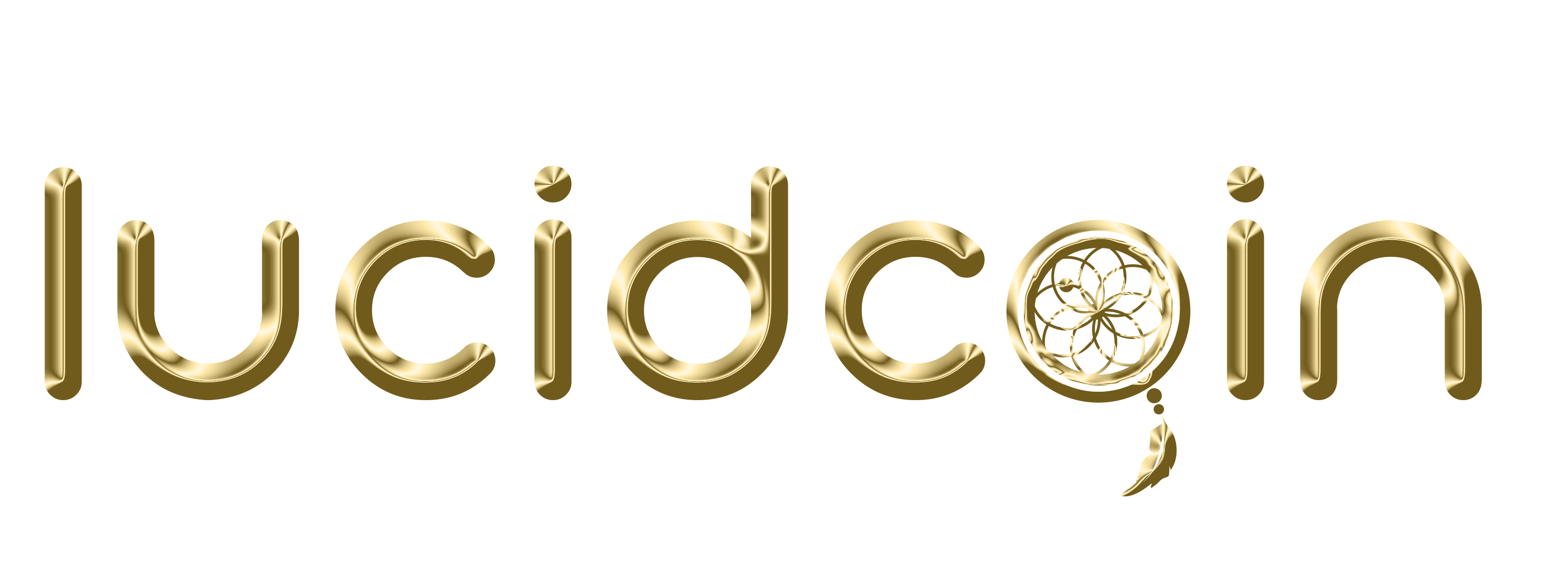
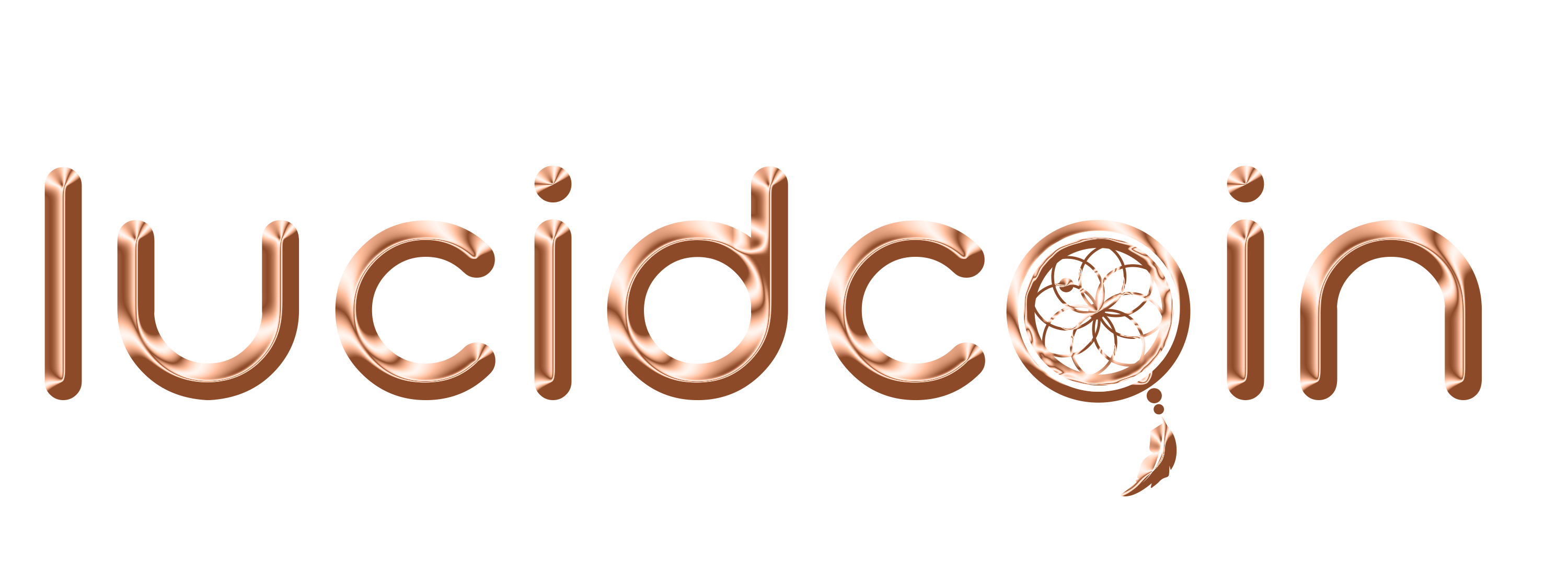

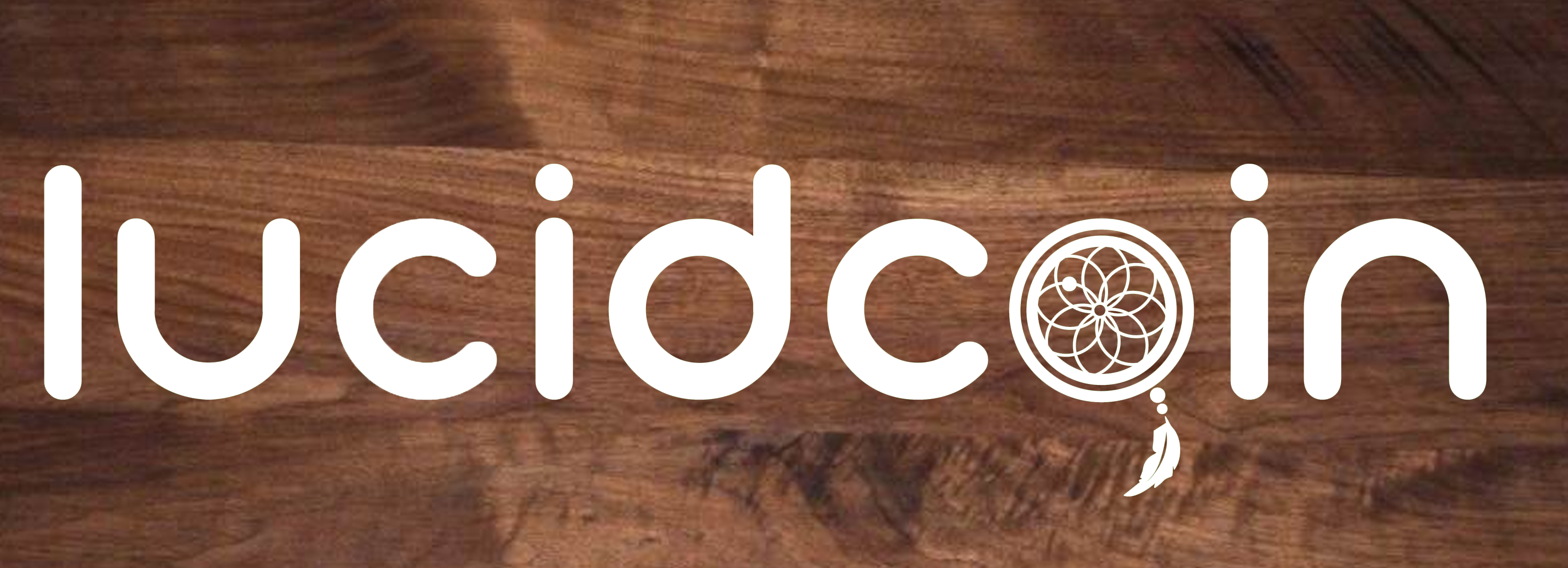
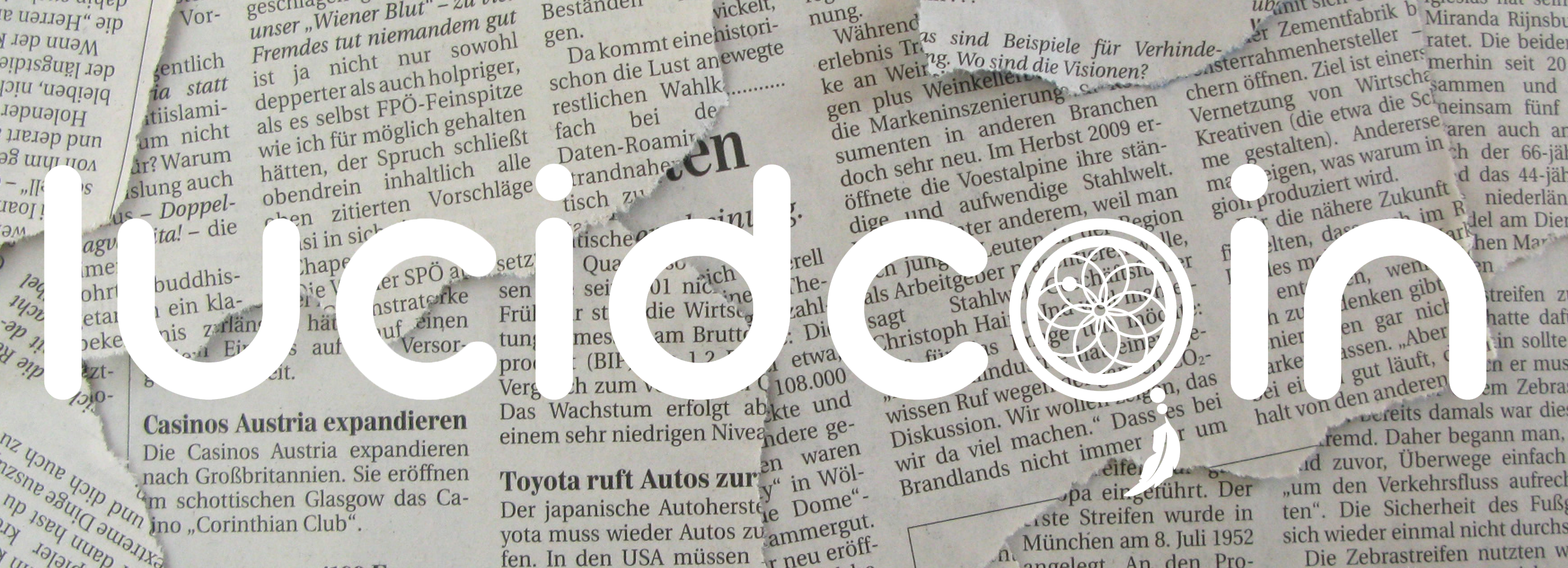

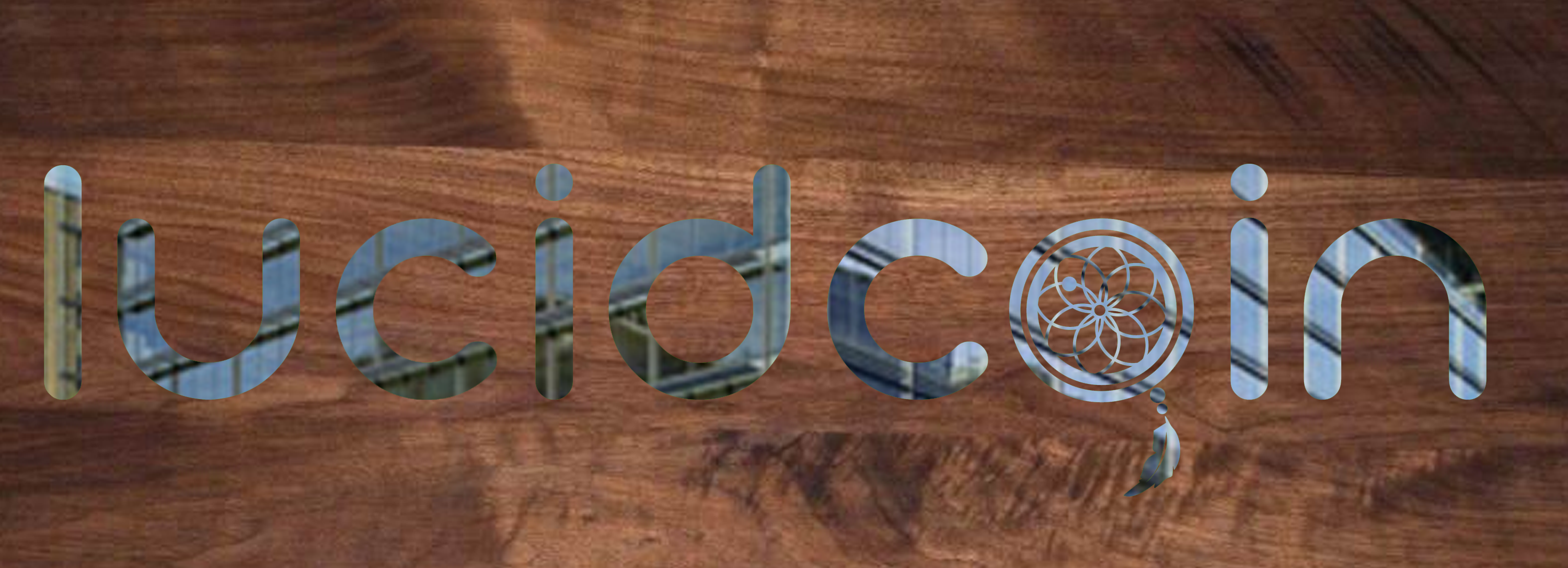
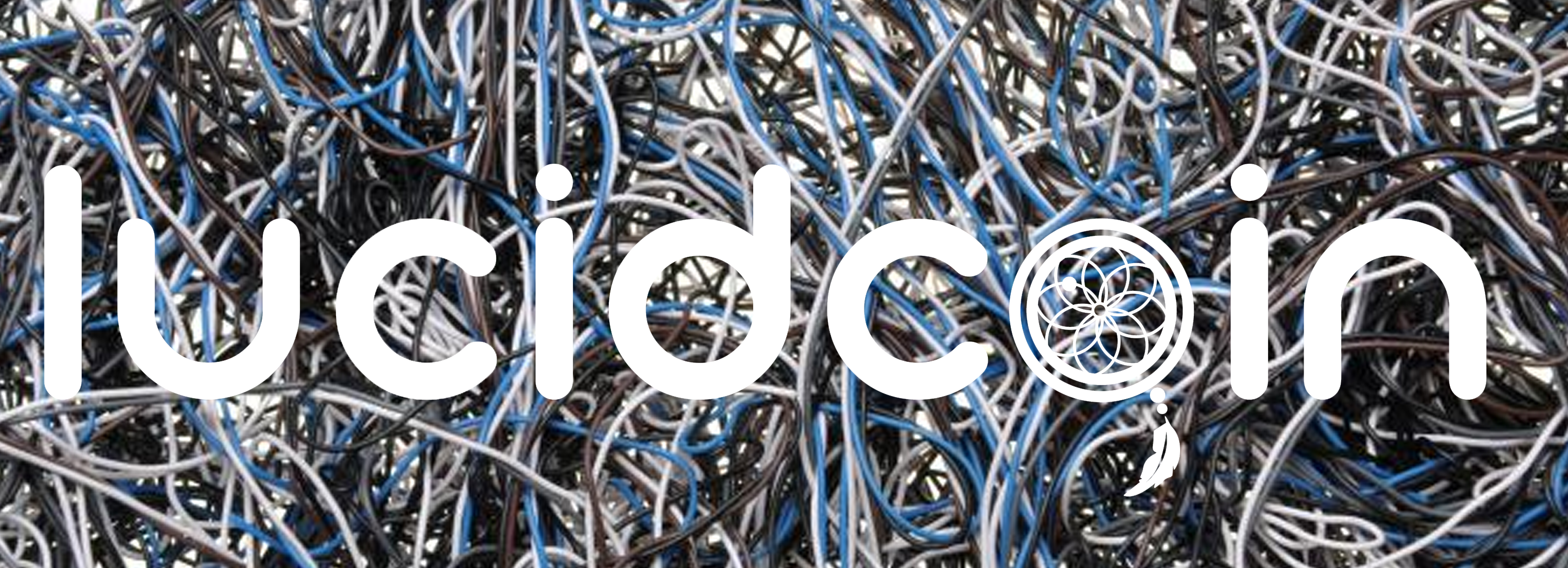
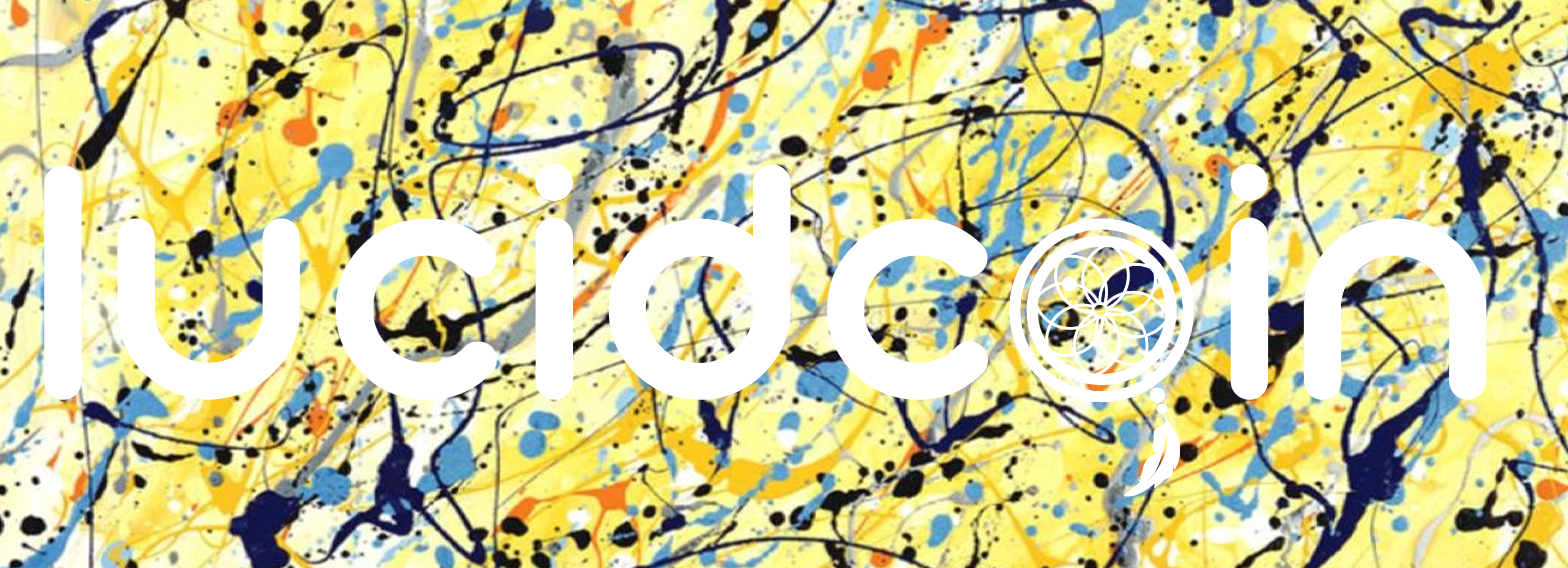
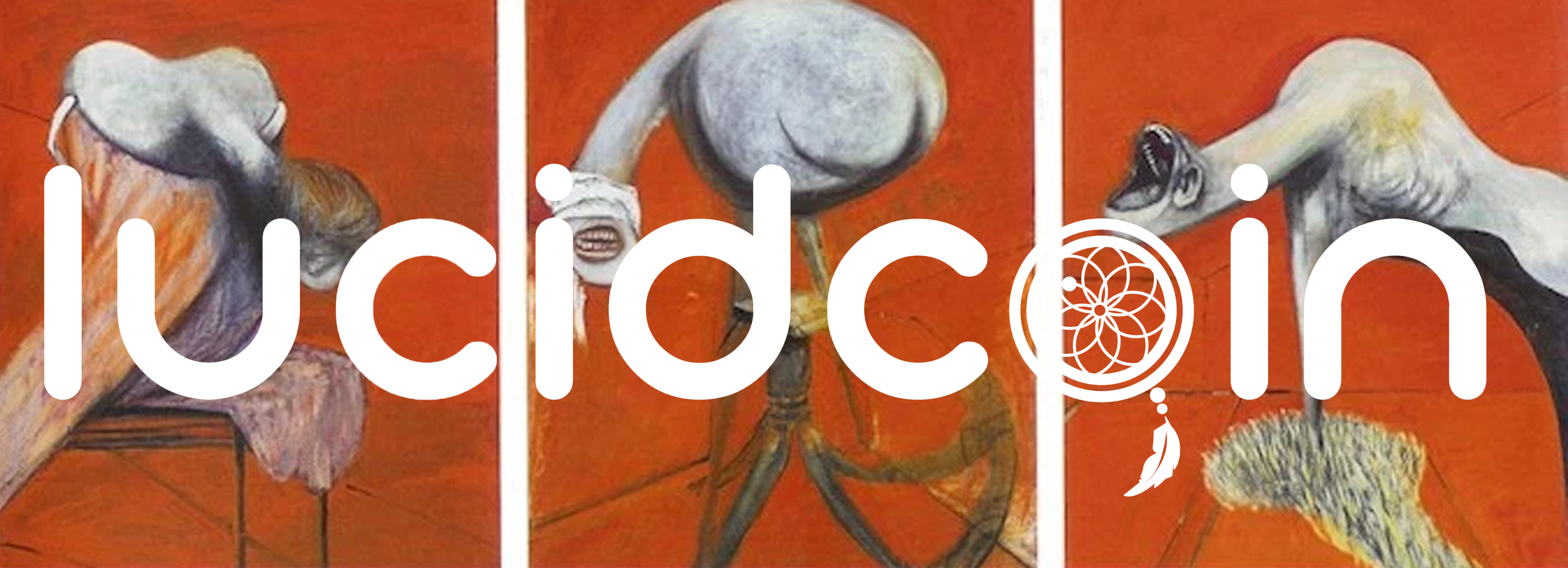
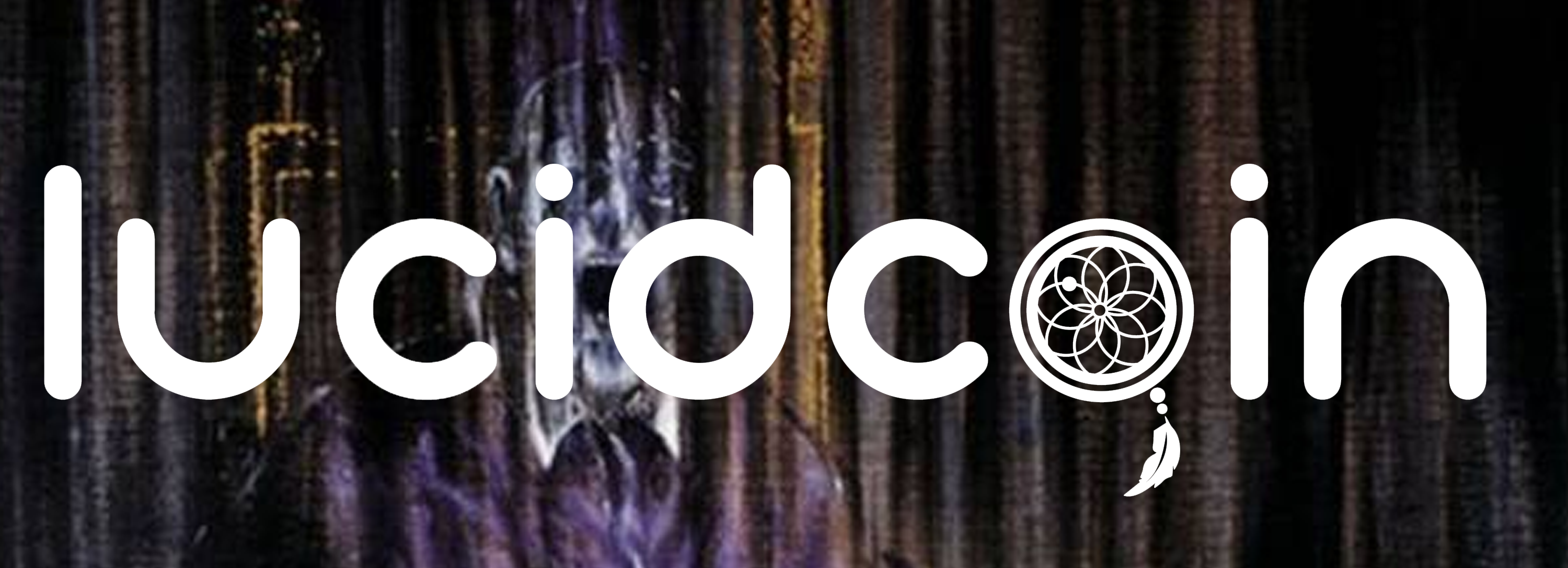
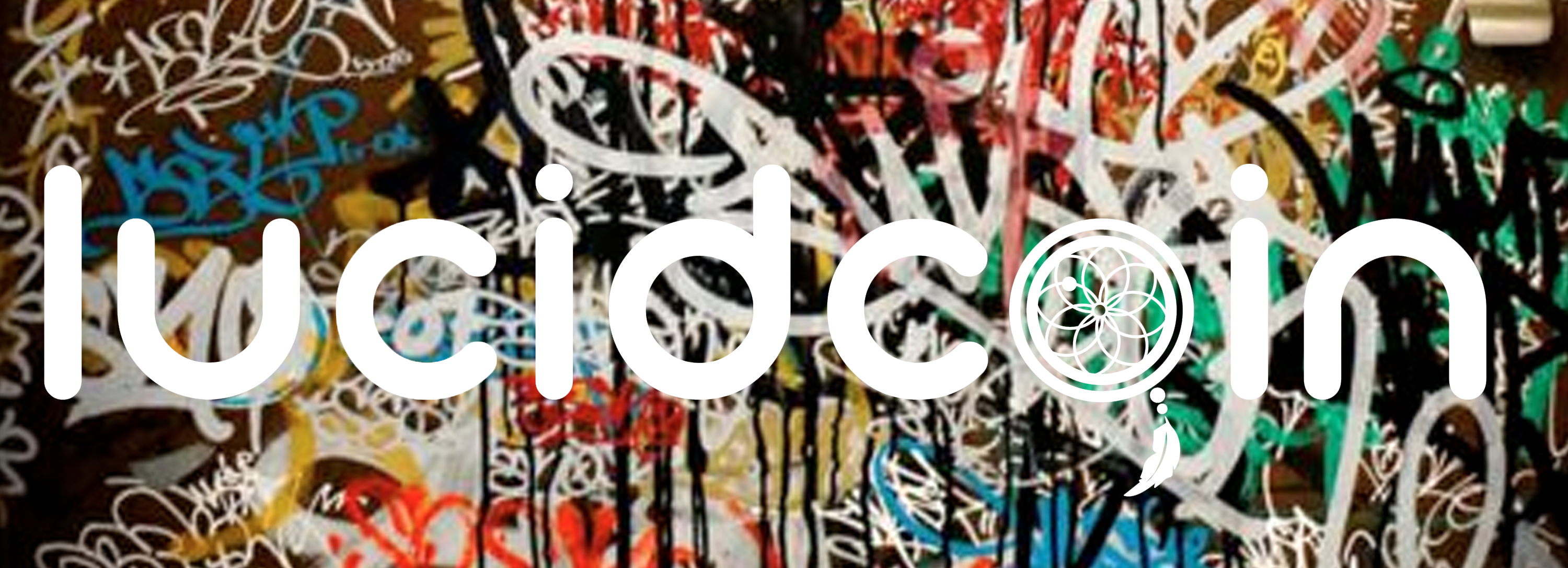
Potential Colour Pallets













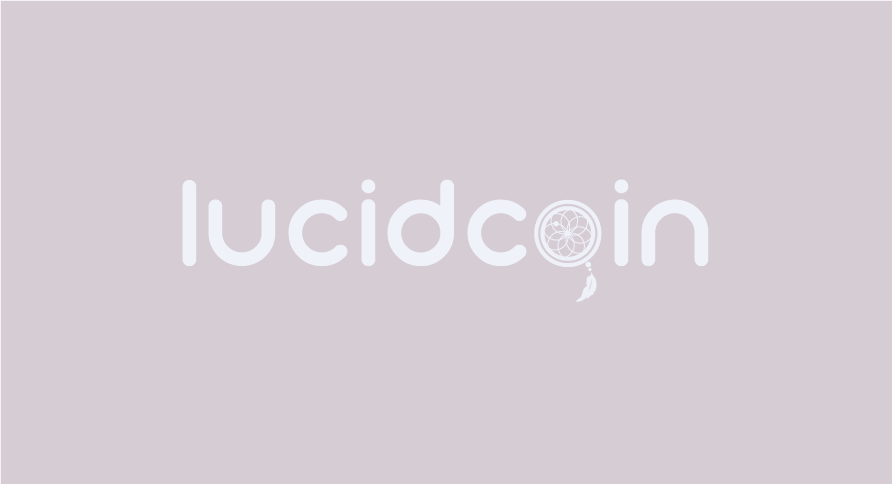
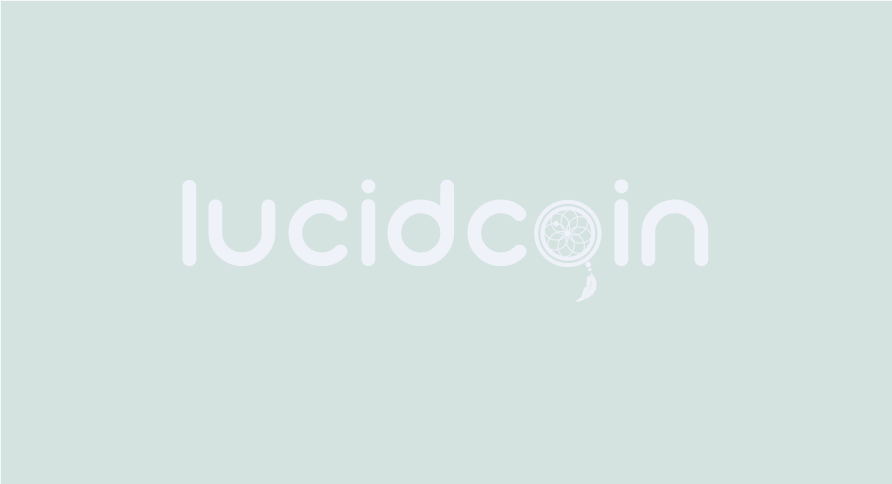
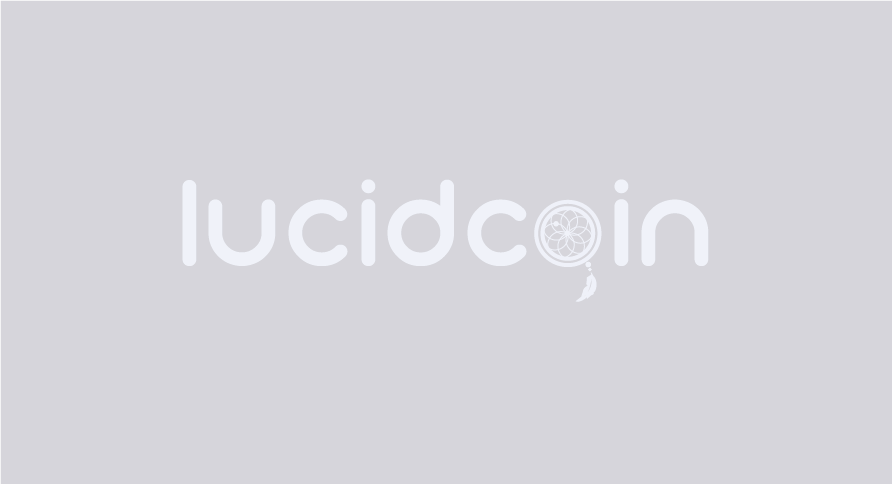
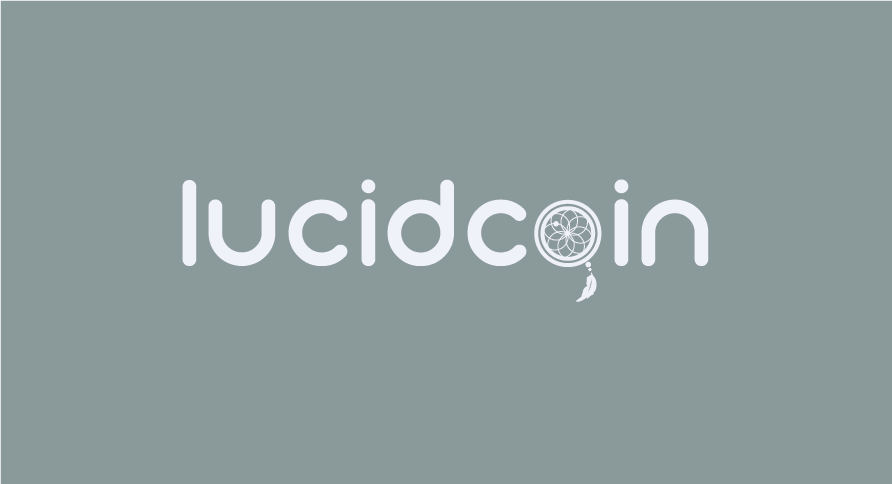
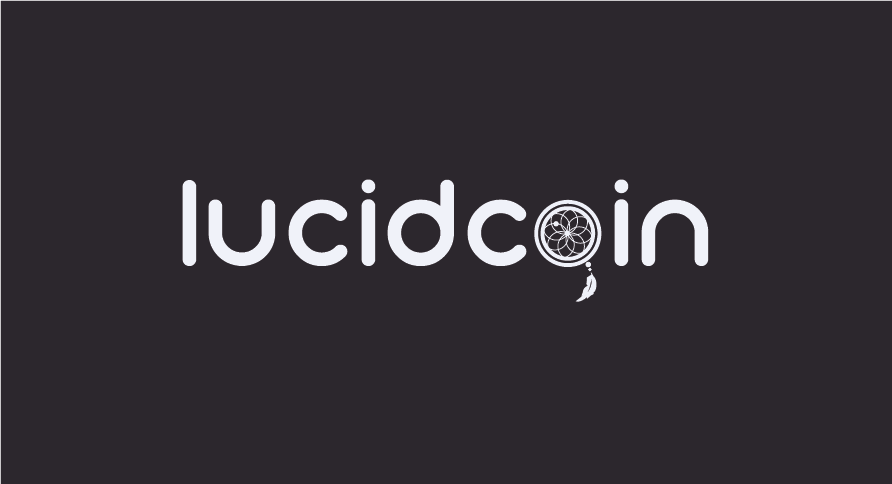
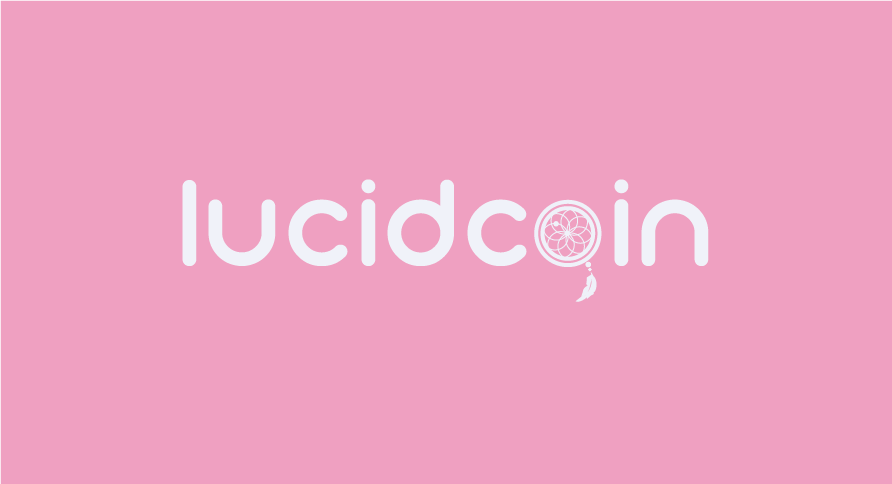
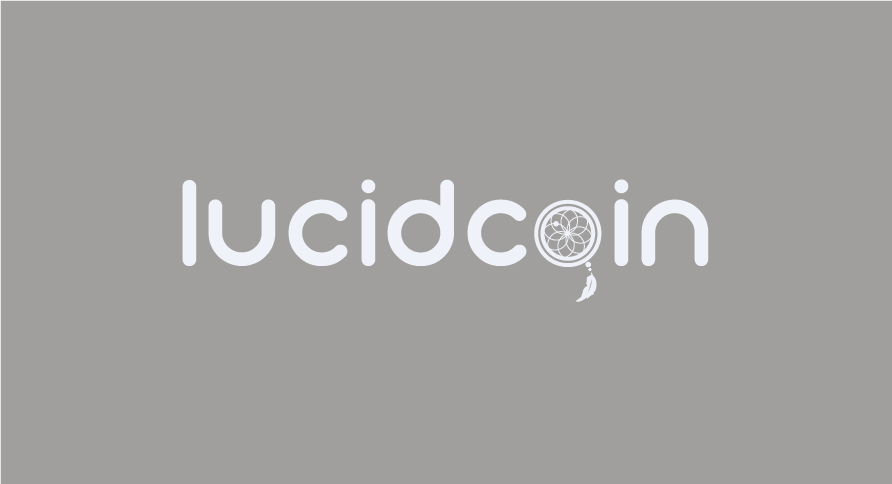
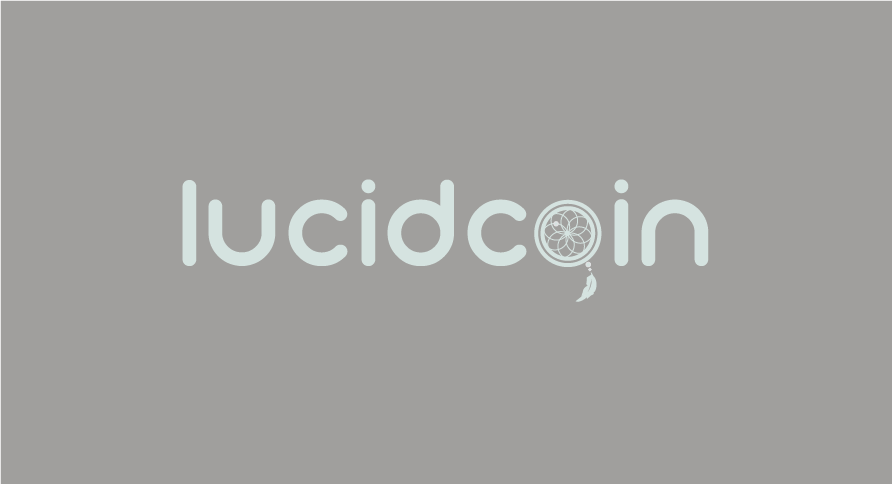
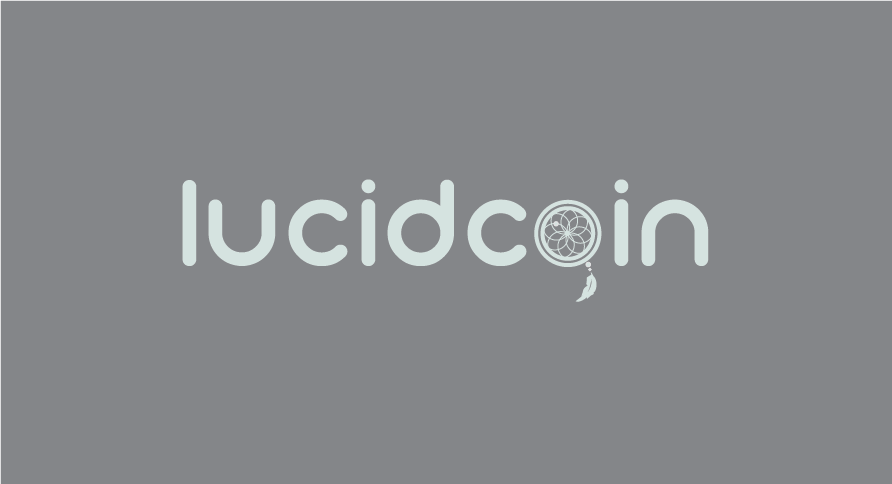
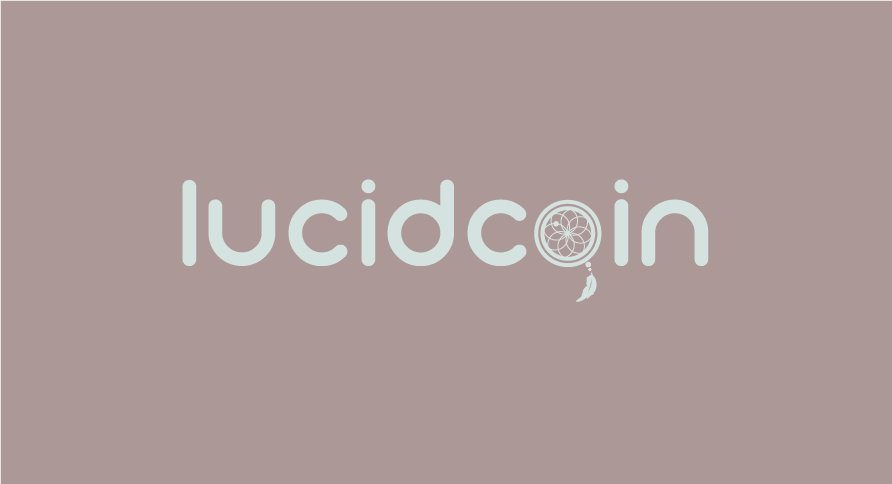
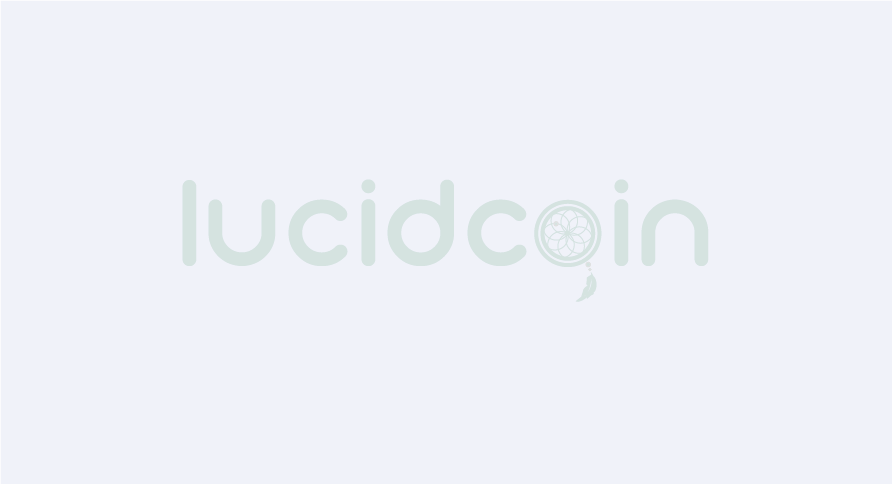
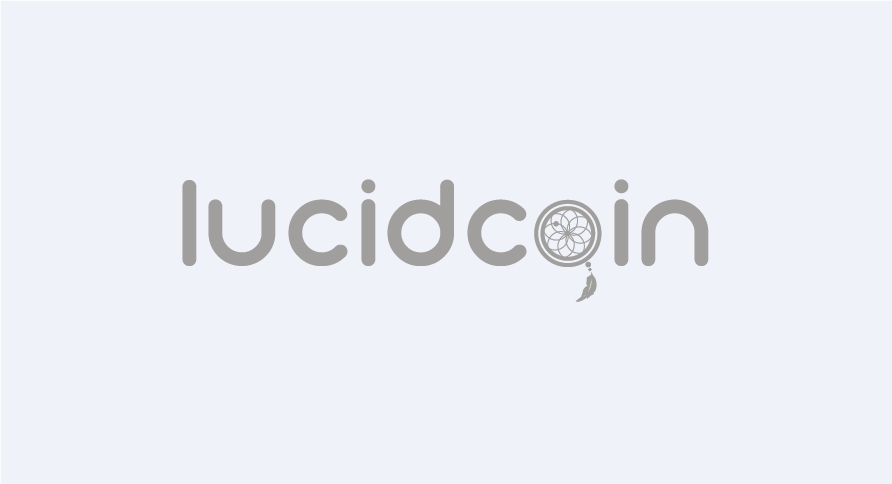
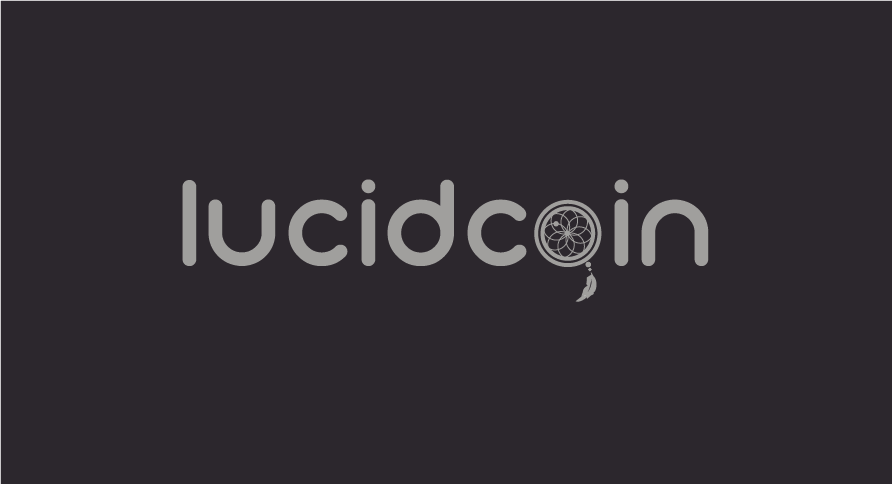
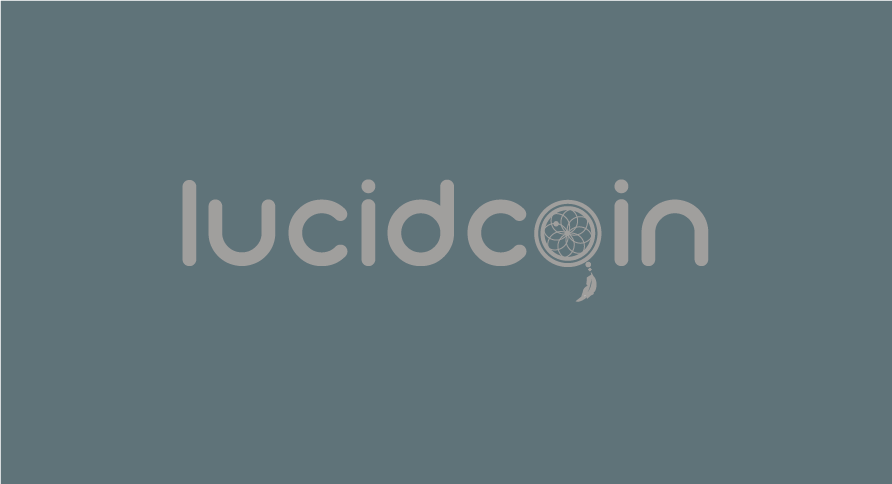
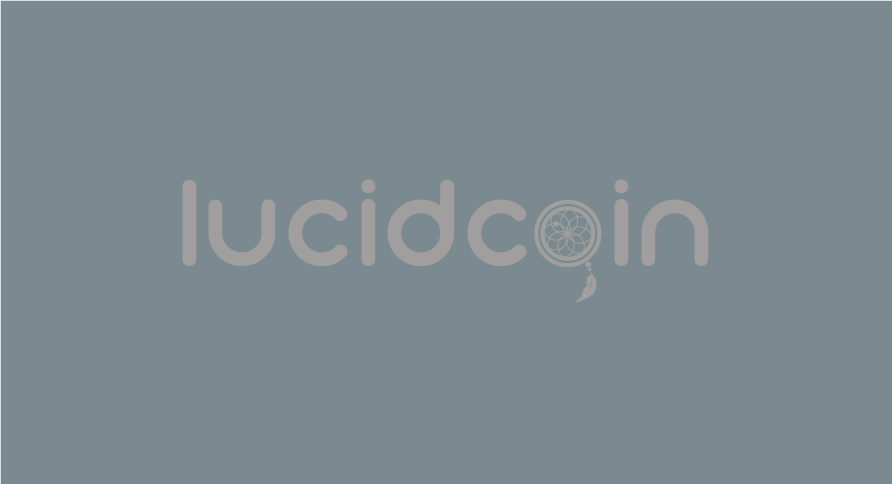
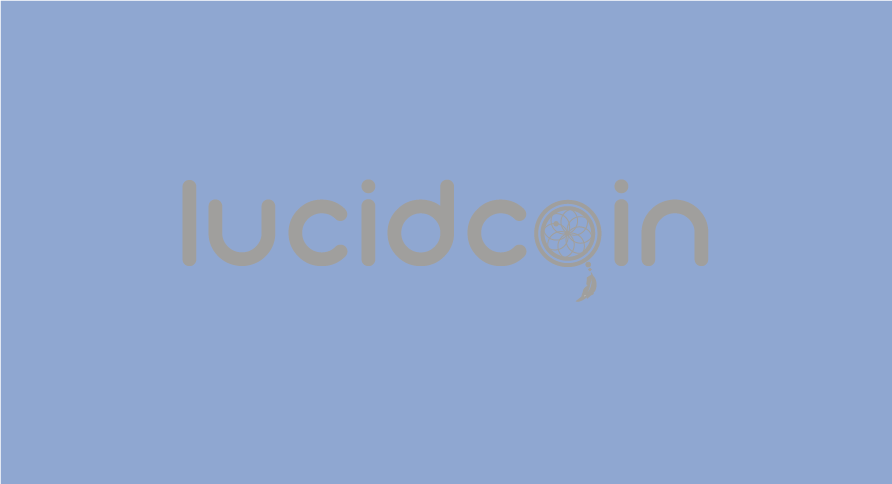
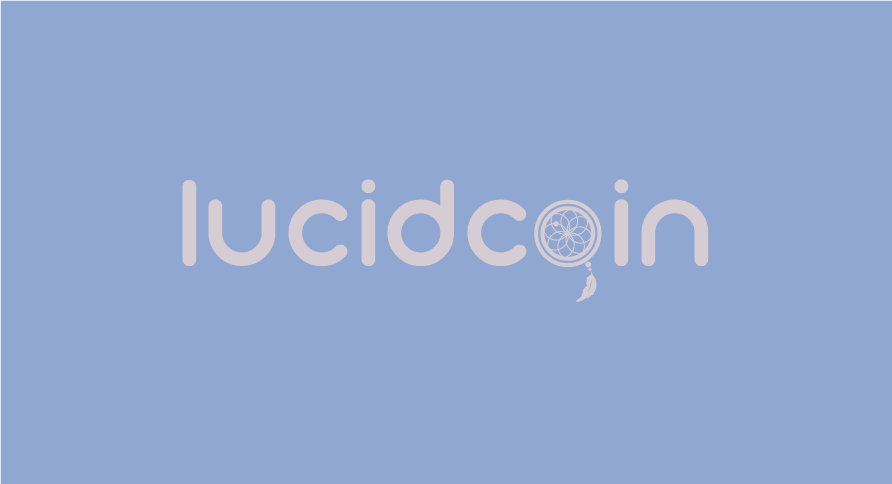
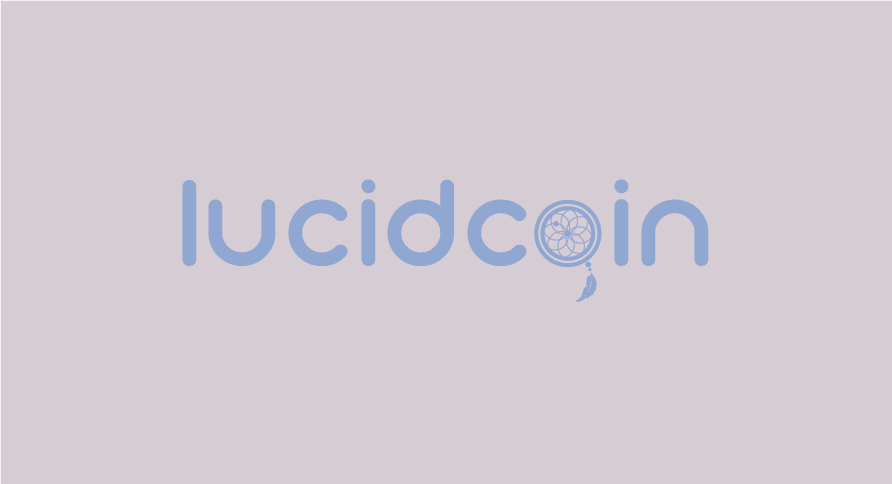

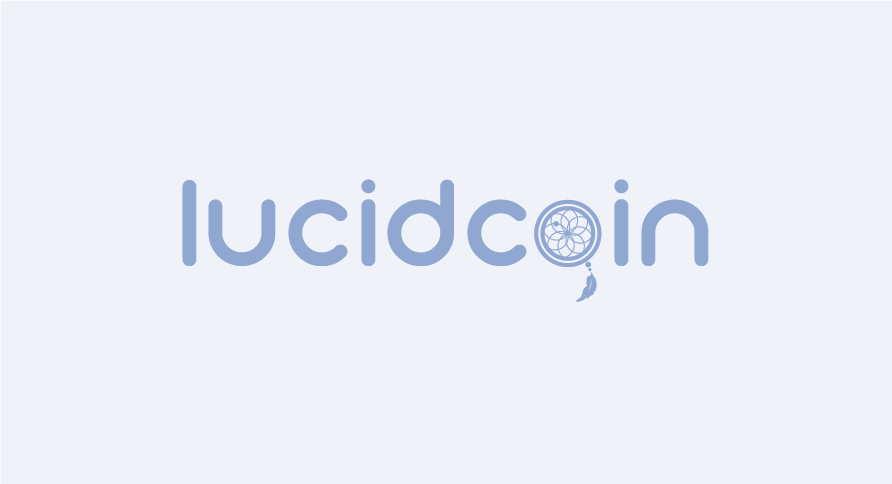
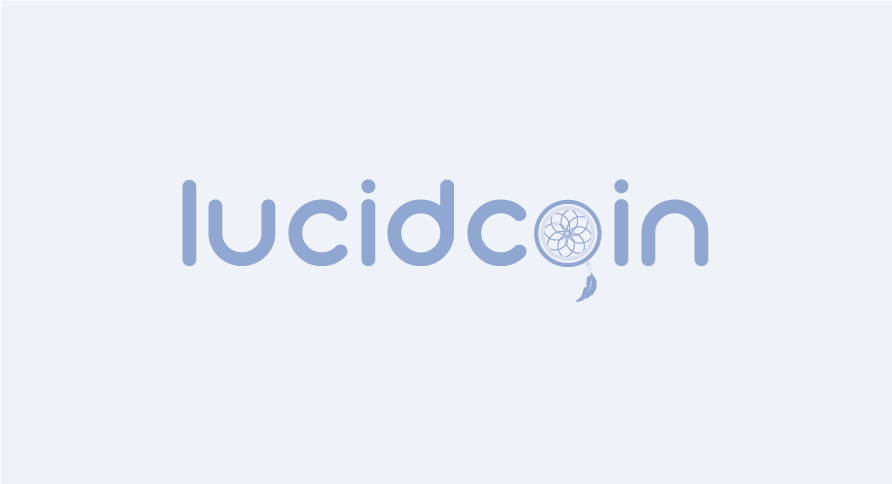
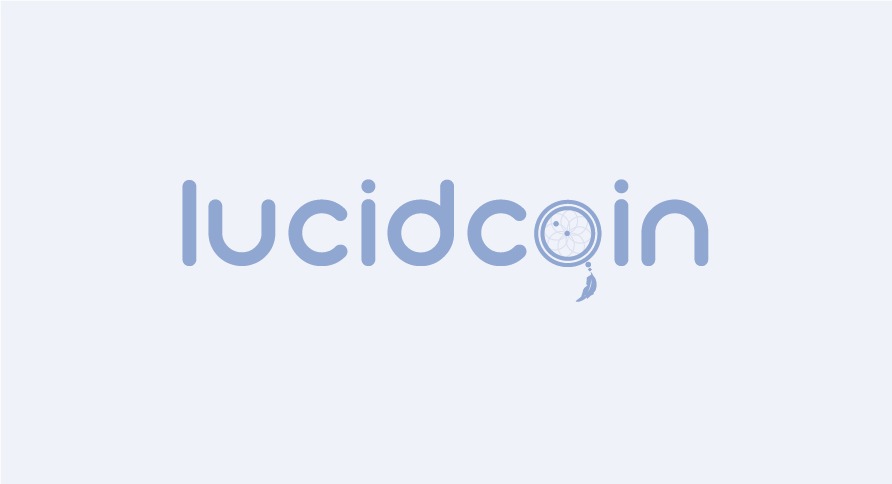
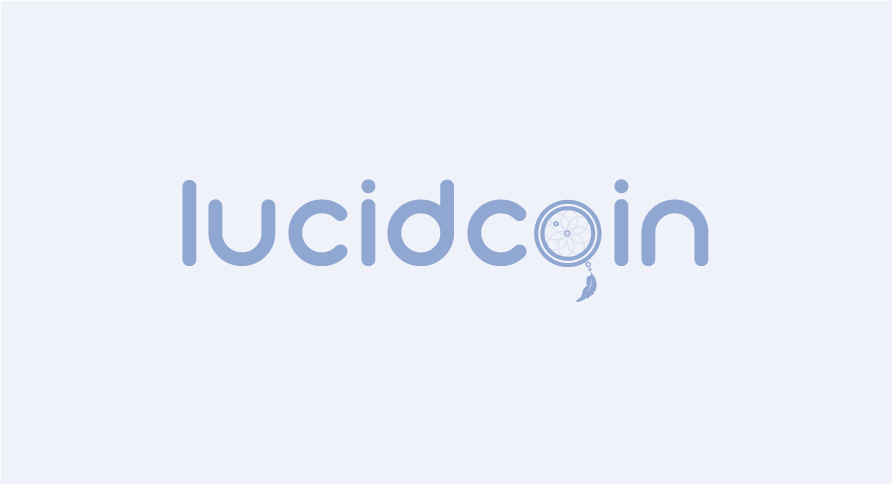
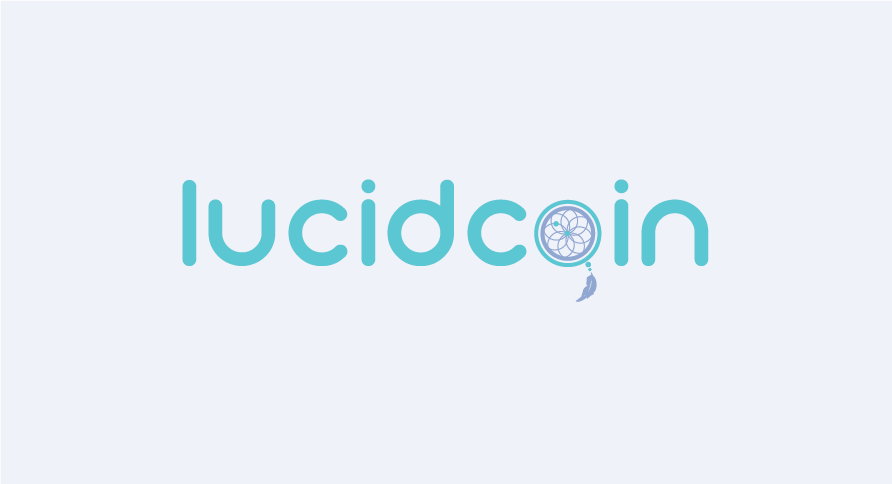
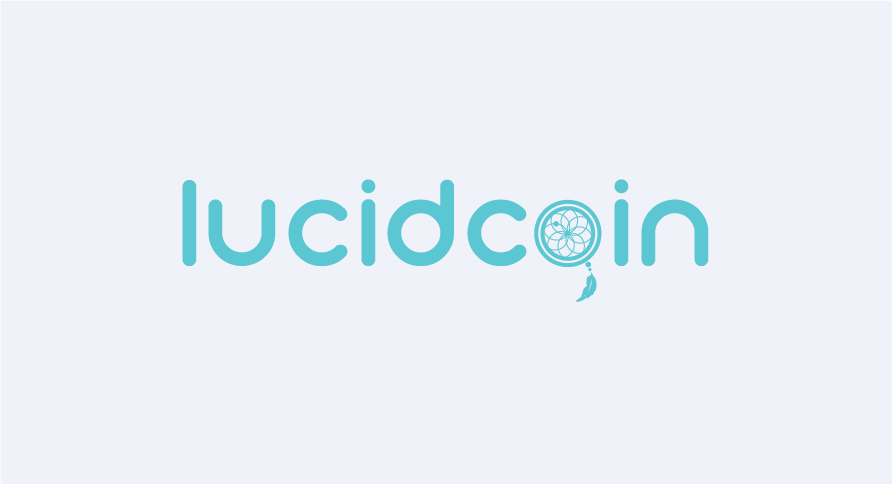
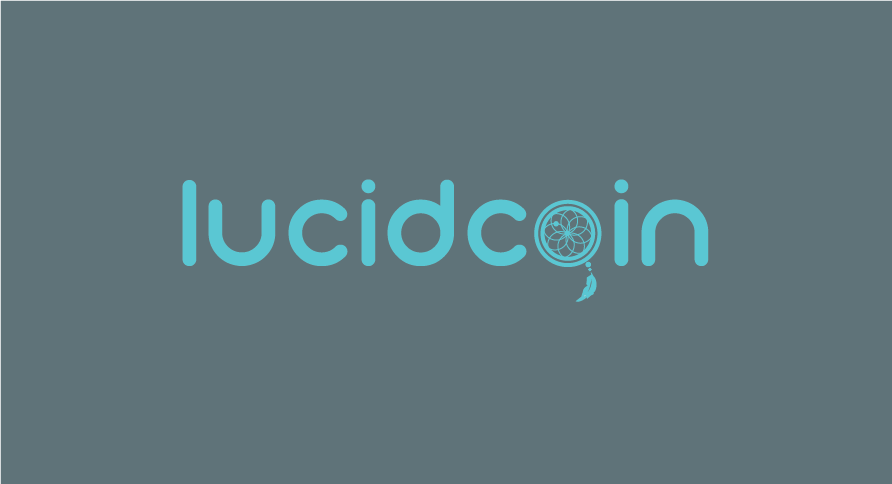
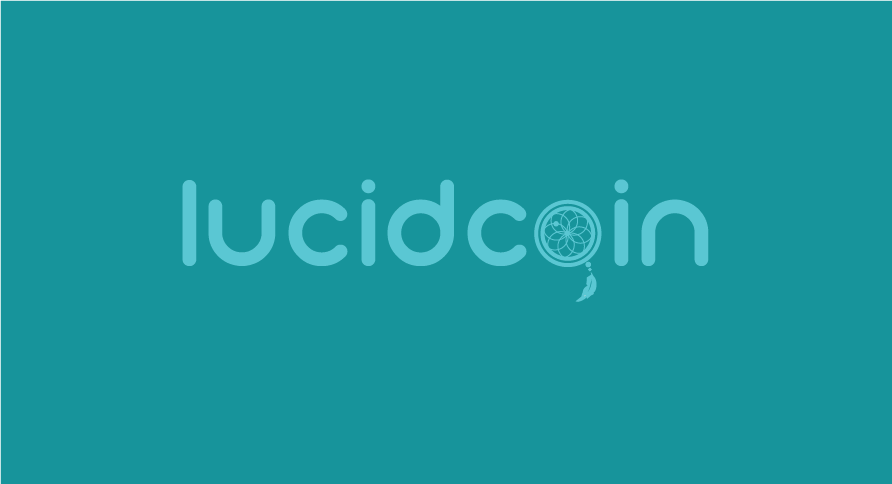

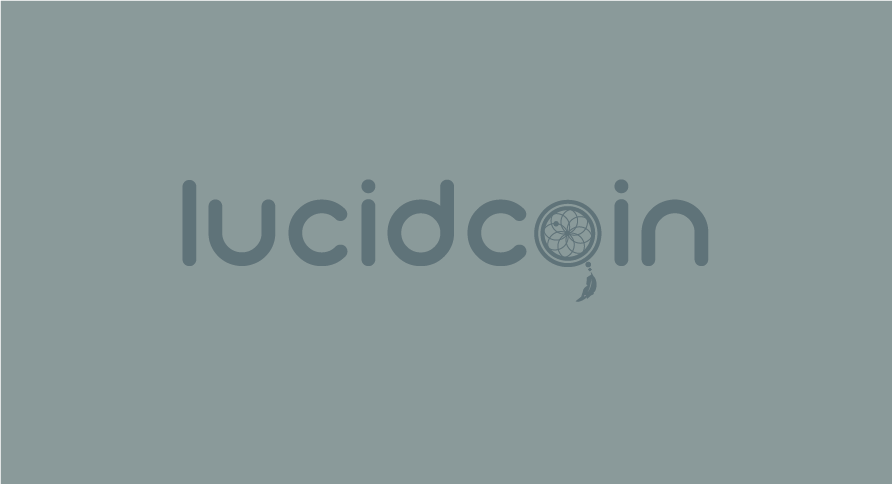
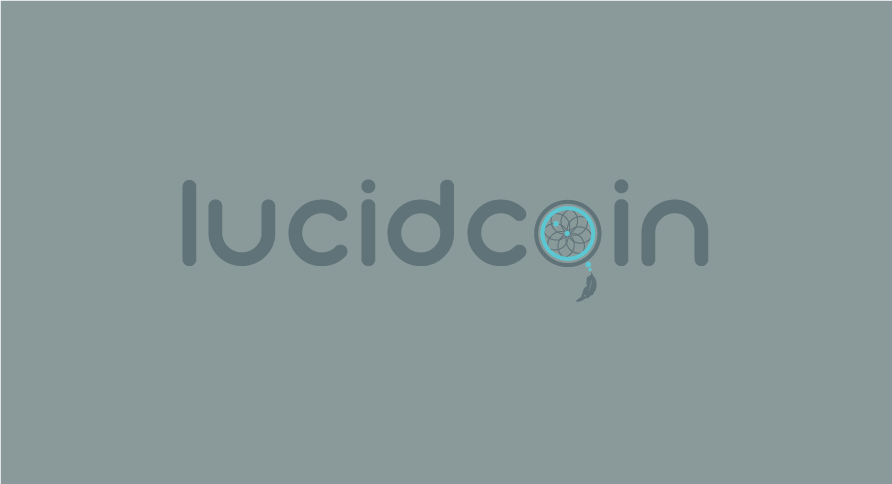
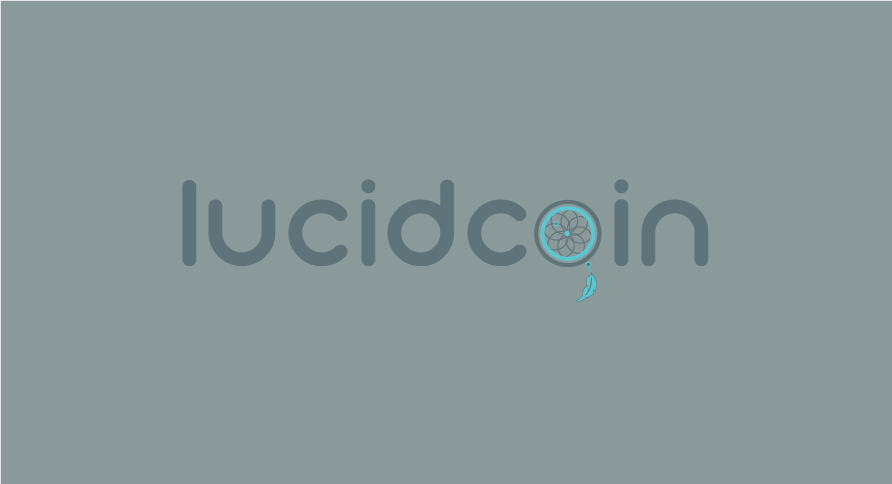
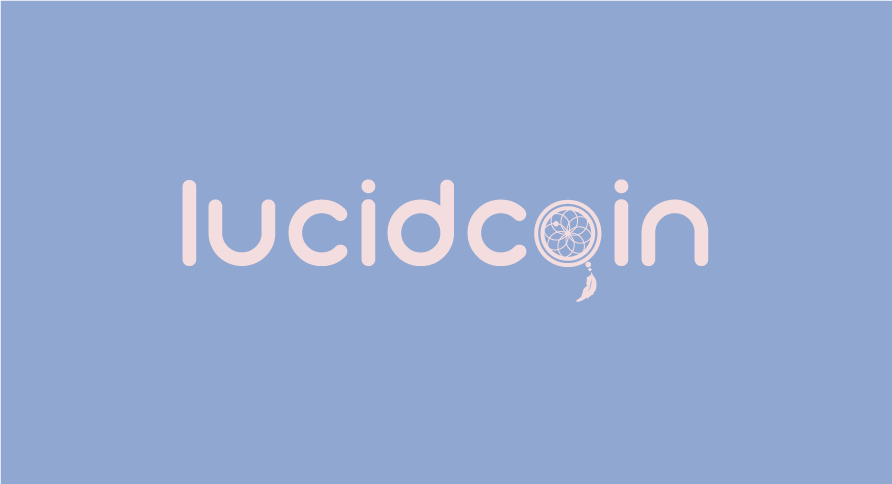
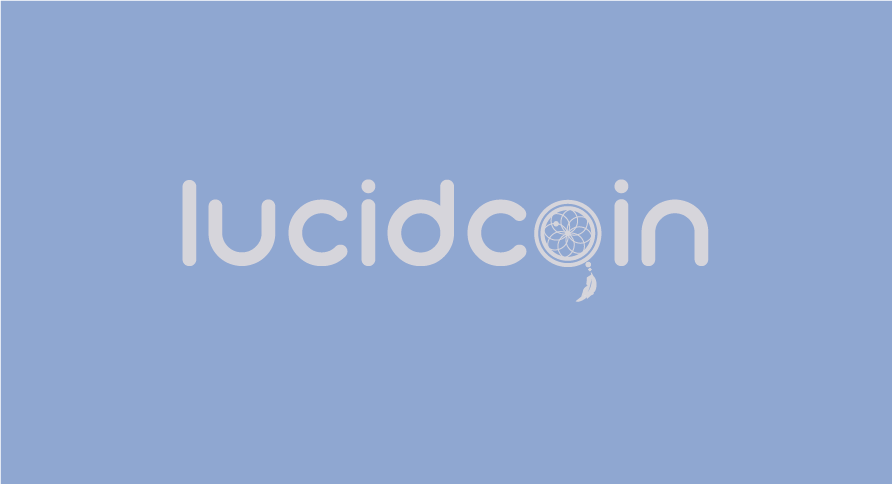
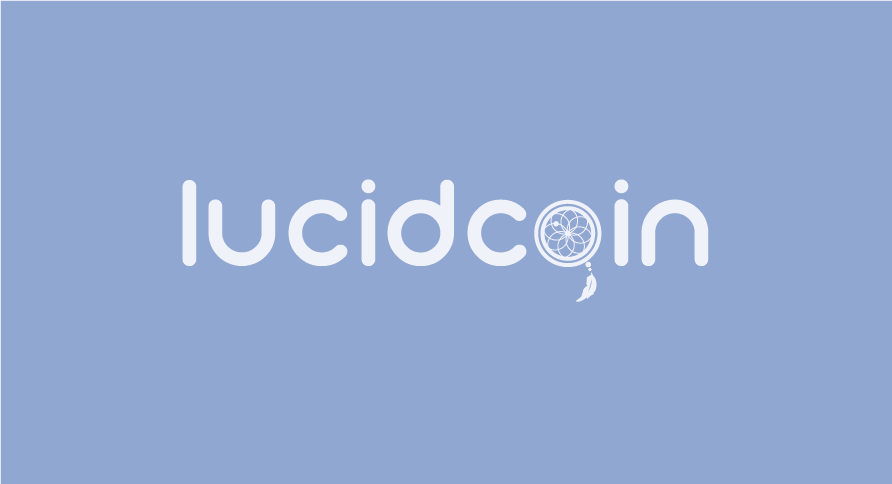
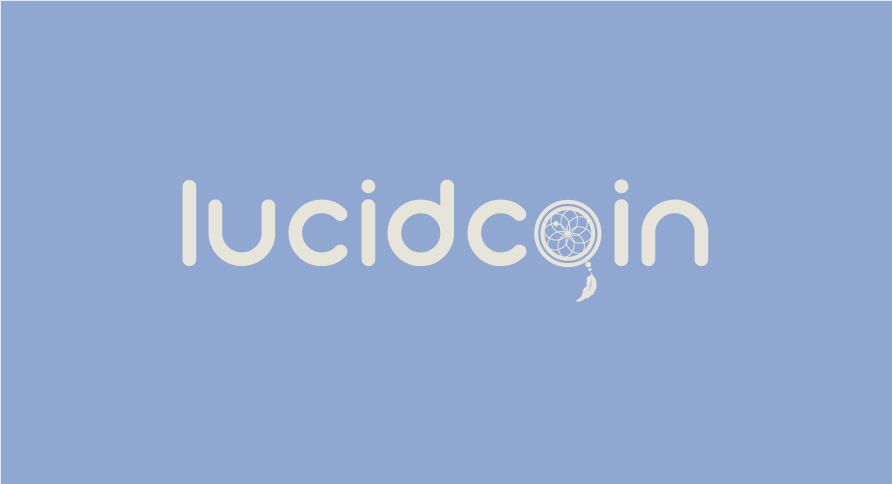
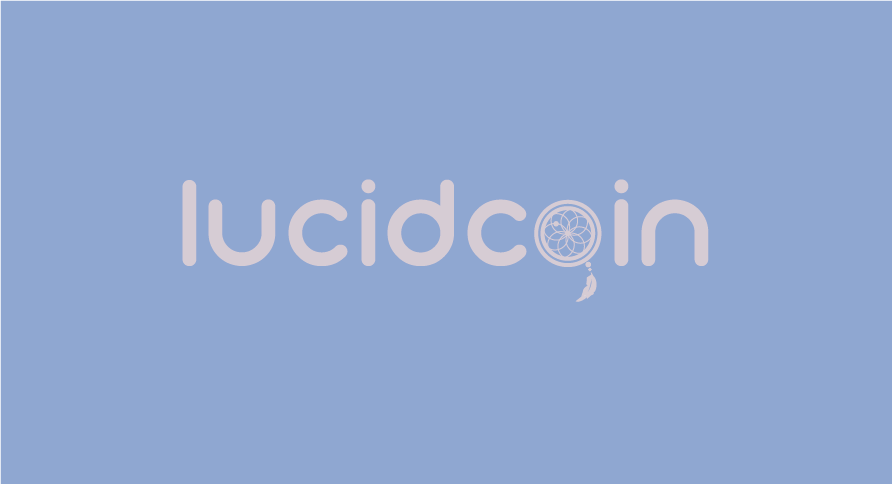
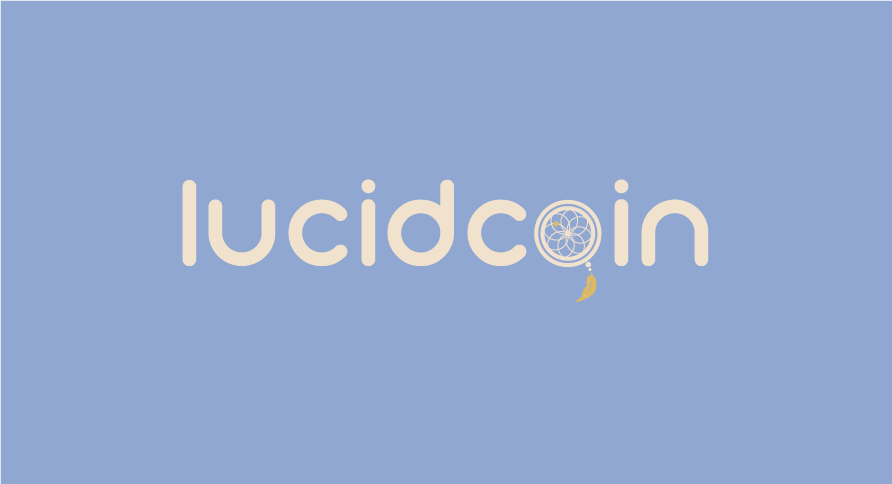
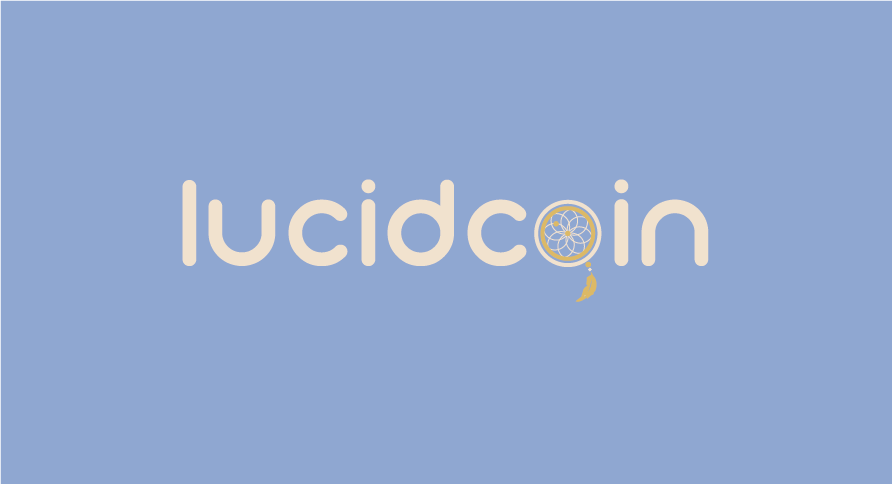

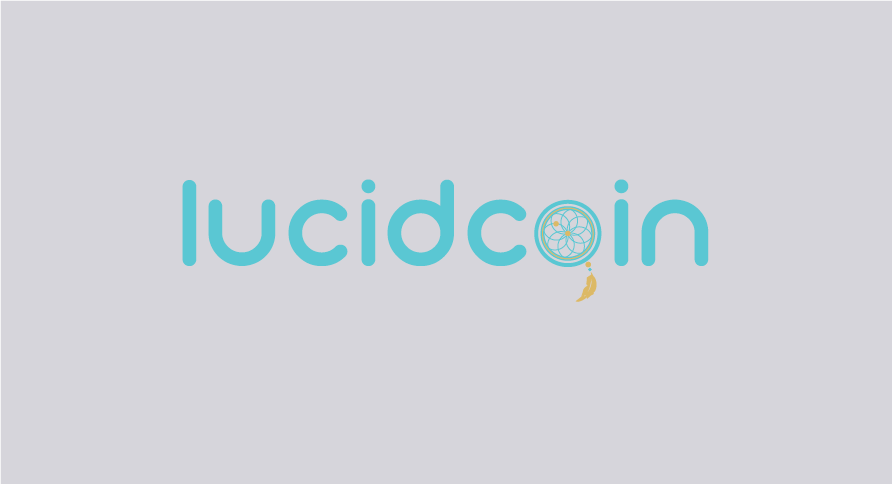

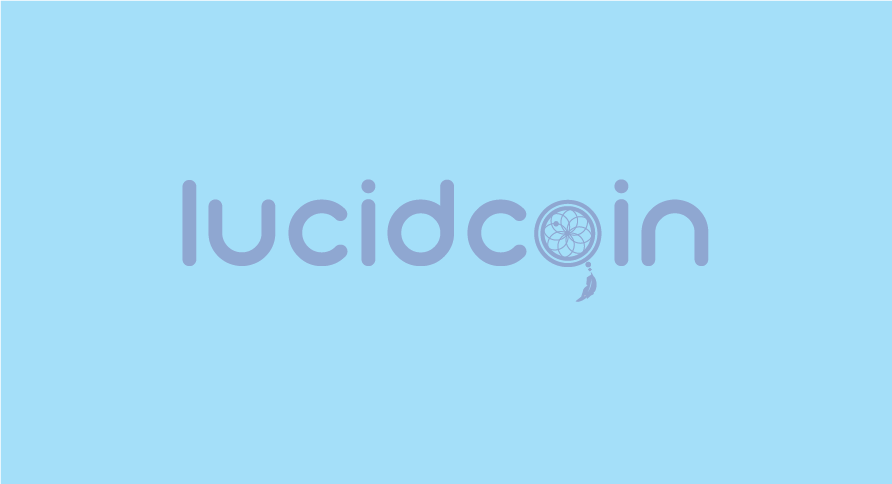
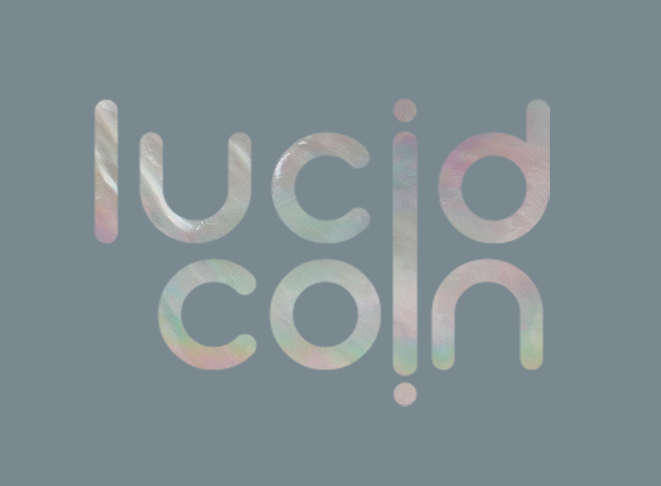
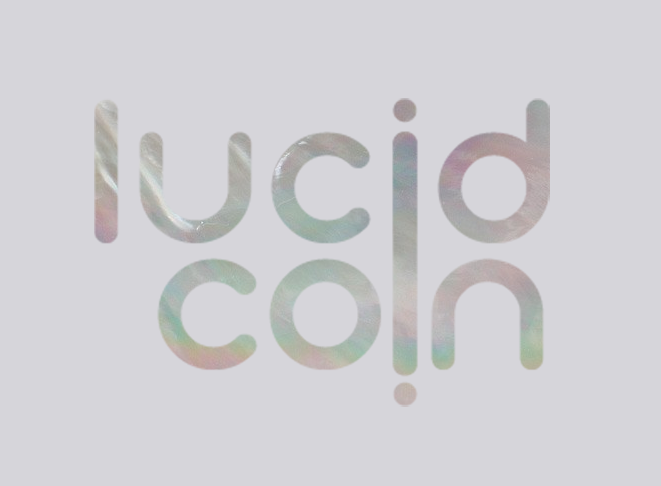
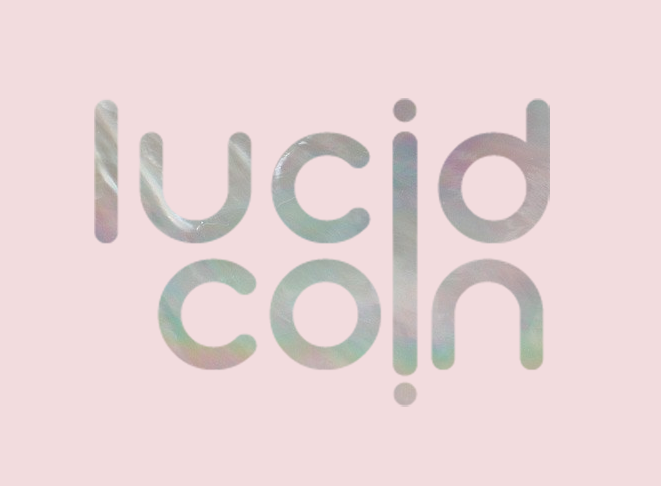

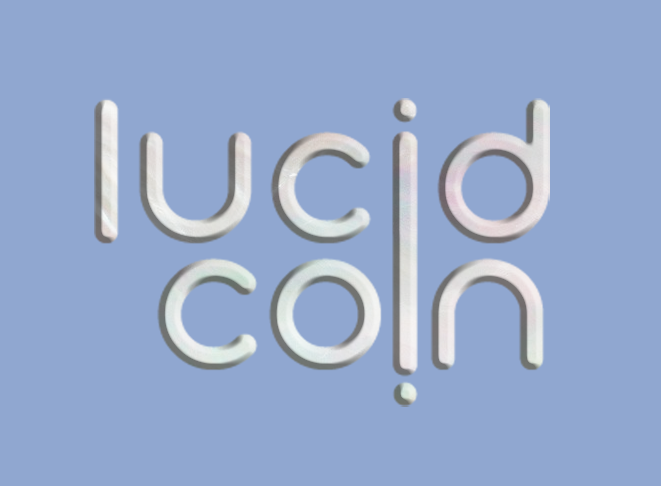
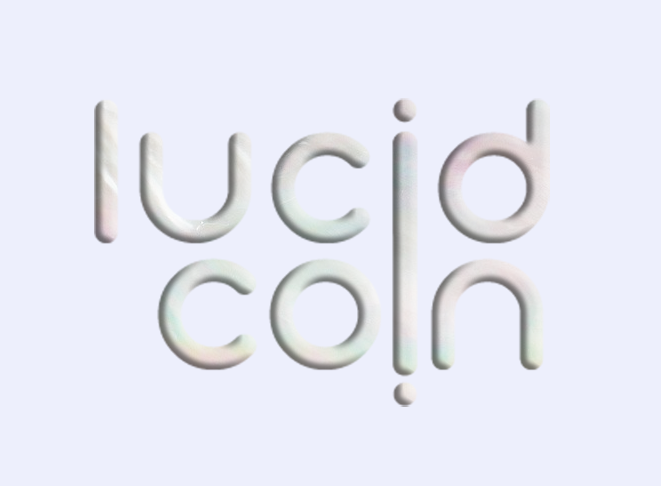
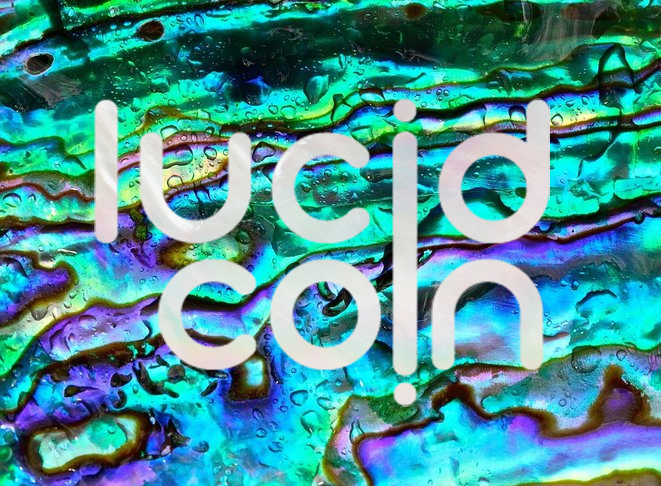
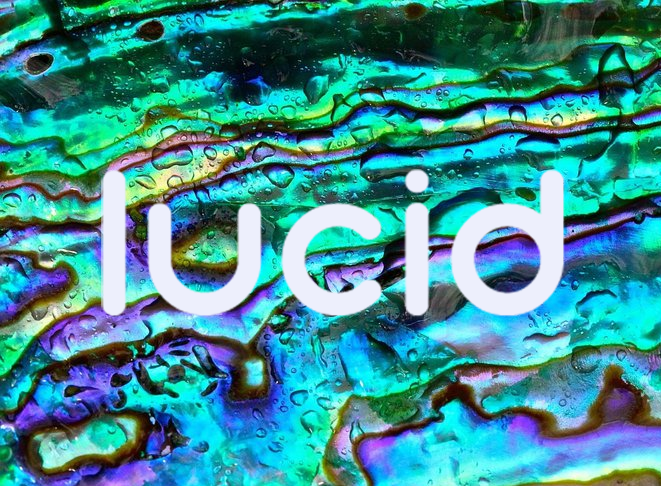
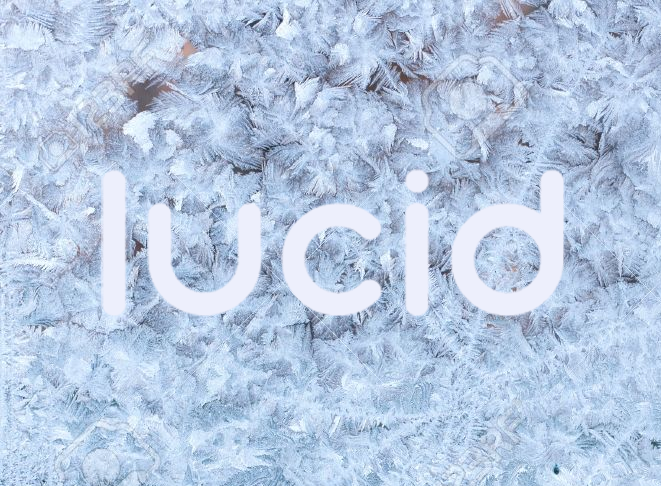
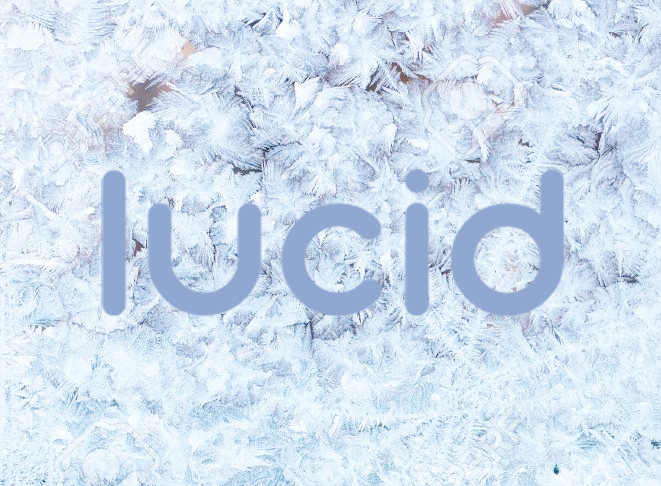
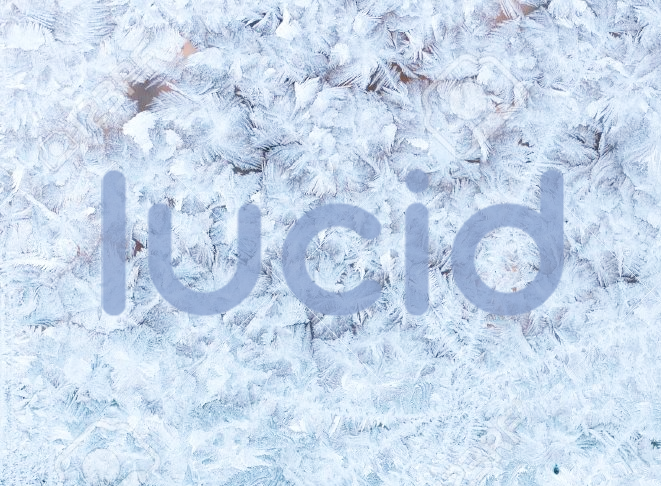
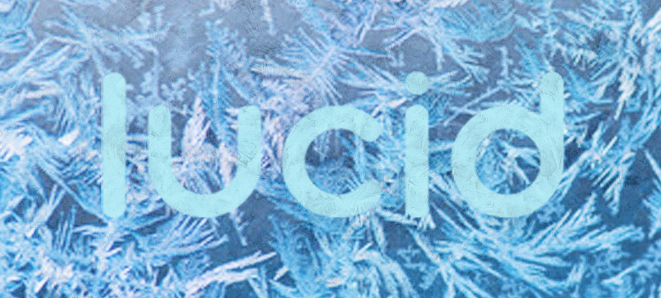
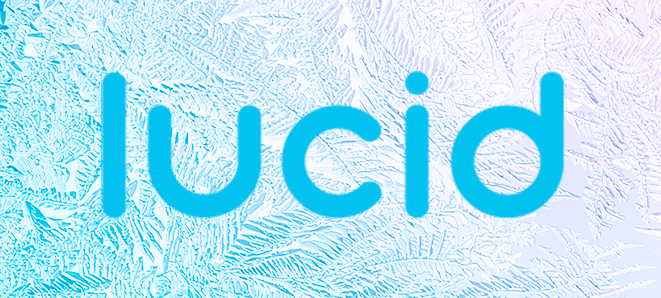
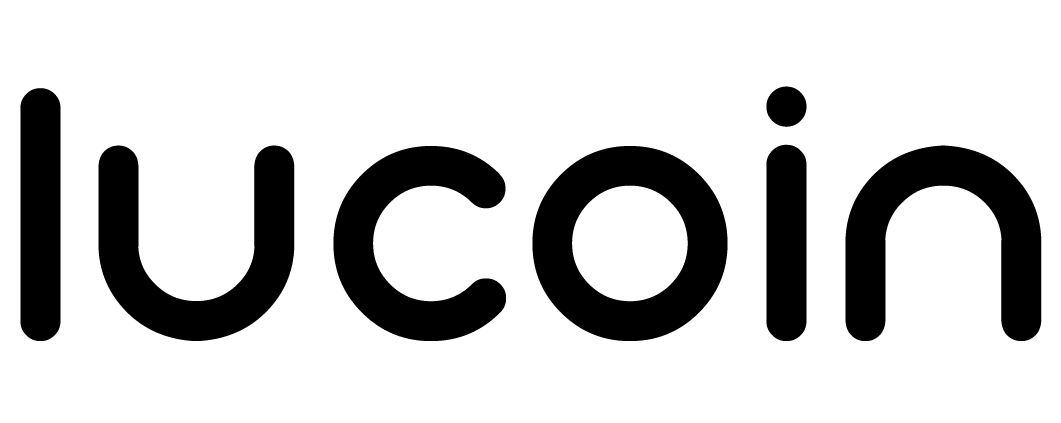
Icons & Shorthand









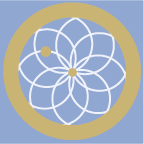
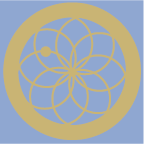

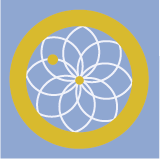
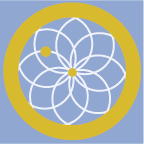




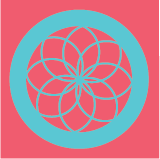

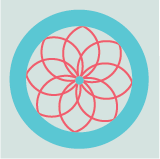
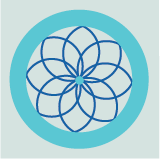

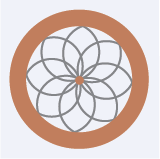
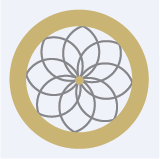





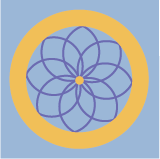
Marketing Concepts
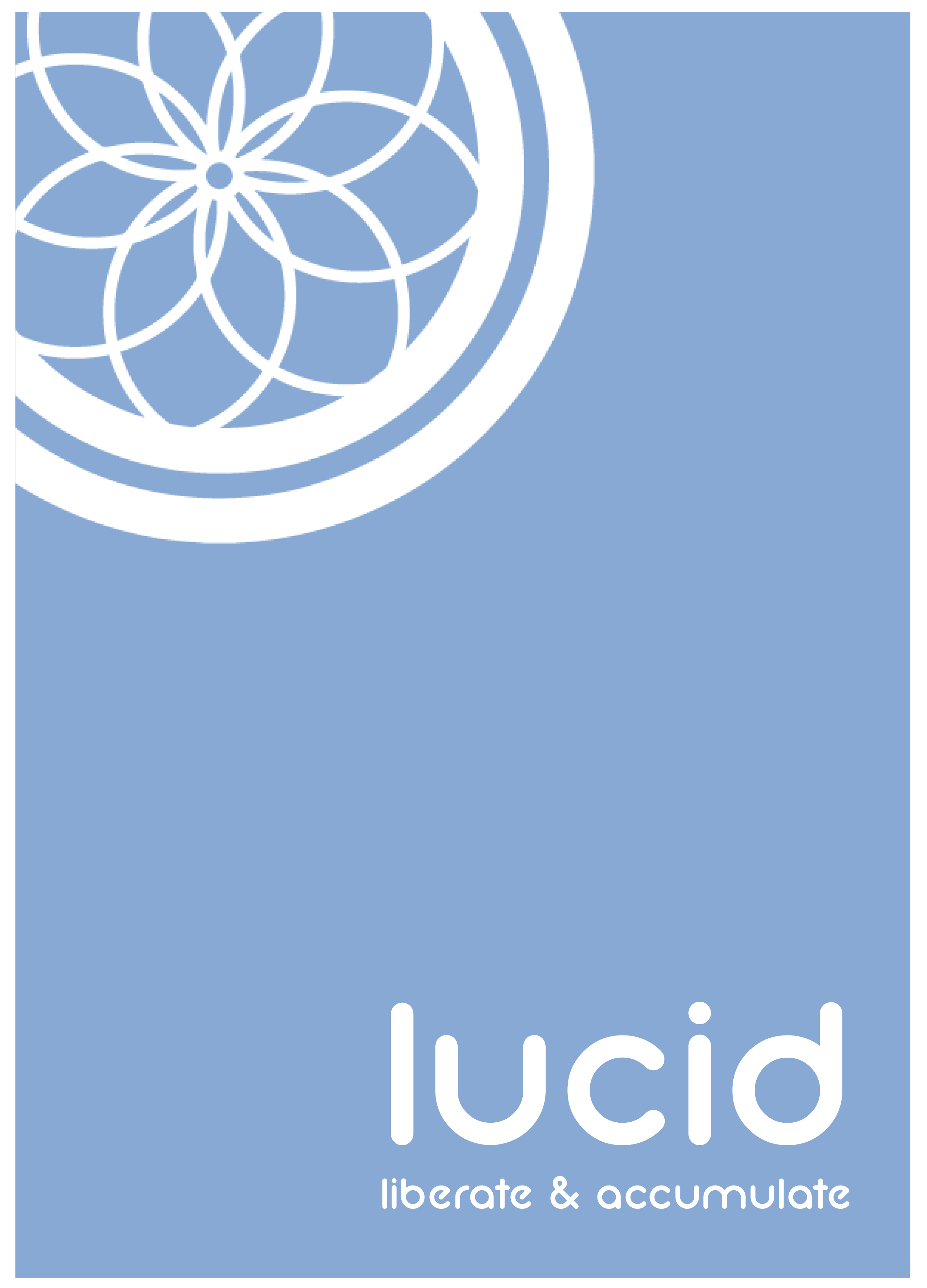
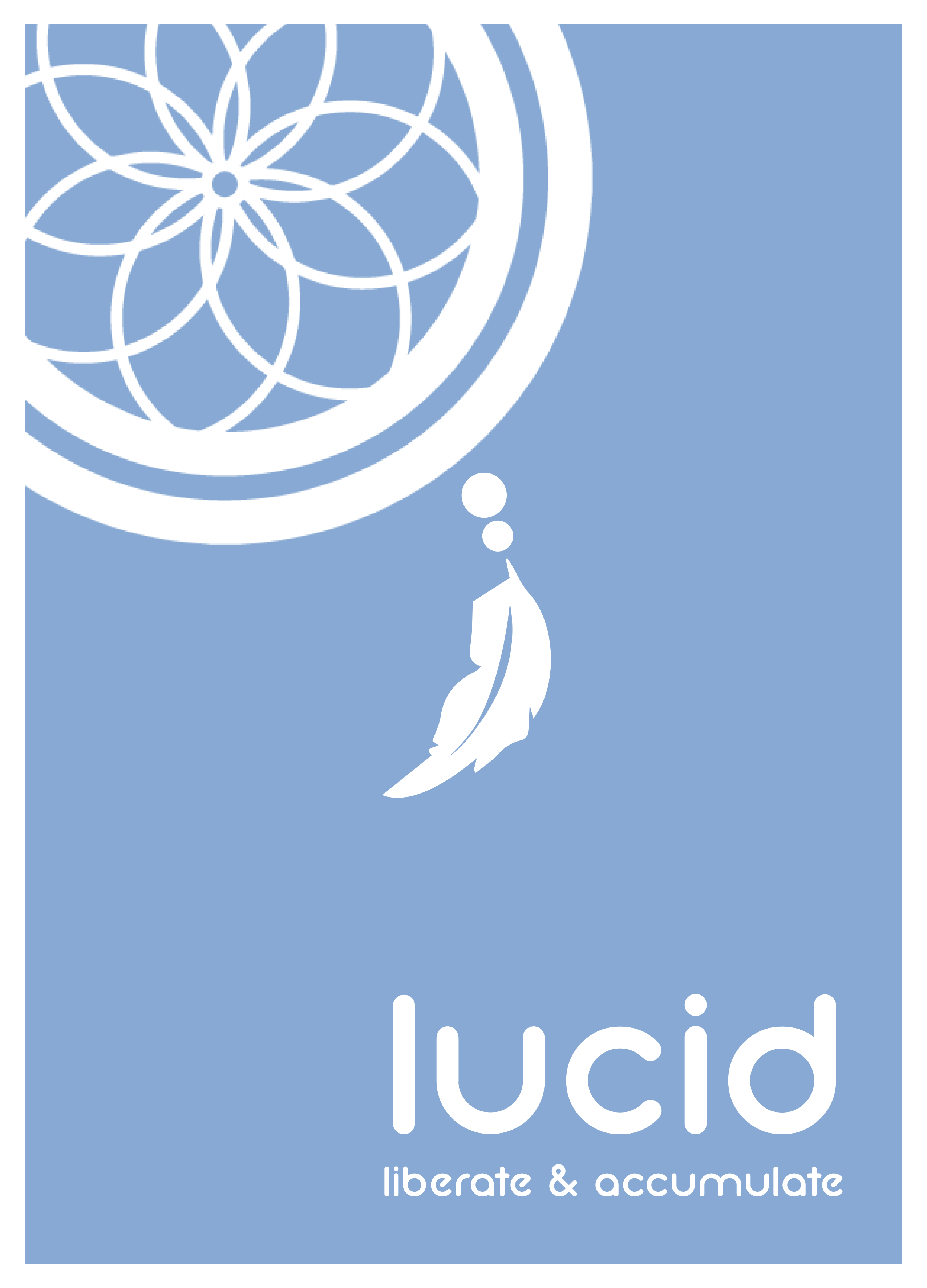
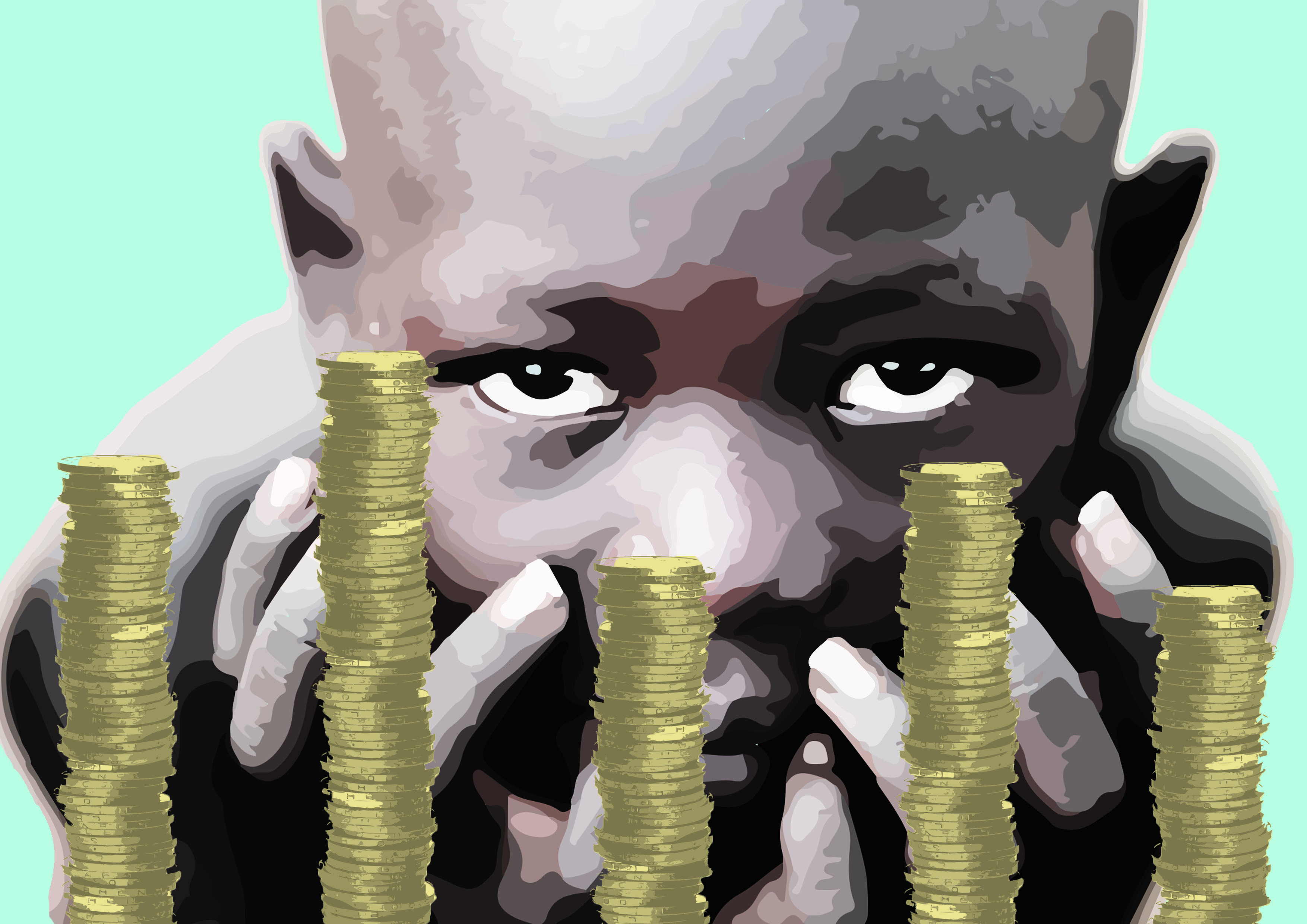
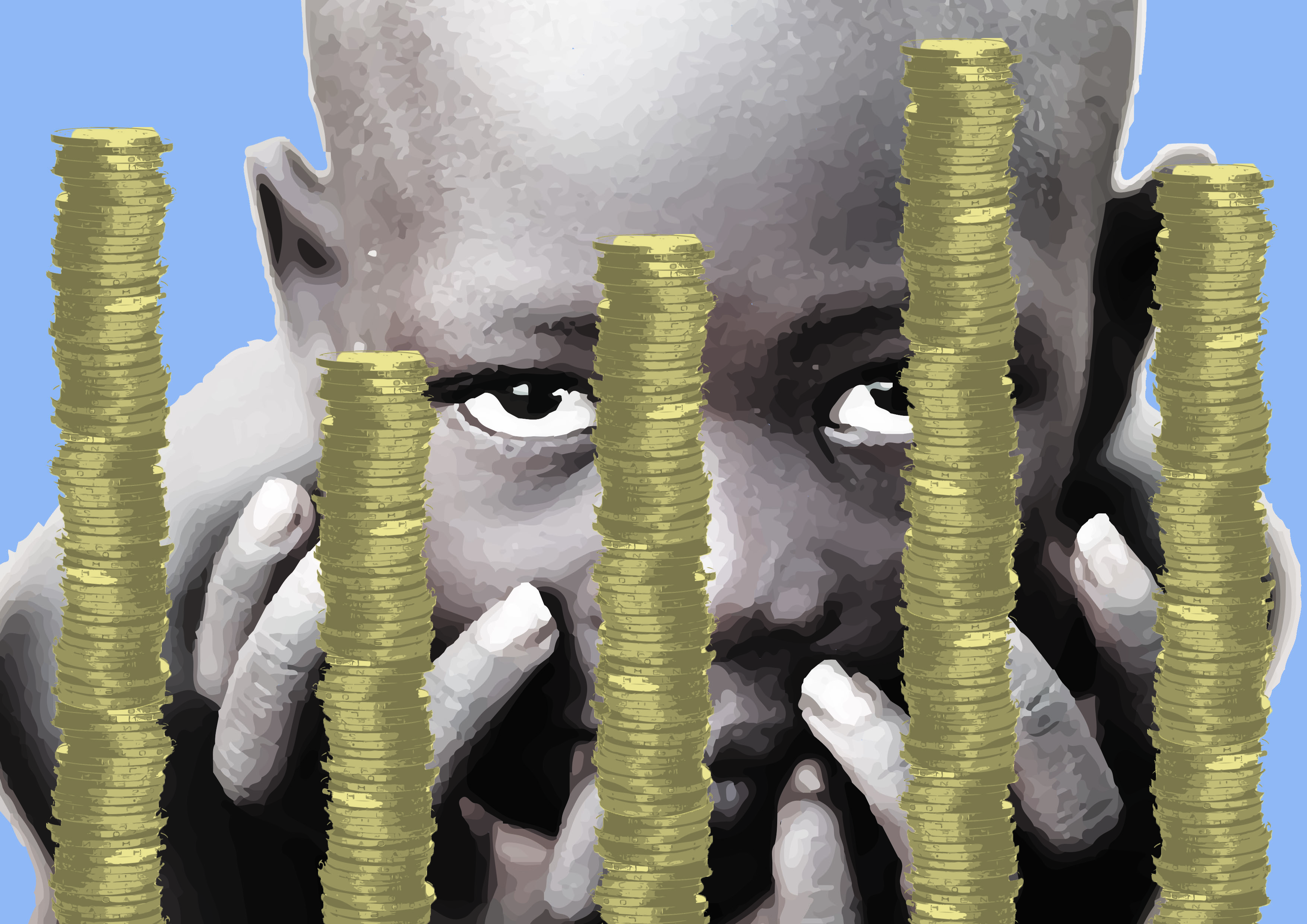
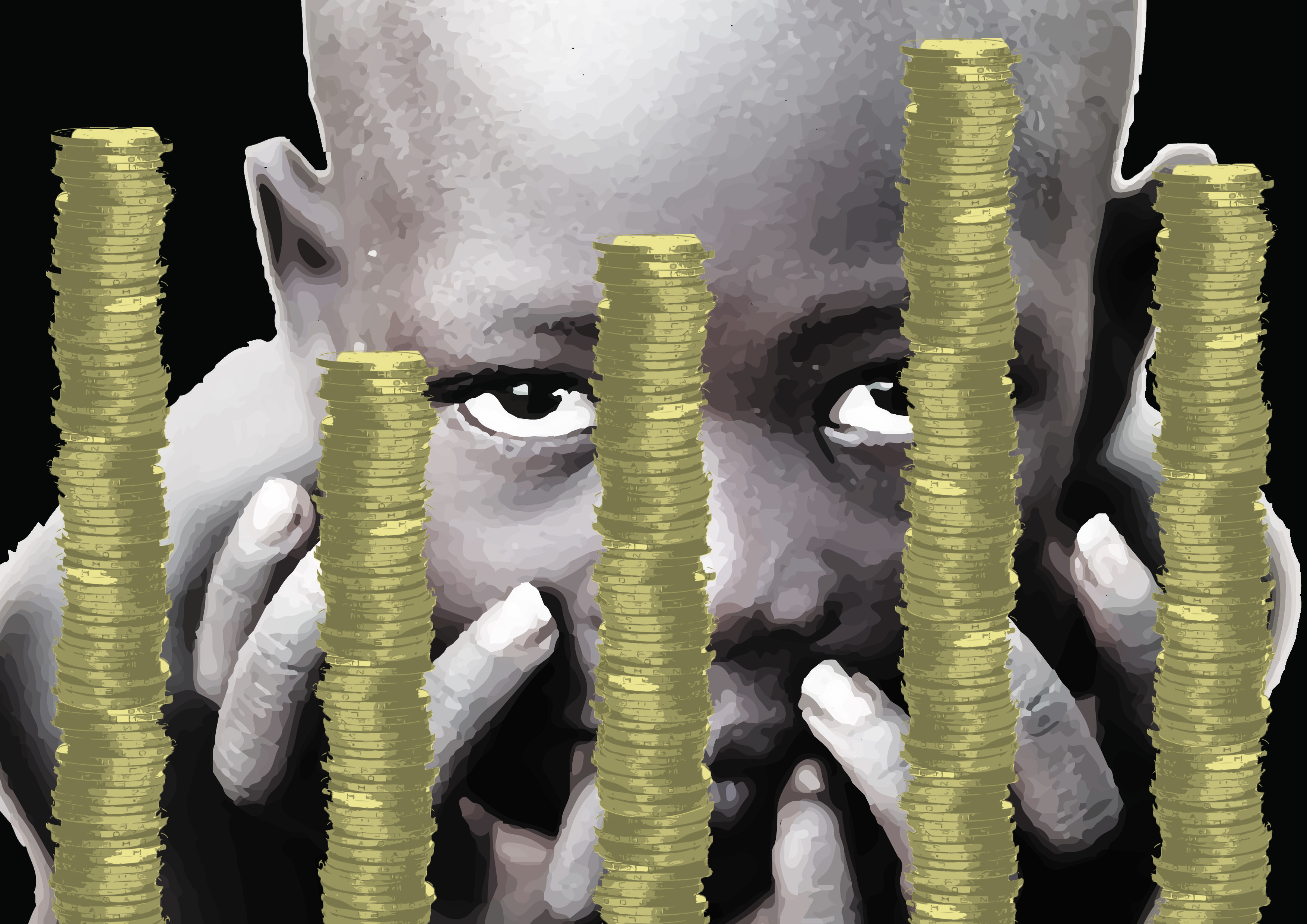
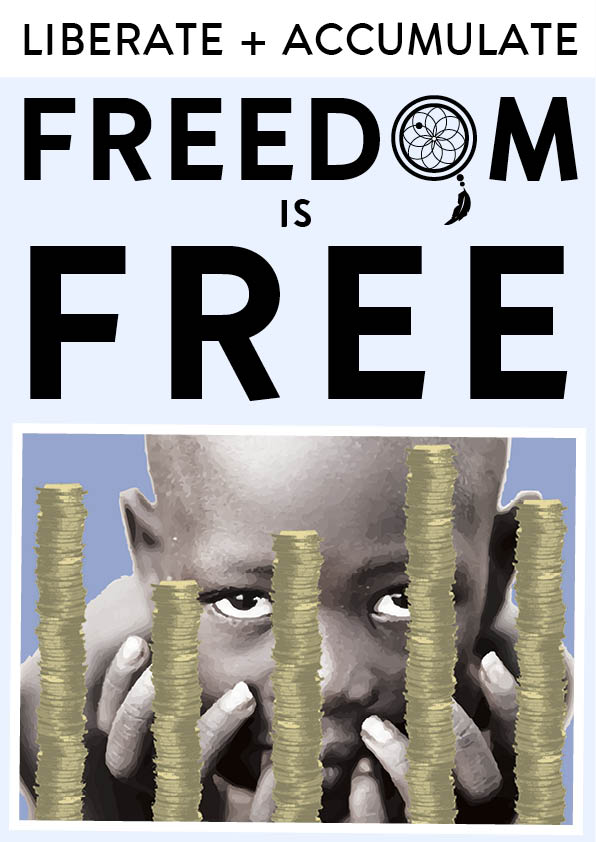
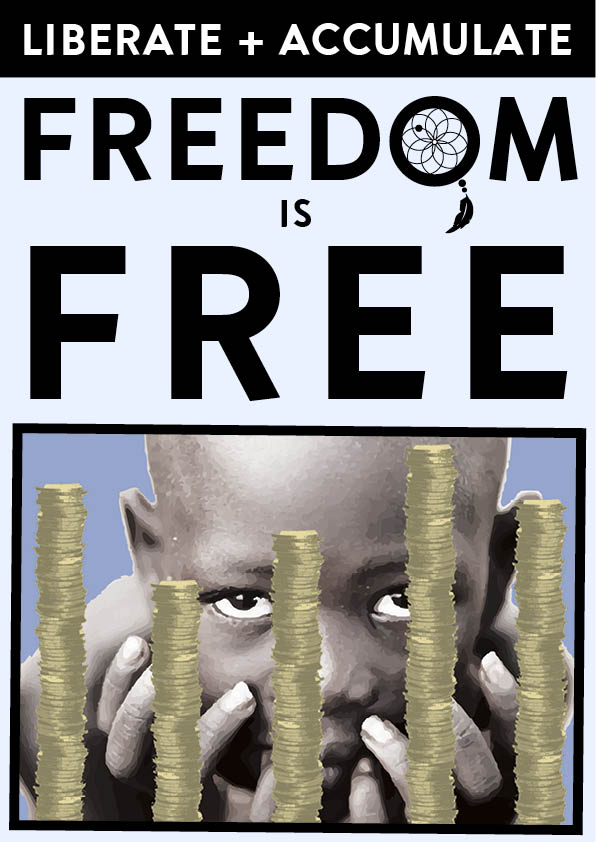
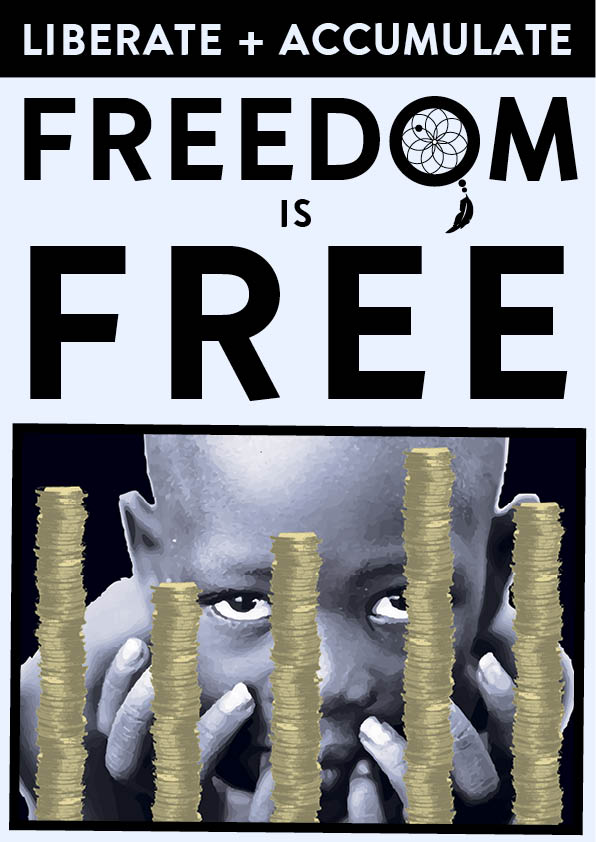
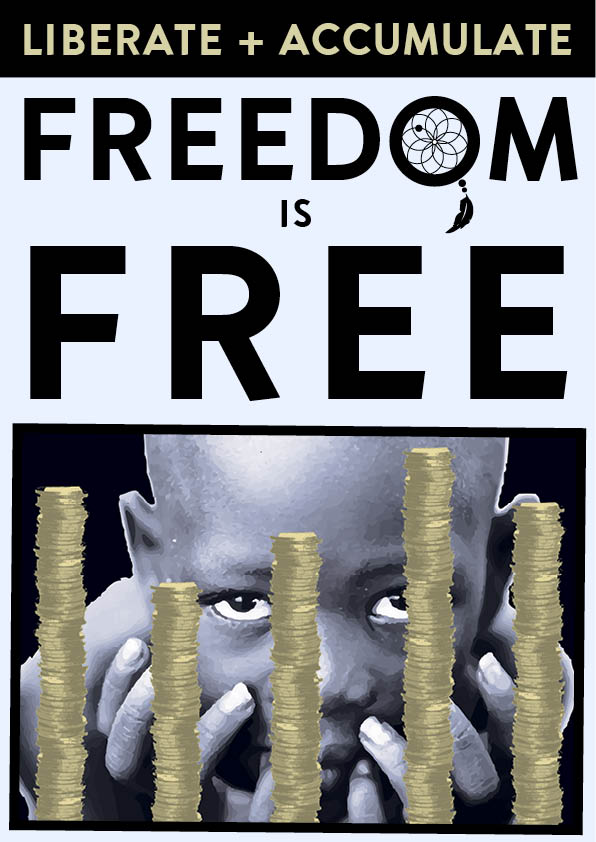
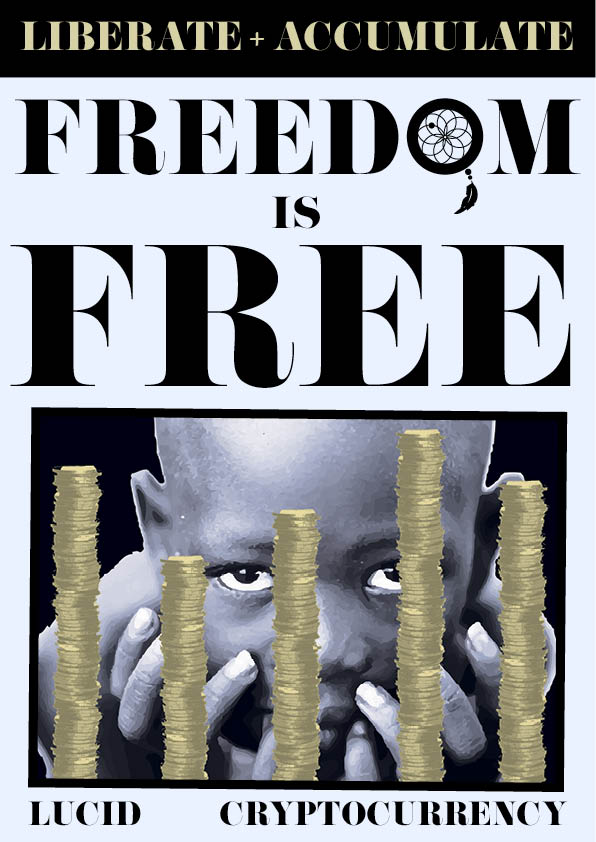
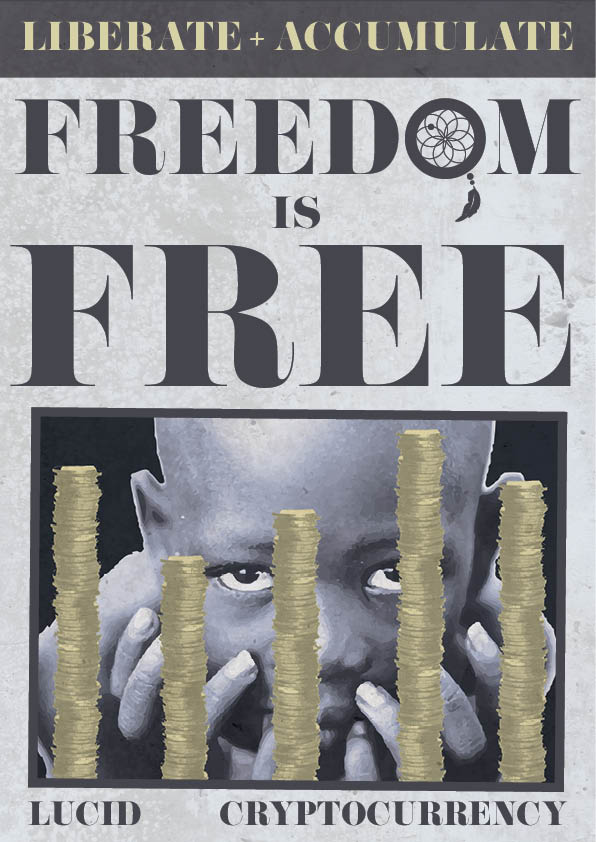

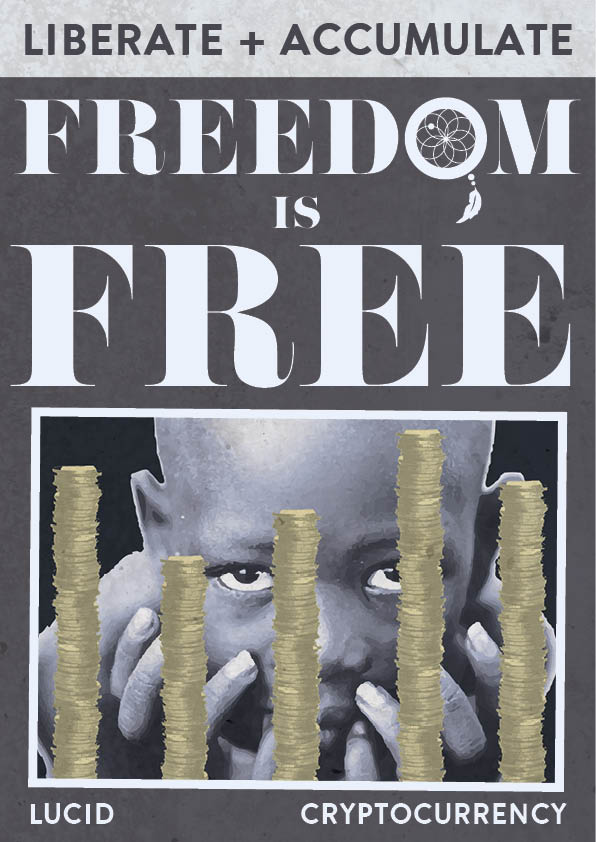
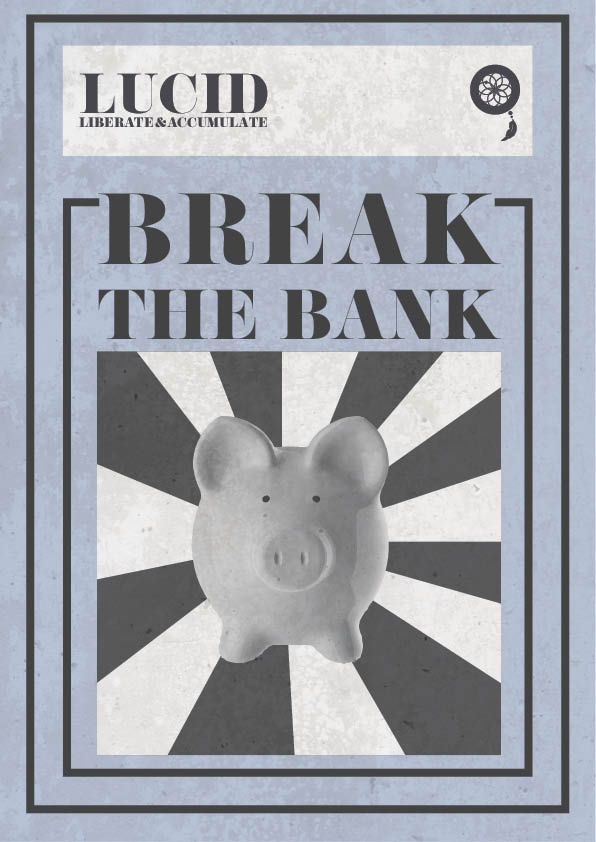
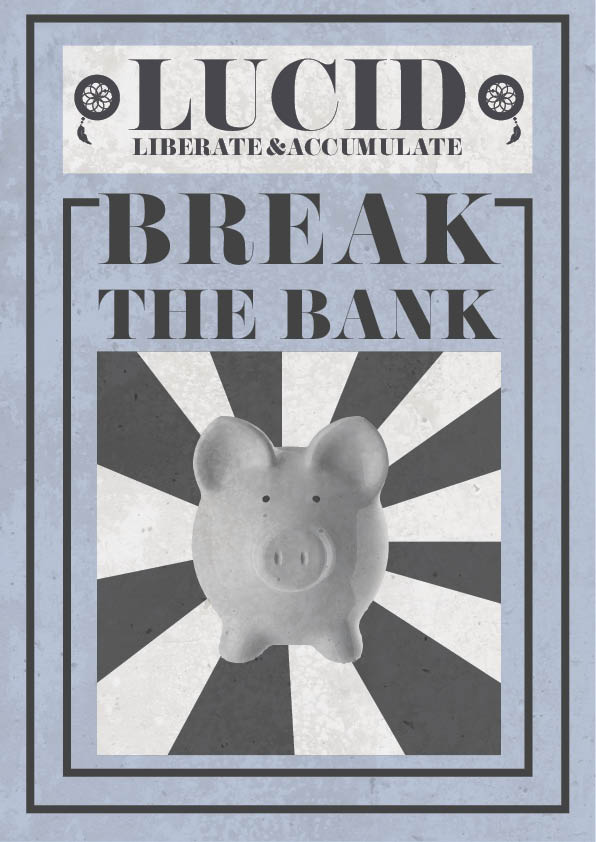
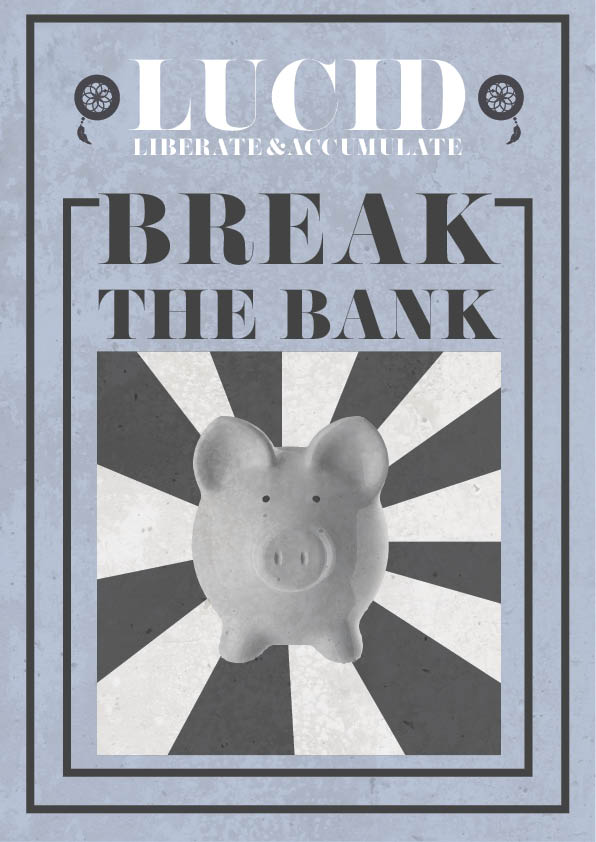
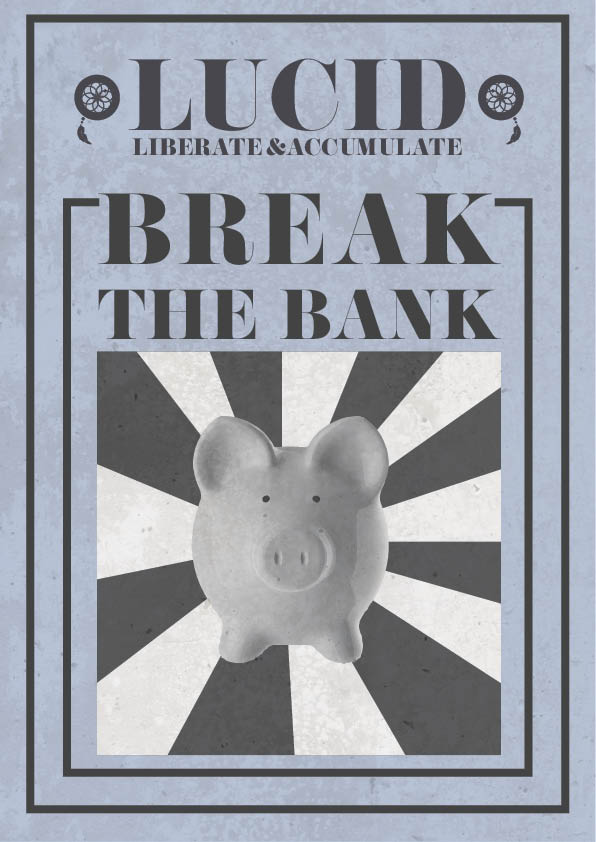
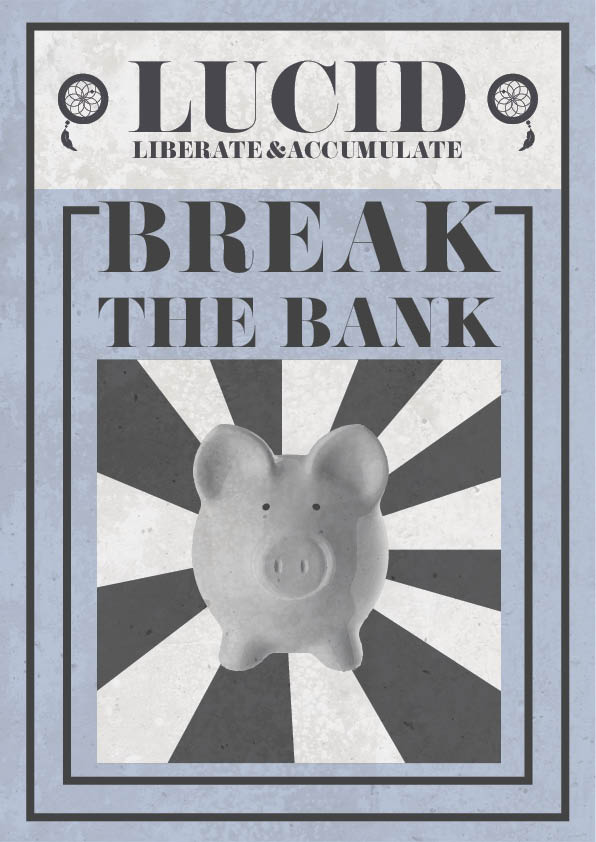
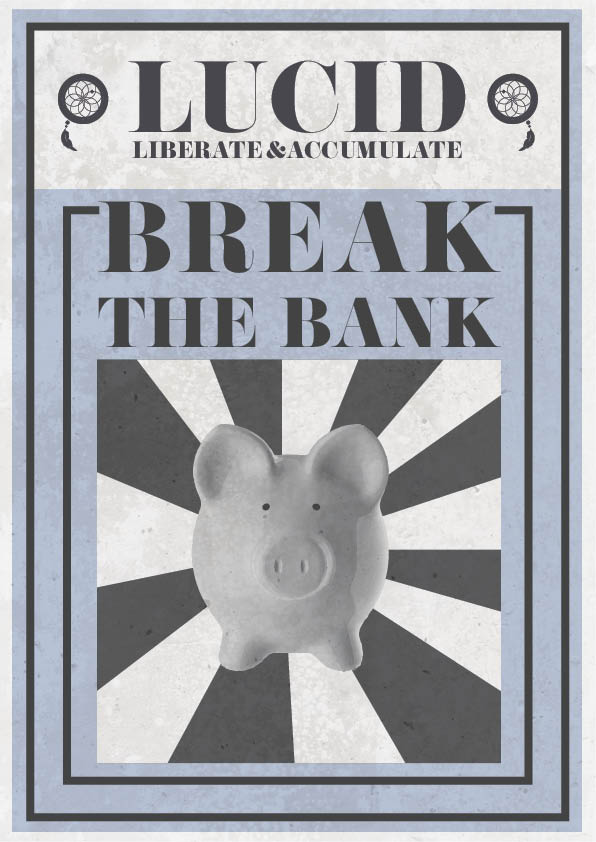
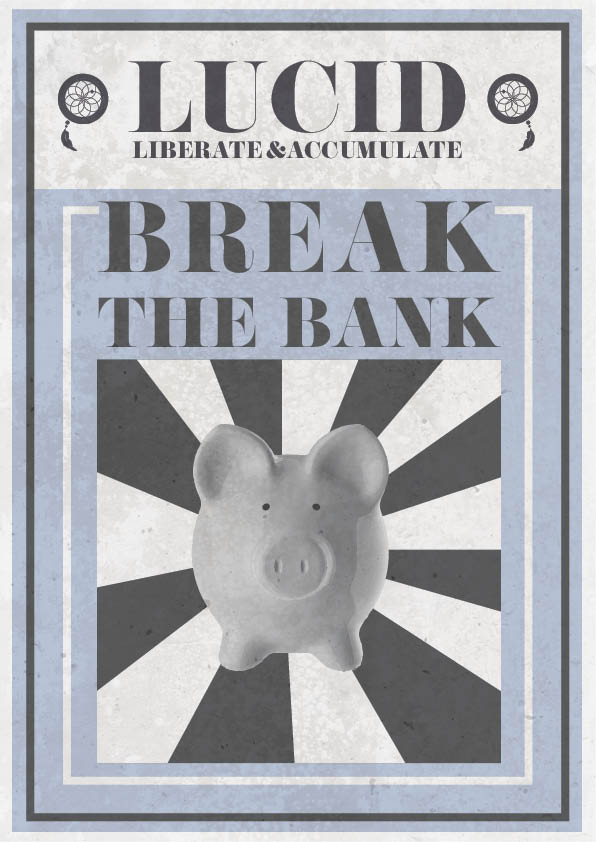
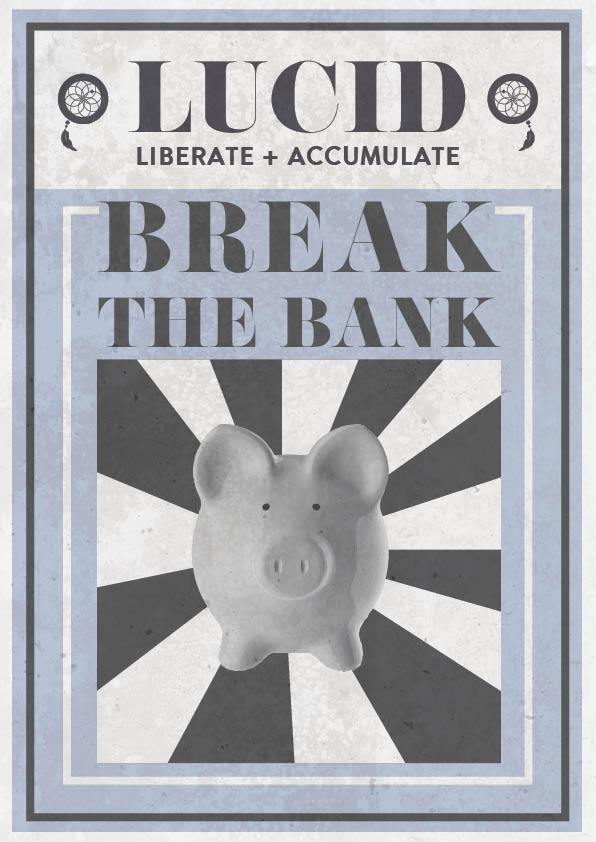
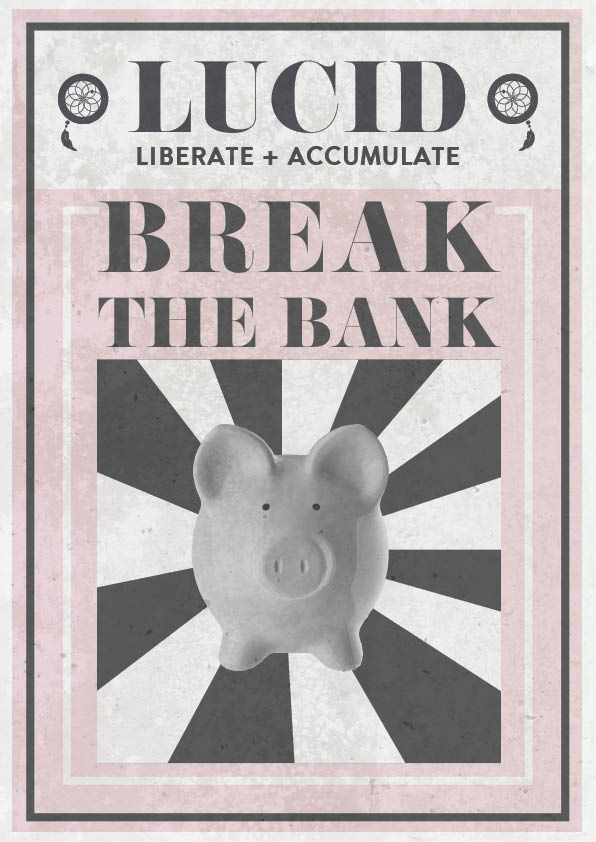
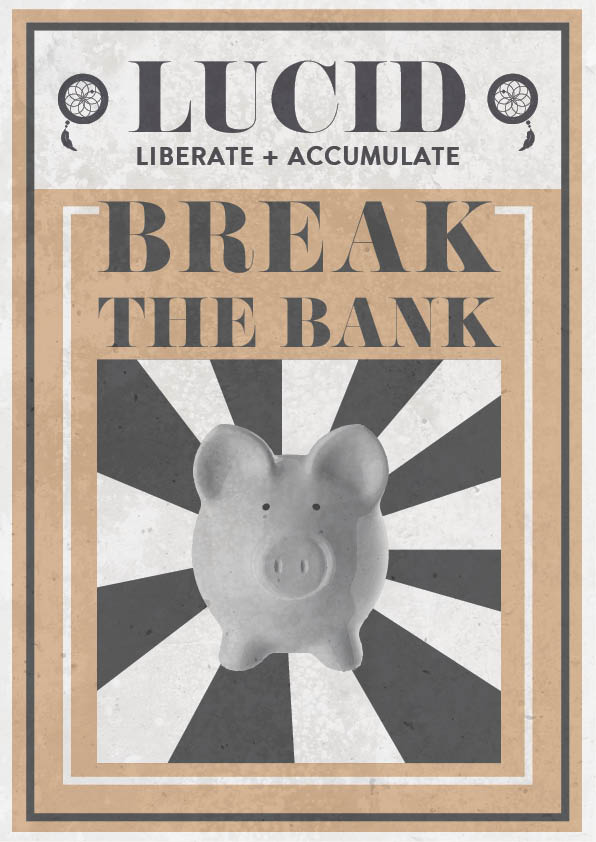
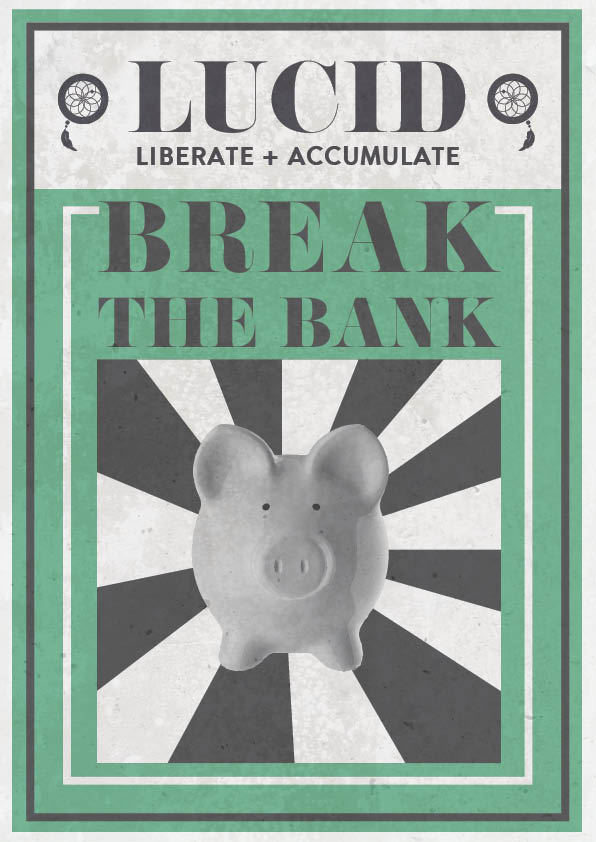
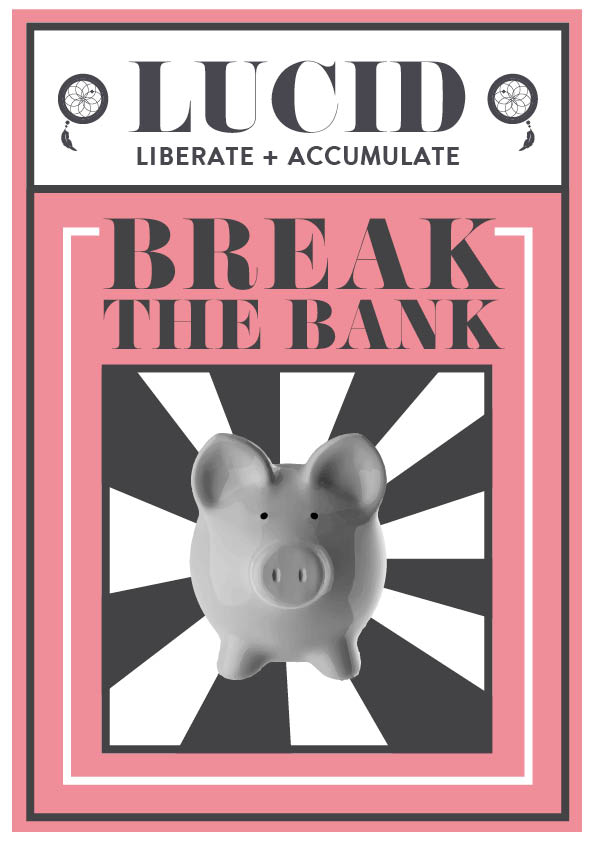
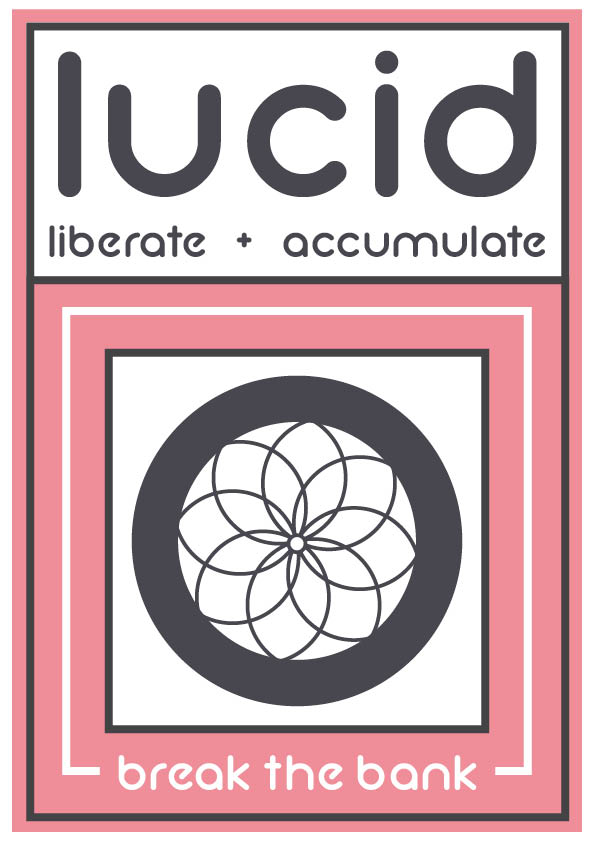

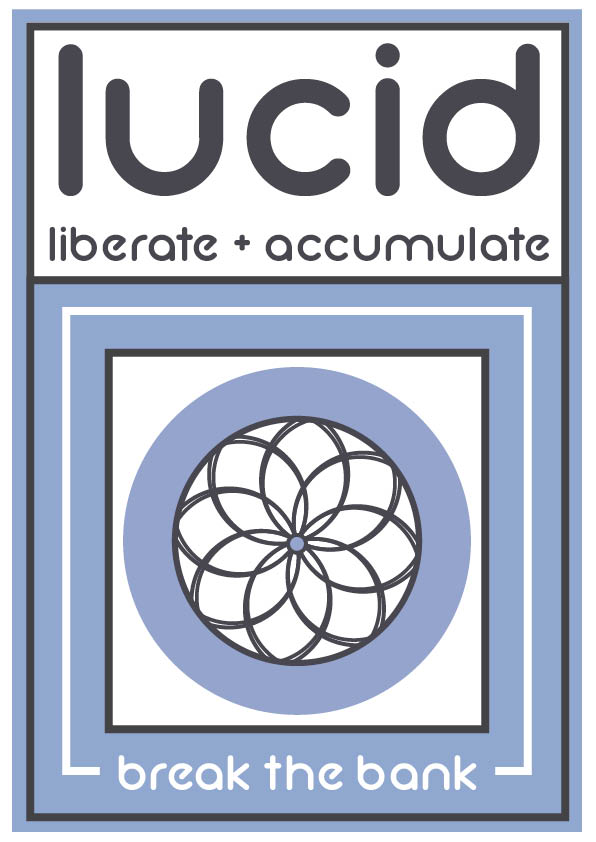
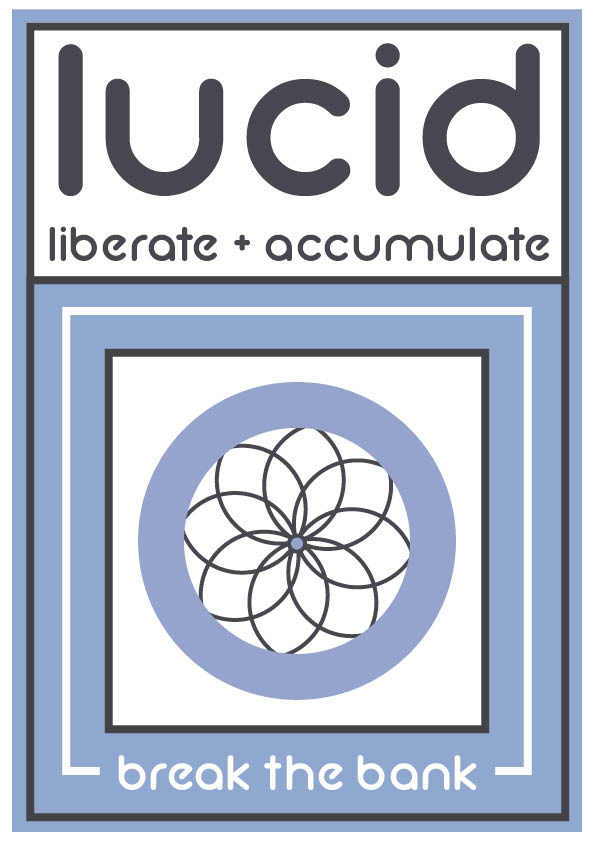
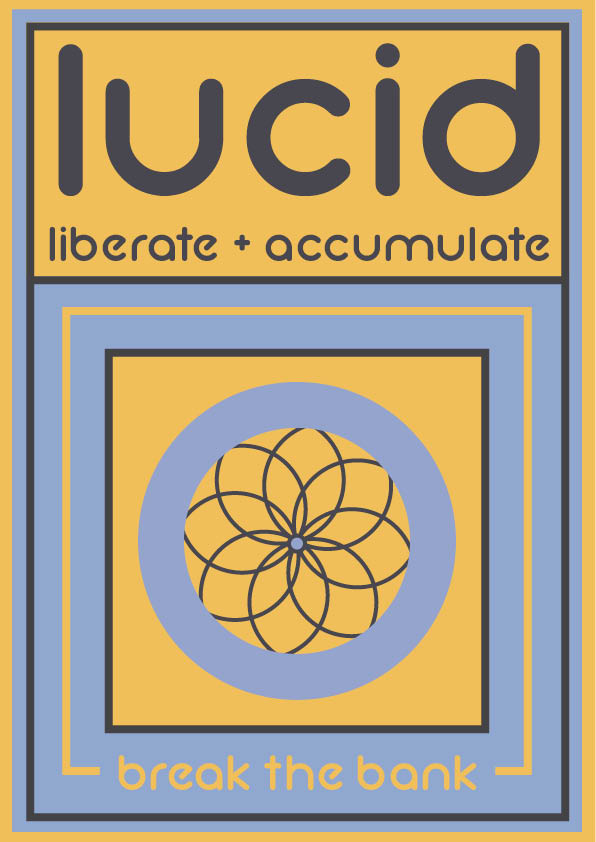
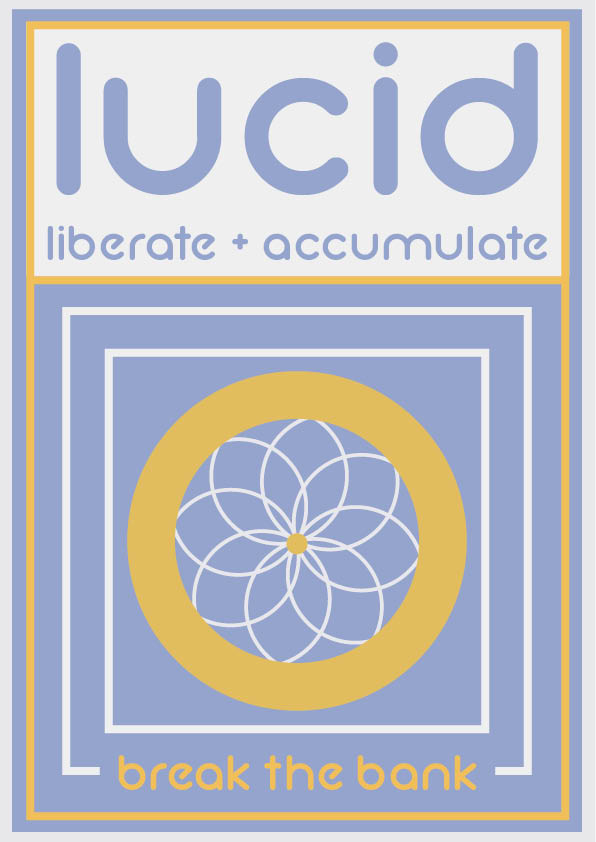
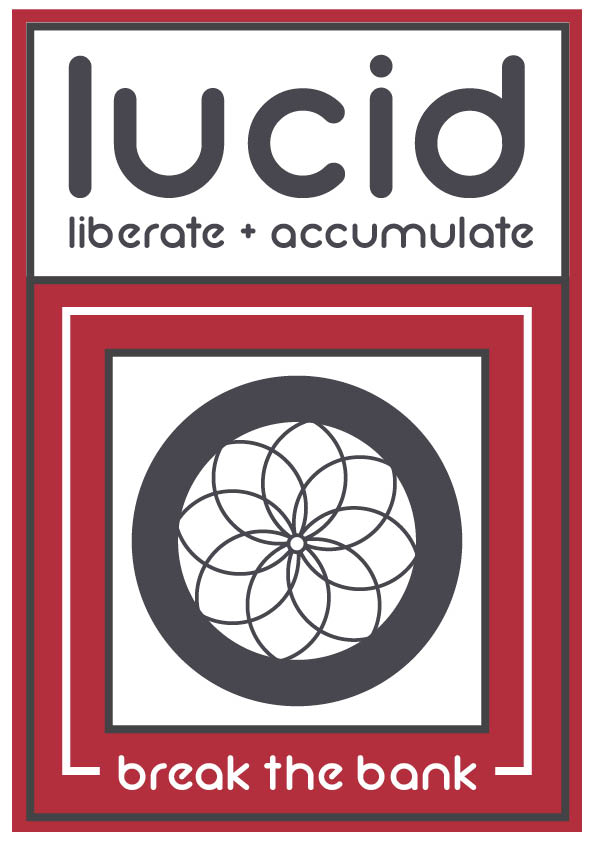

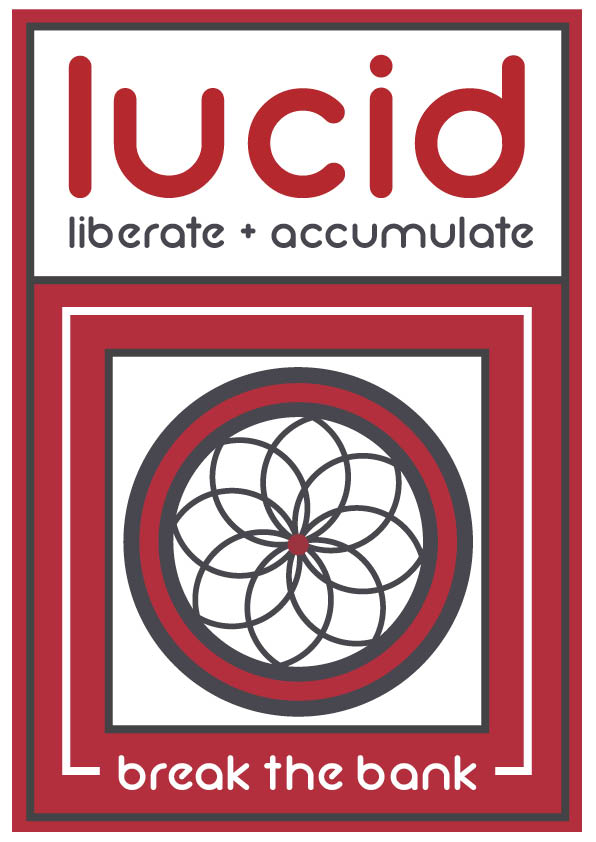
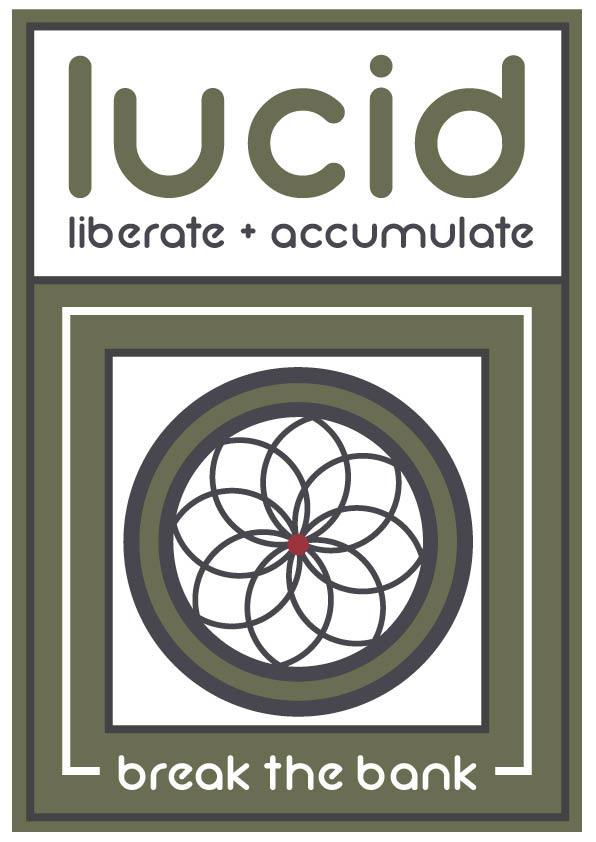
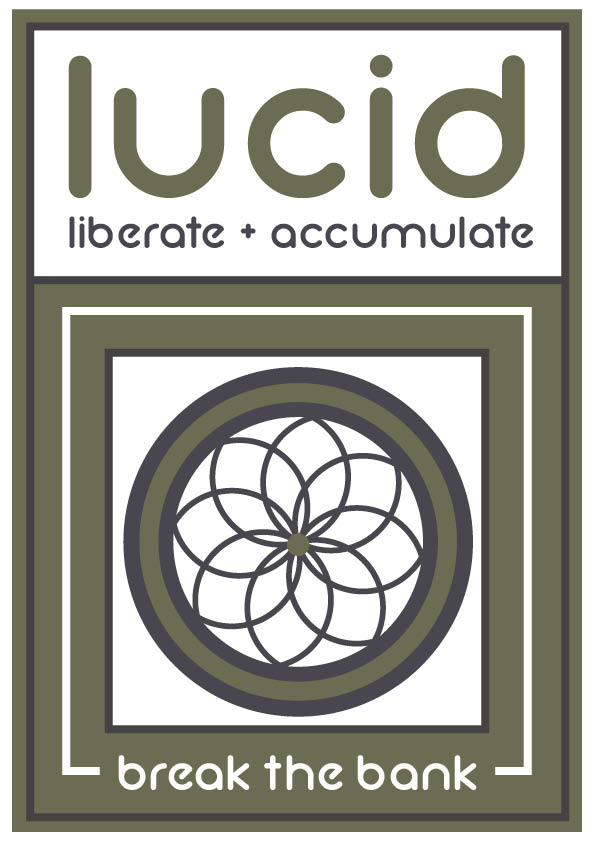
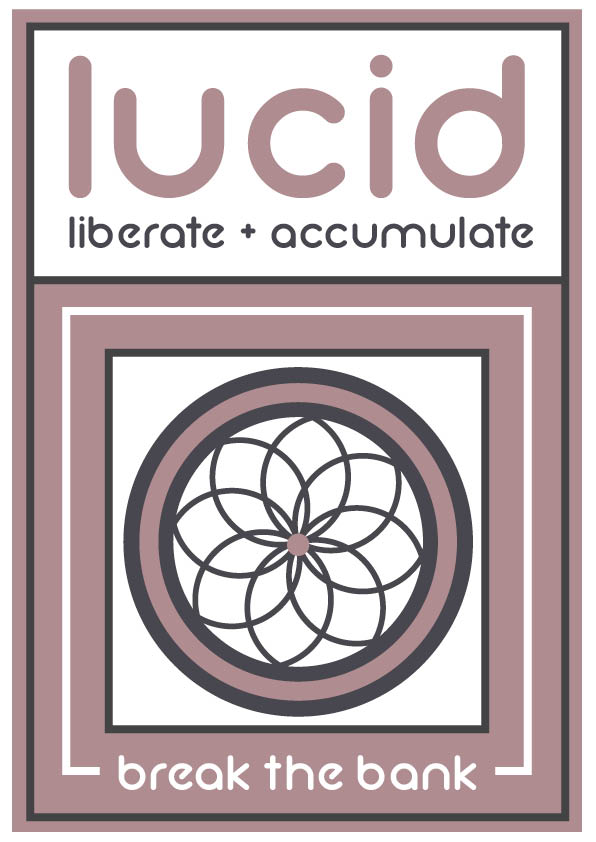
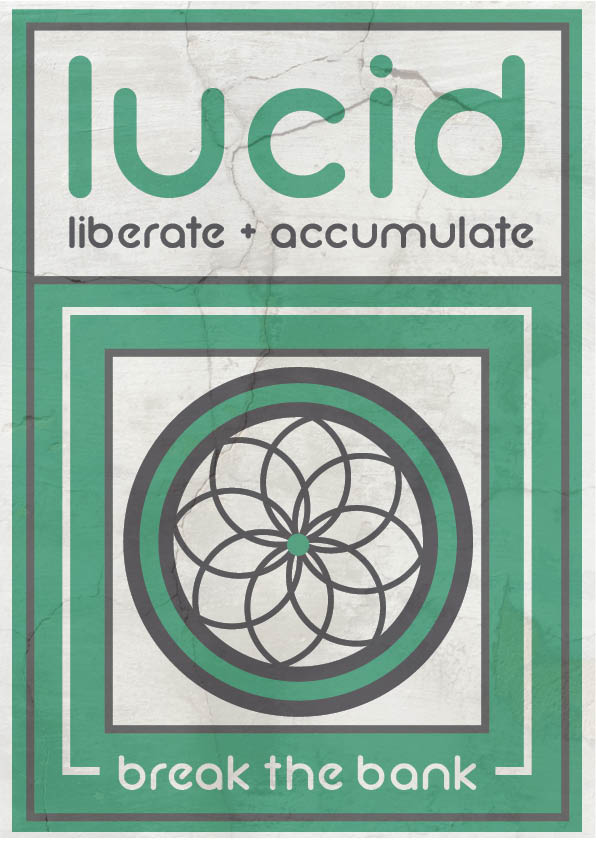
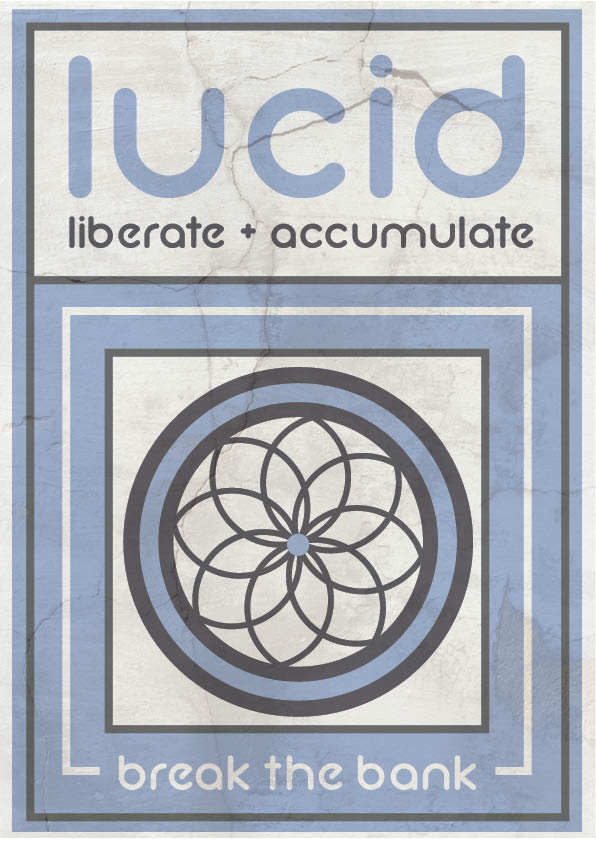
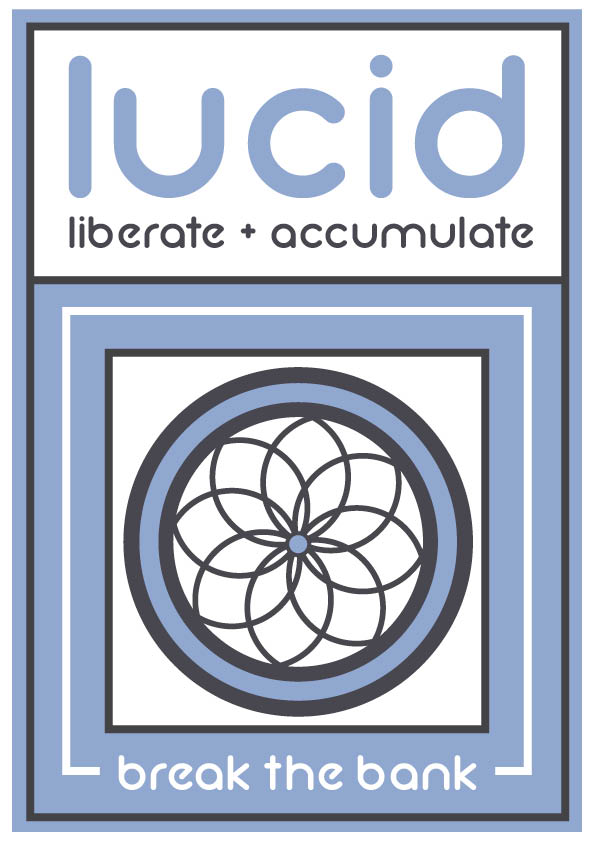



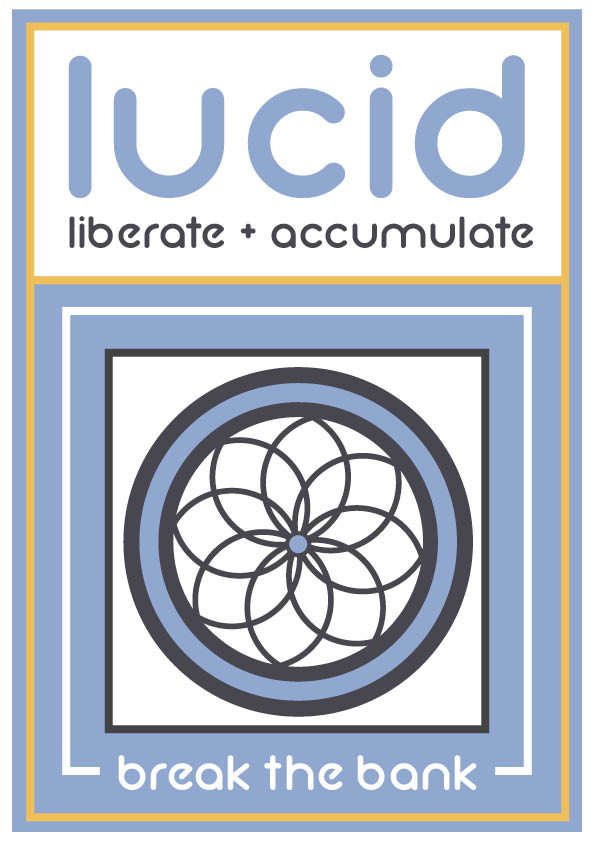
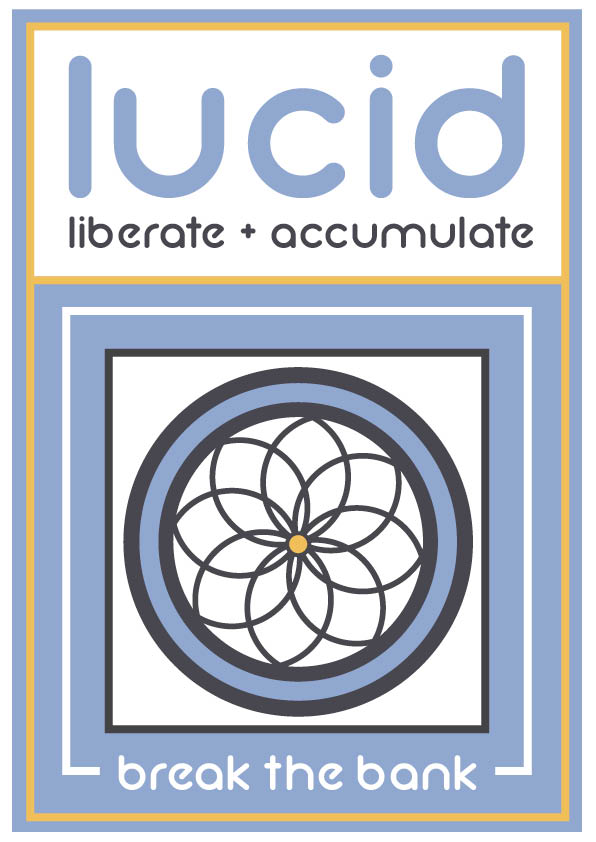
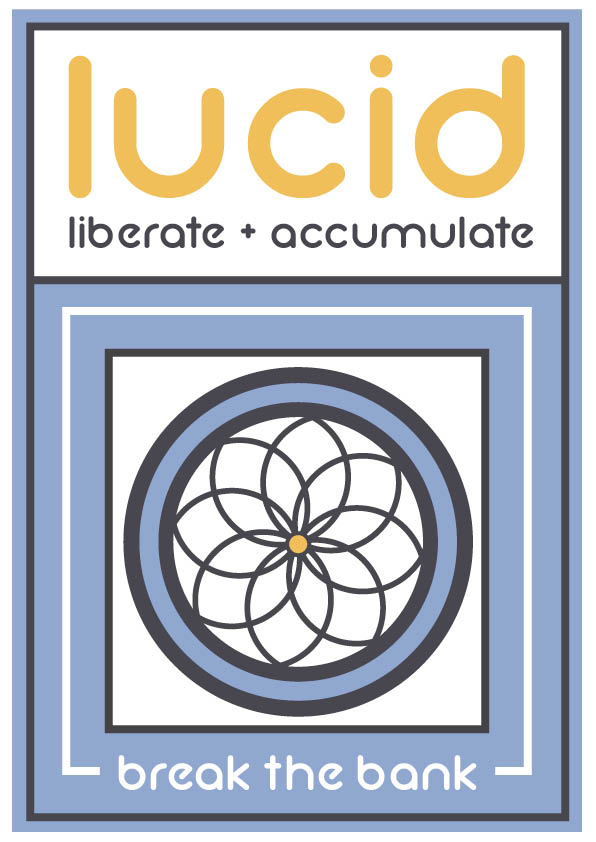
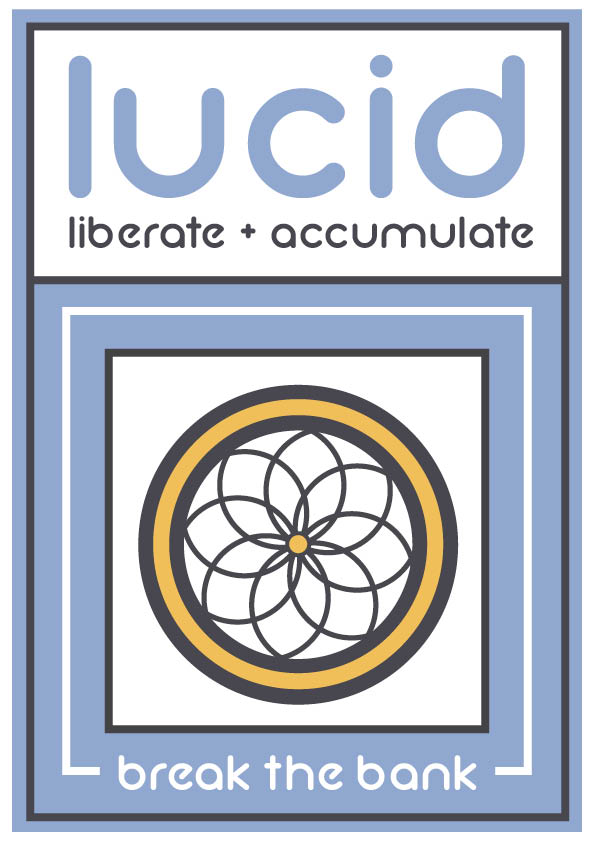
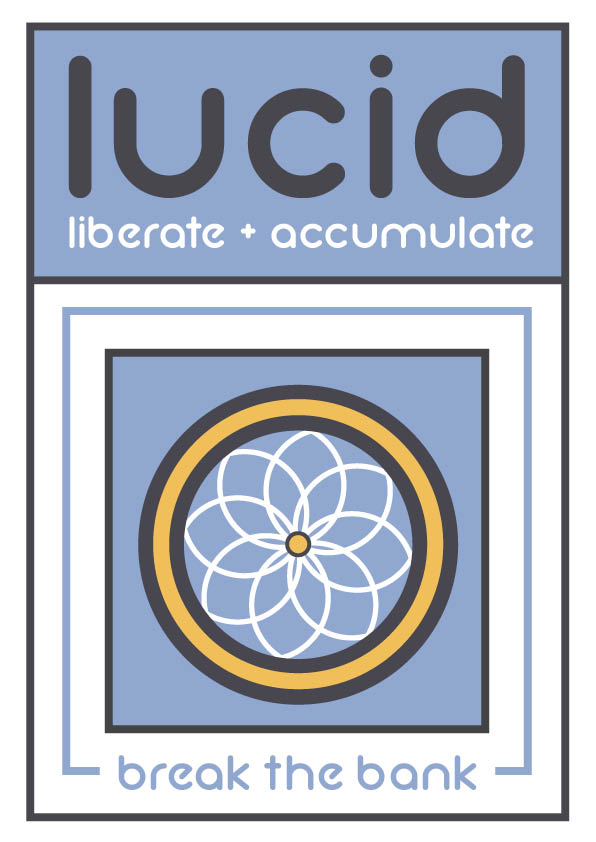
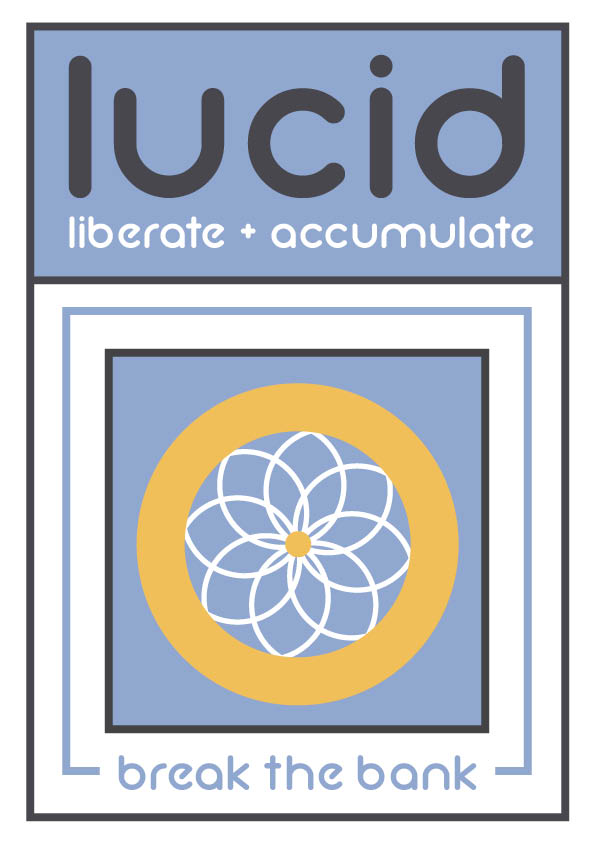
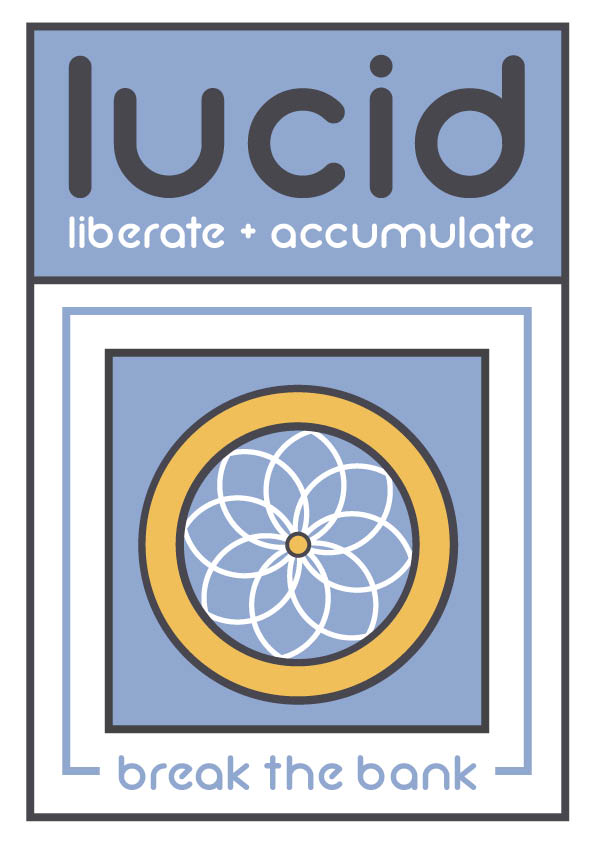
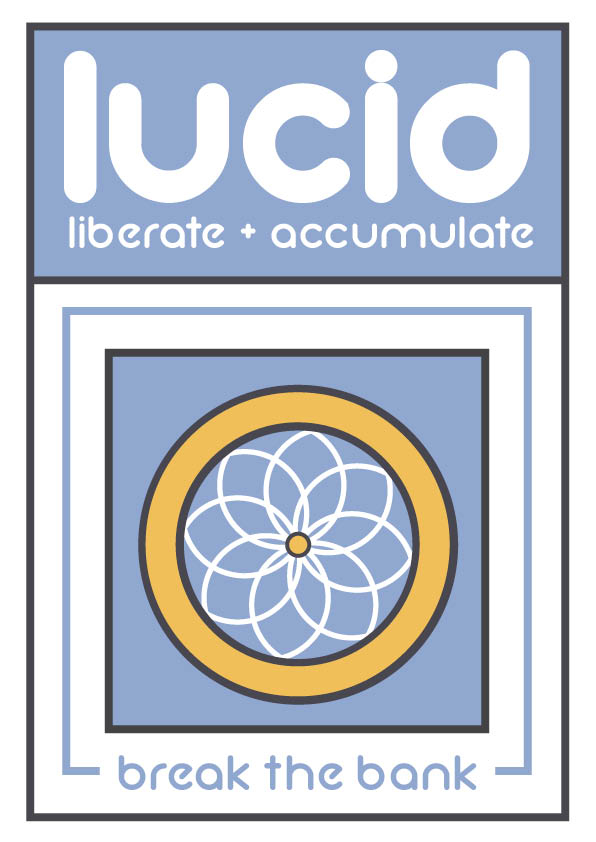
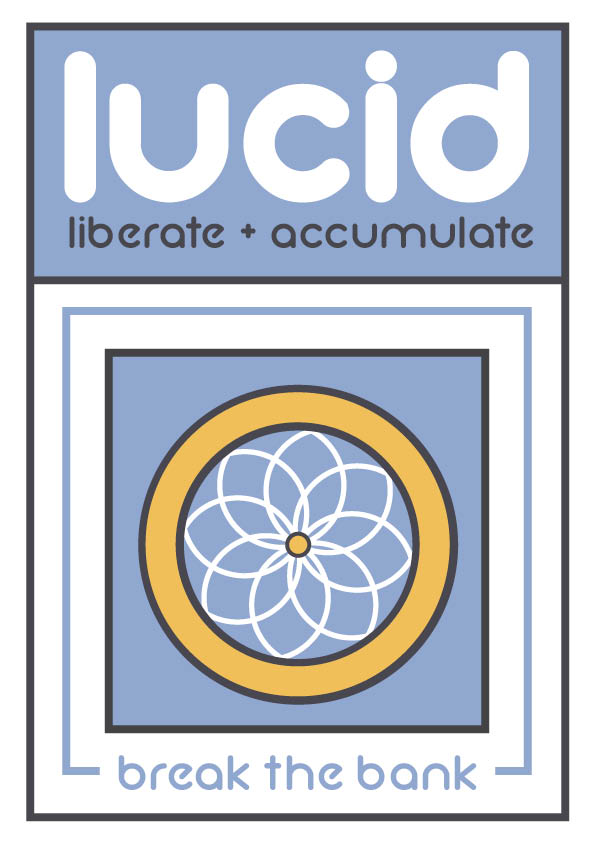
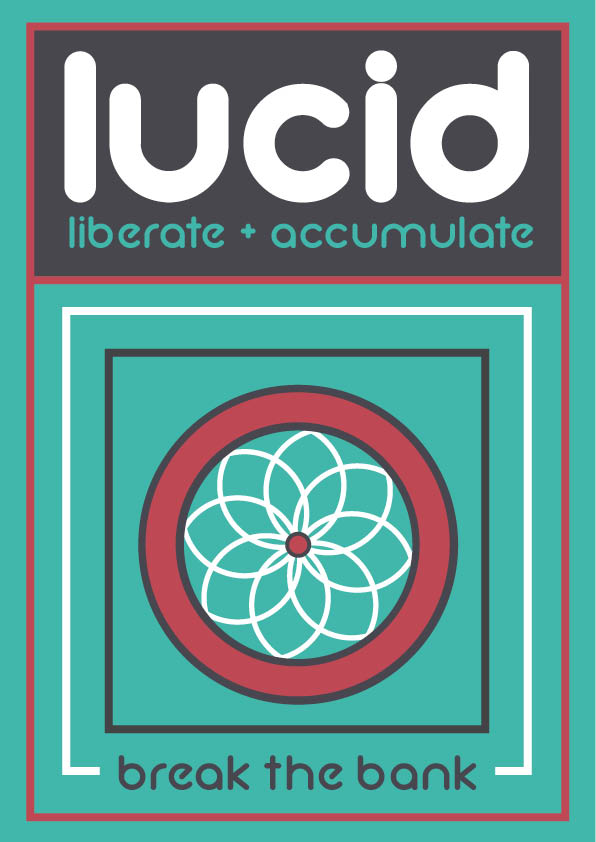
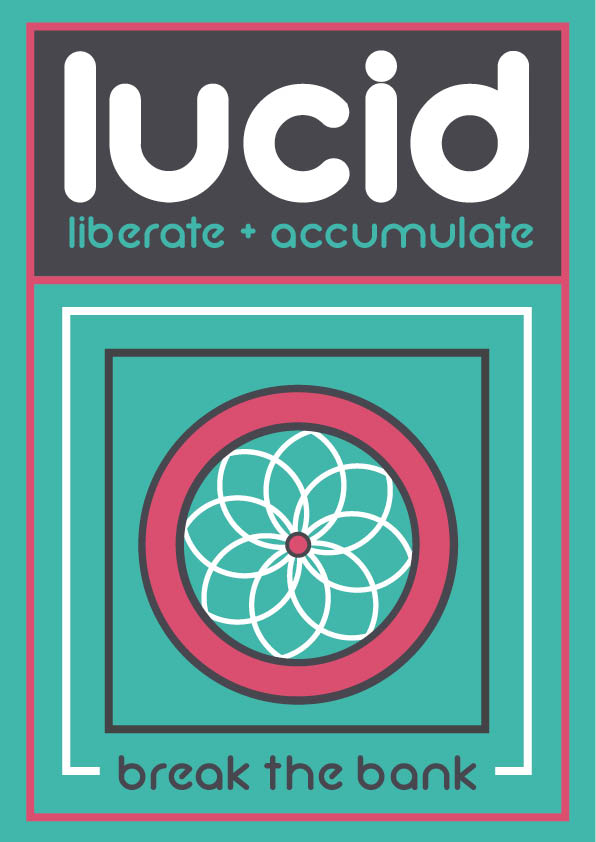
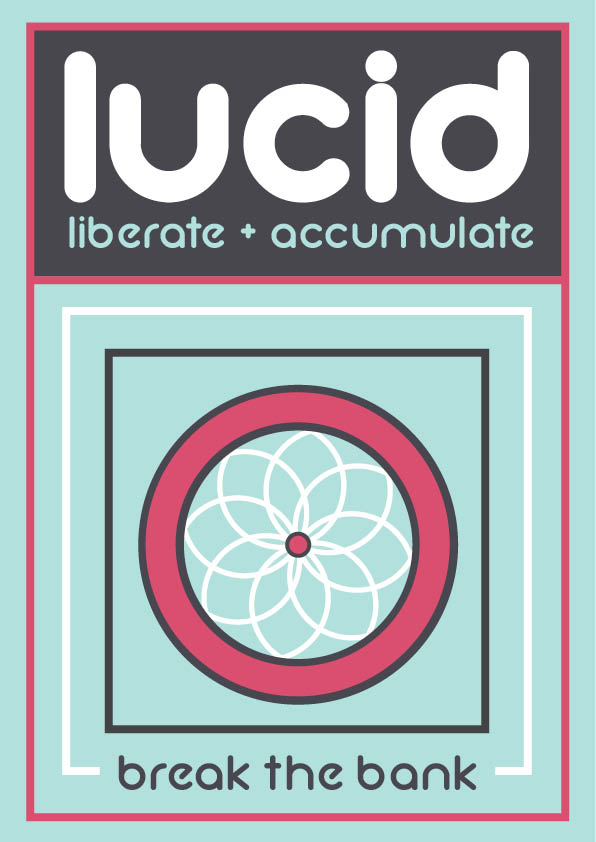
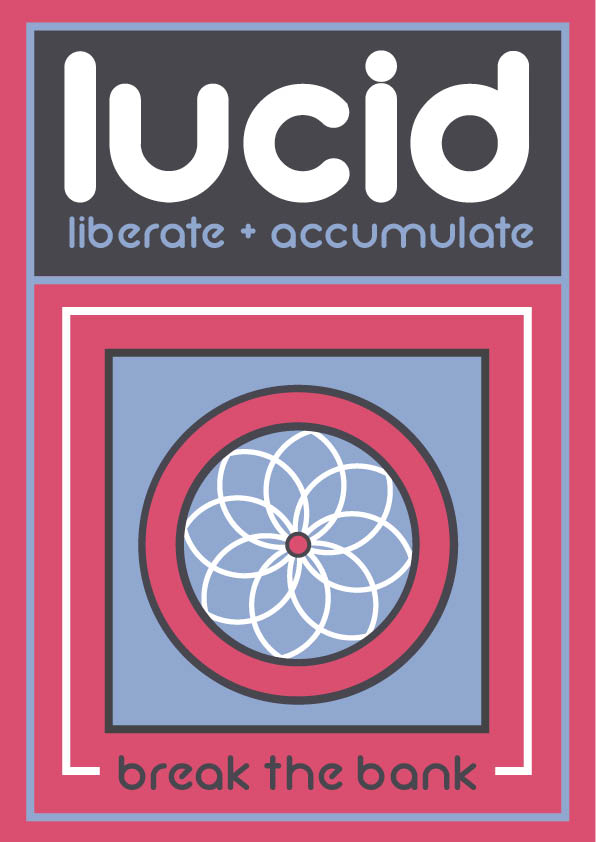
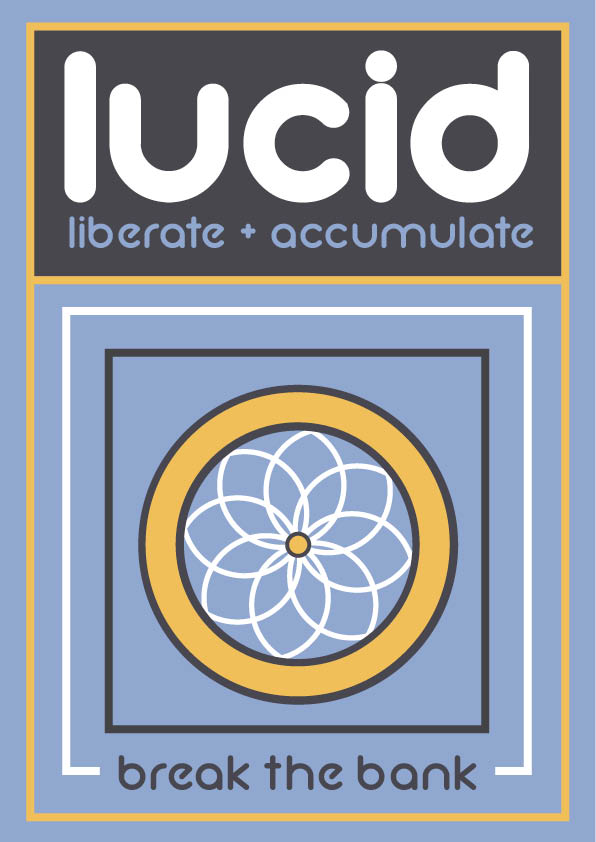
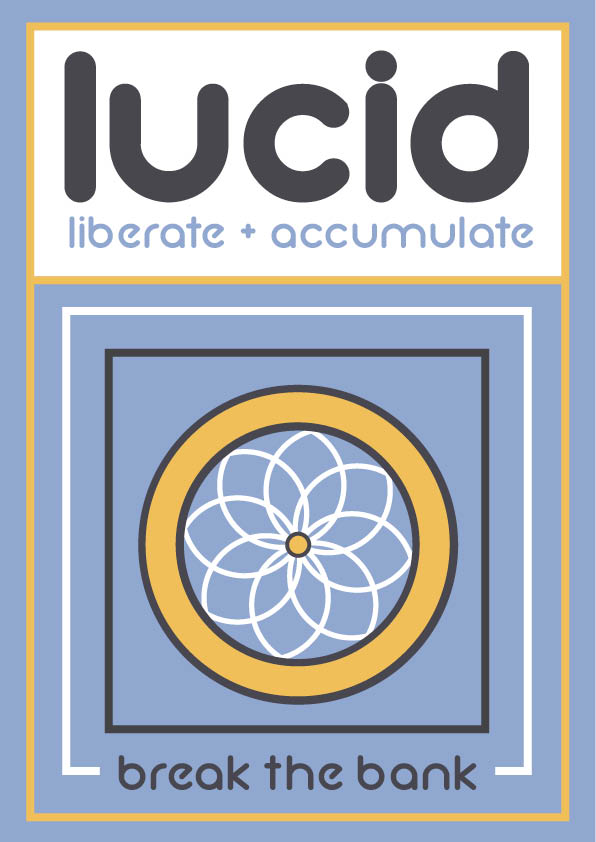
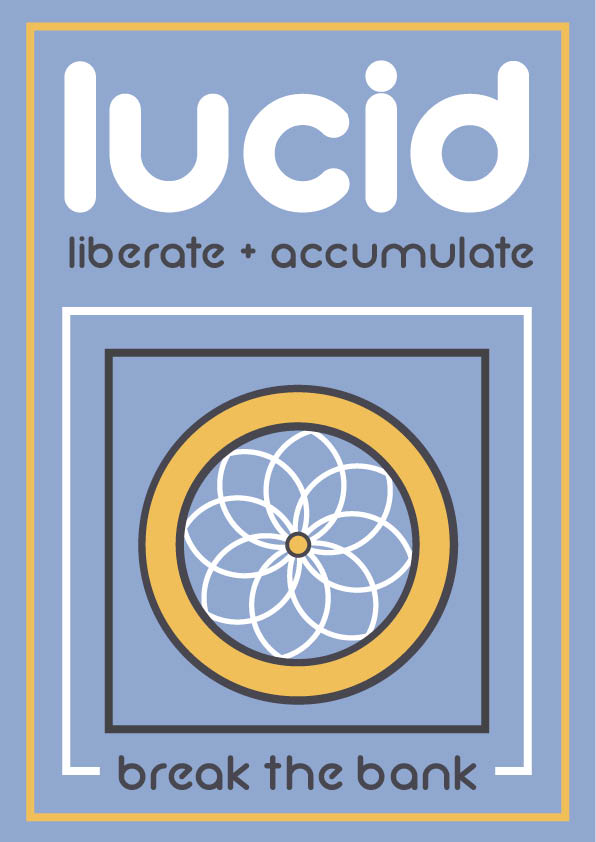
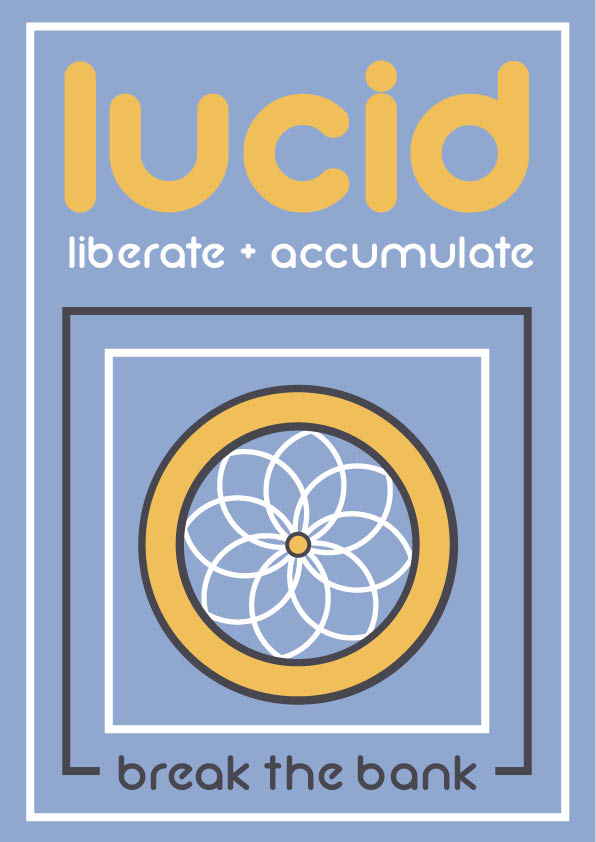
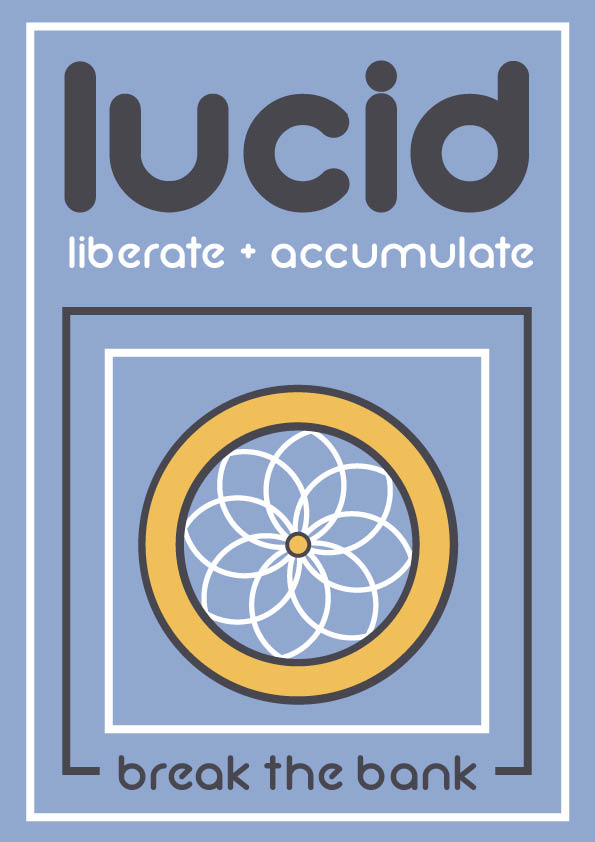
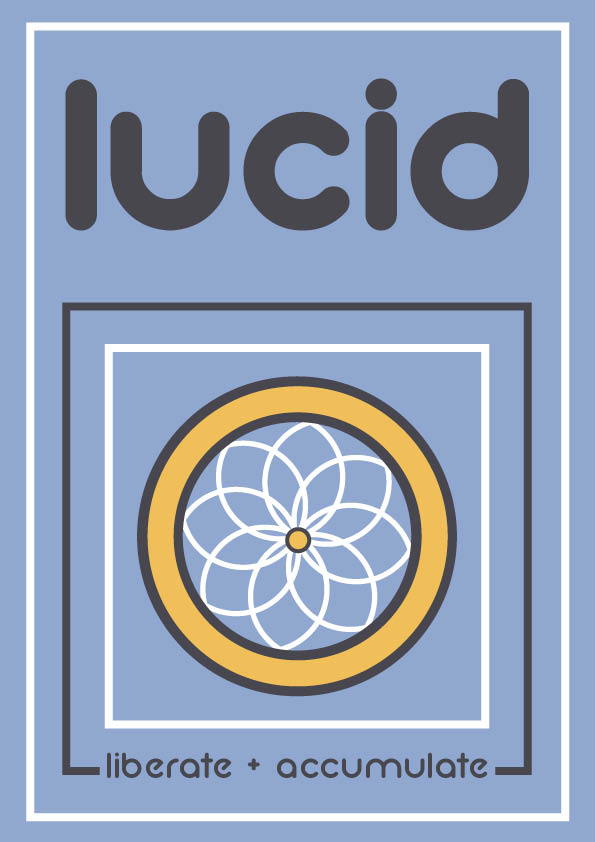
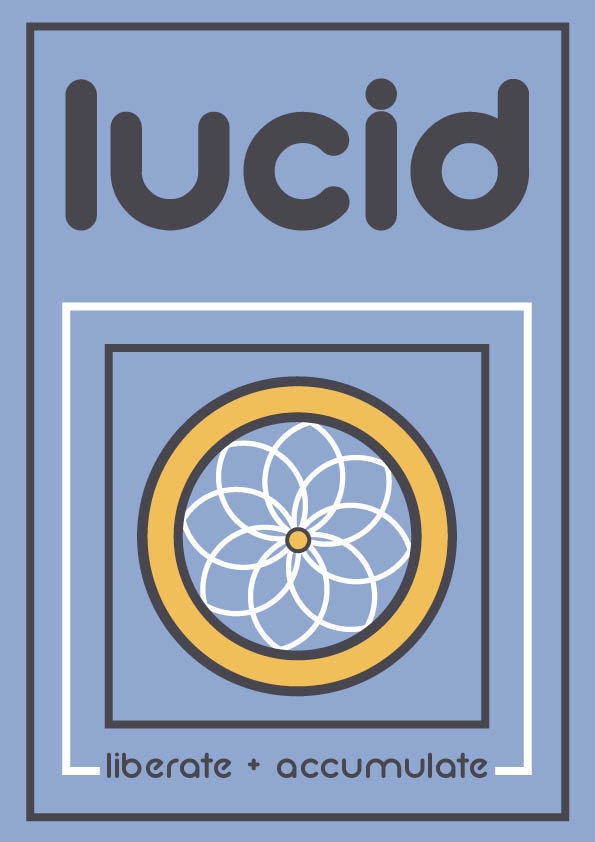
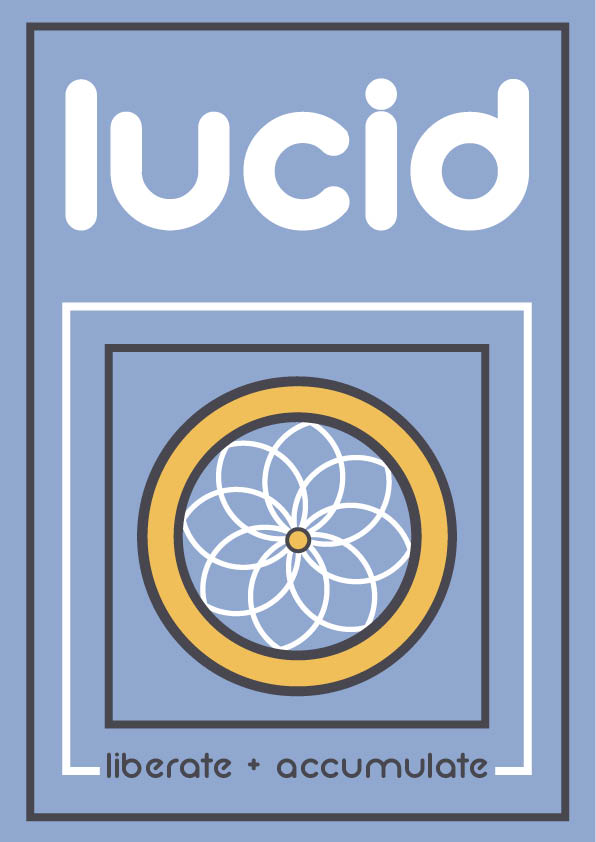
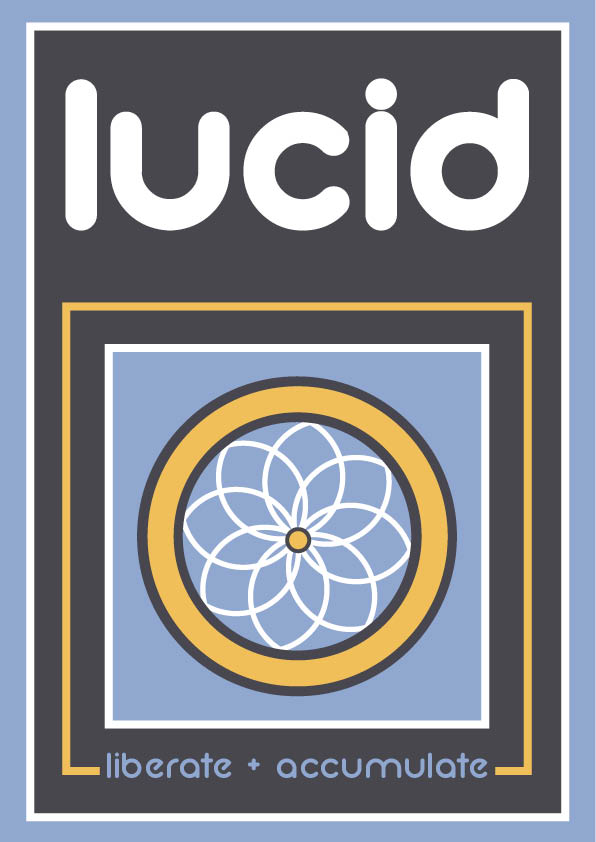

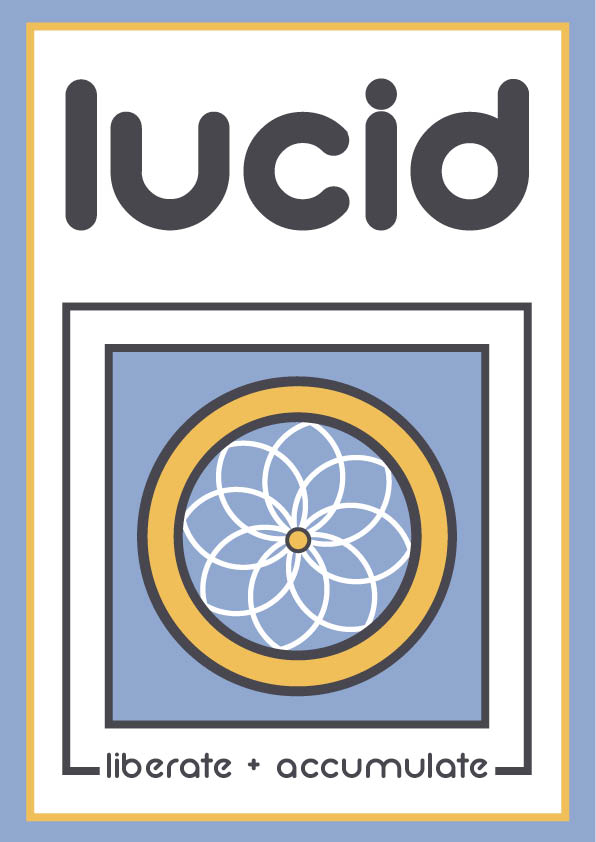
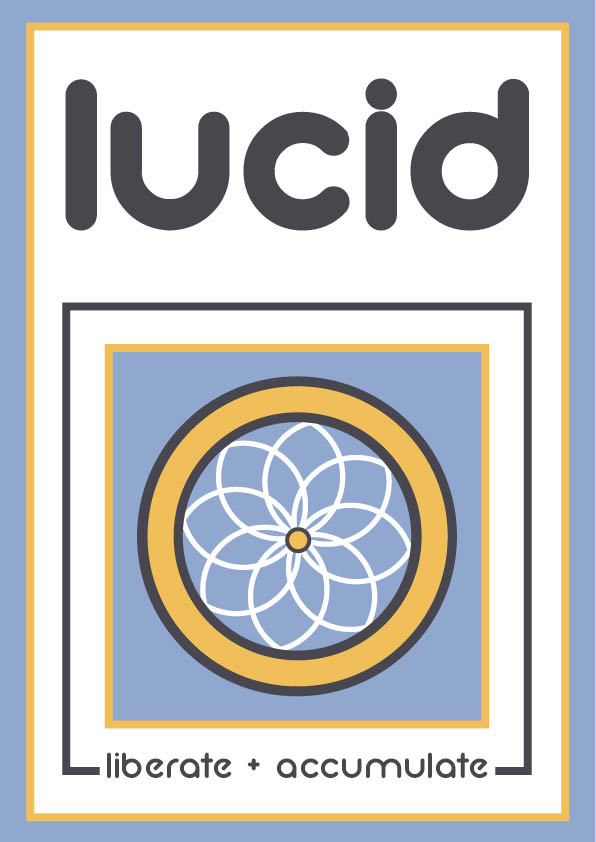



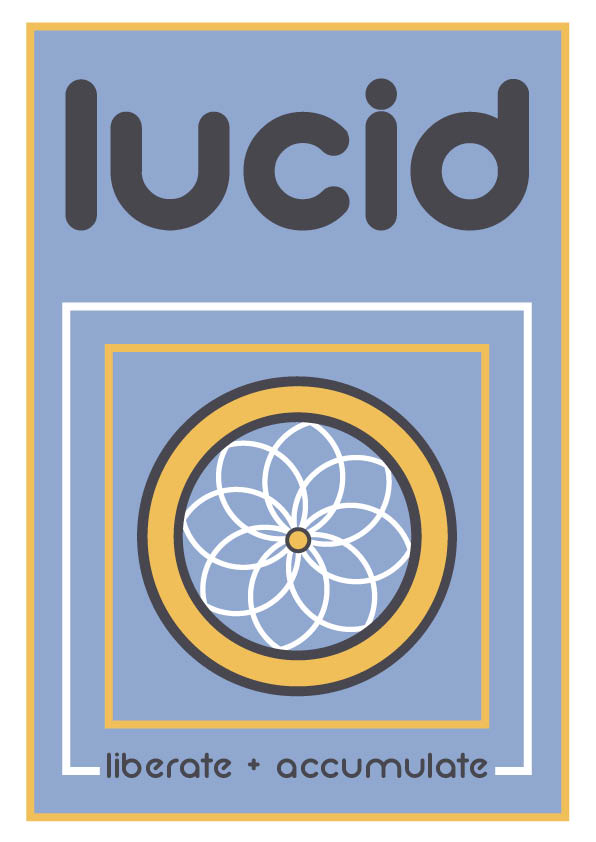

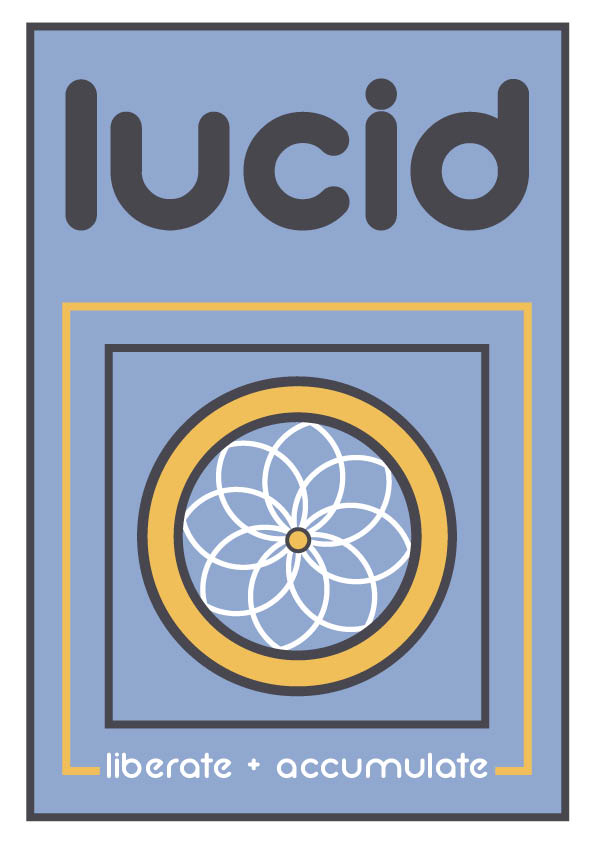
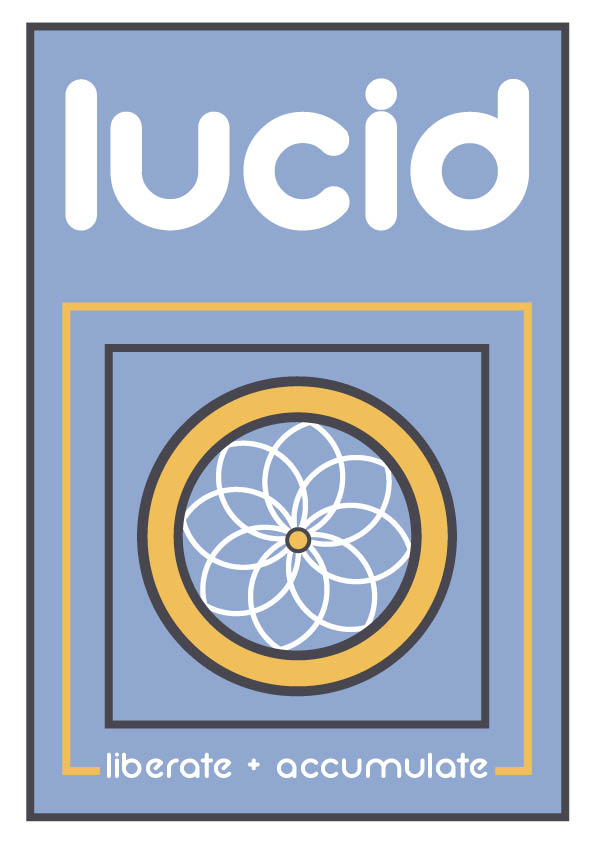
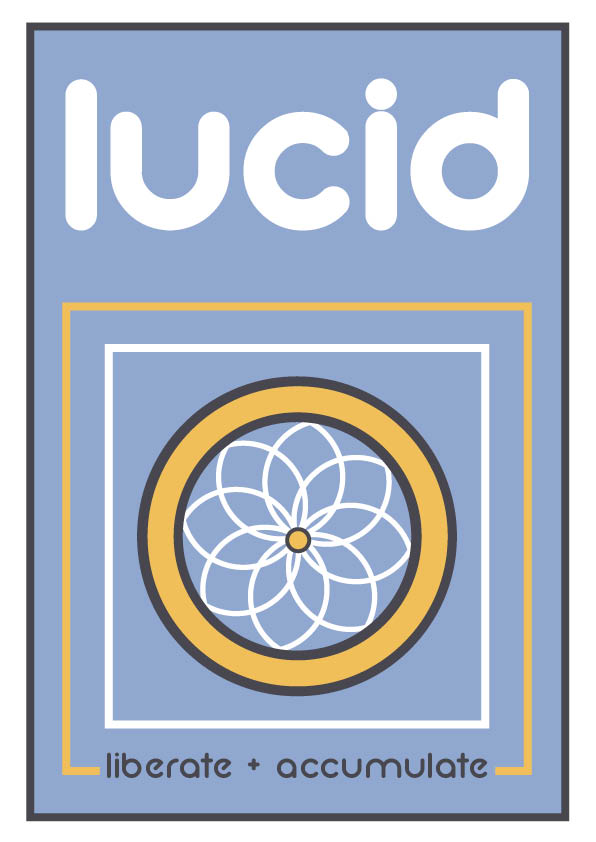
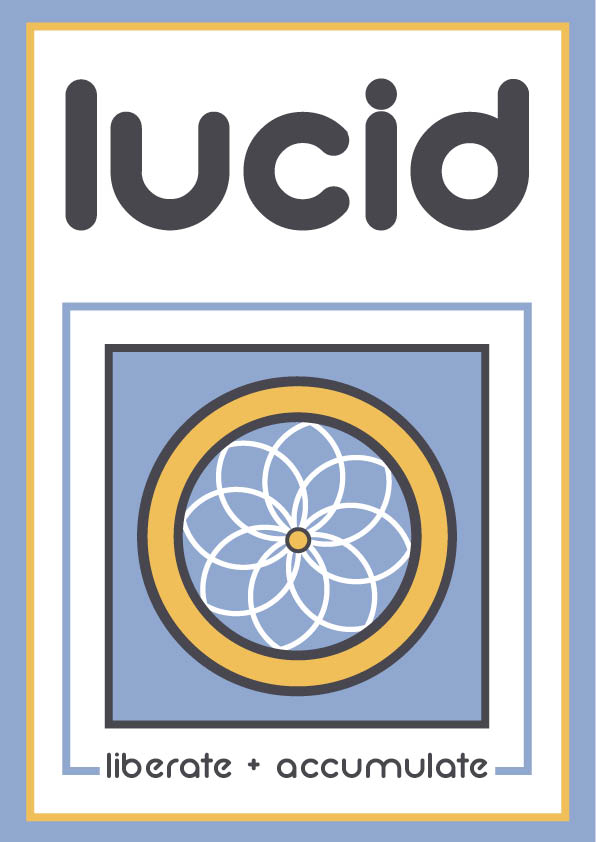
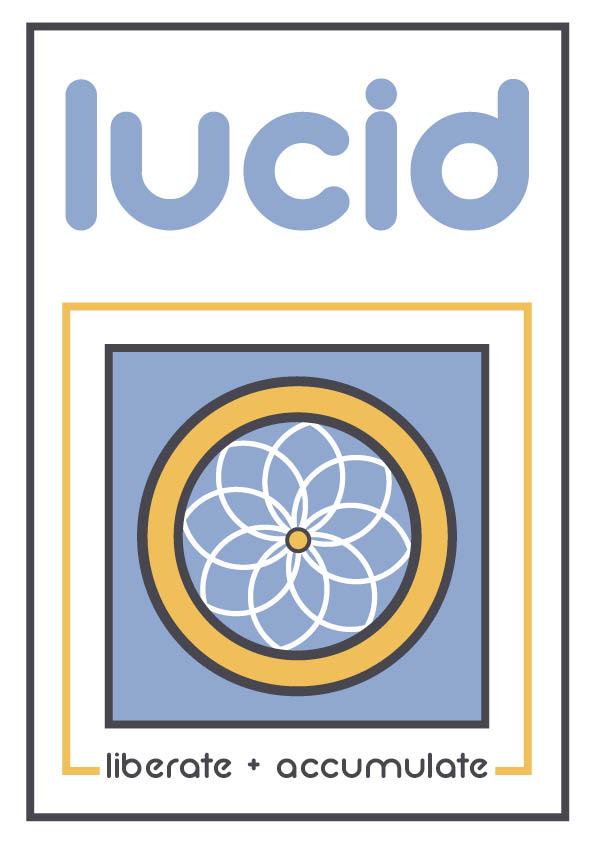
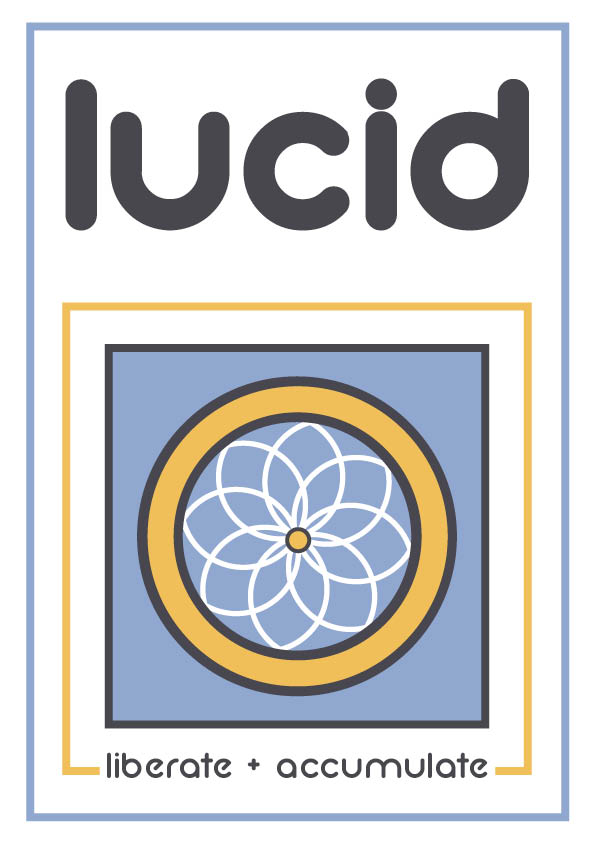
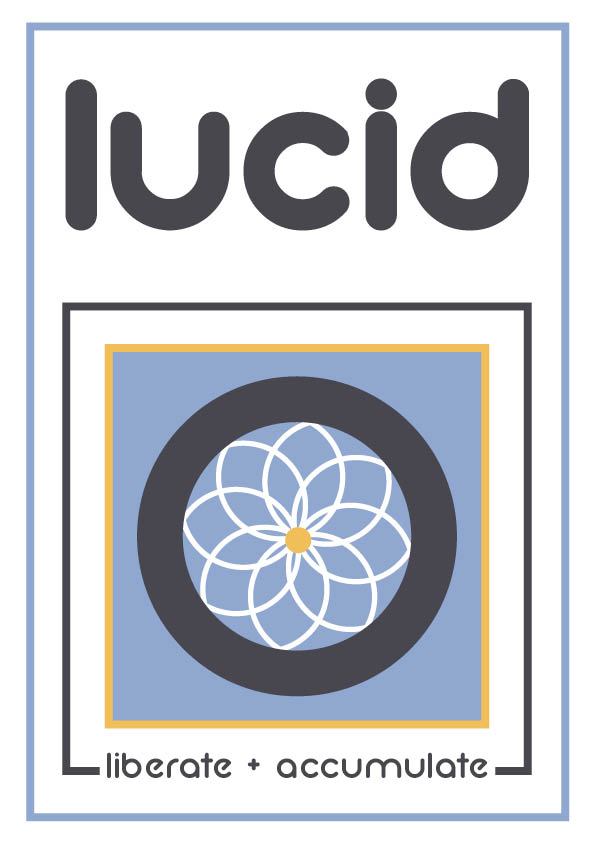
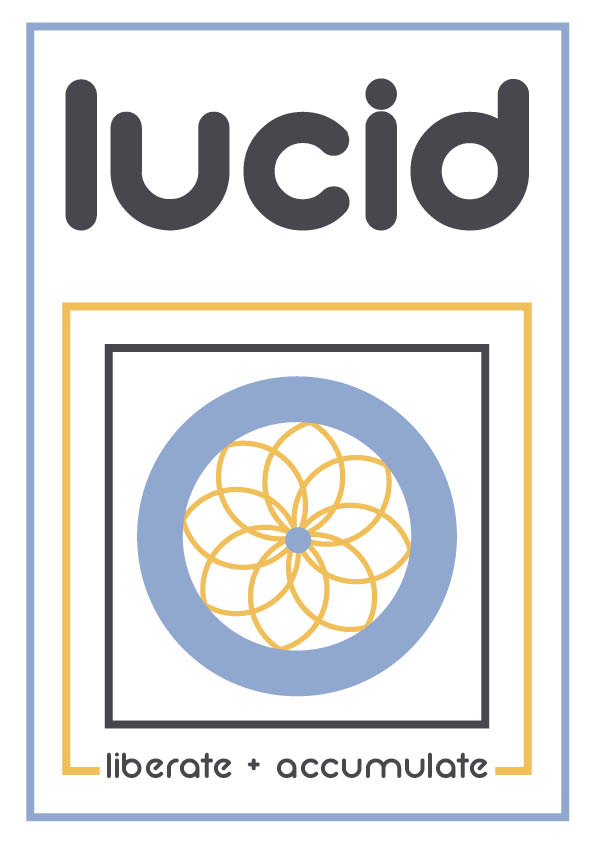
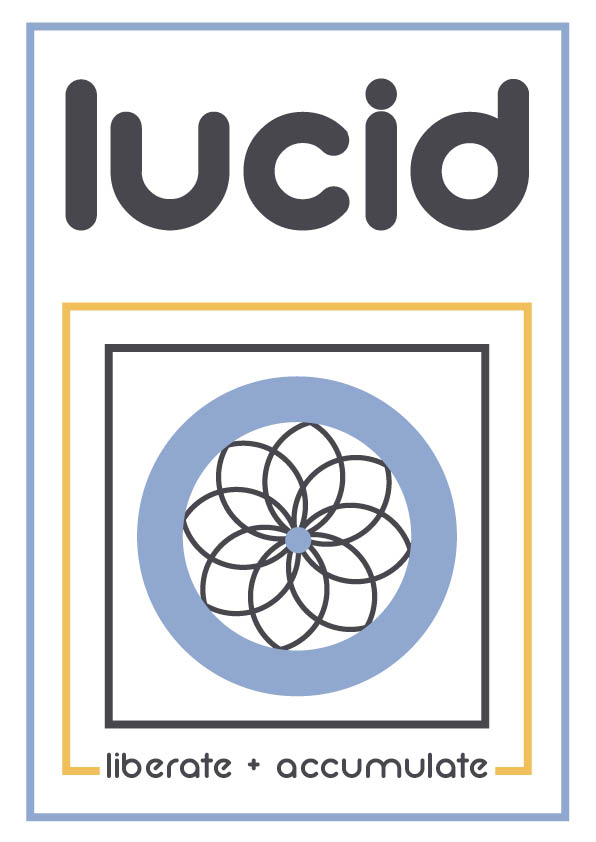
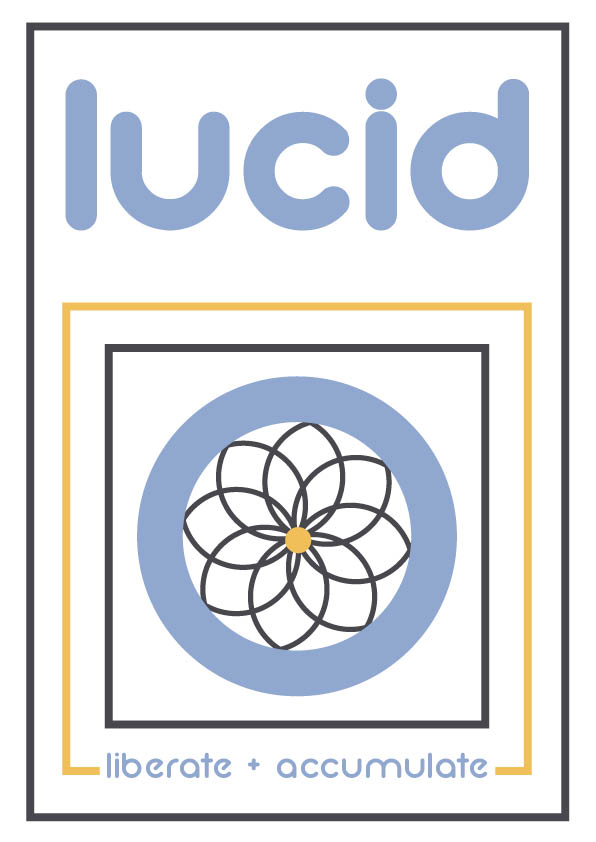
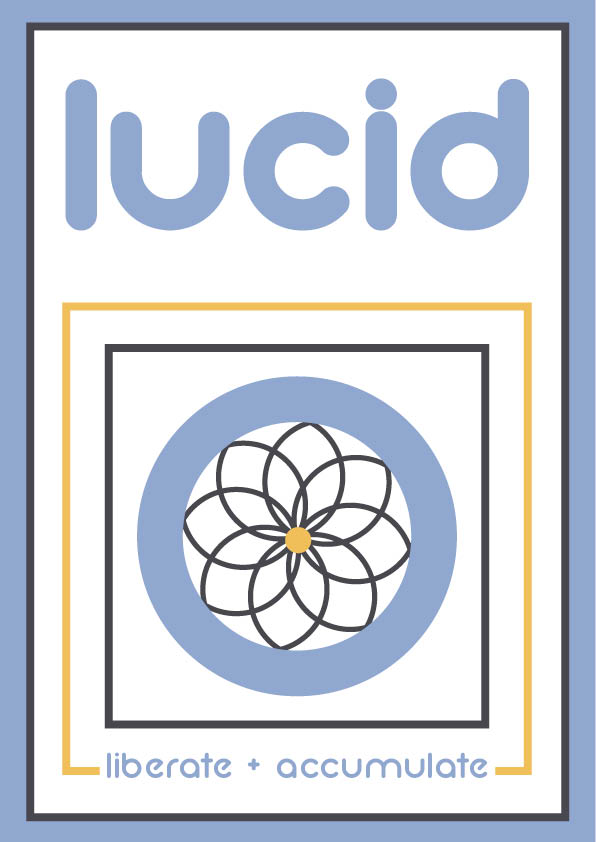
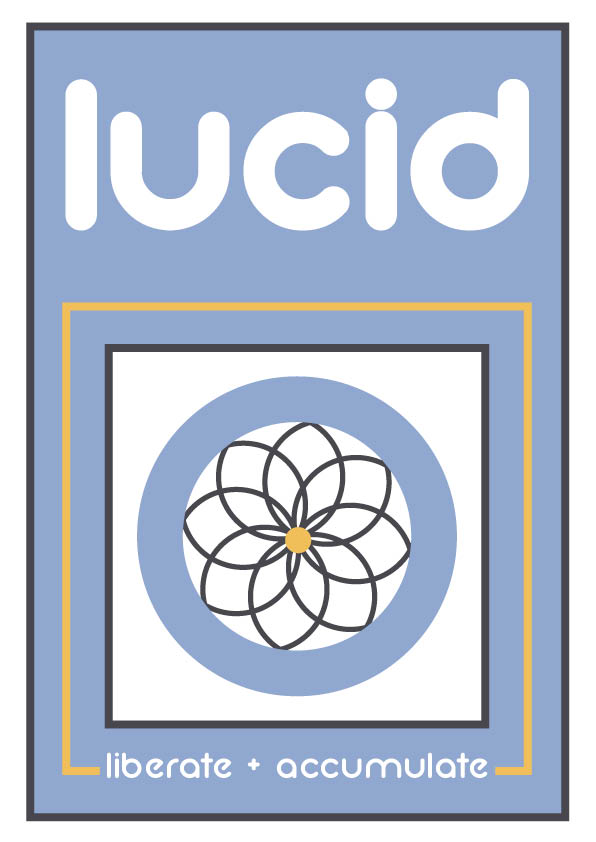

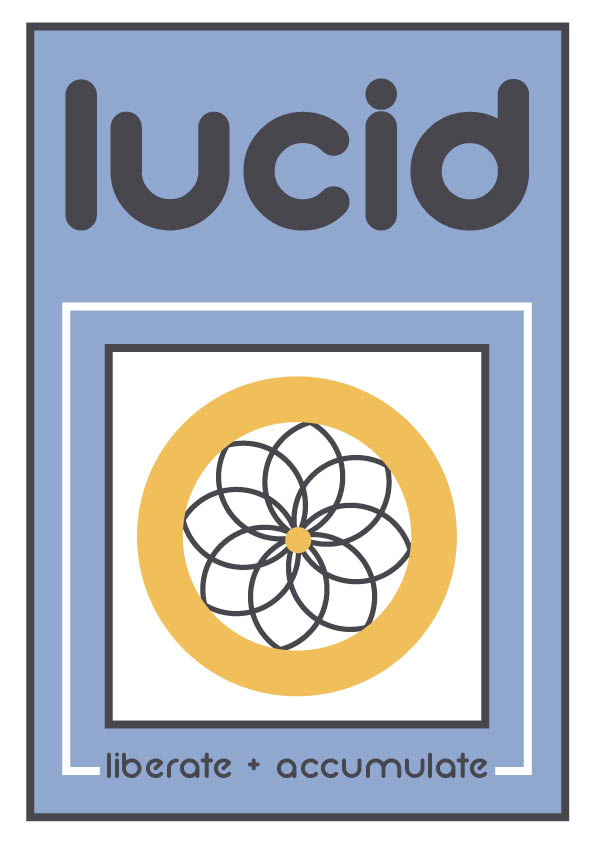
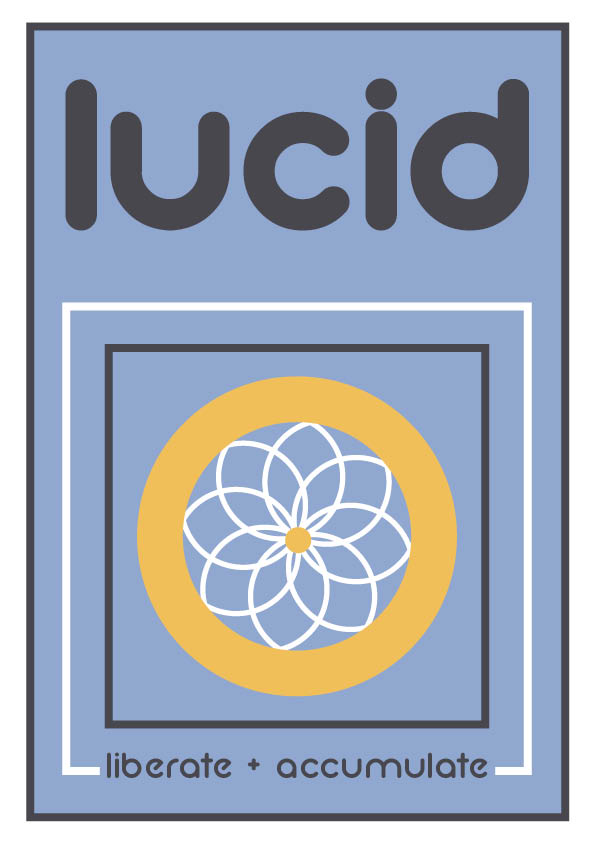
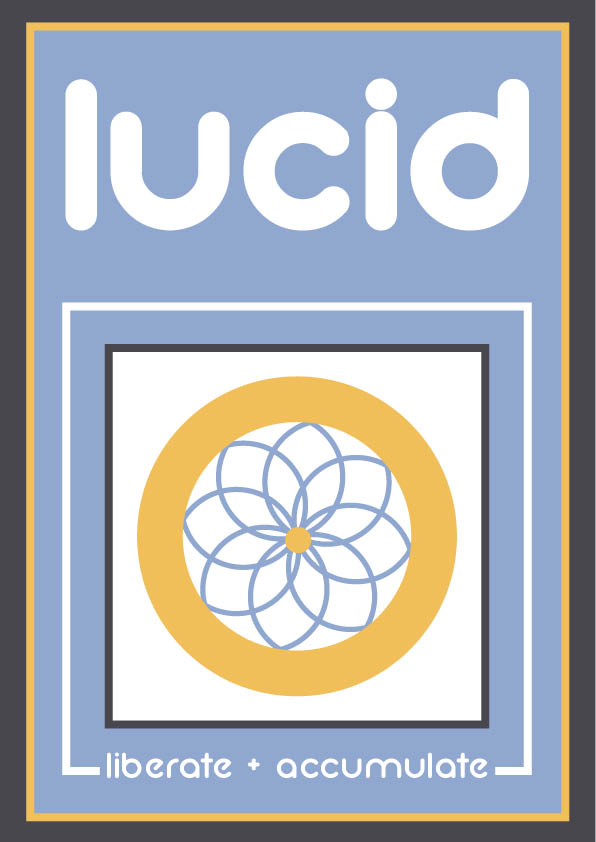
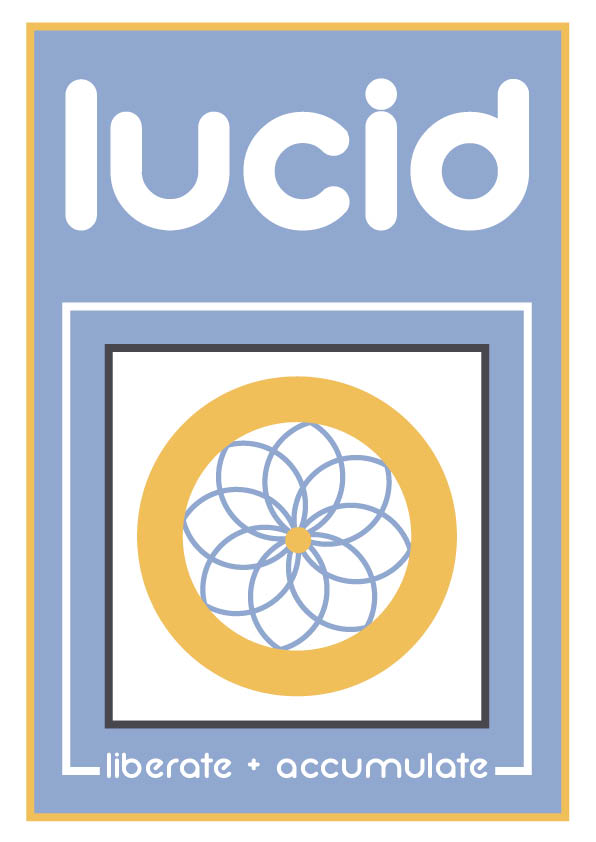
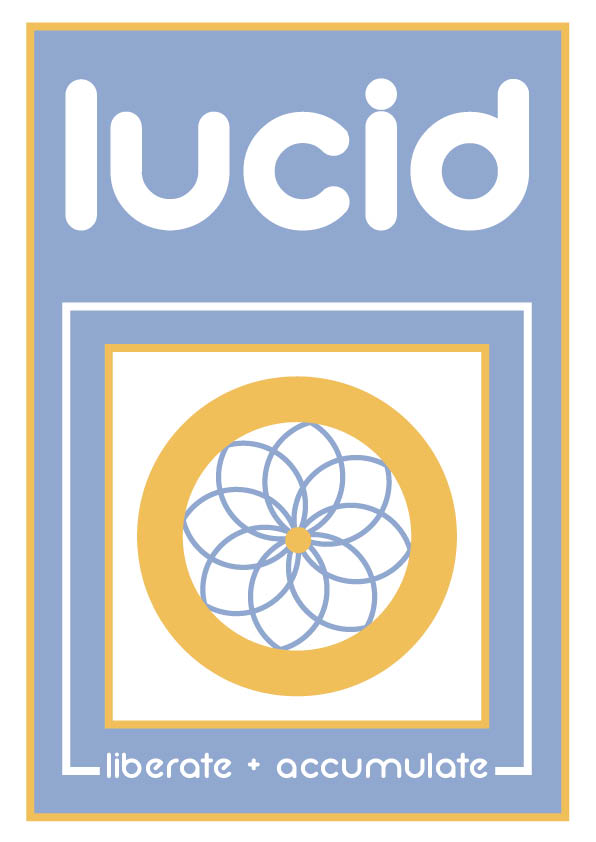
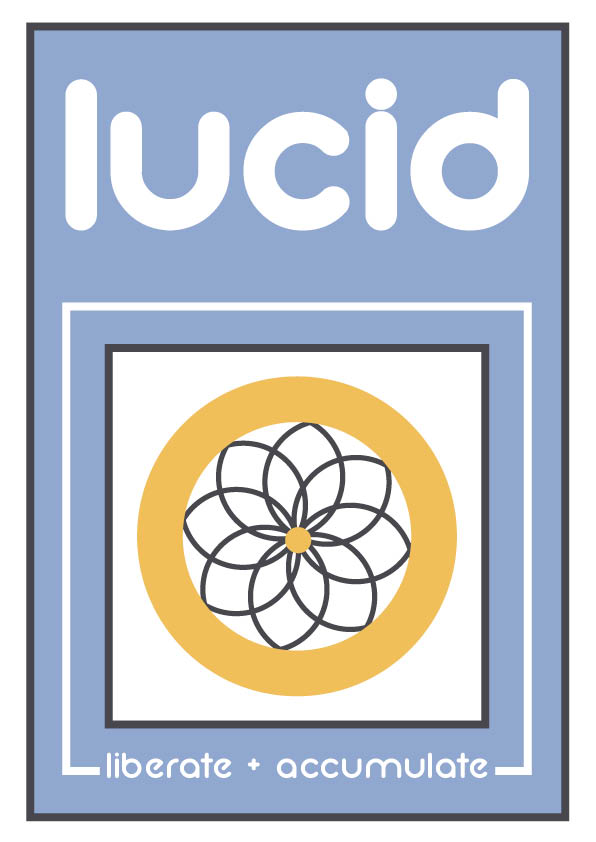
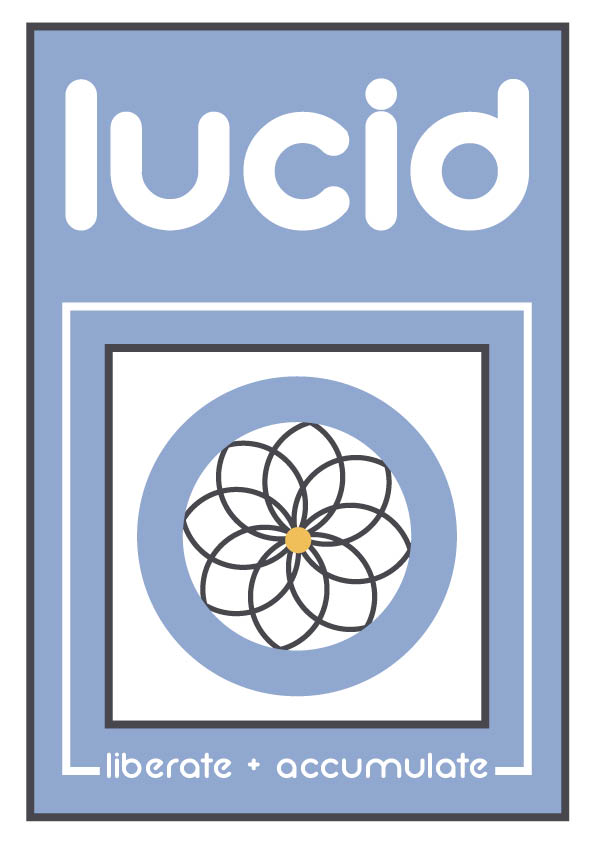
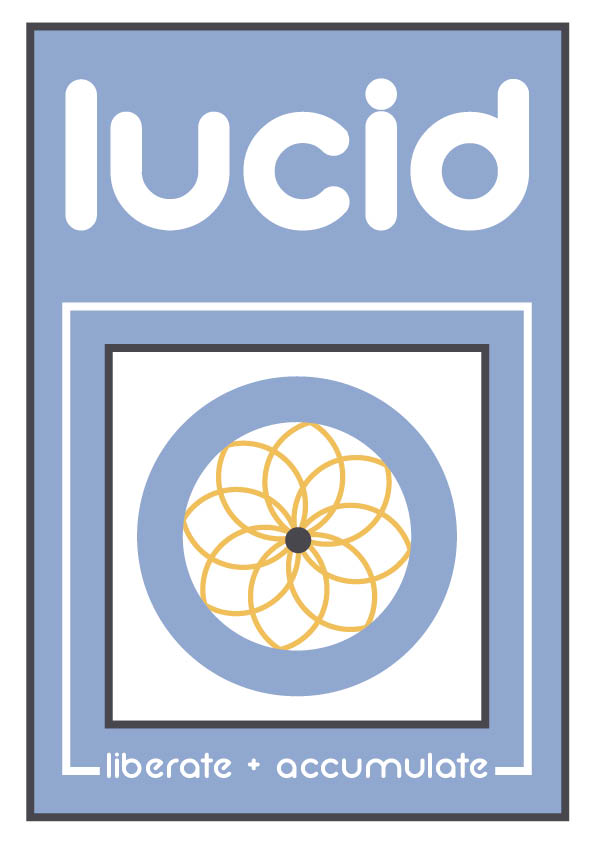
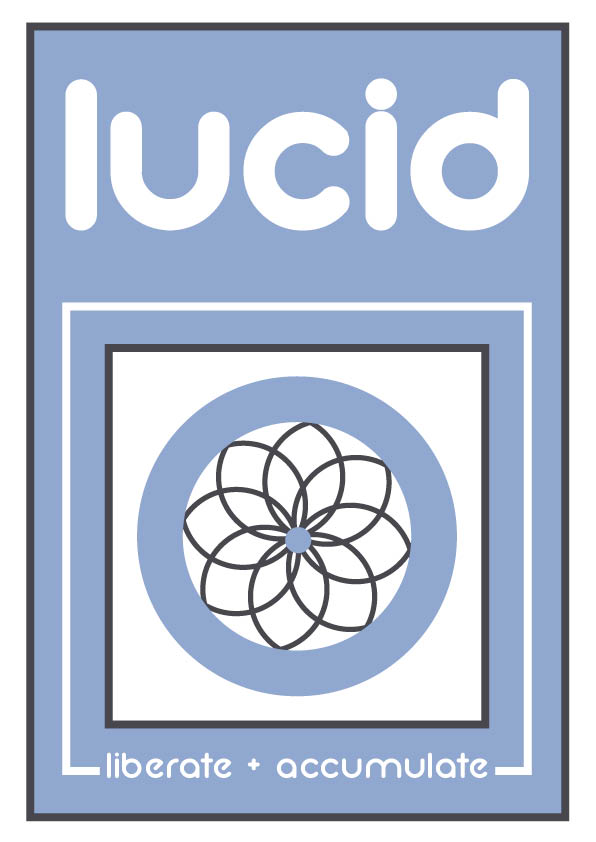
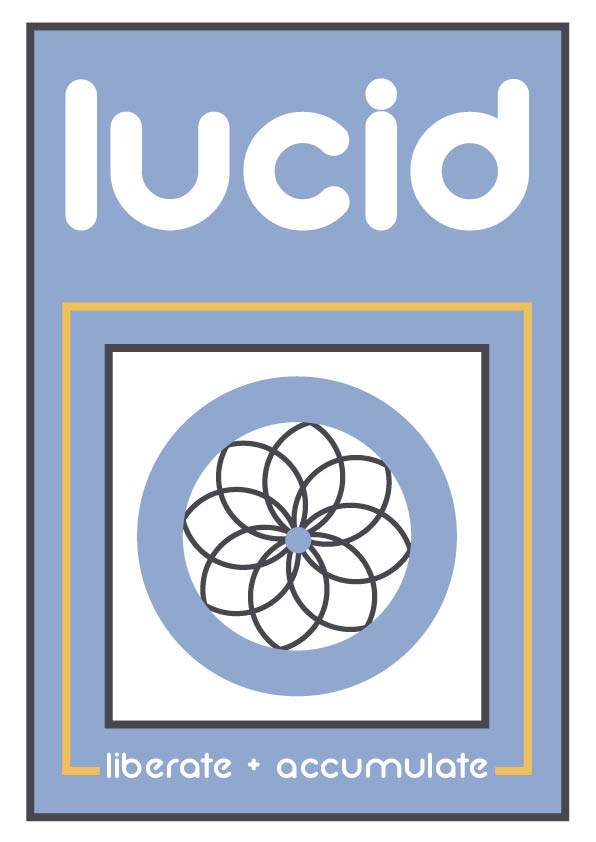
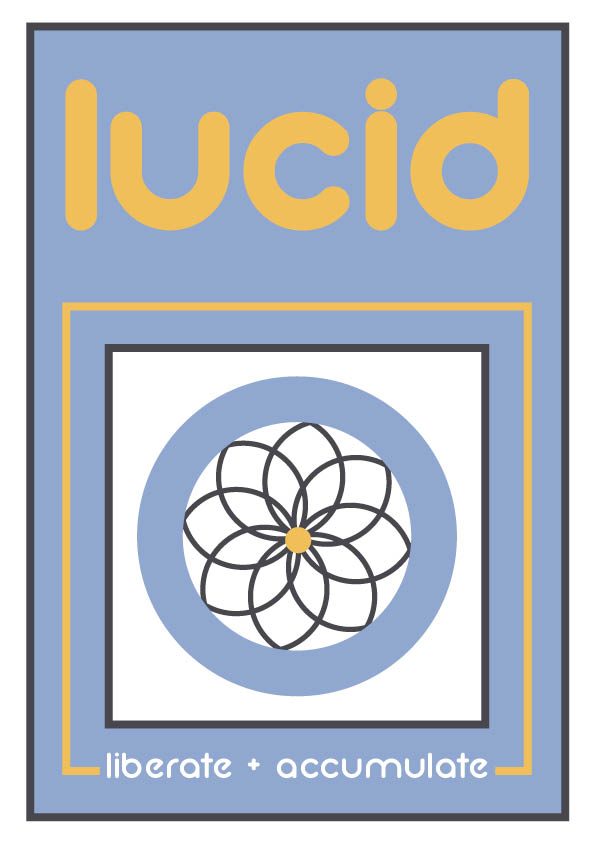
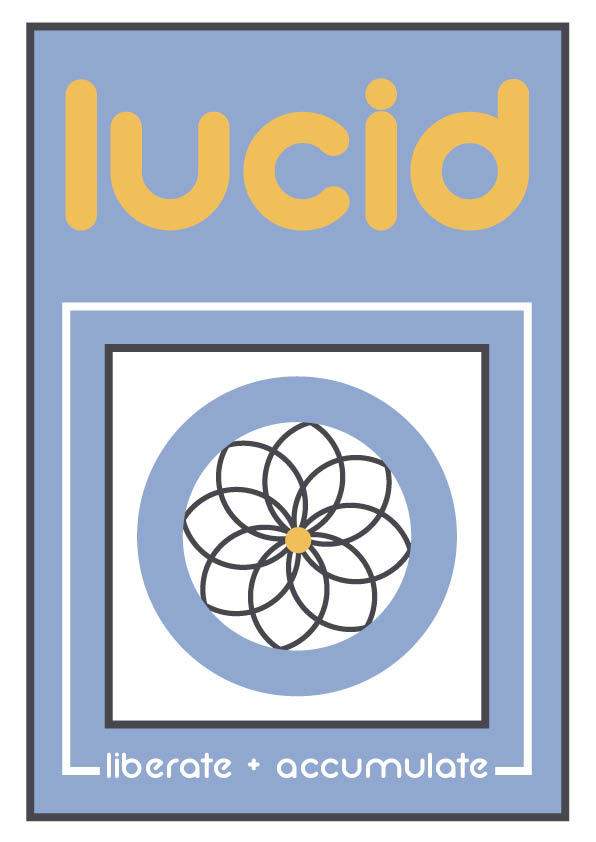
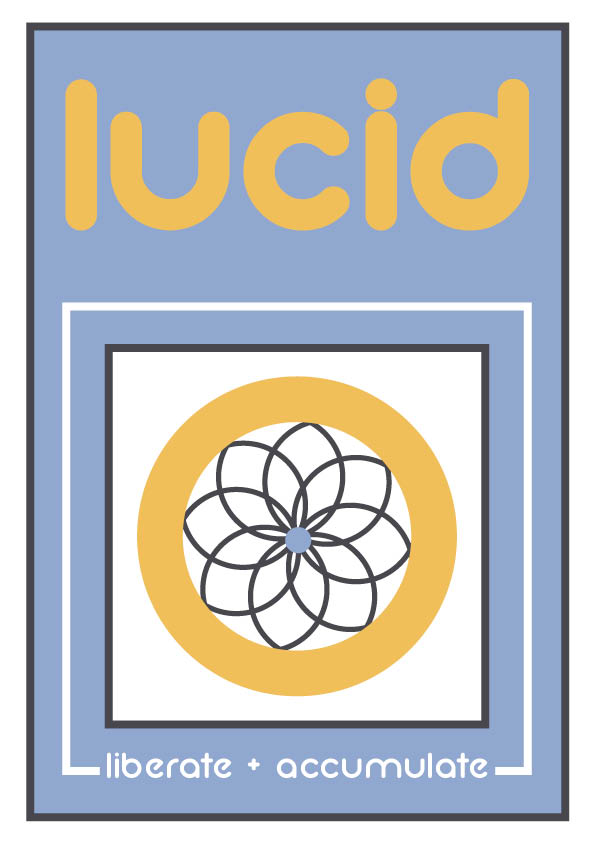
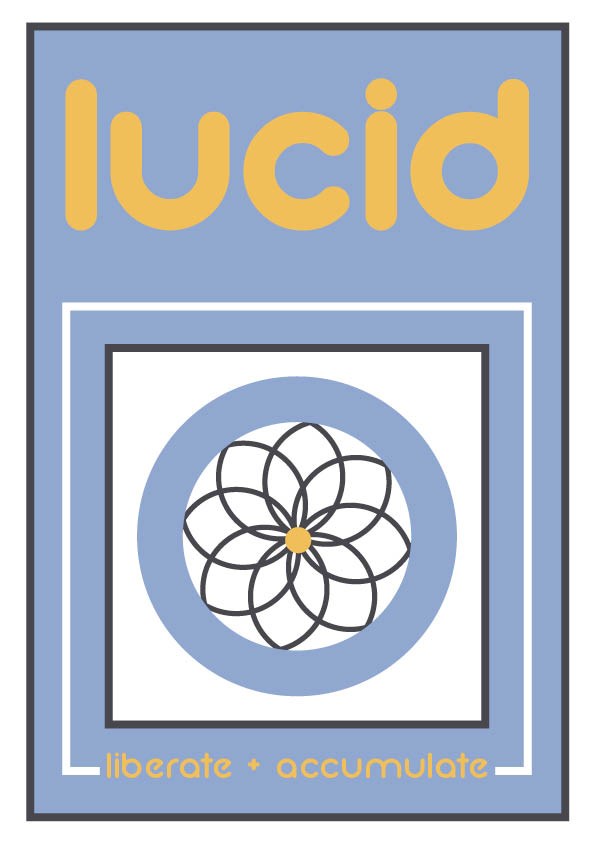
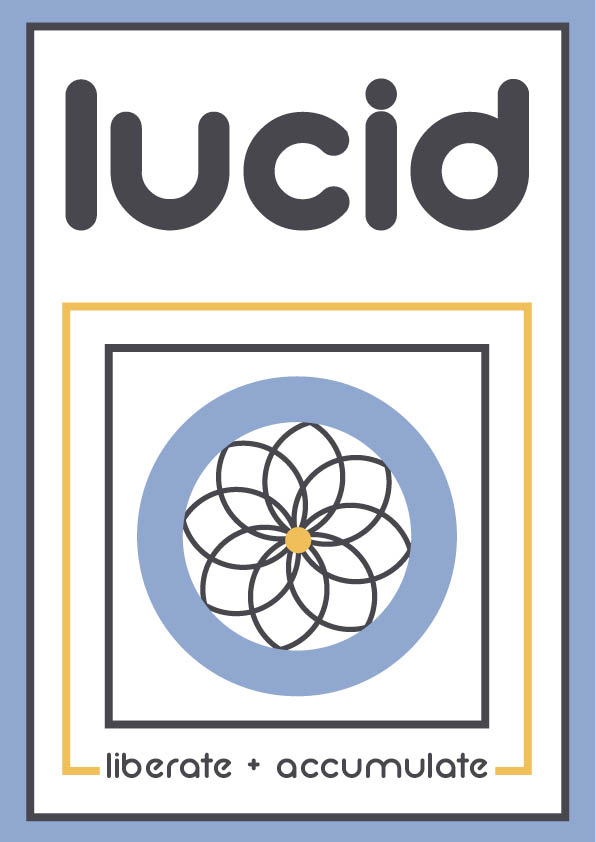
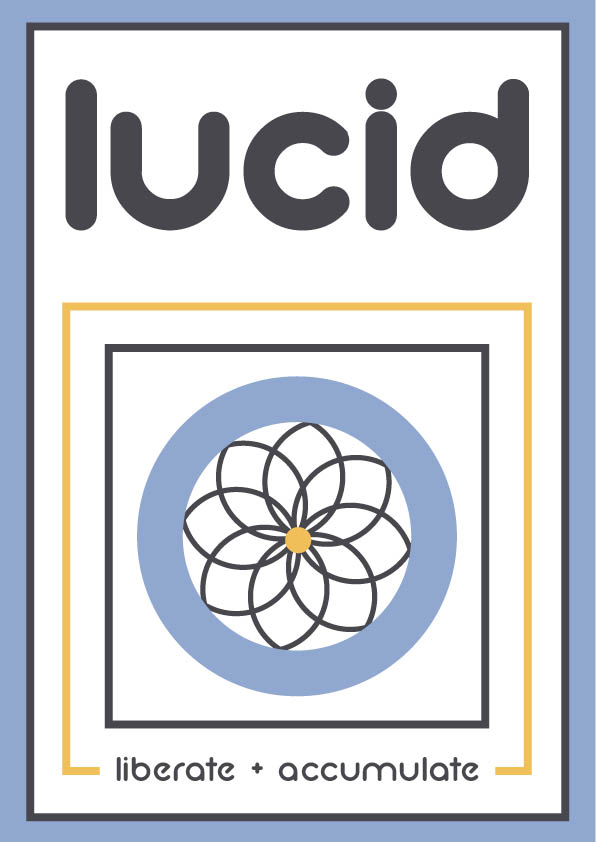
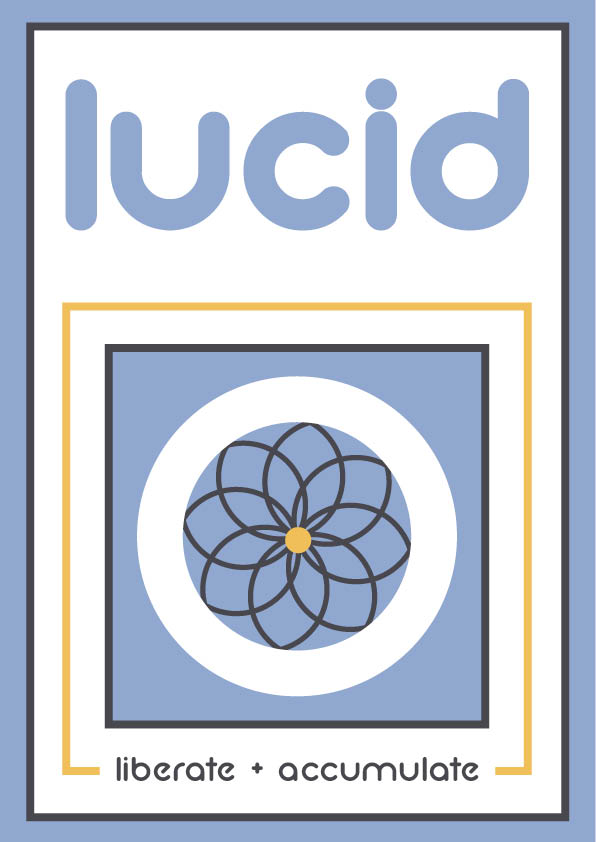
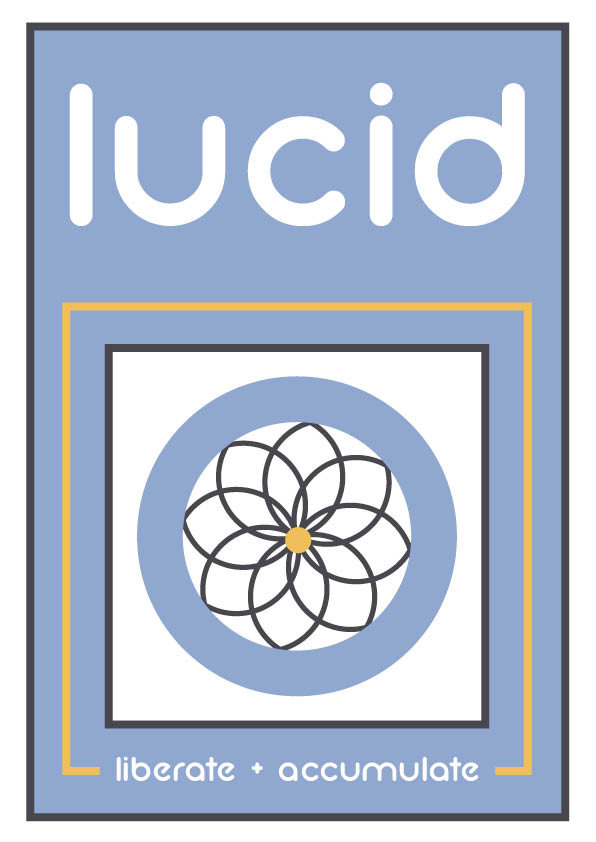
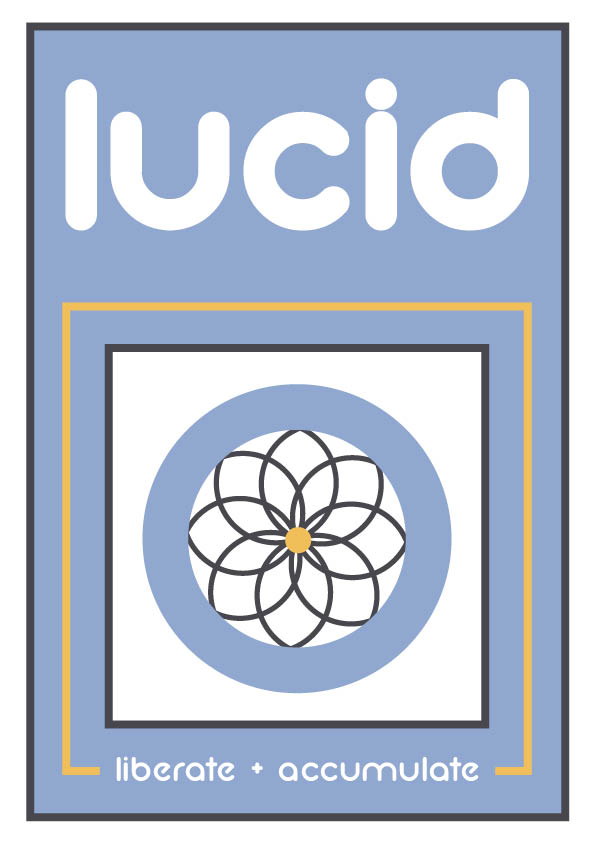
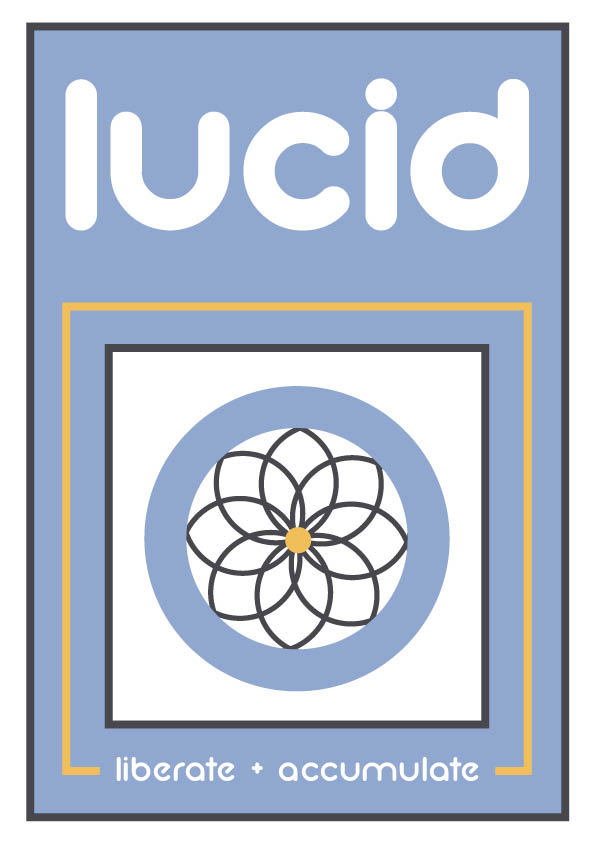
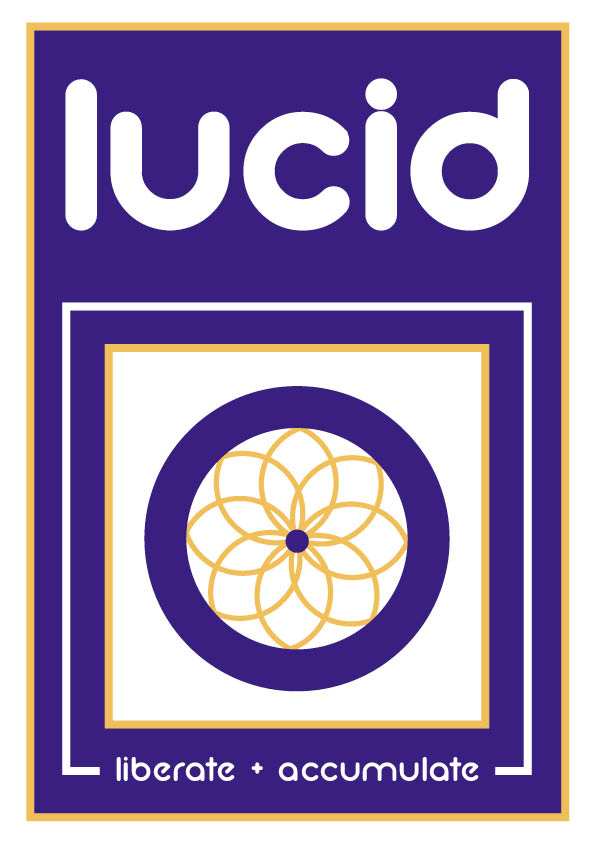
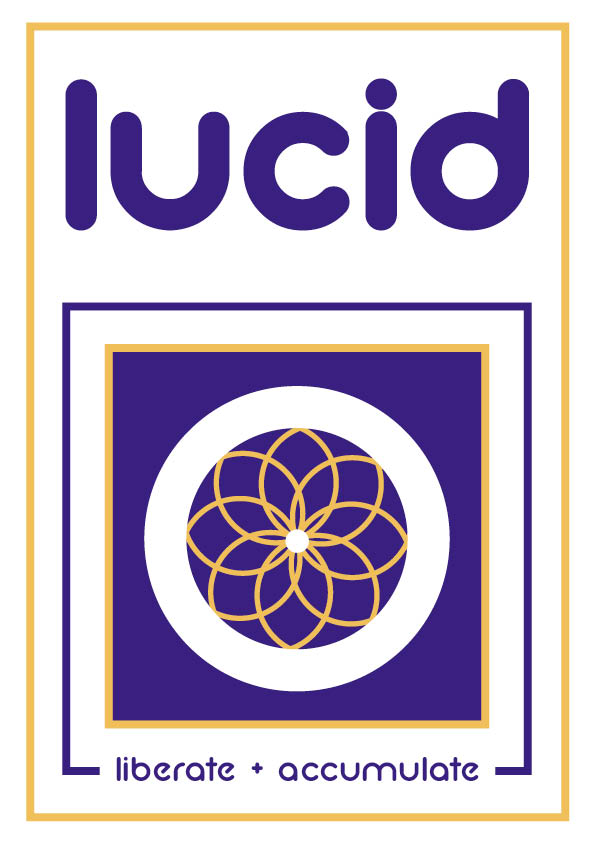
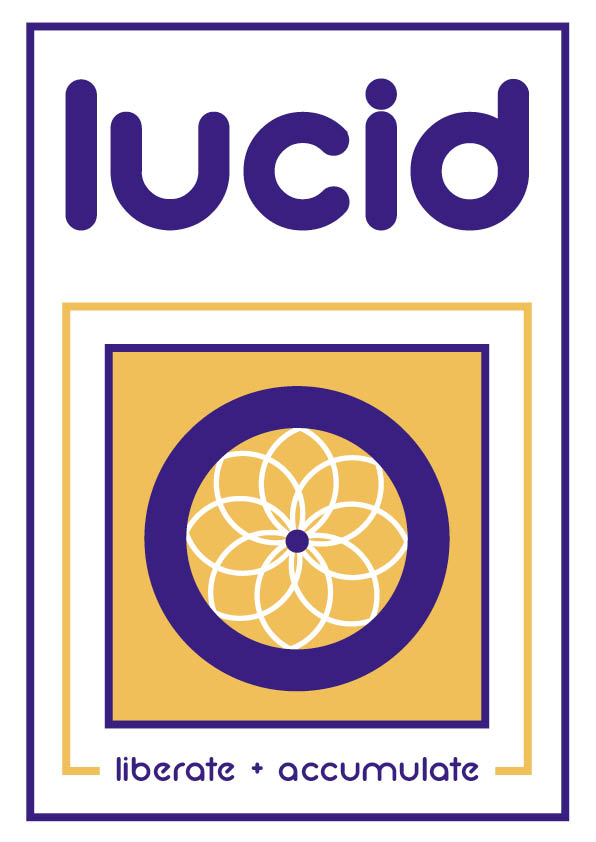
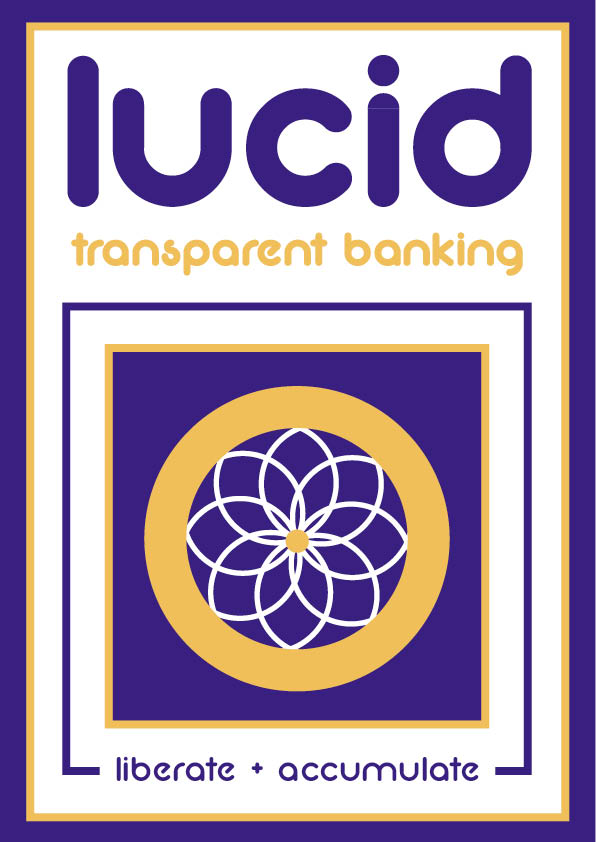
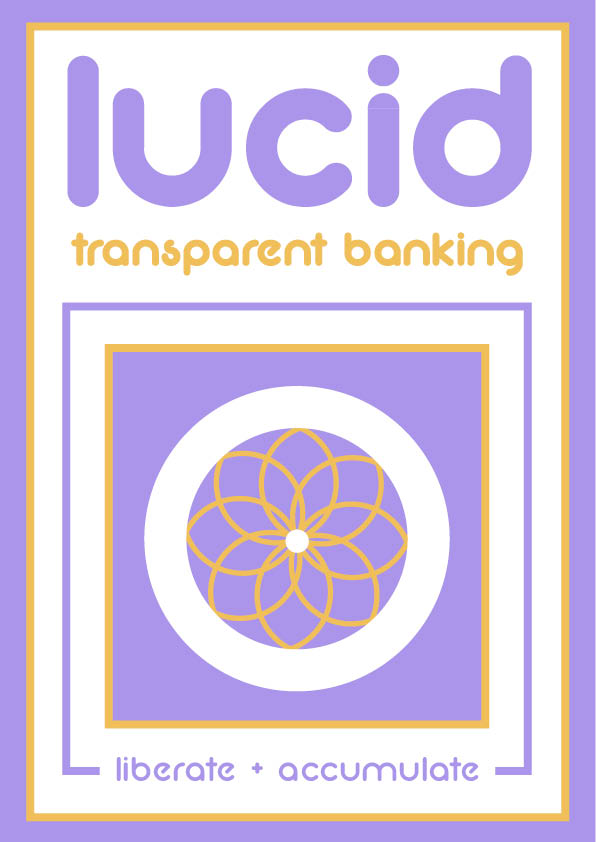
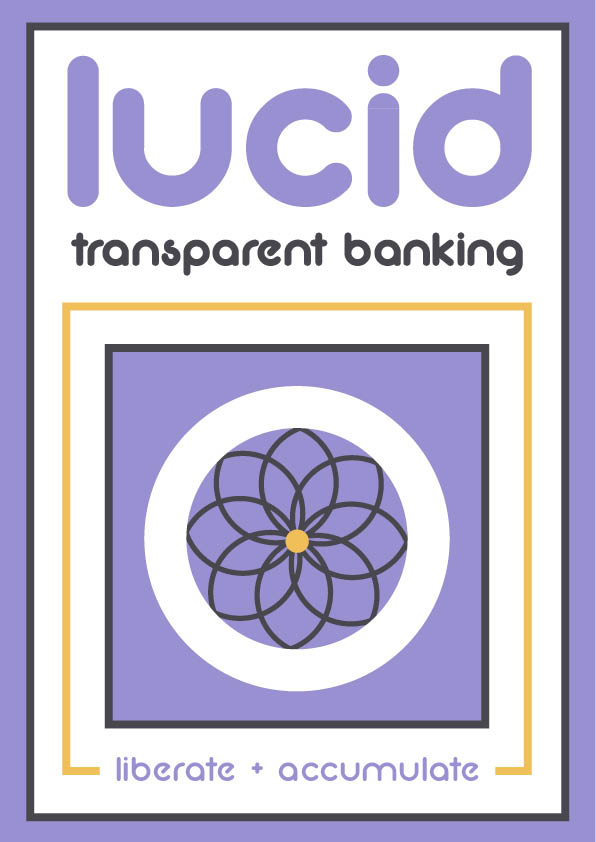
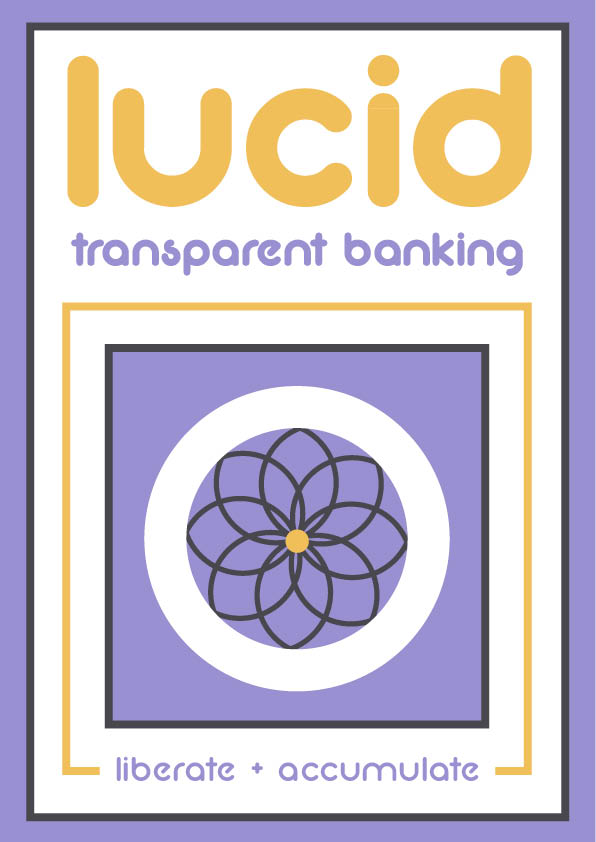
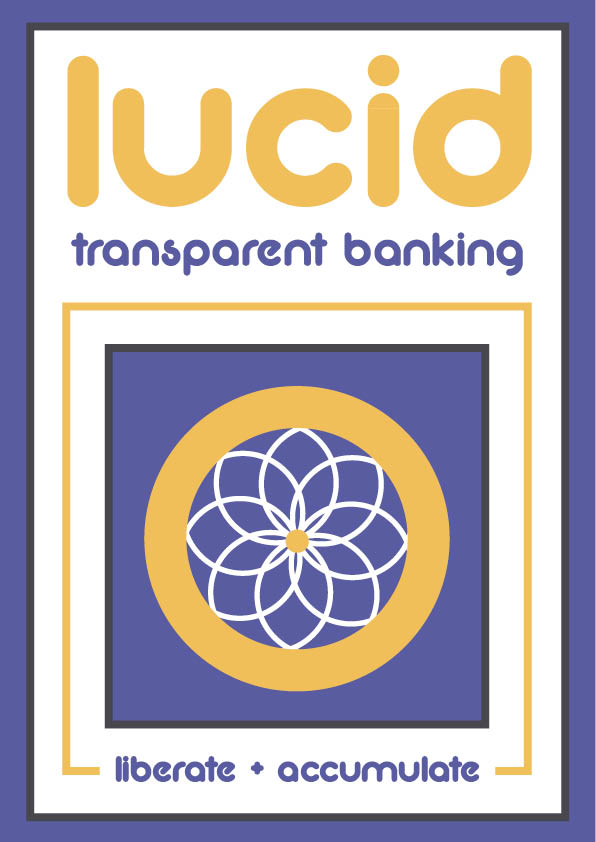
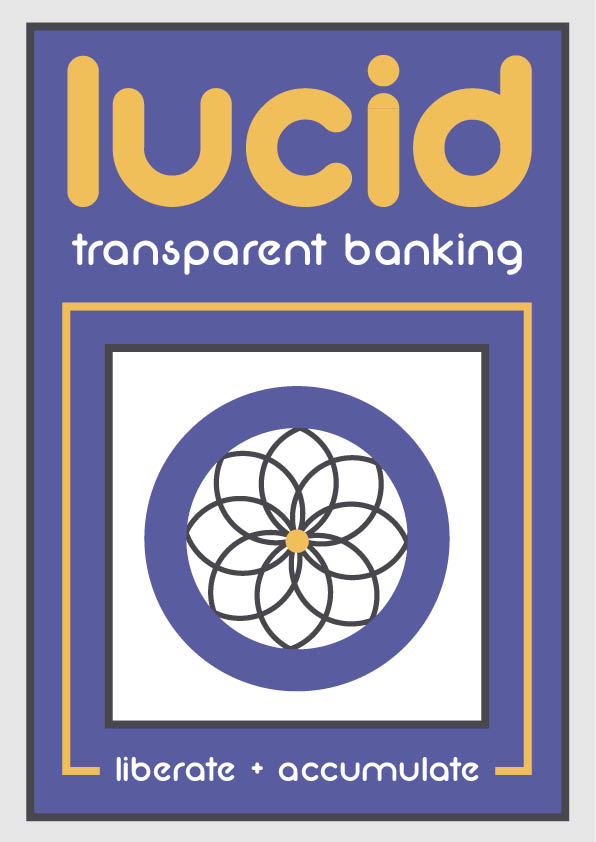
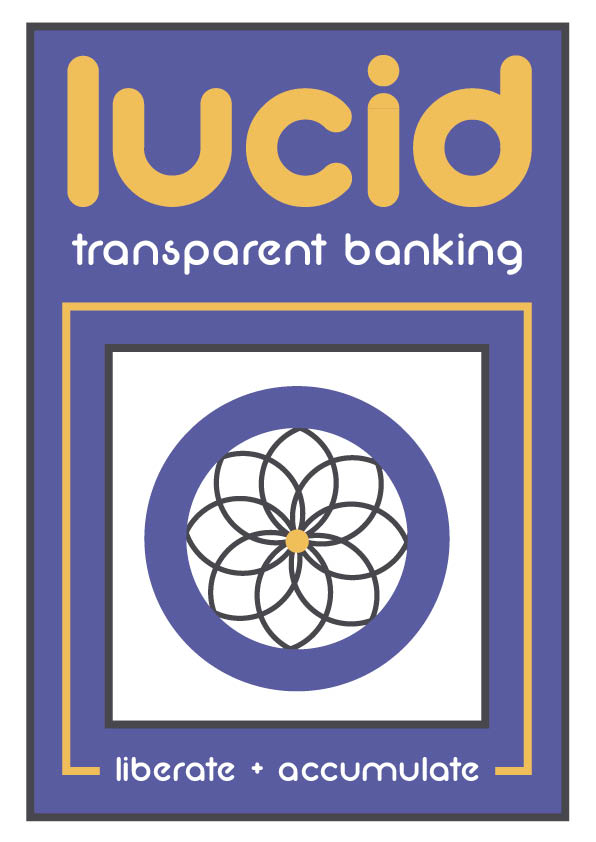
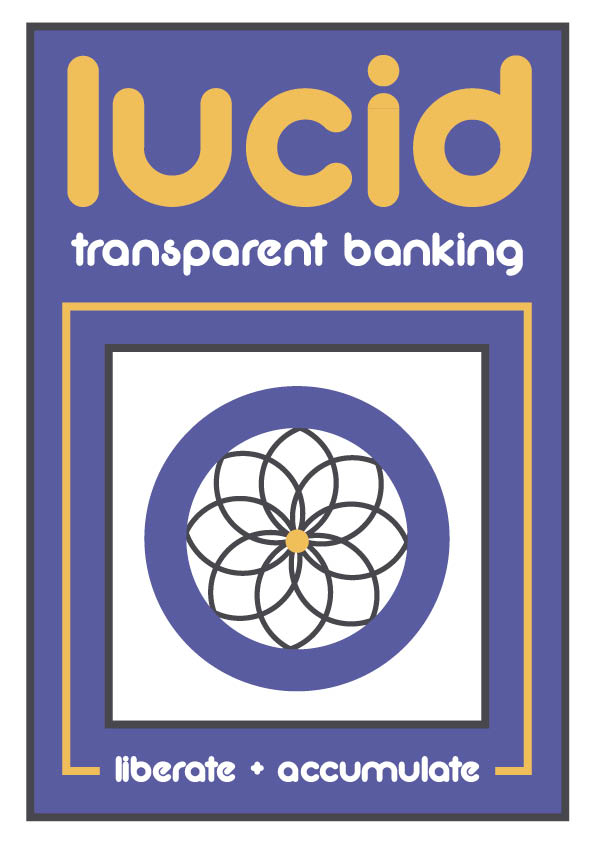


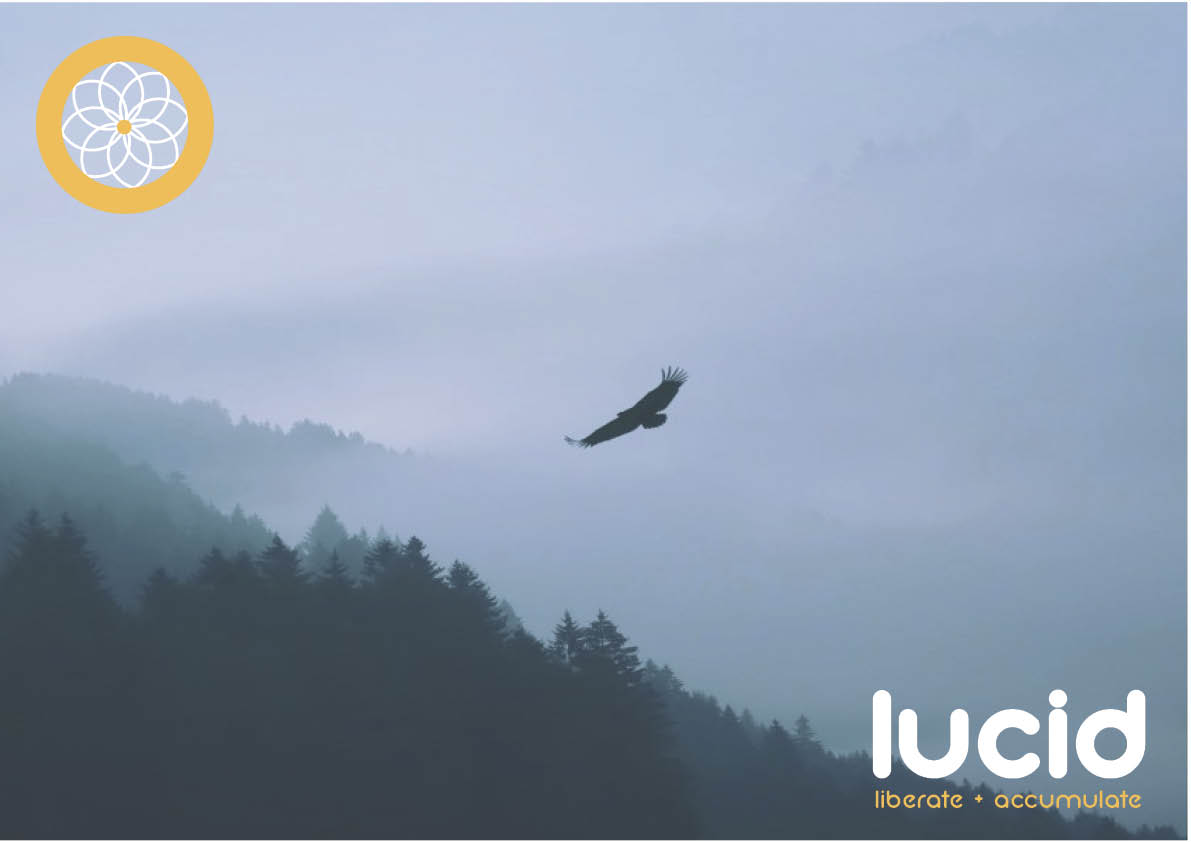

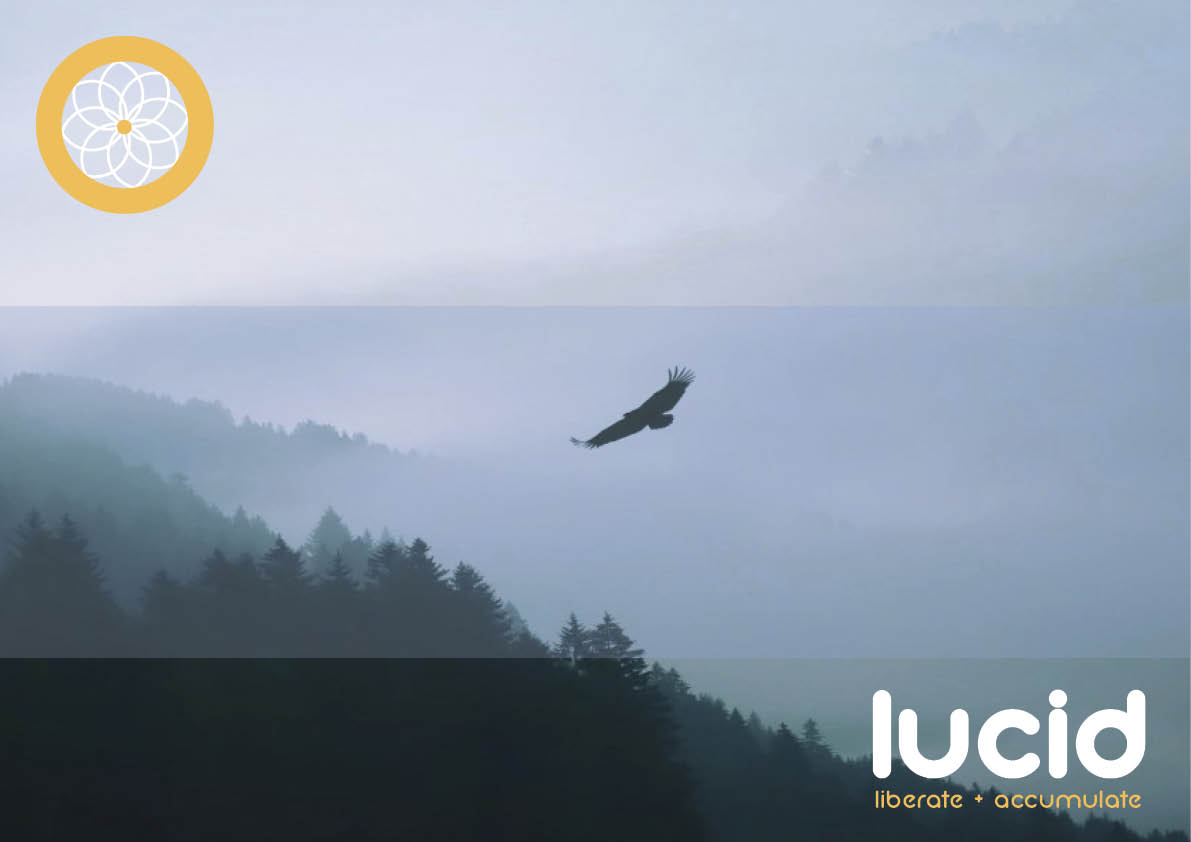














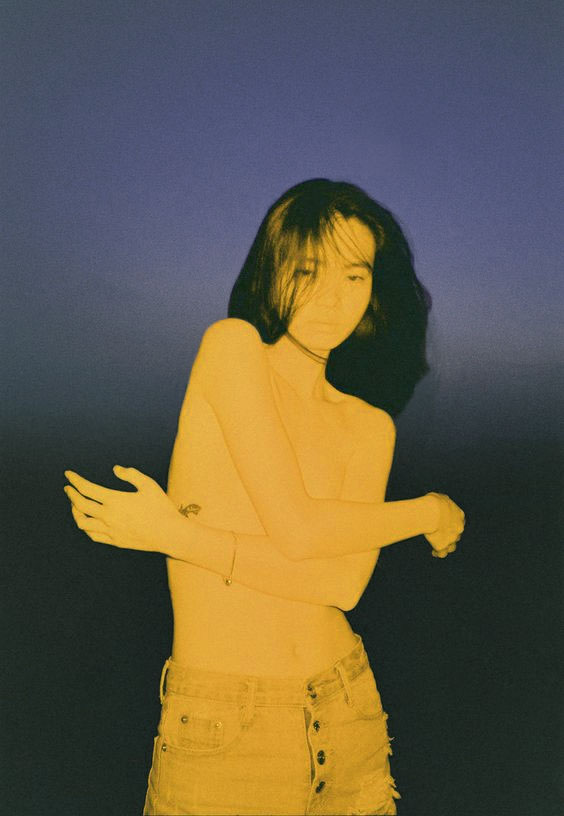
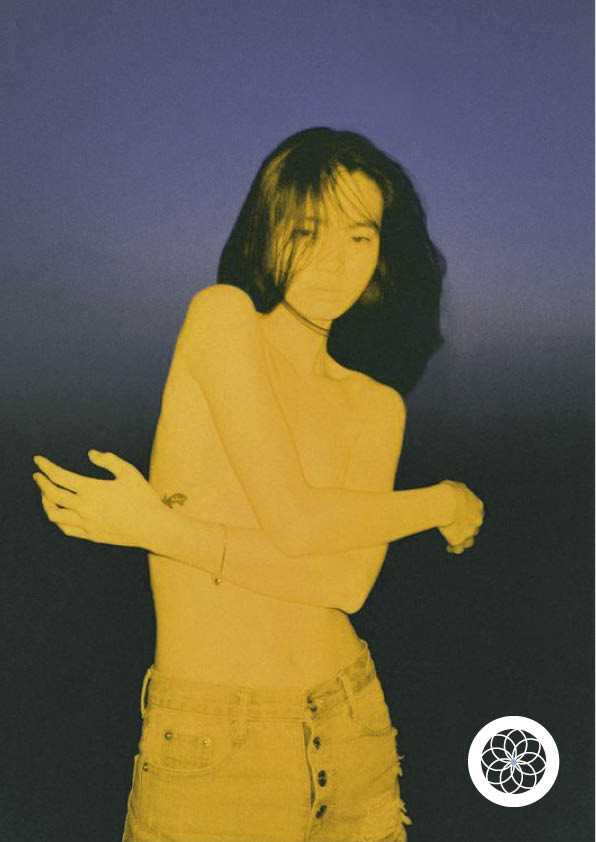
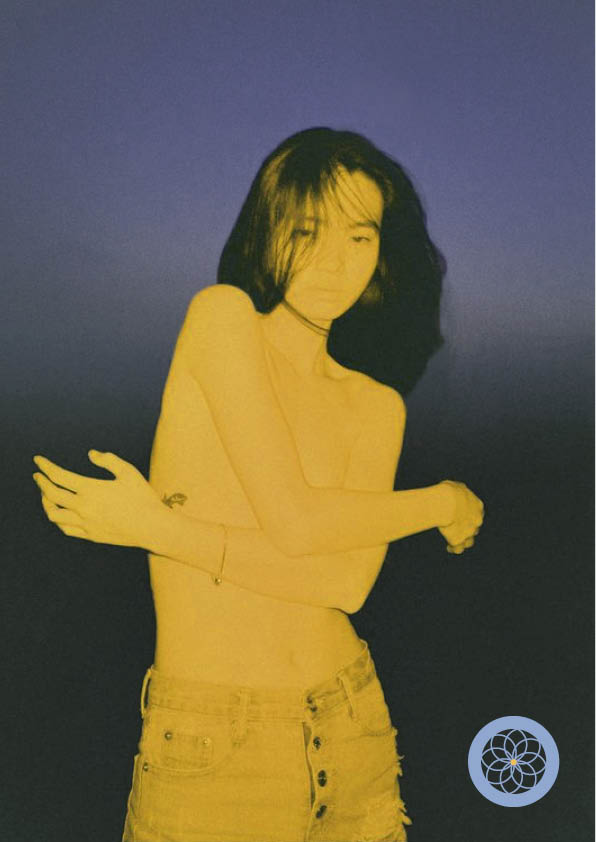
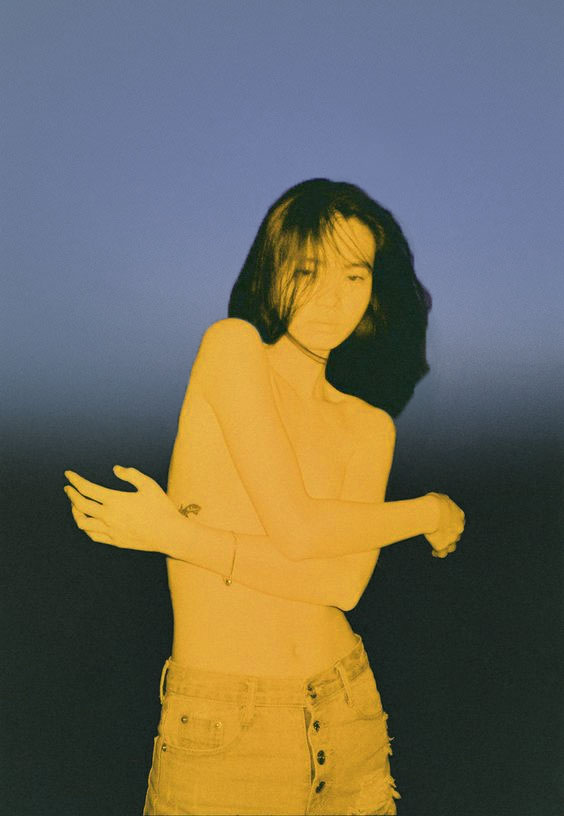
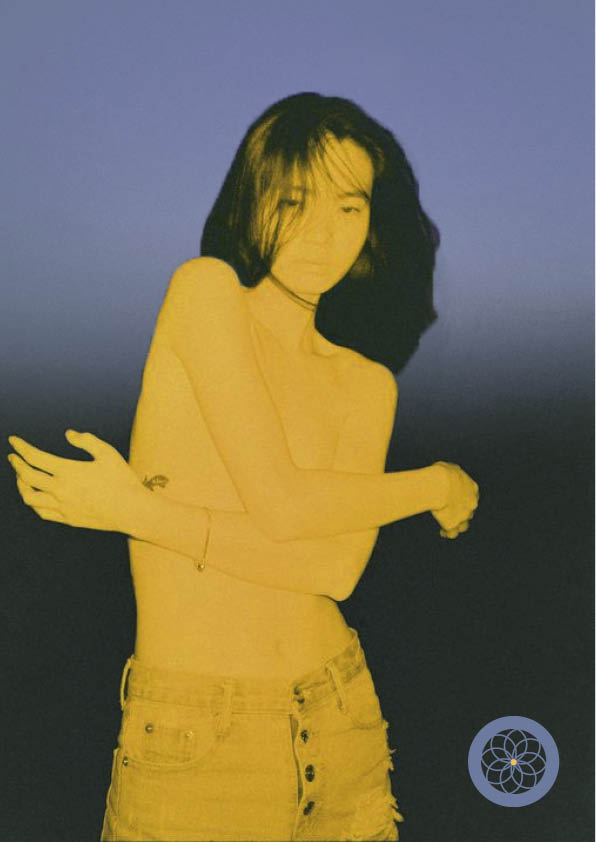
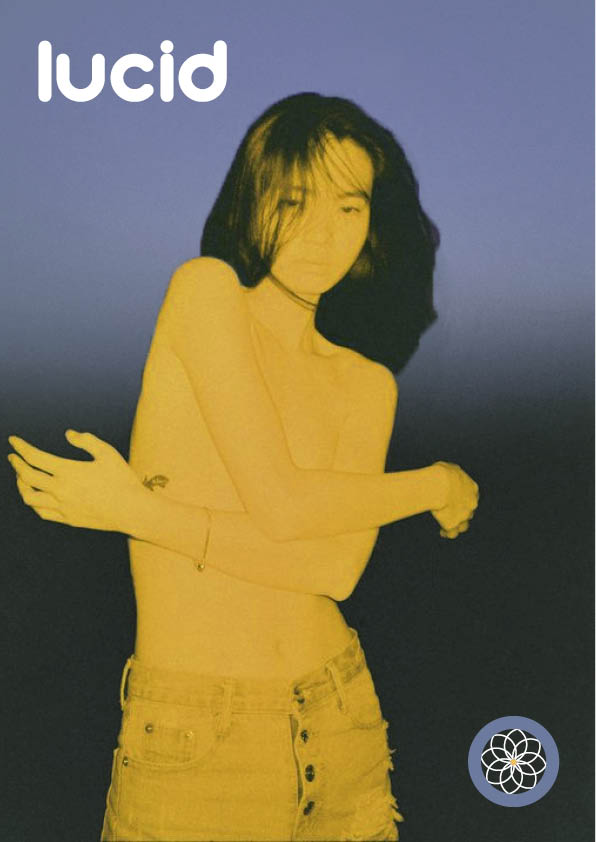
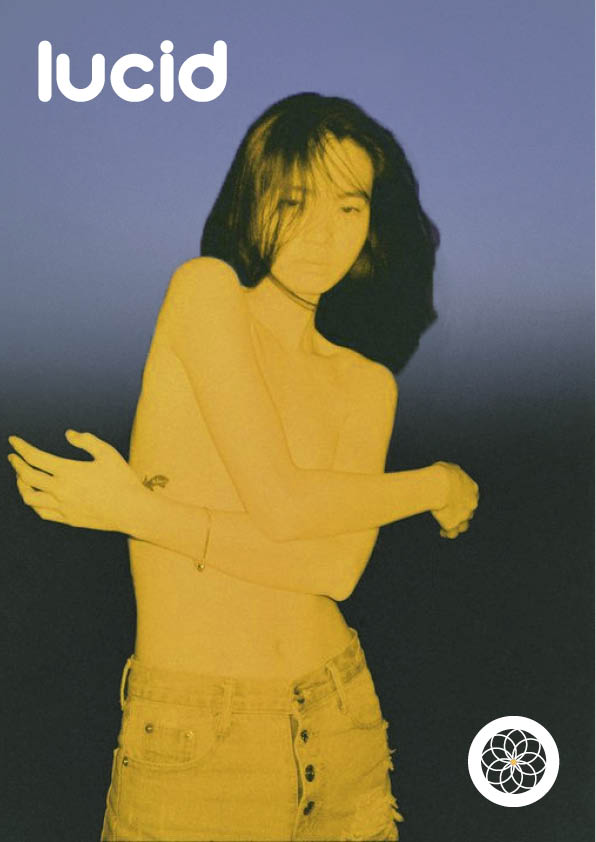
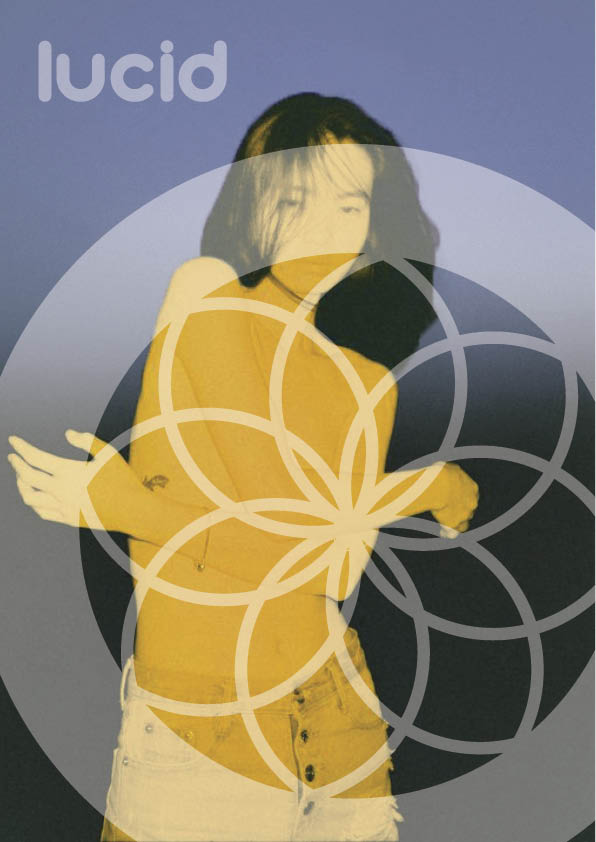
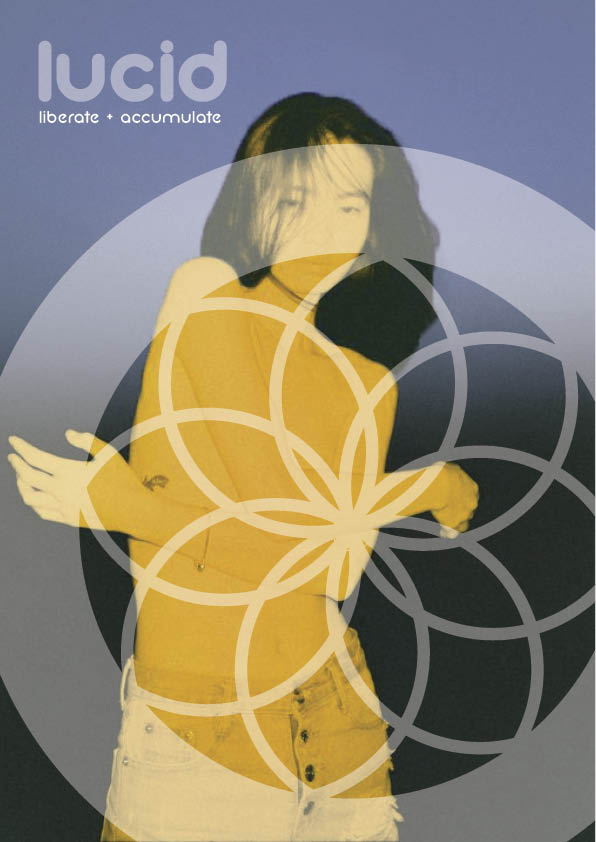
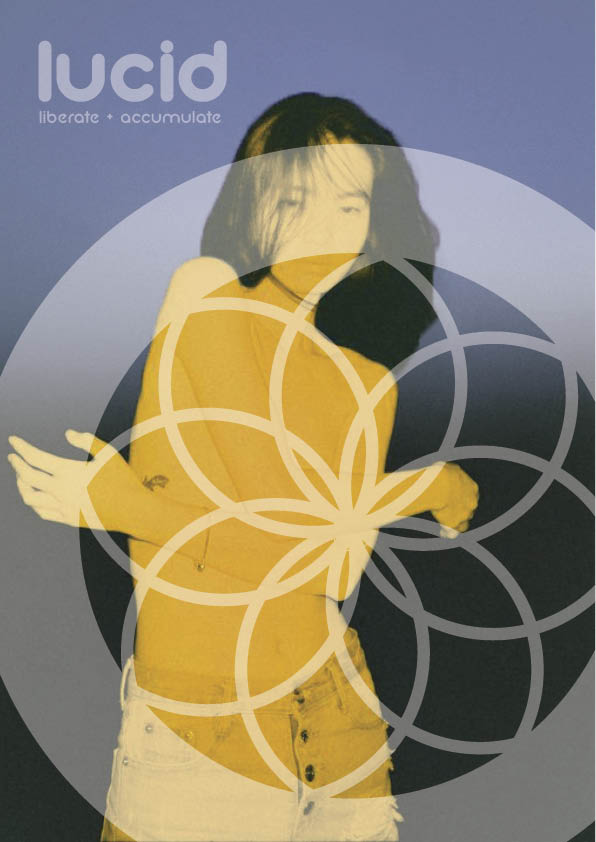
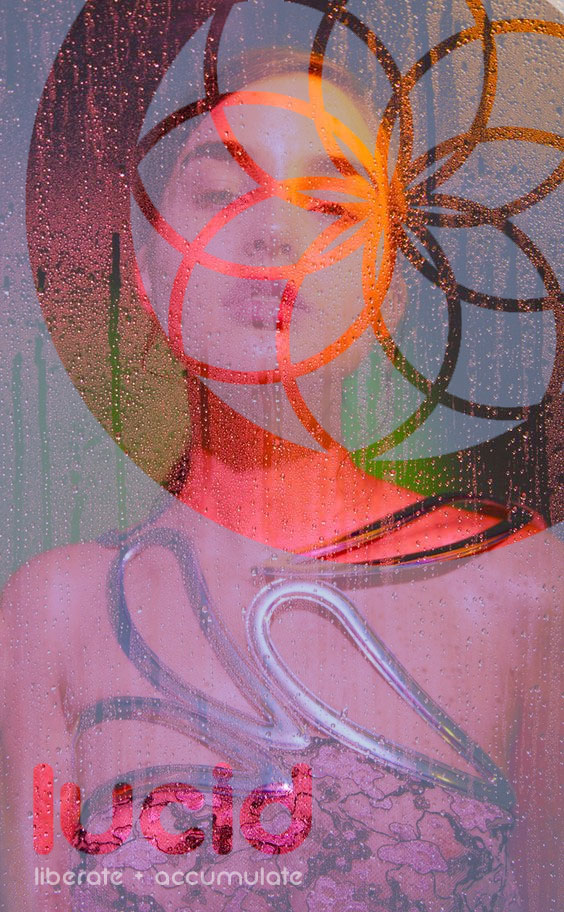

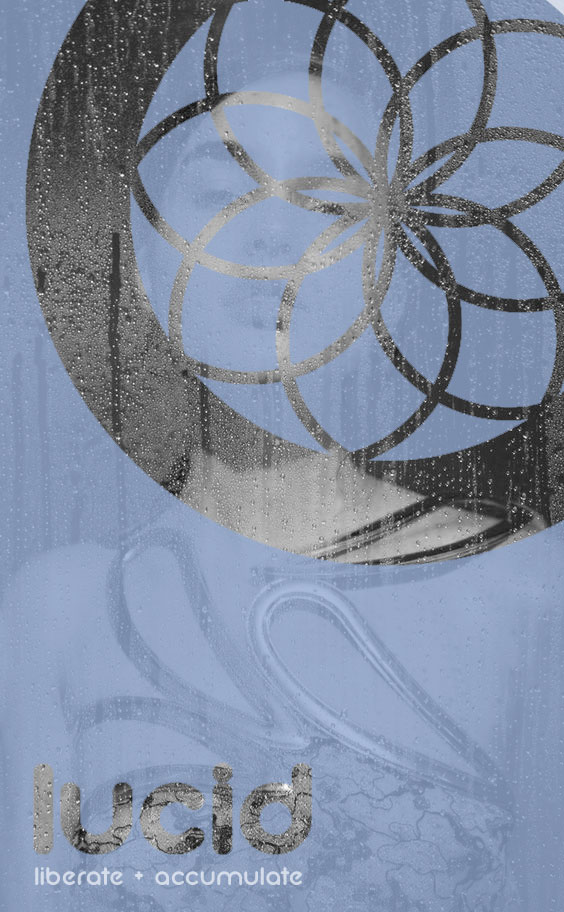
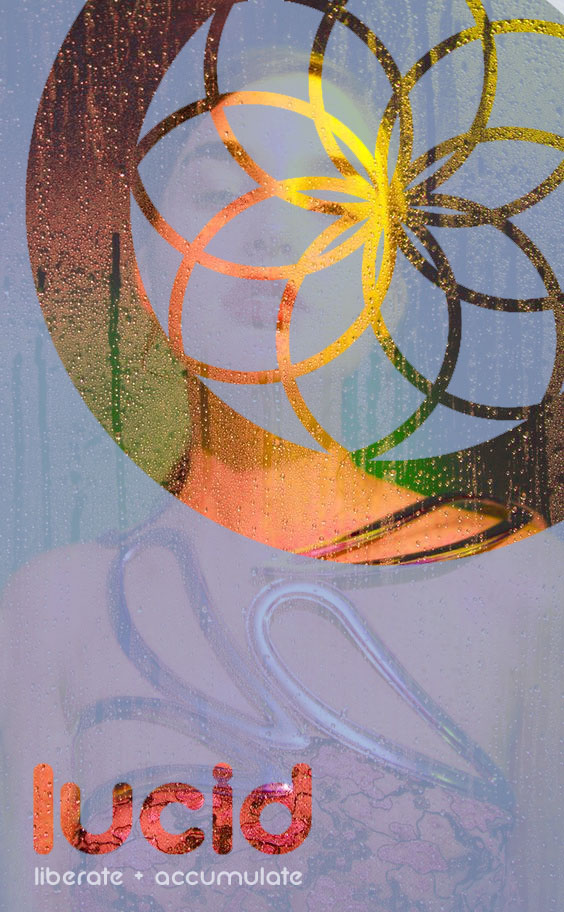
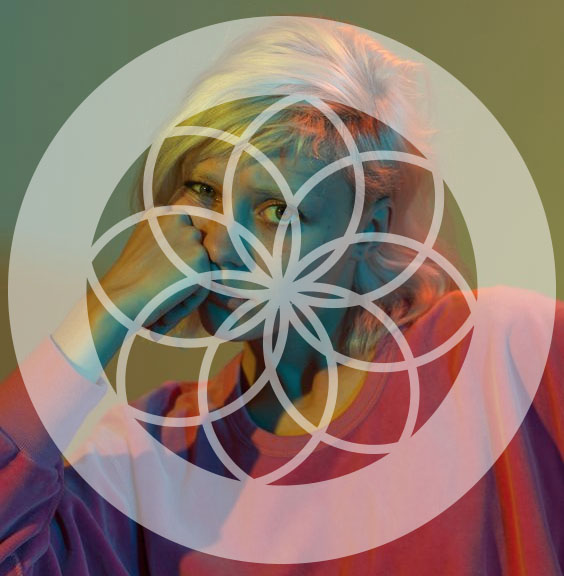
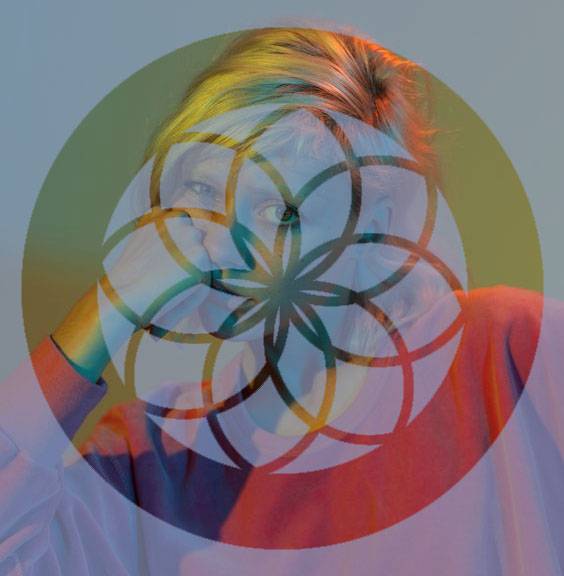
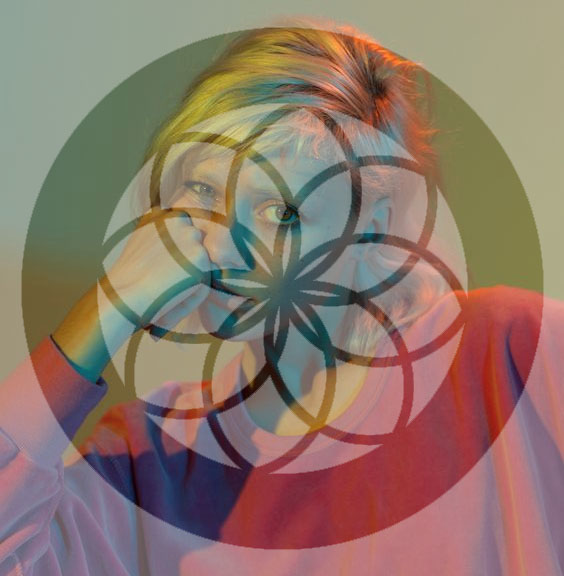
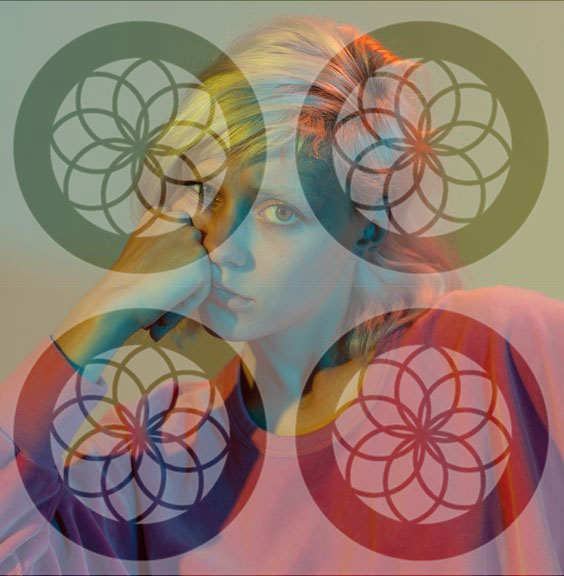
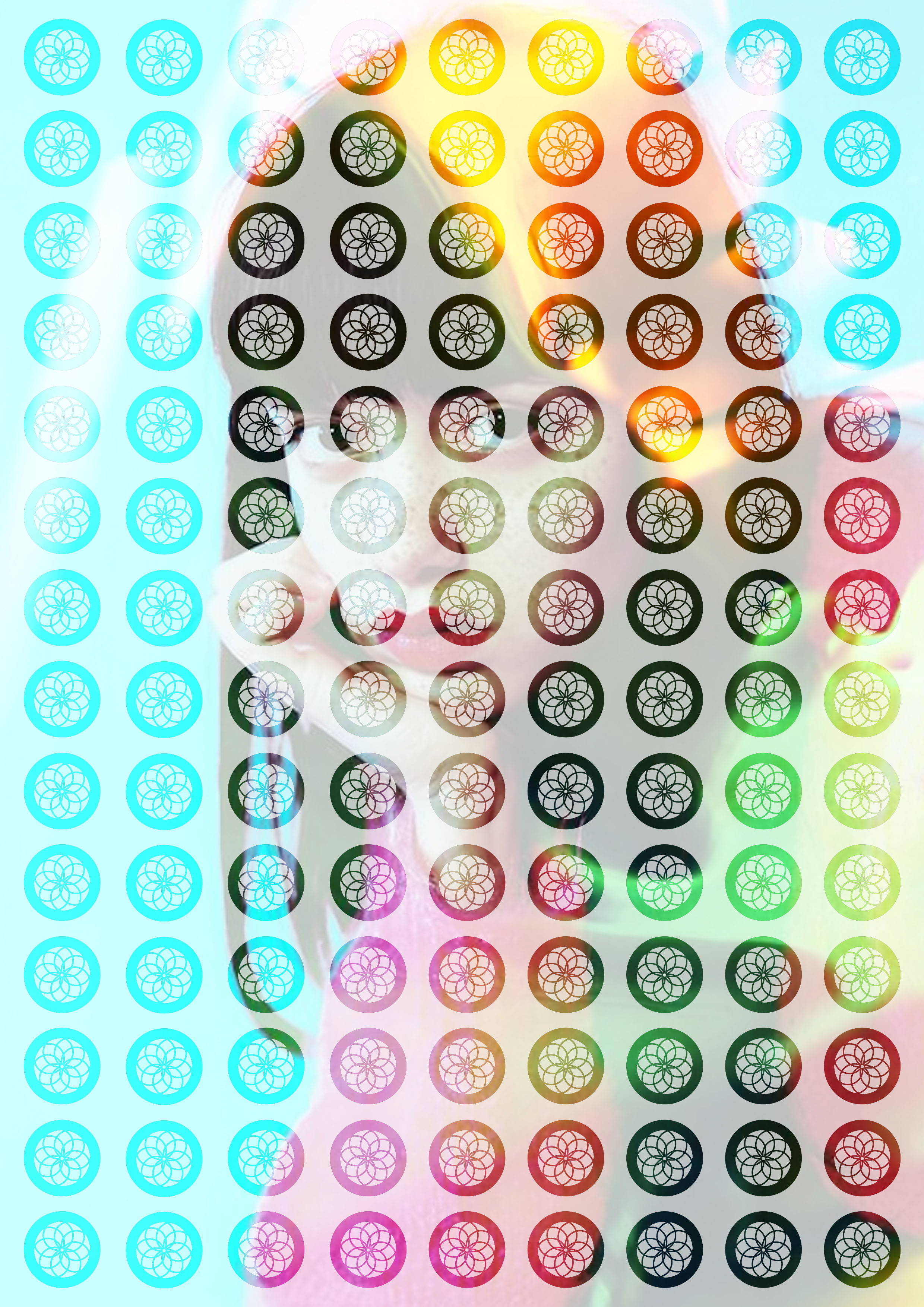
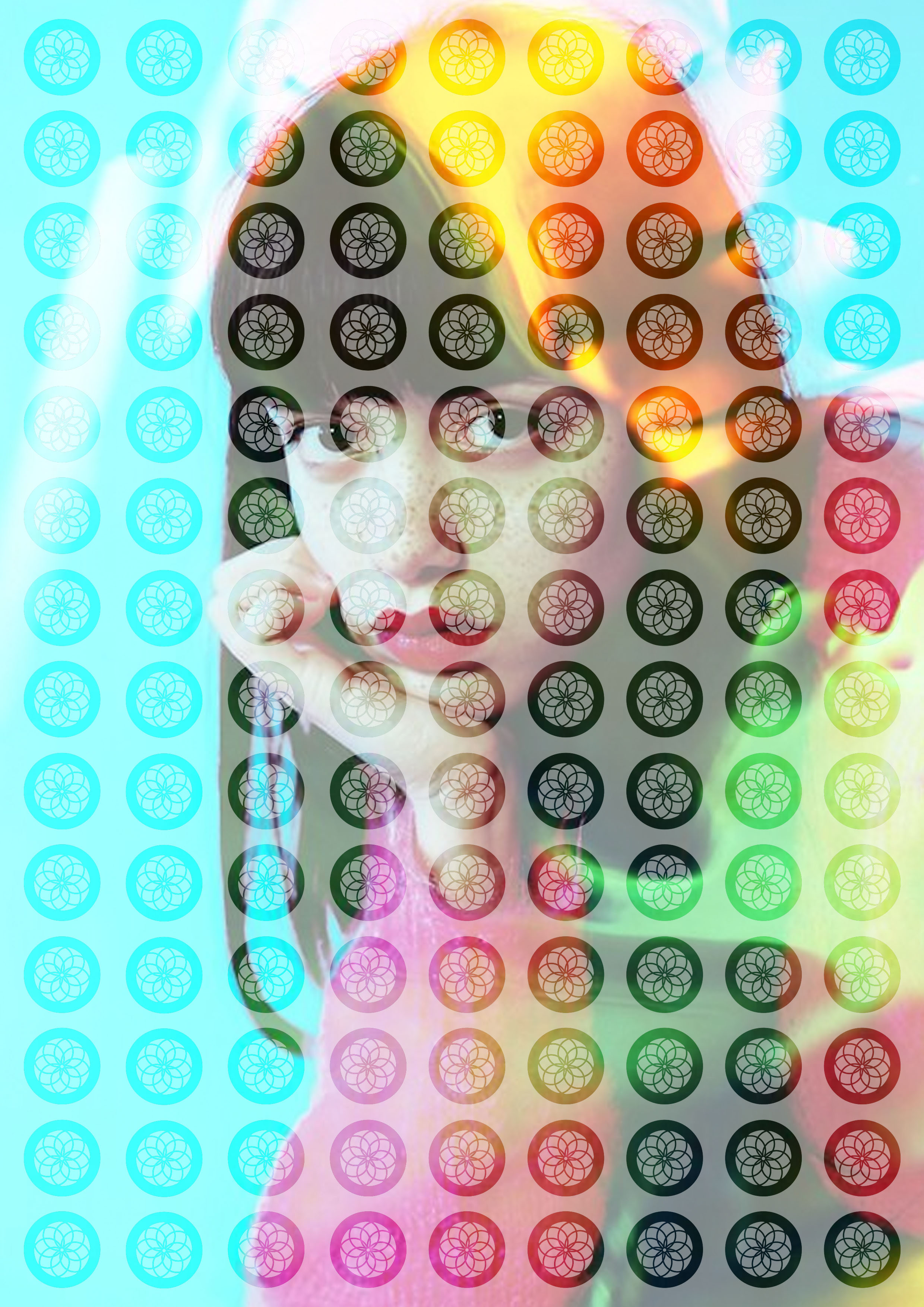
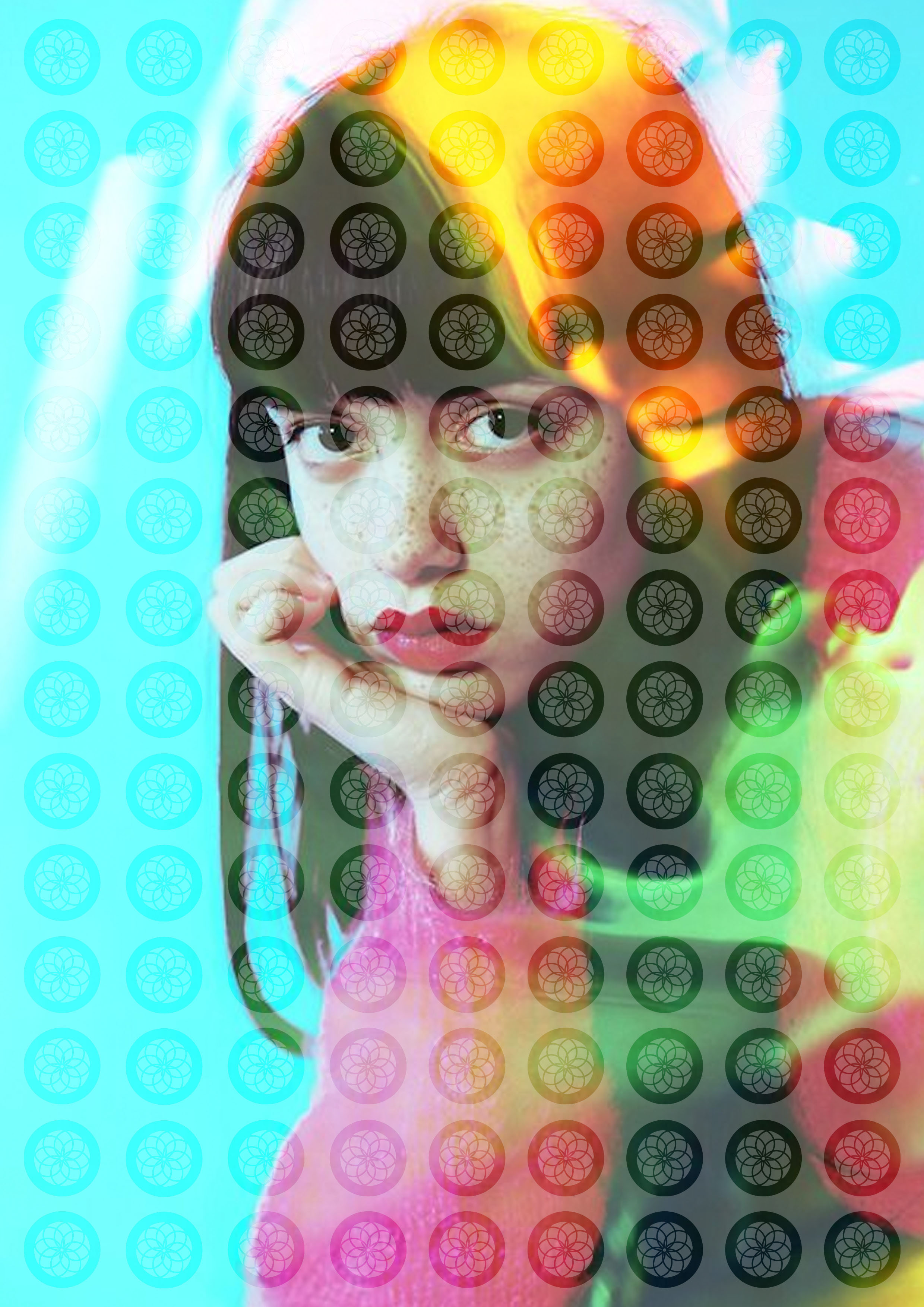
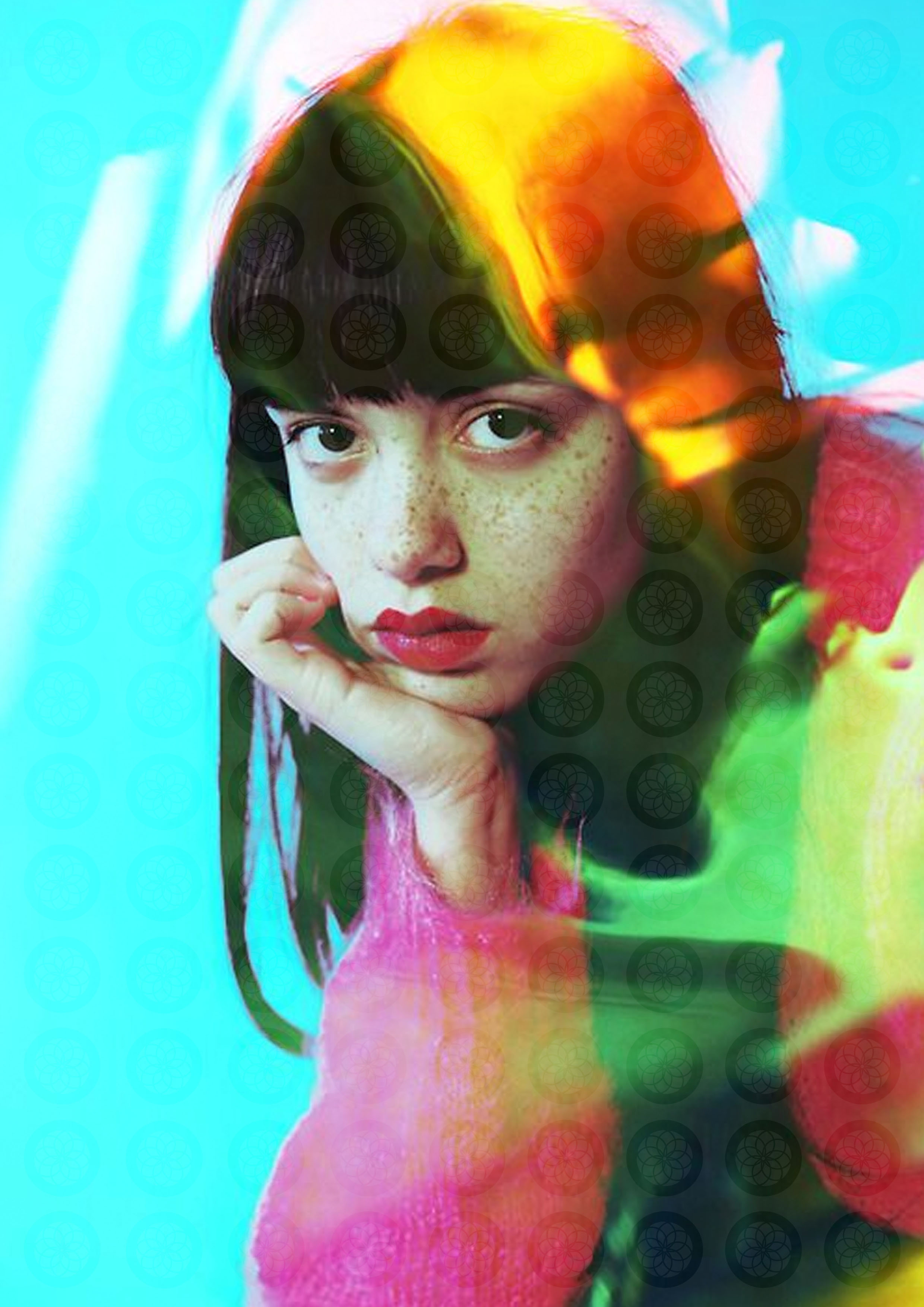
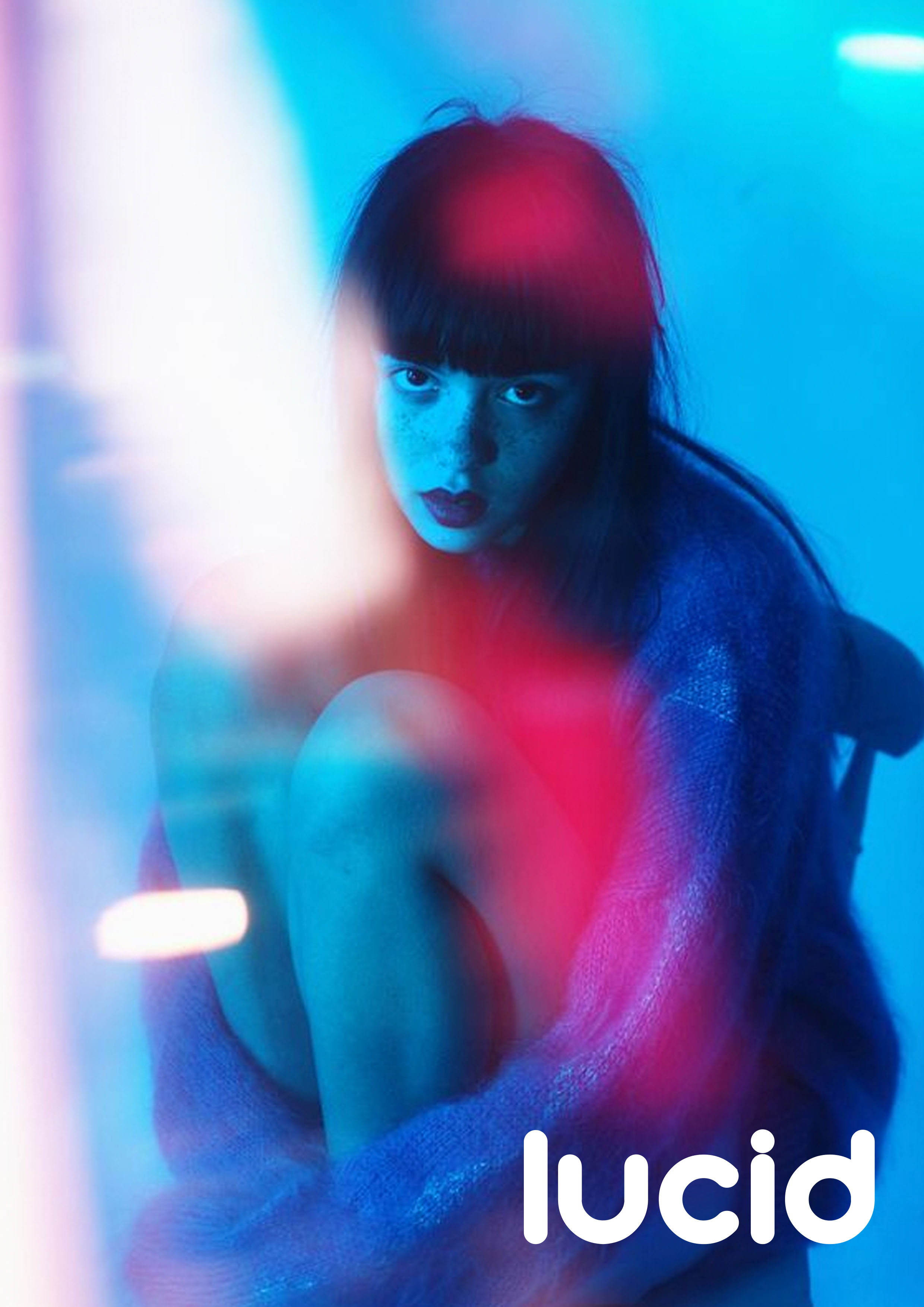
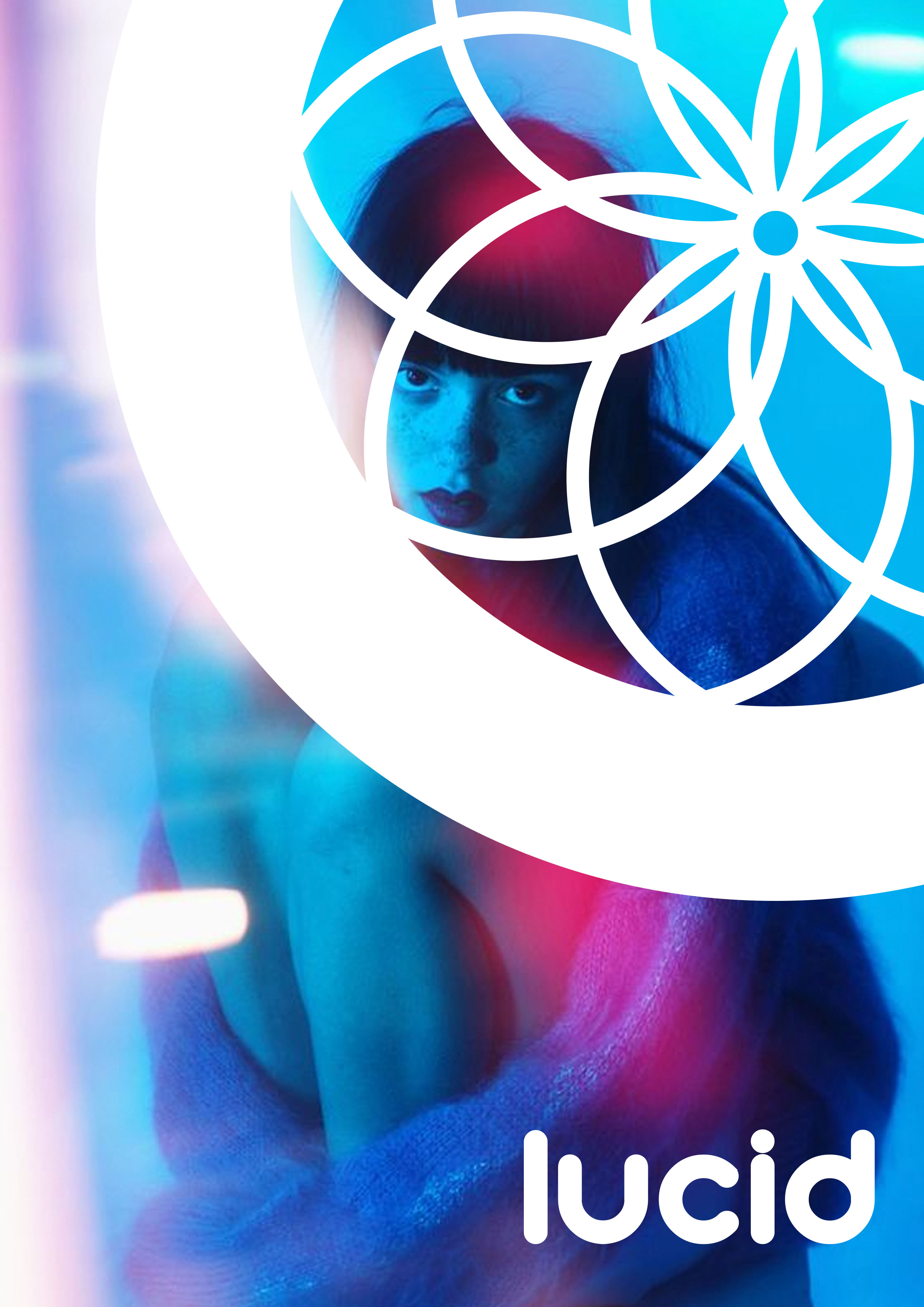
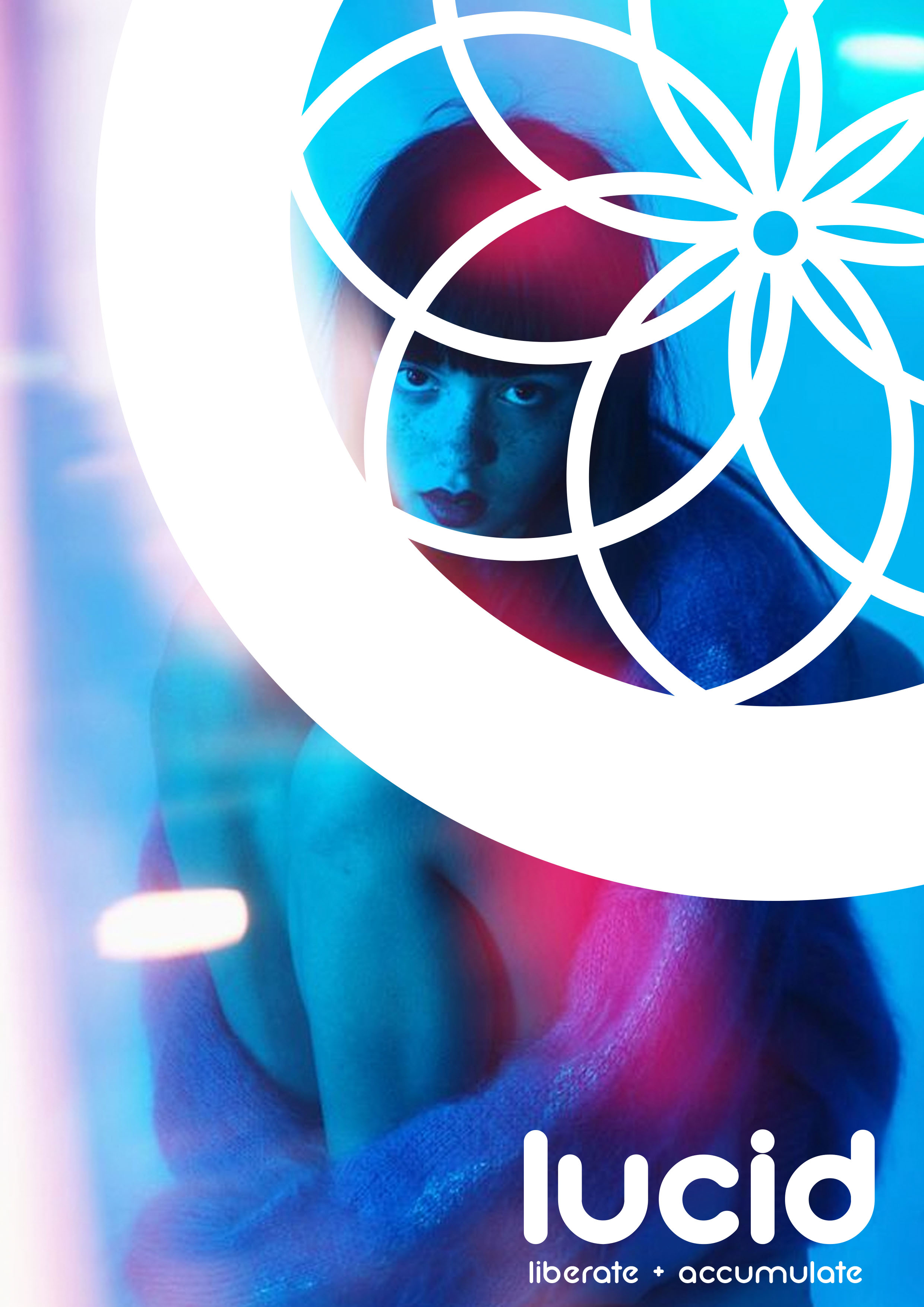
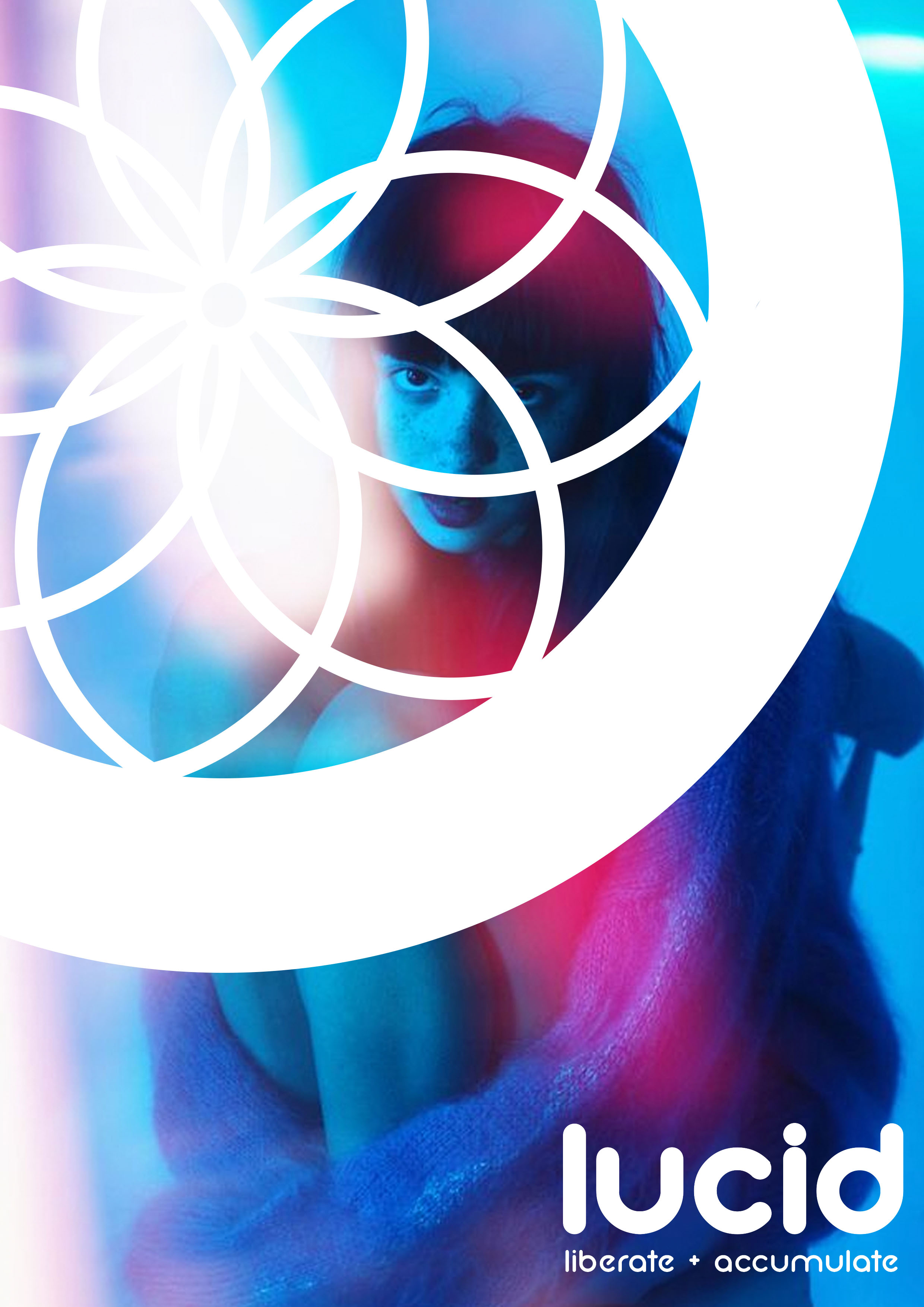
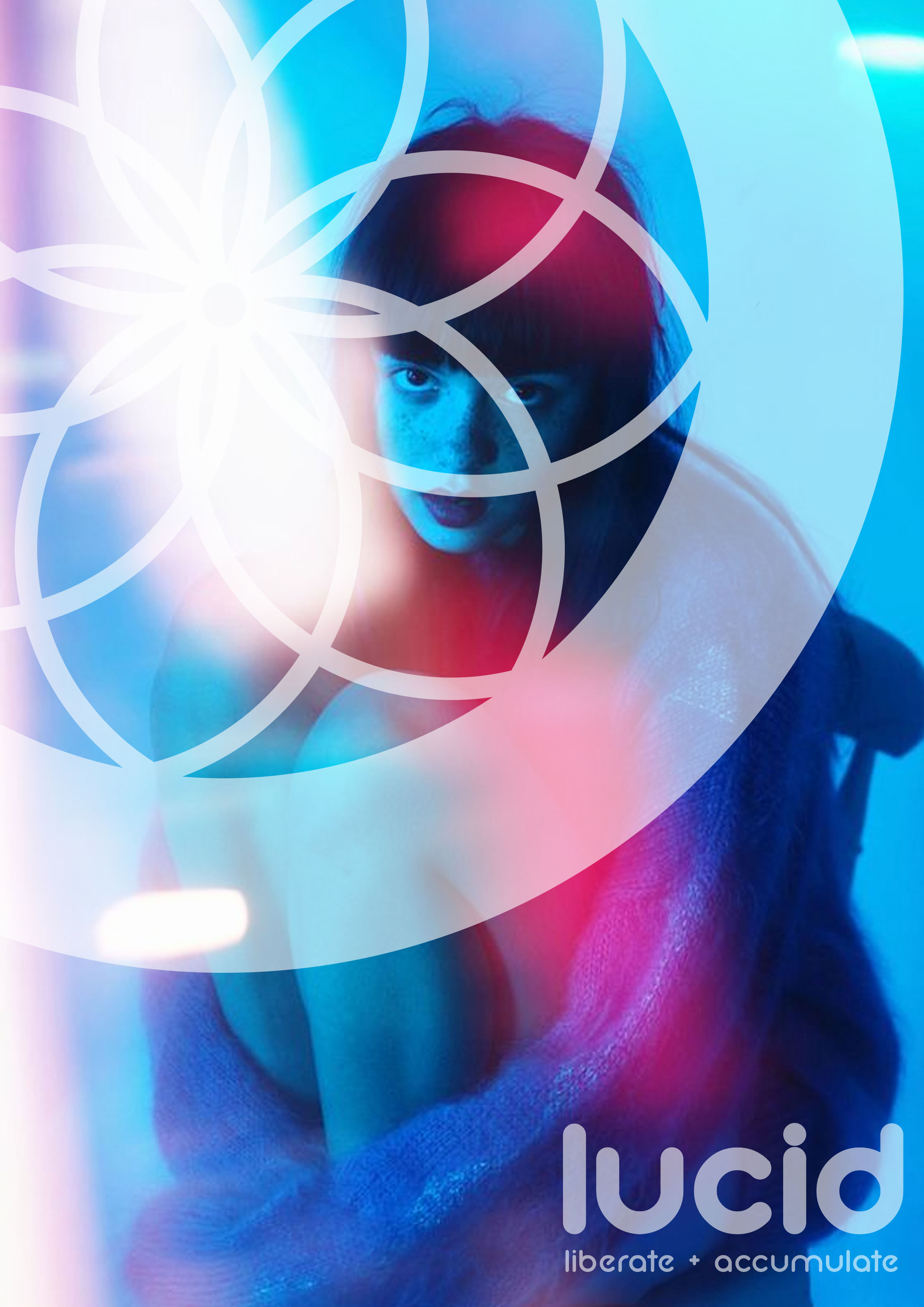
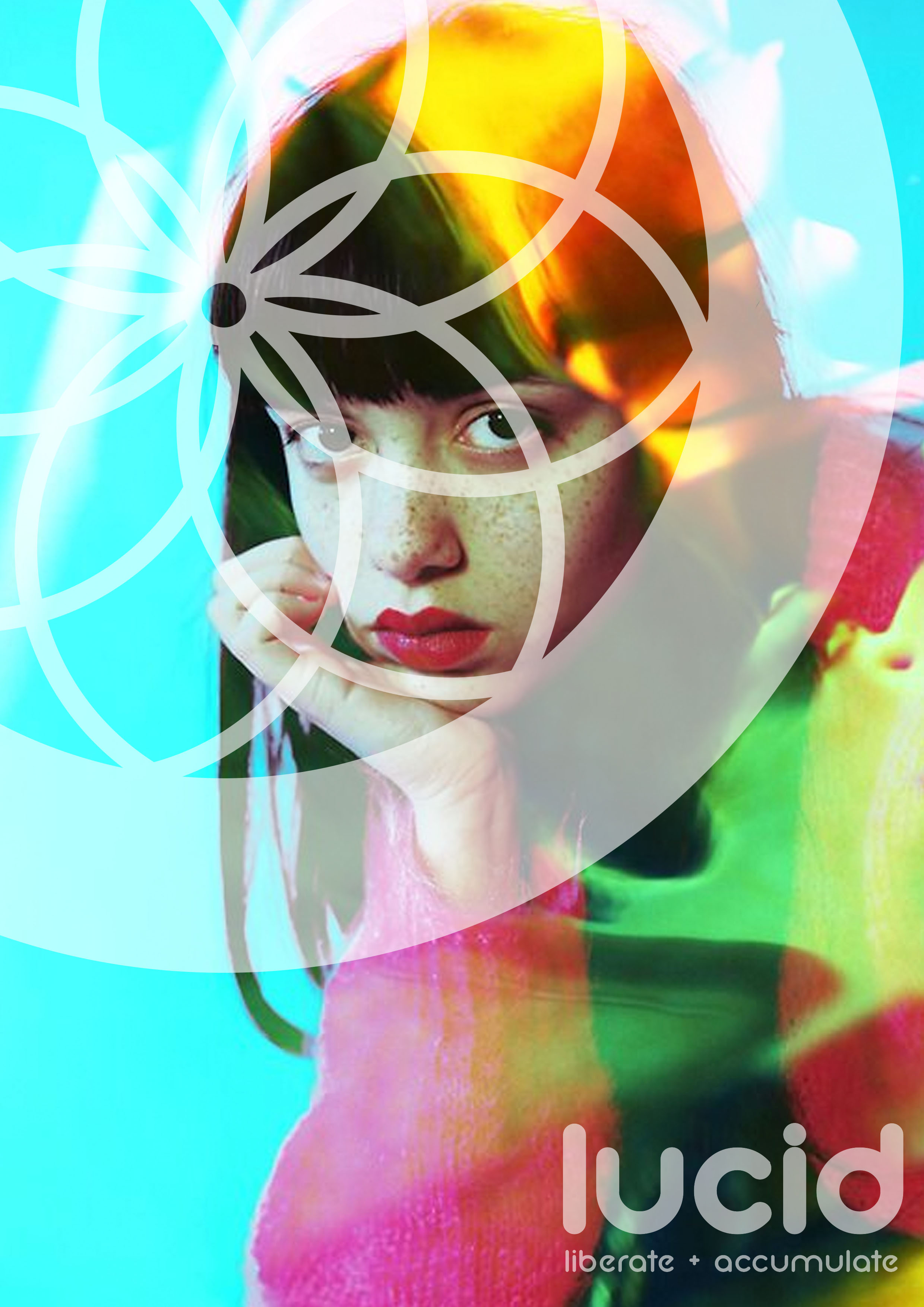

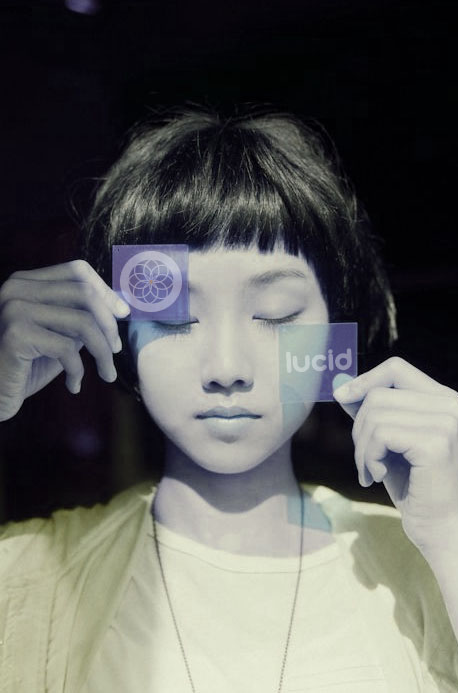
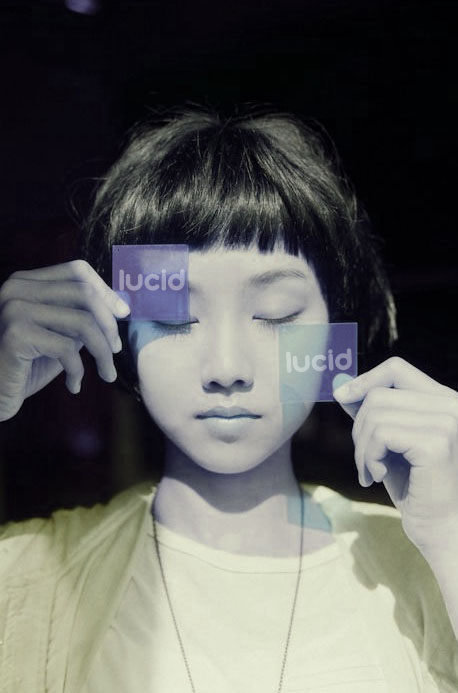
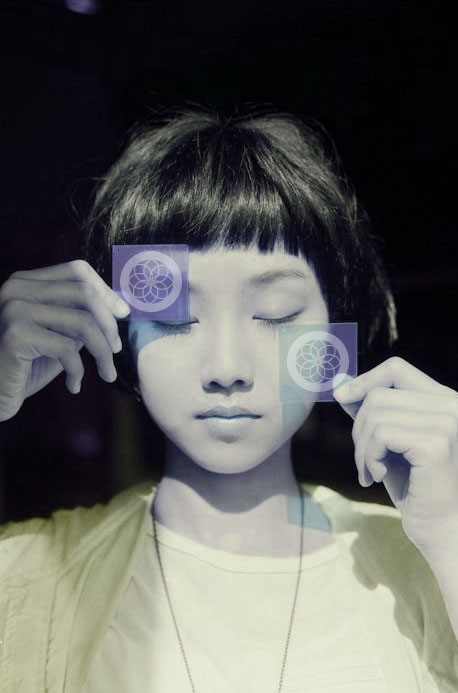
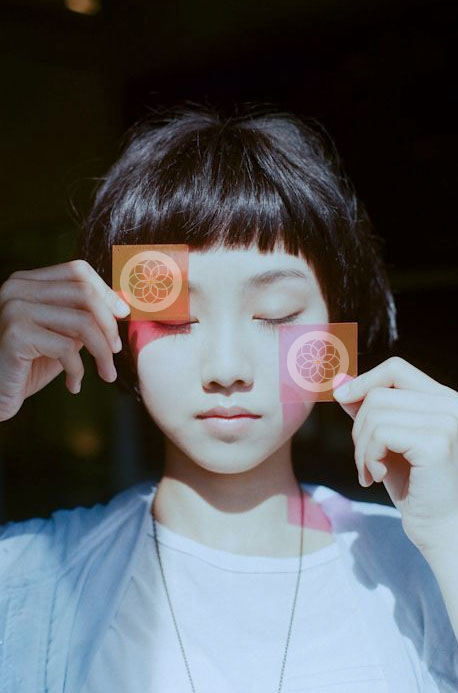
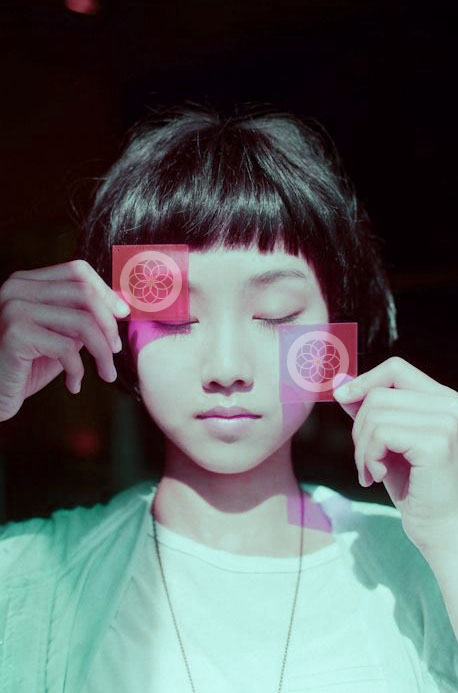
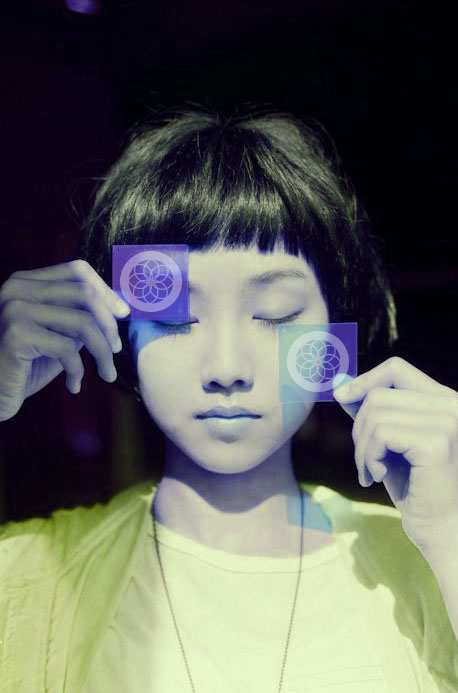
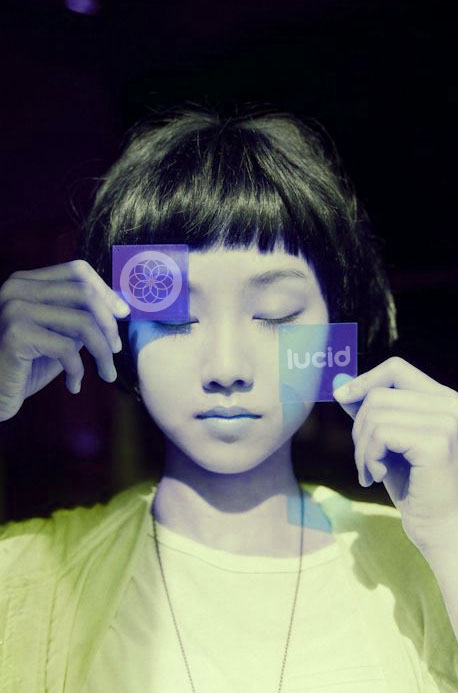

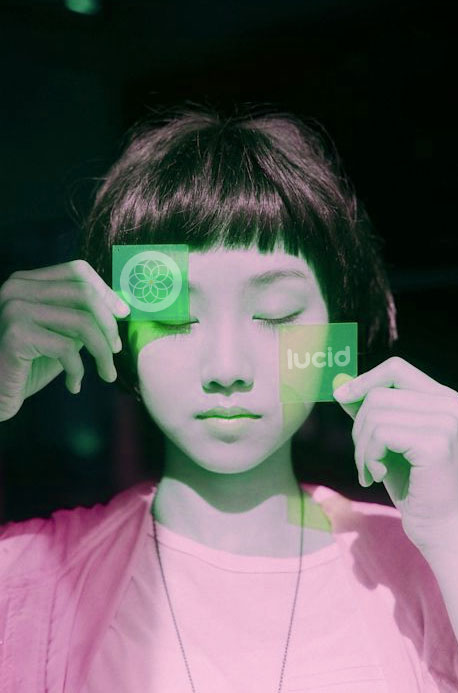
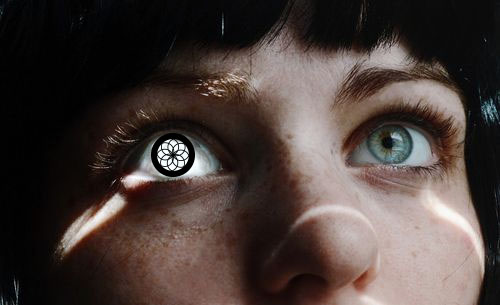
Icon
